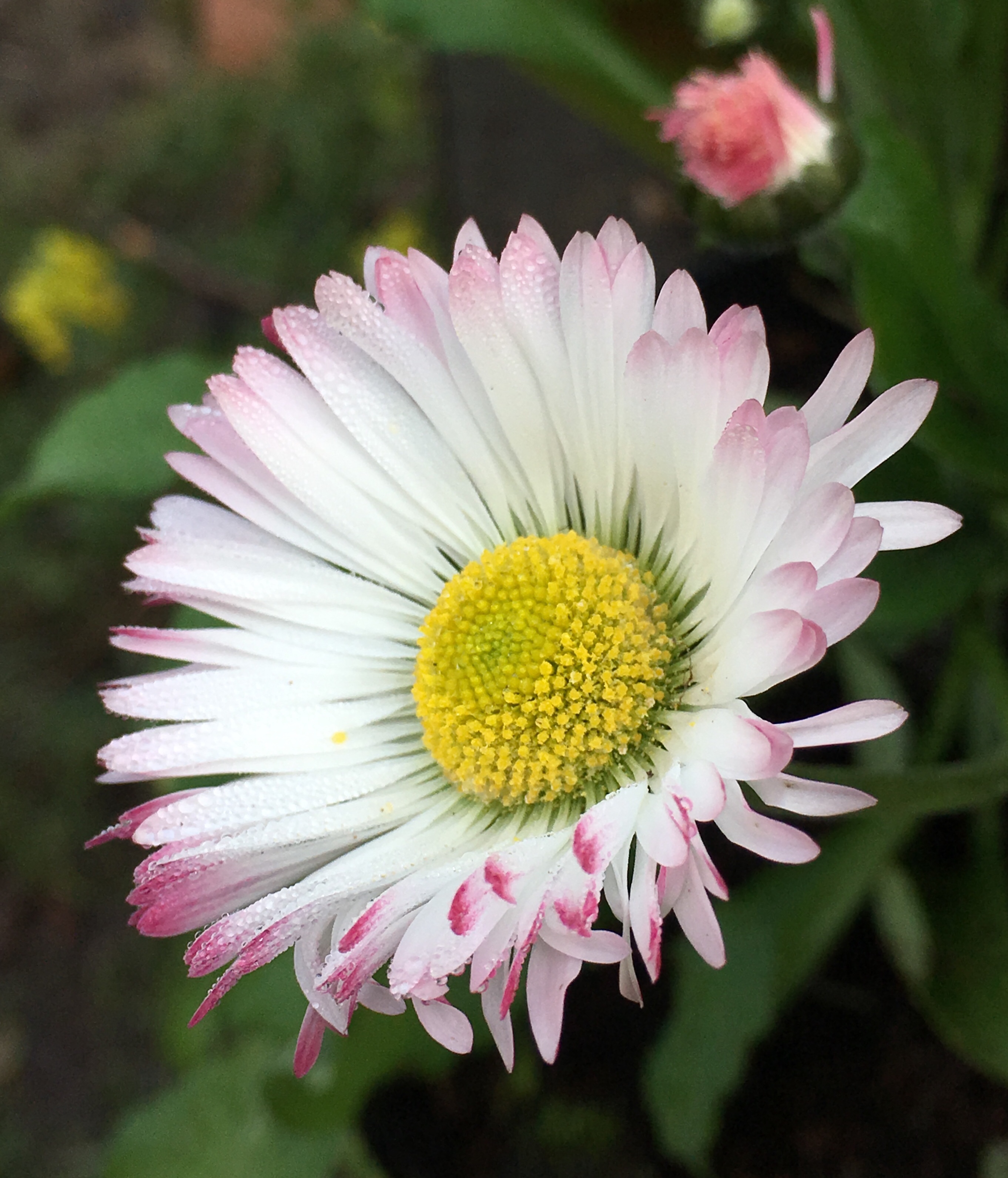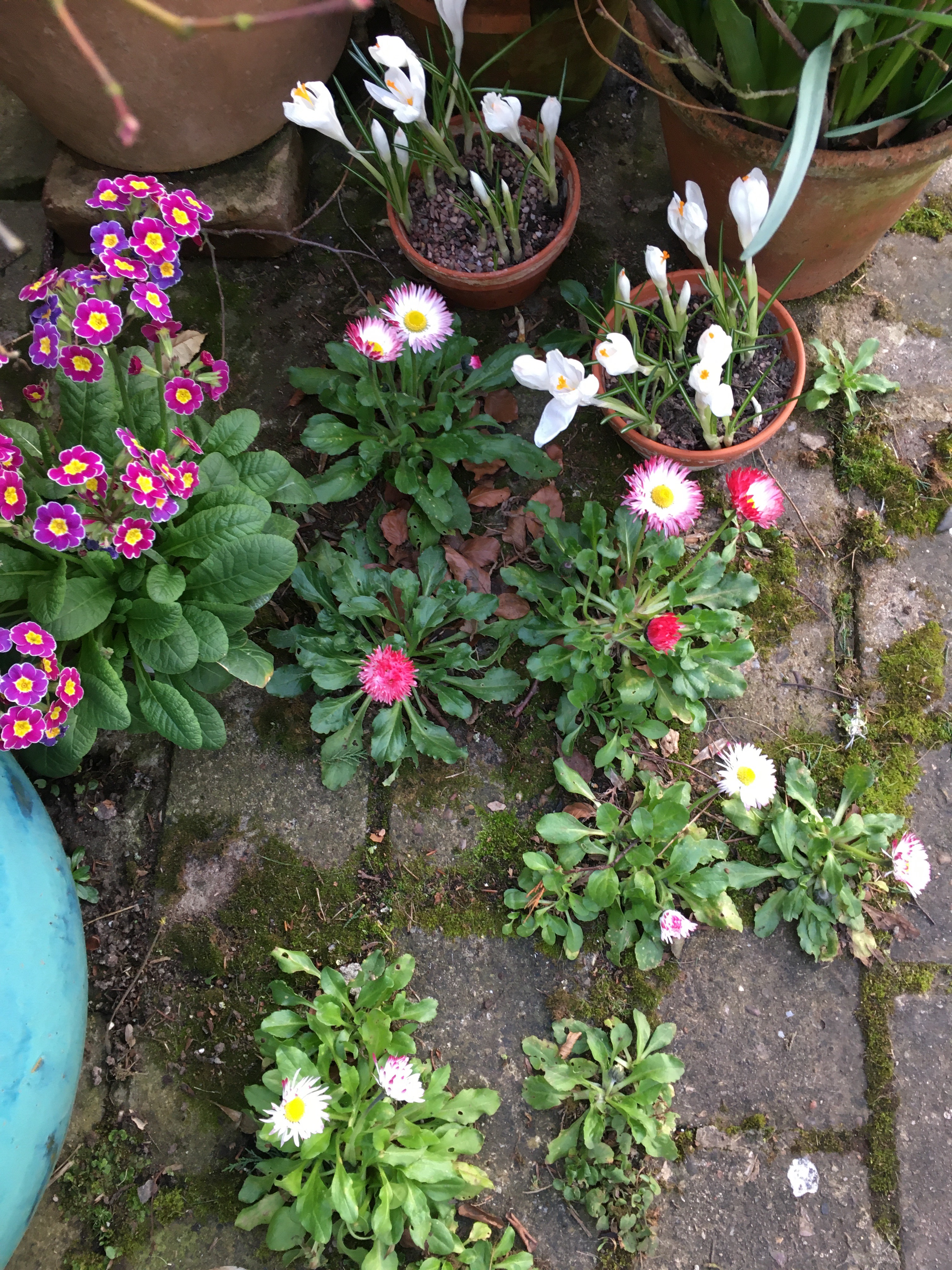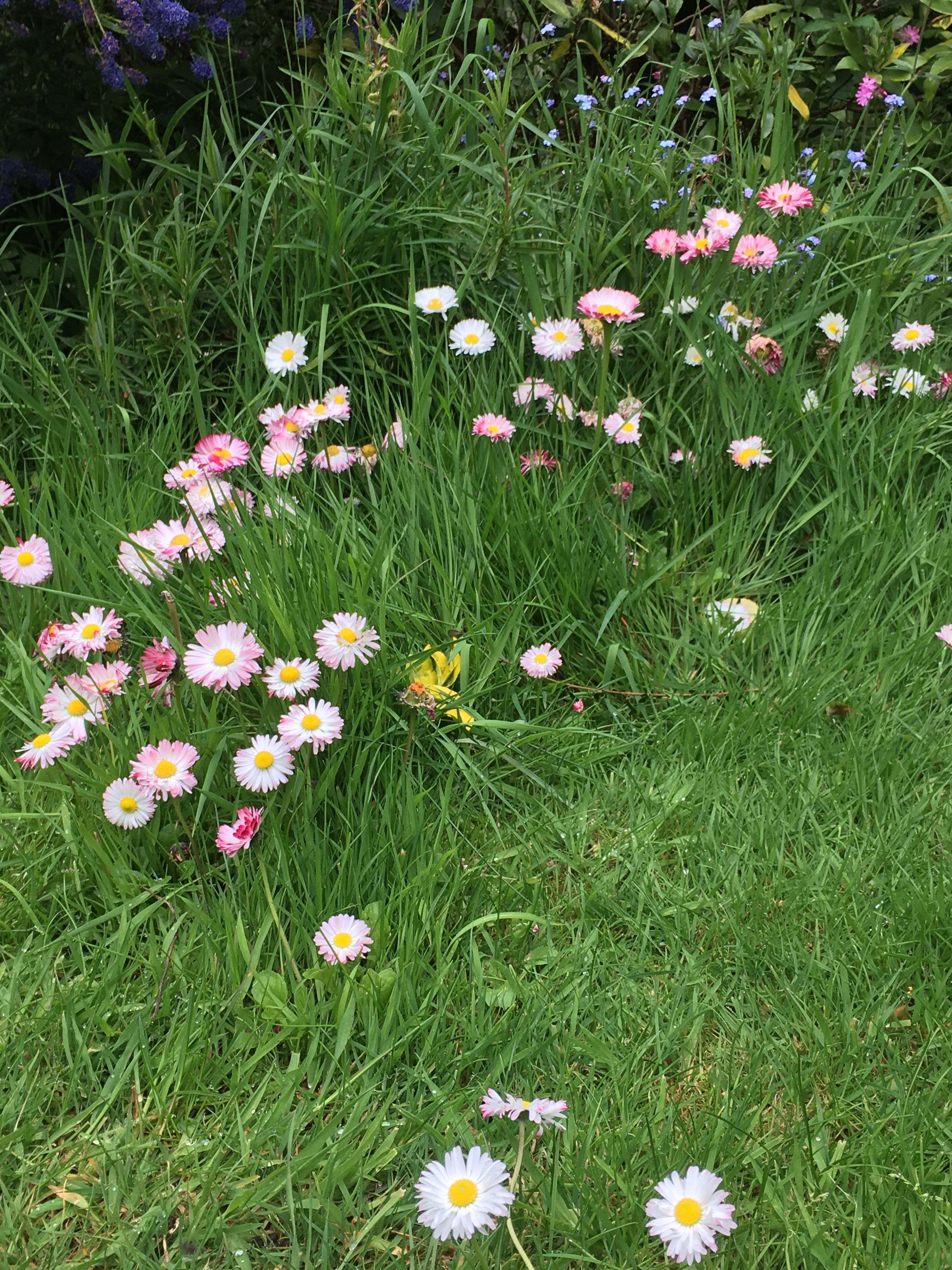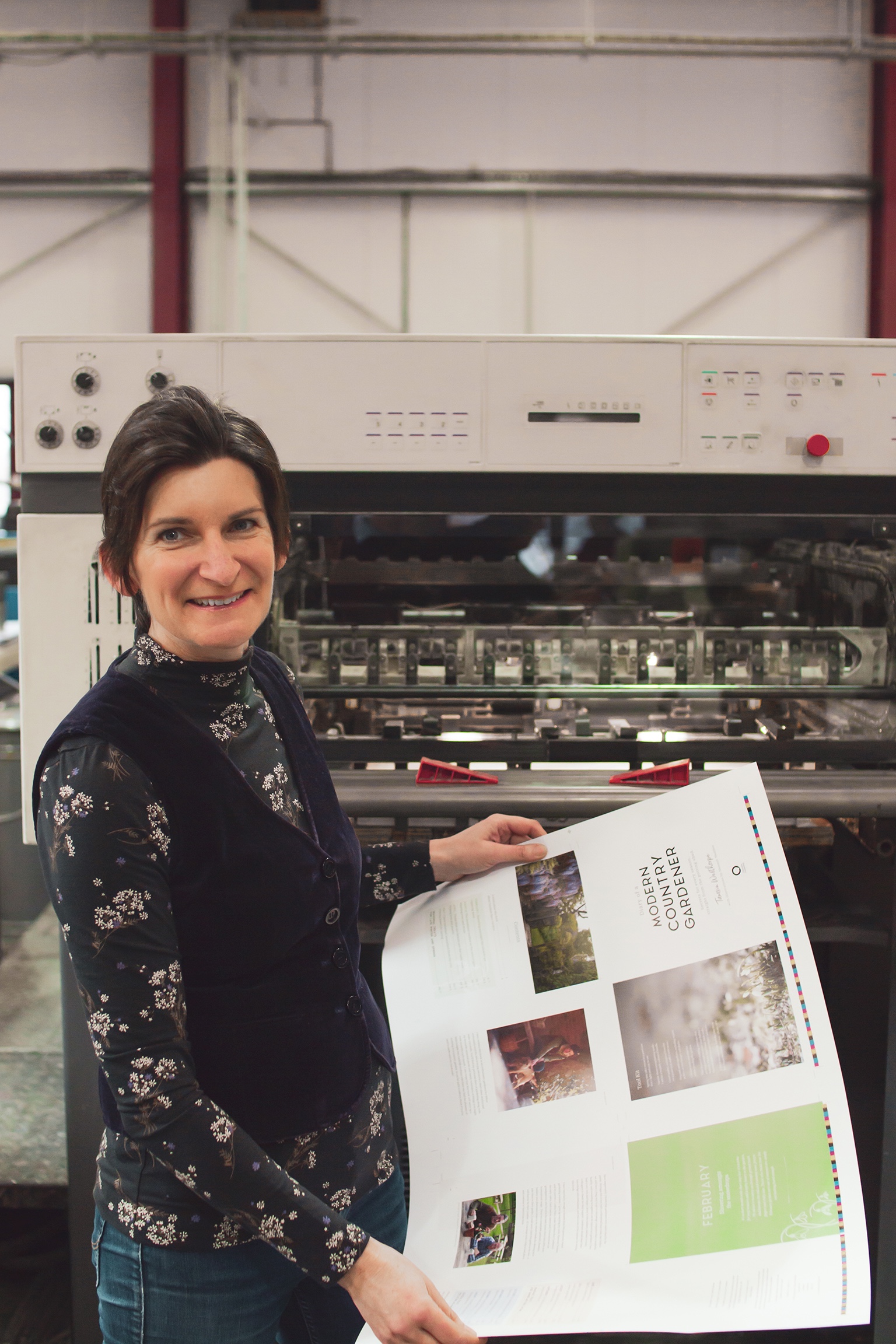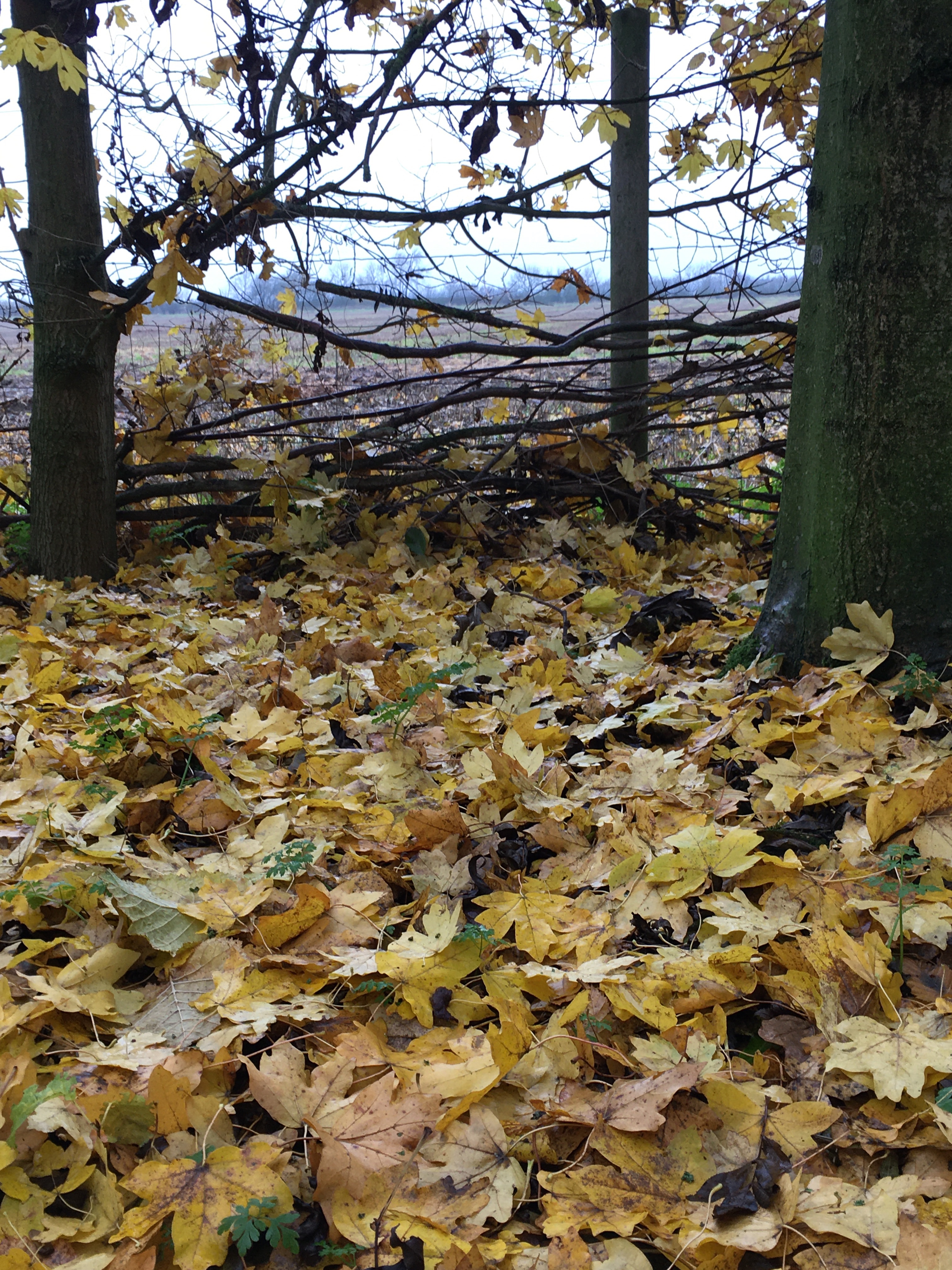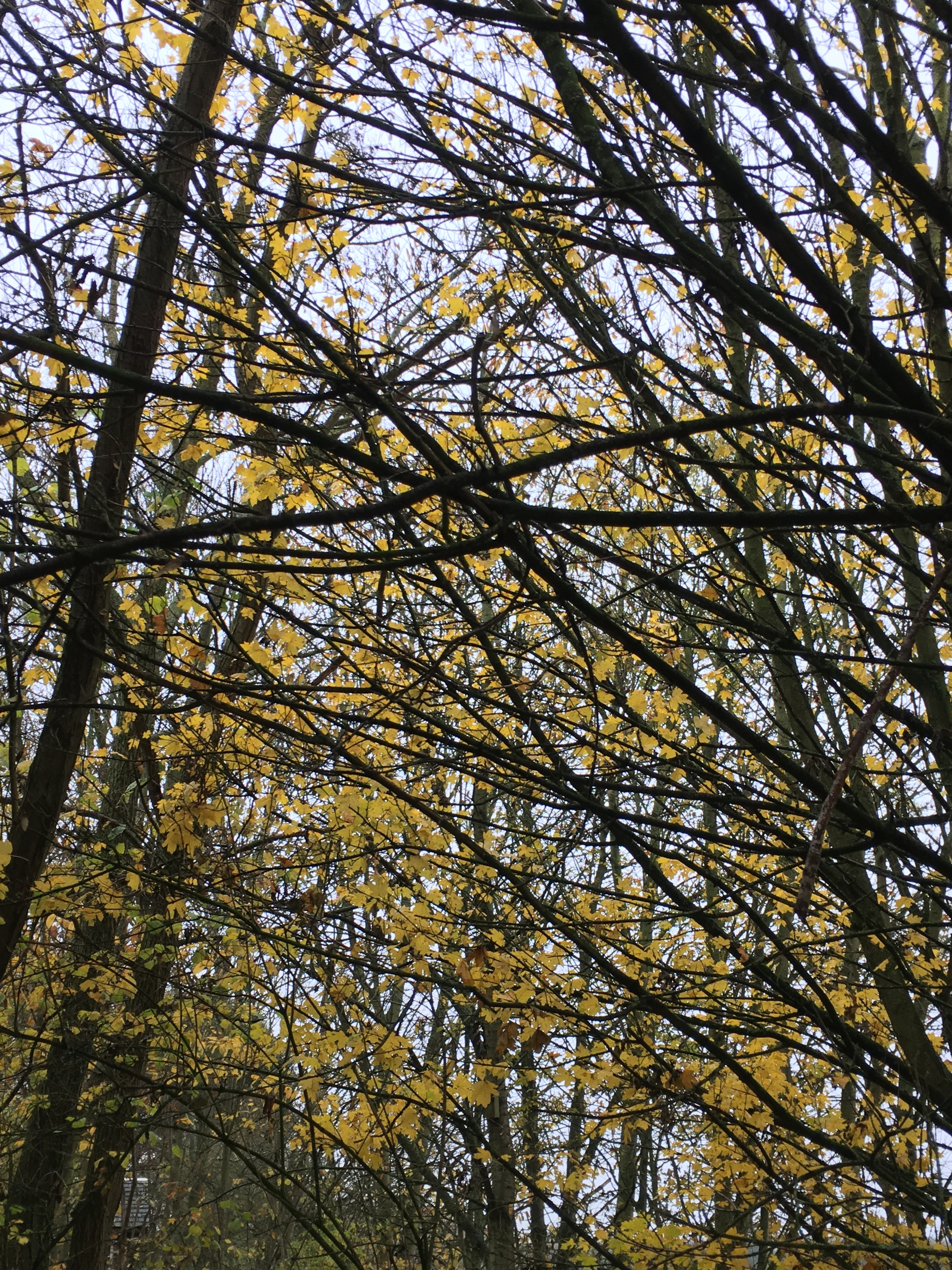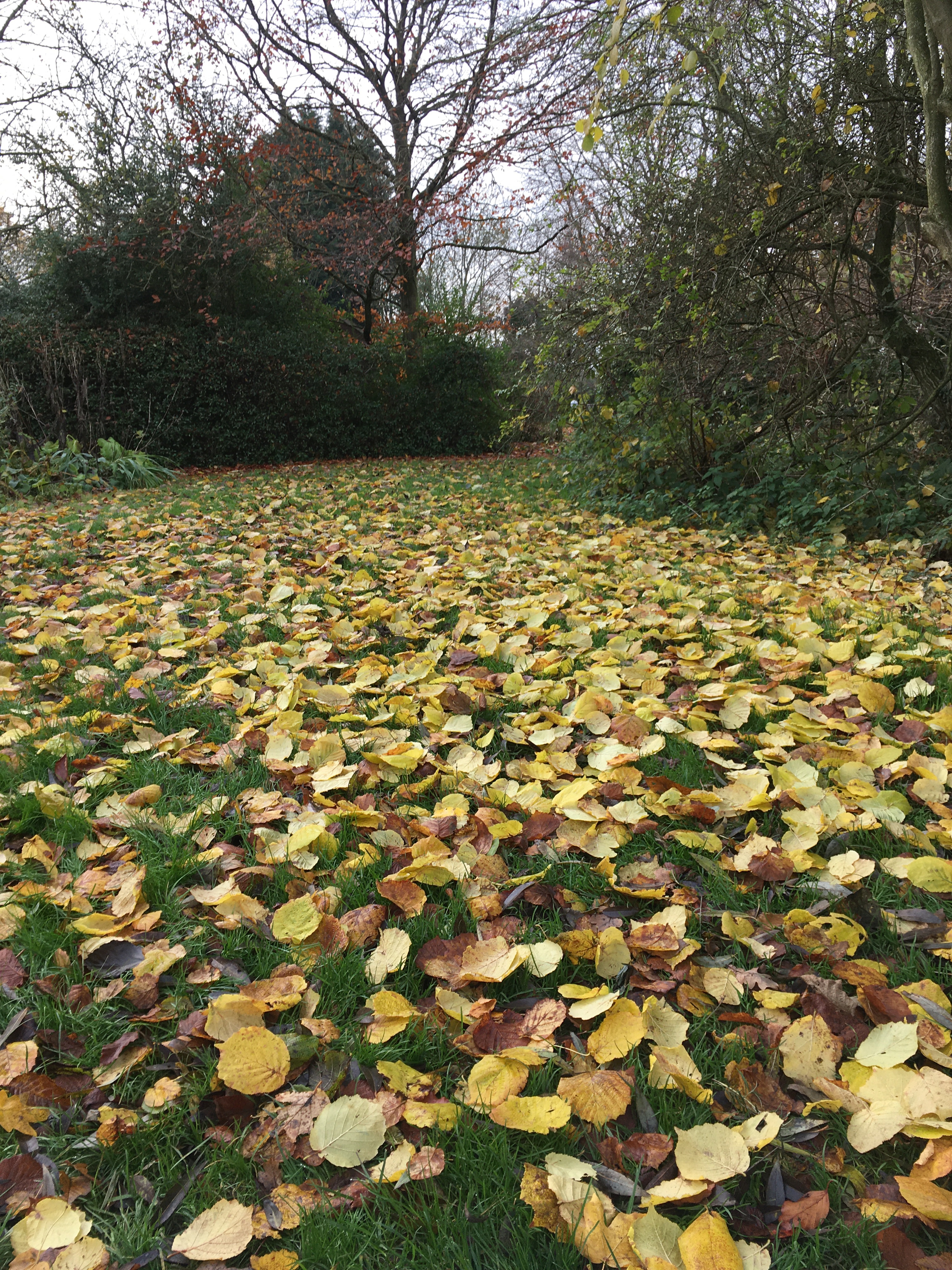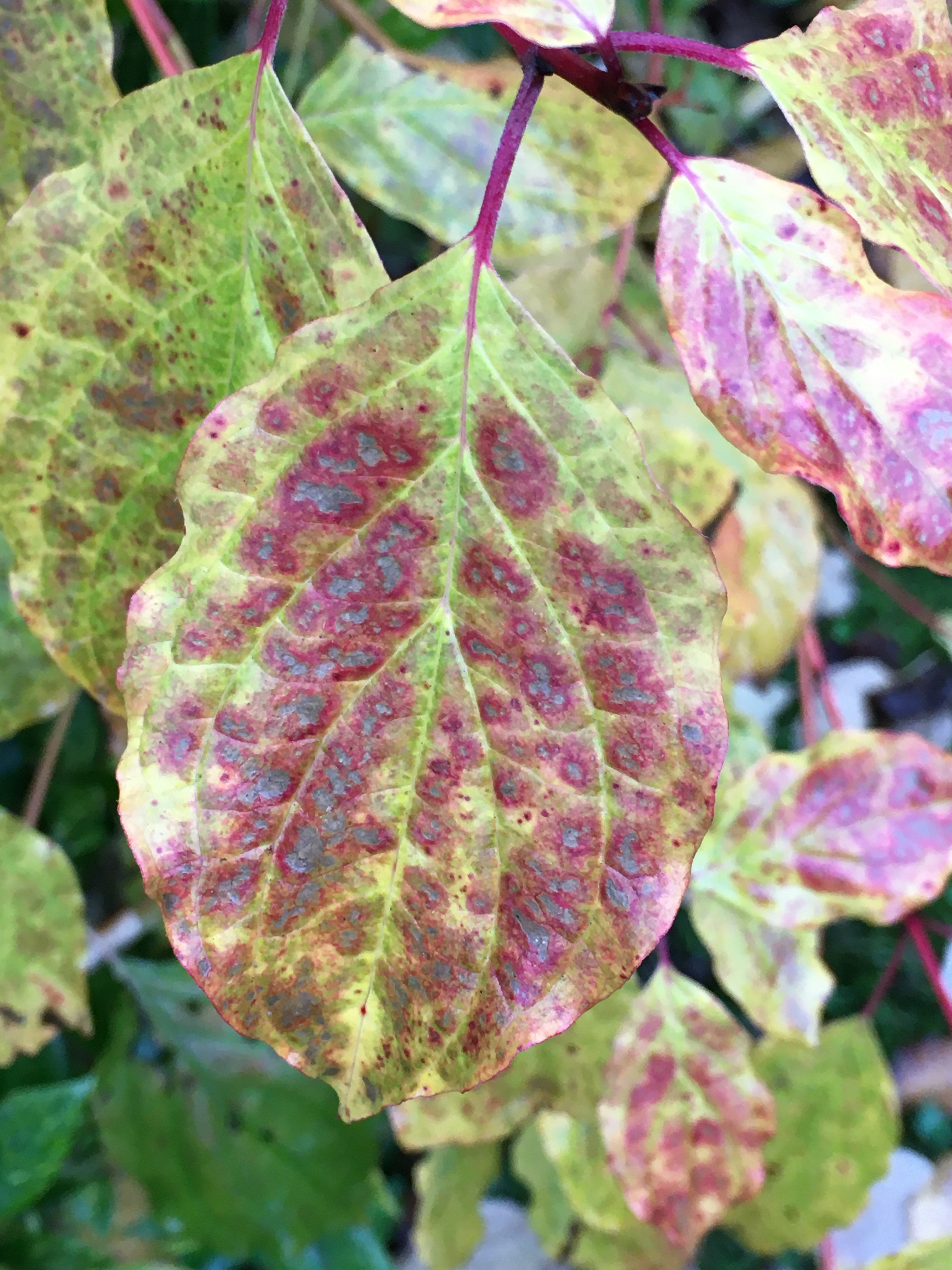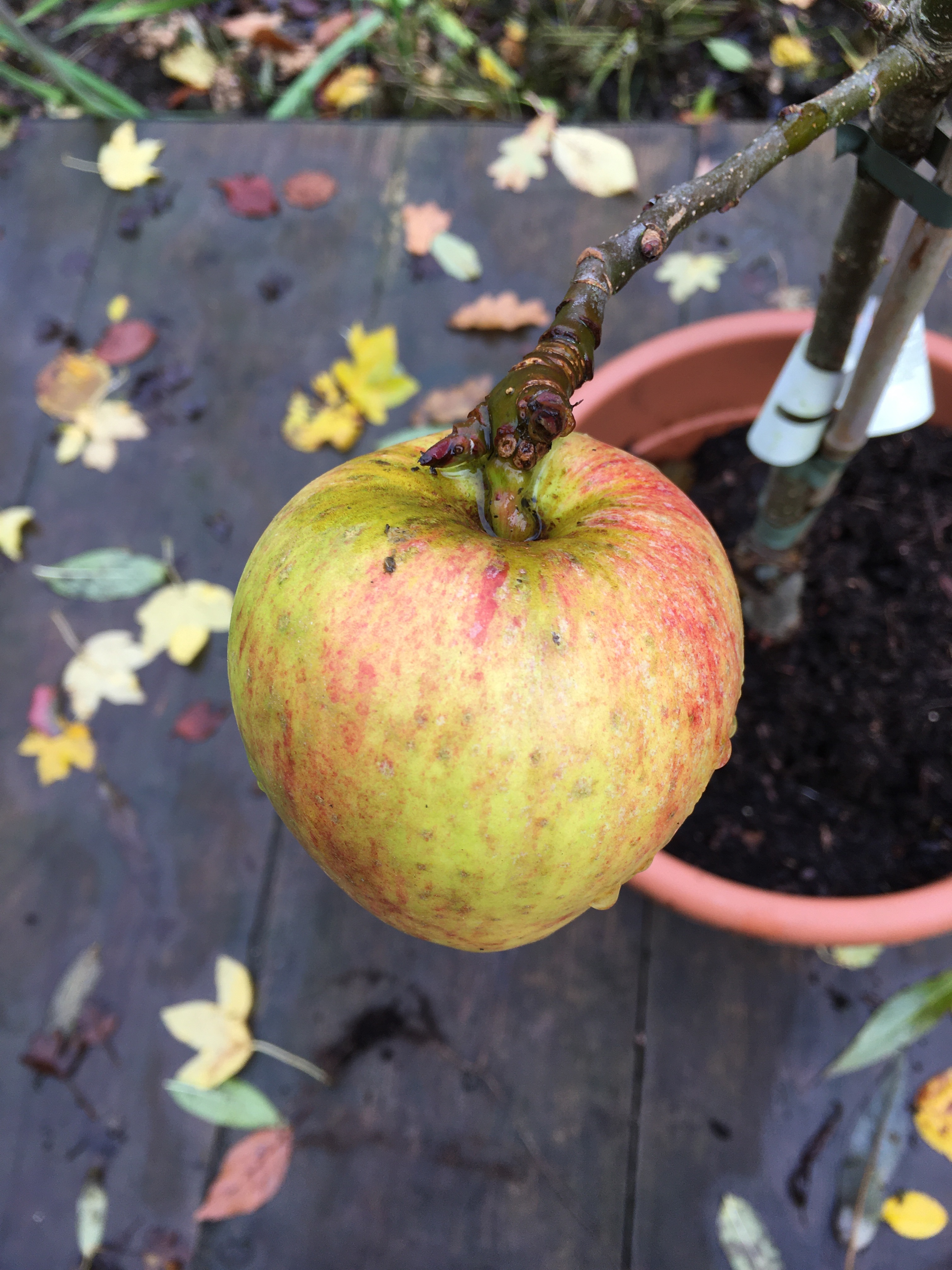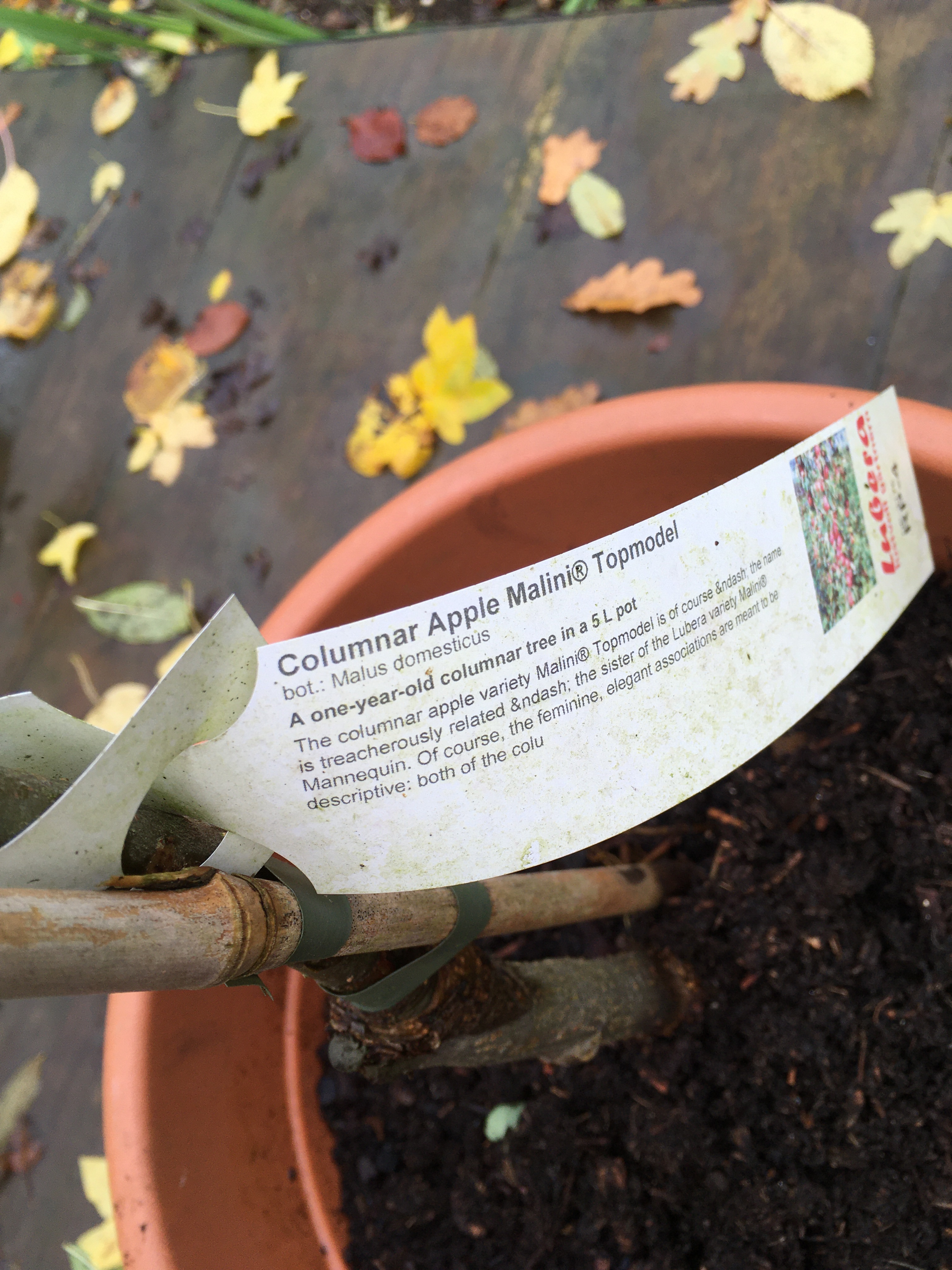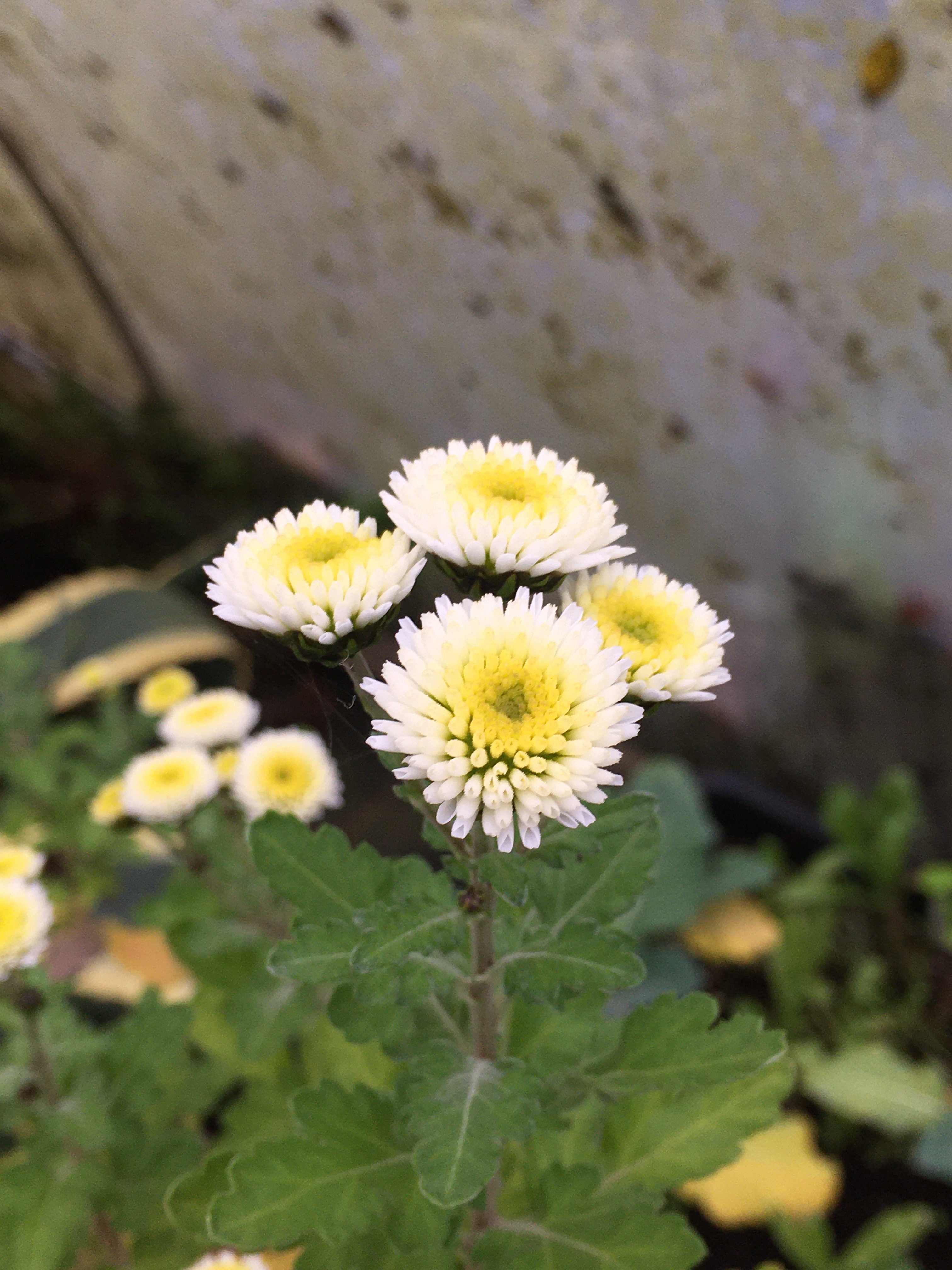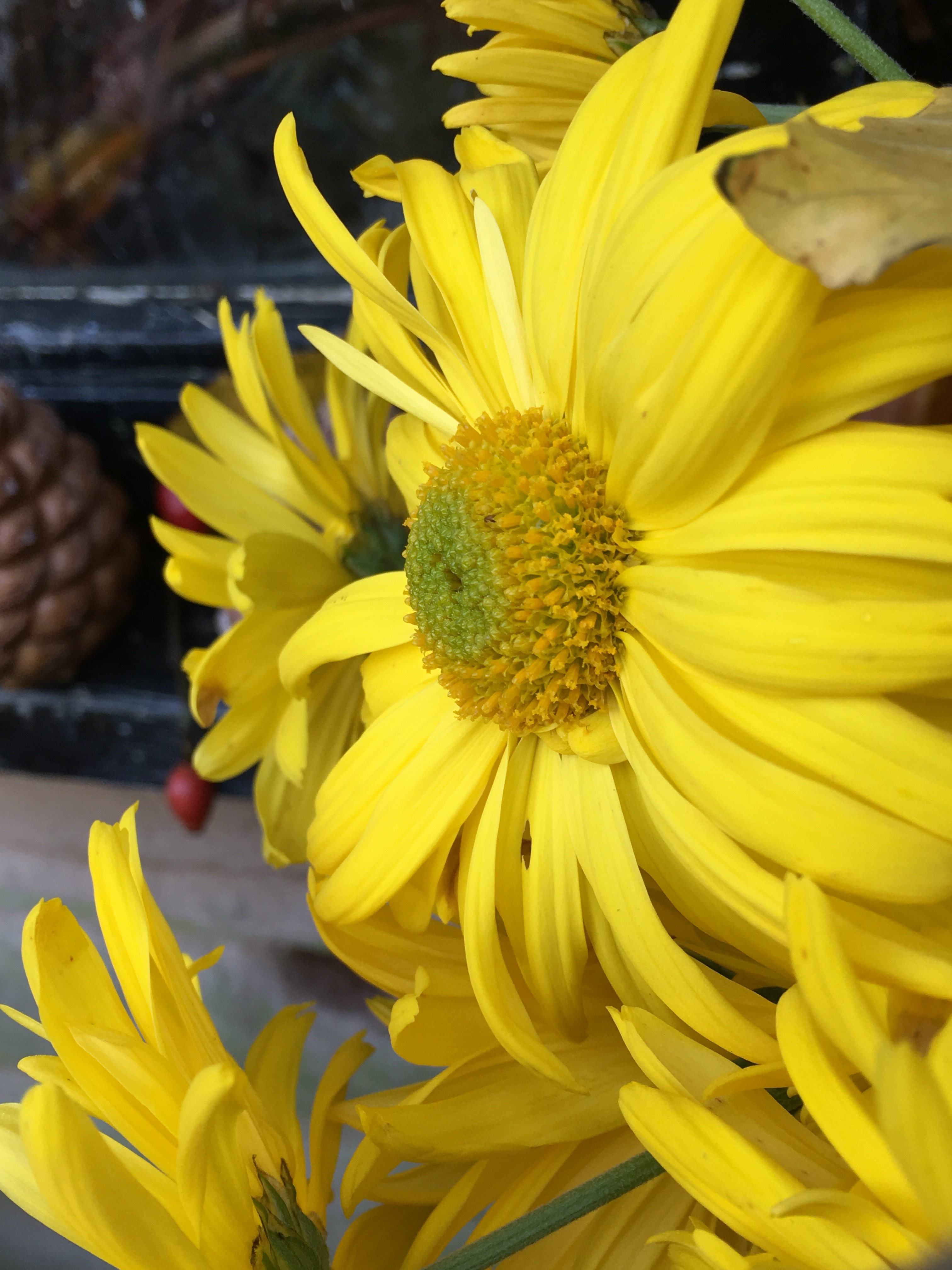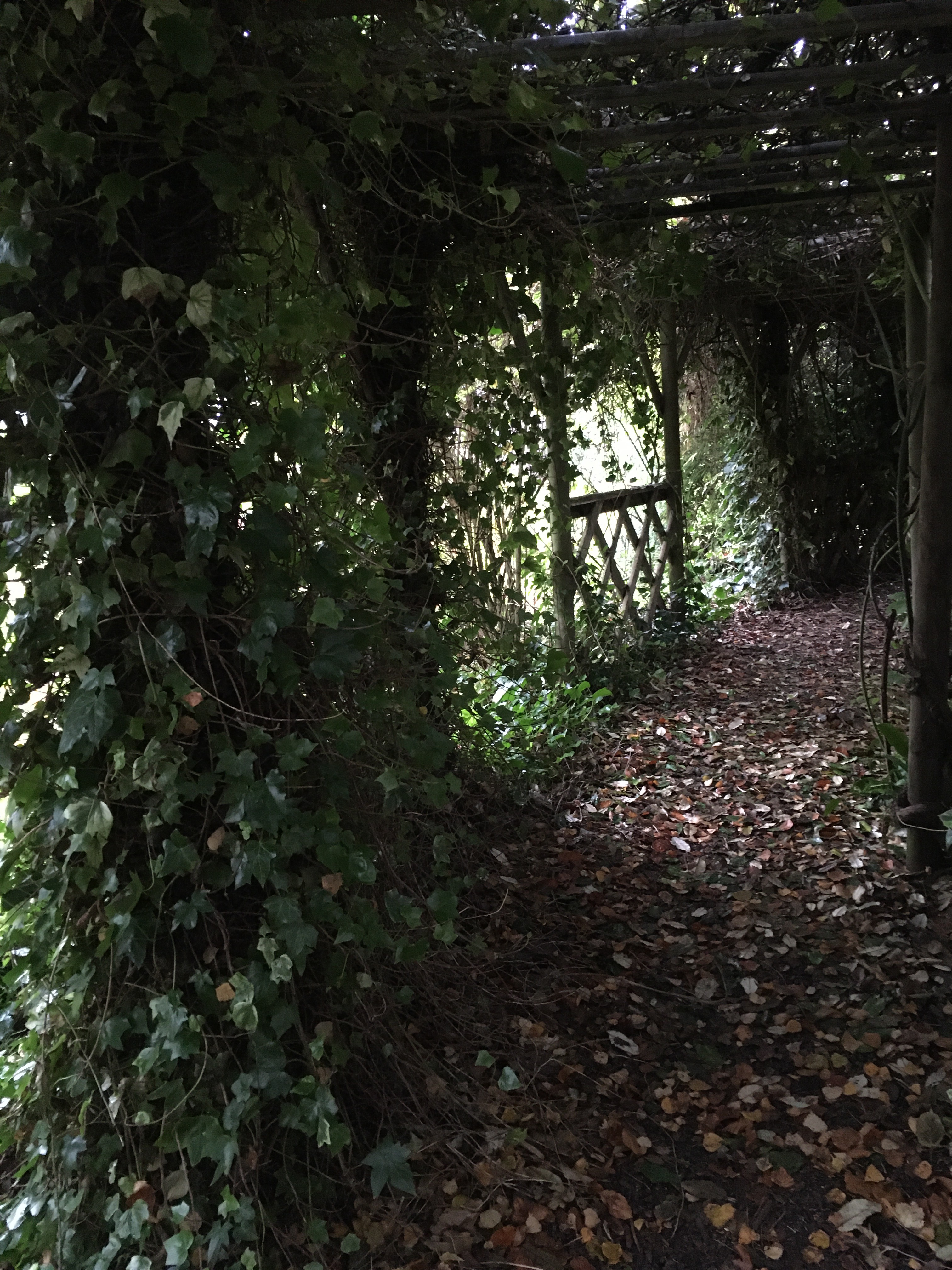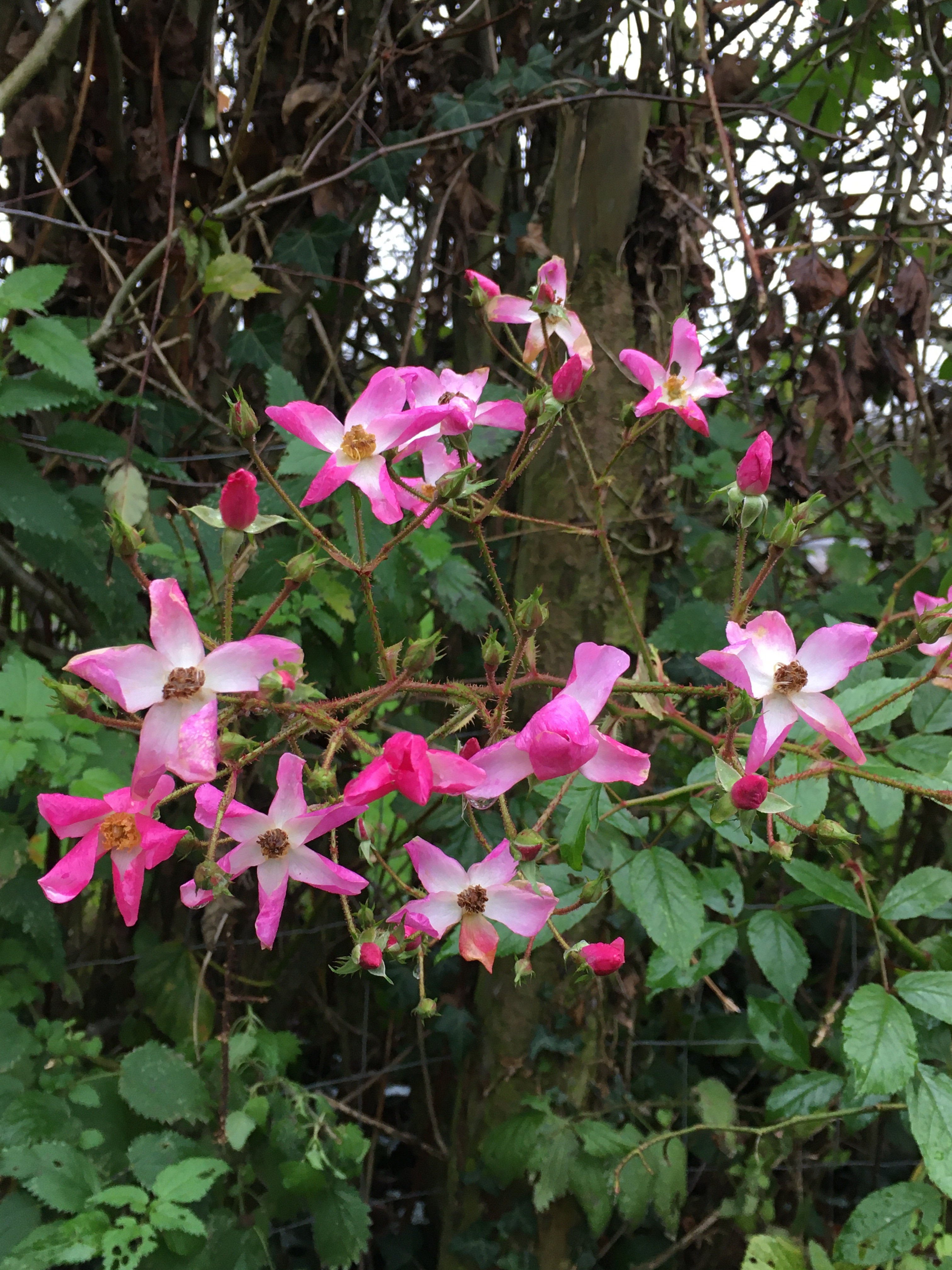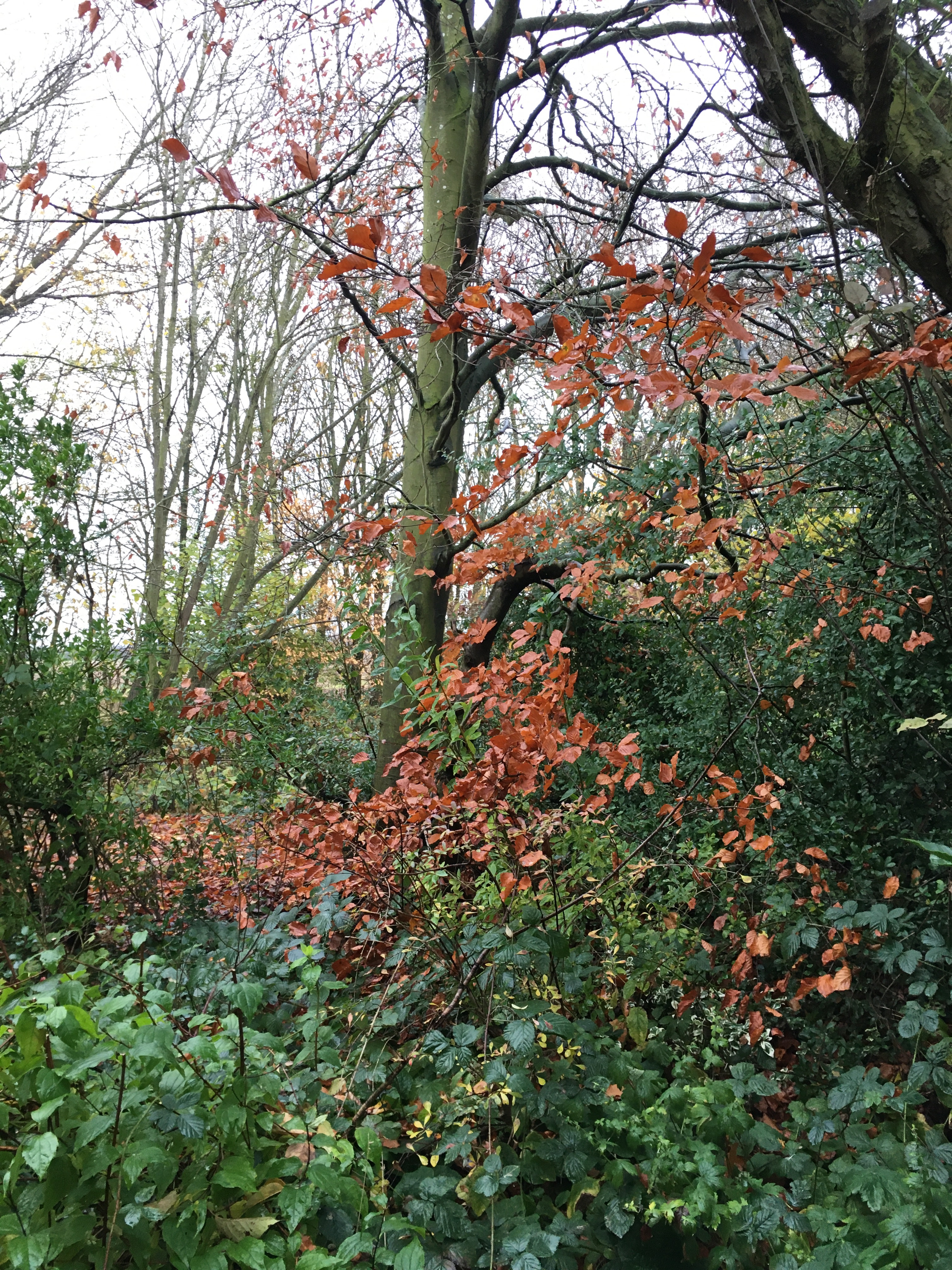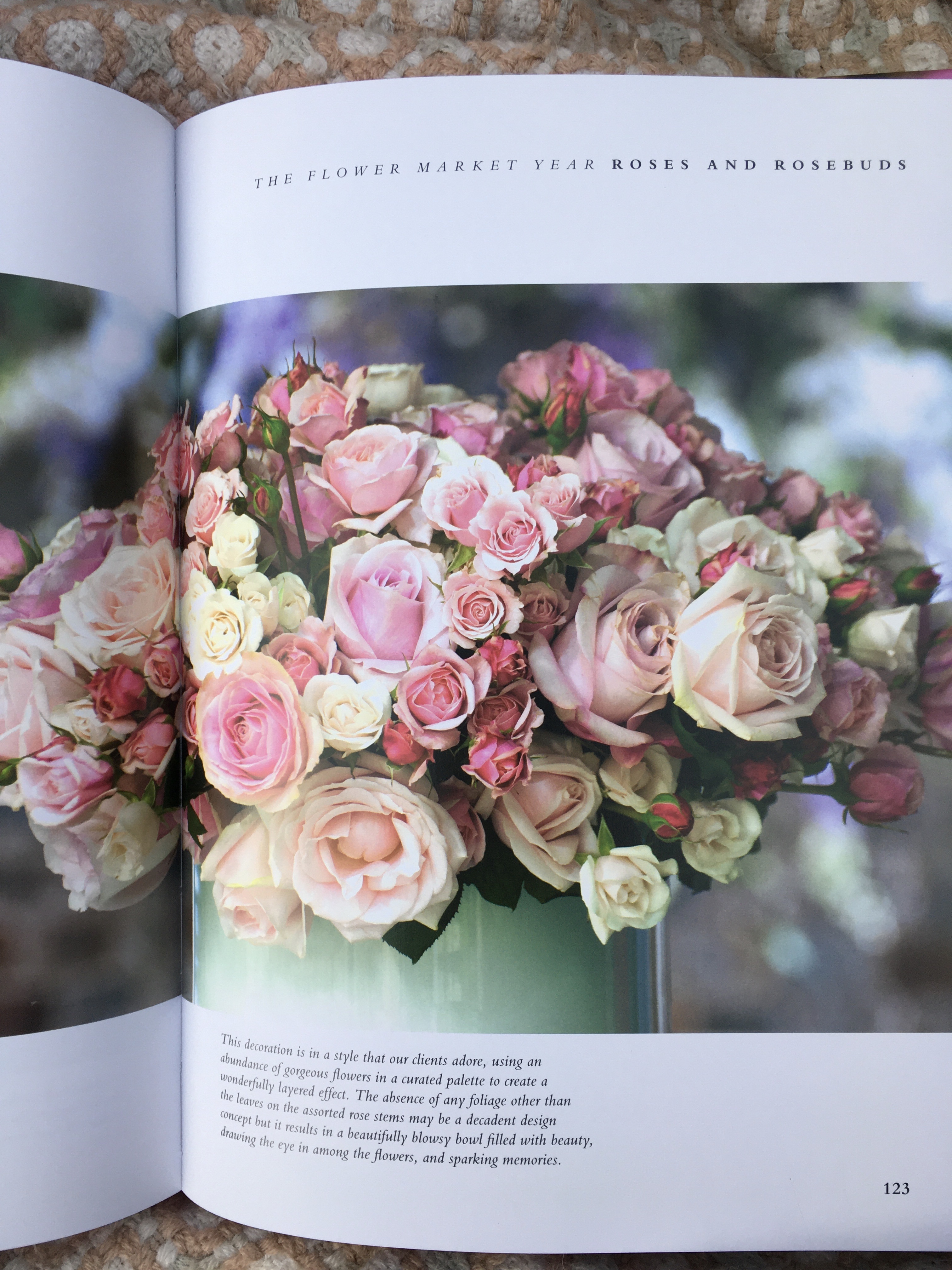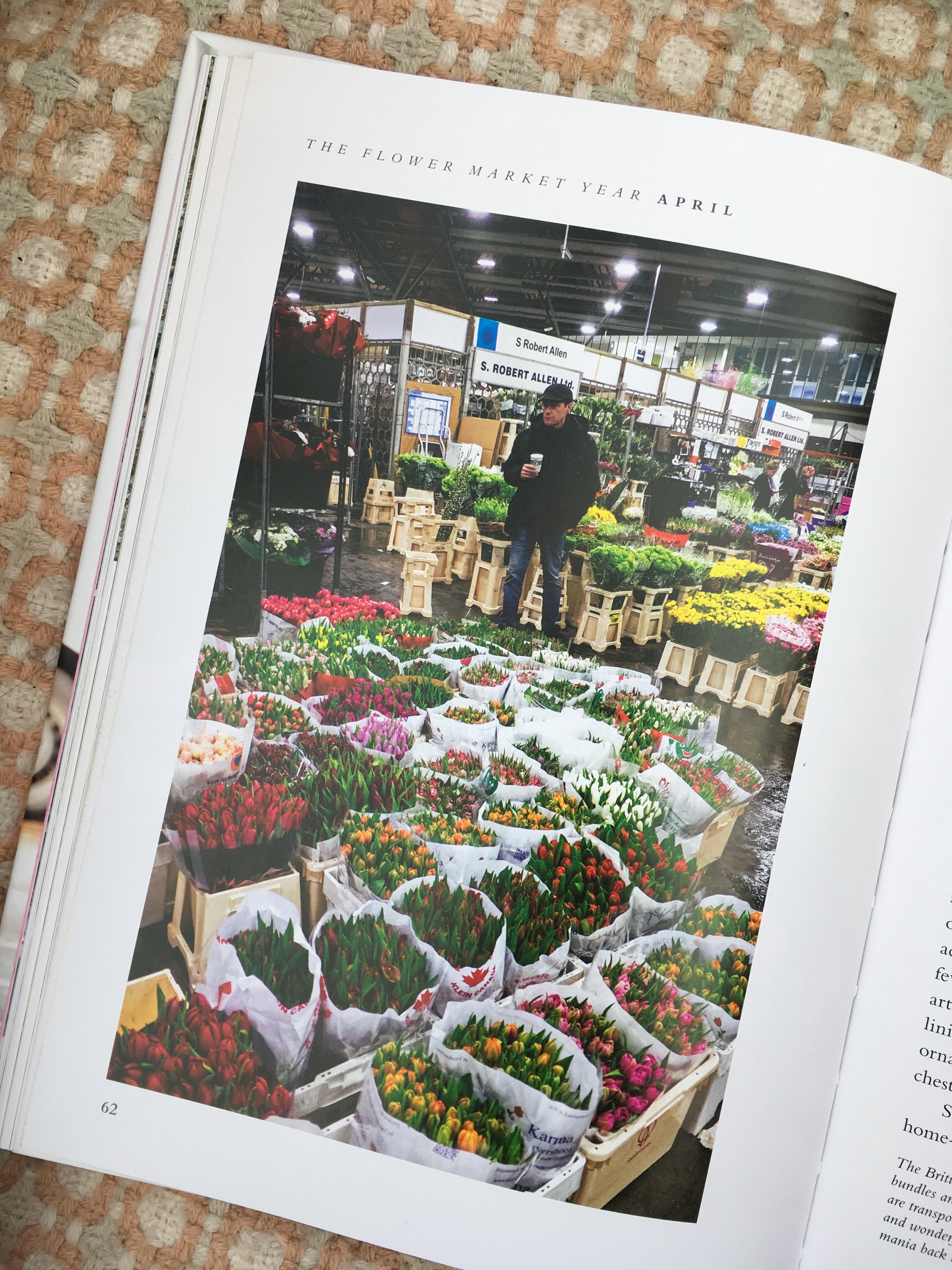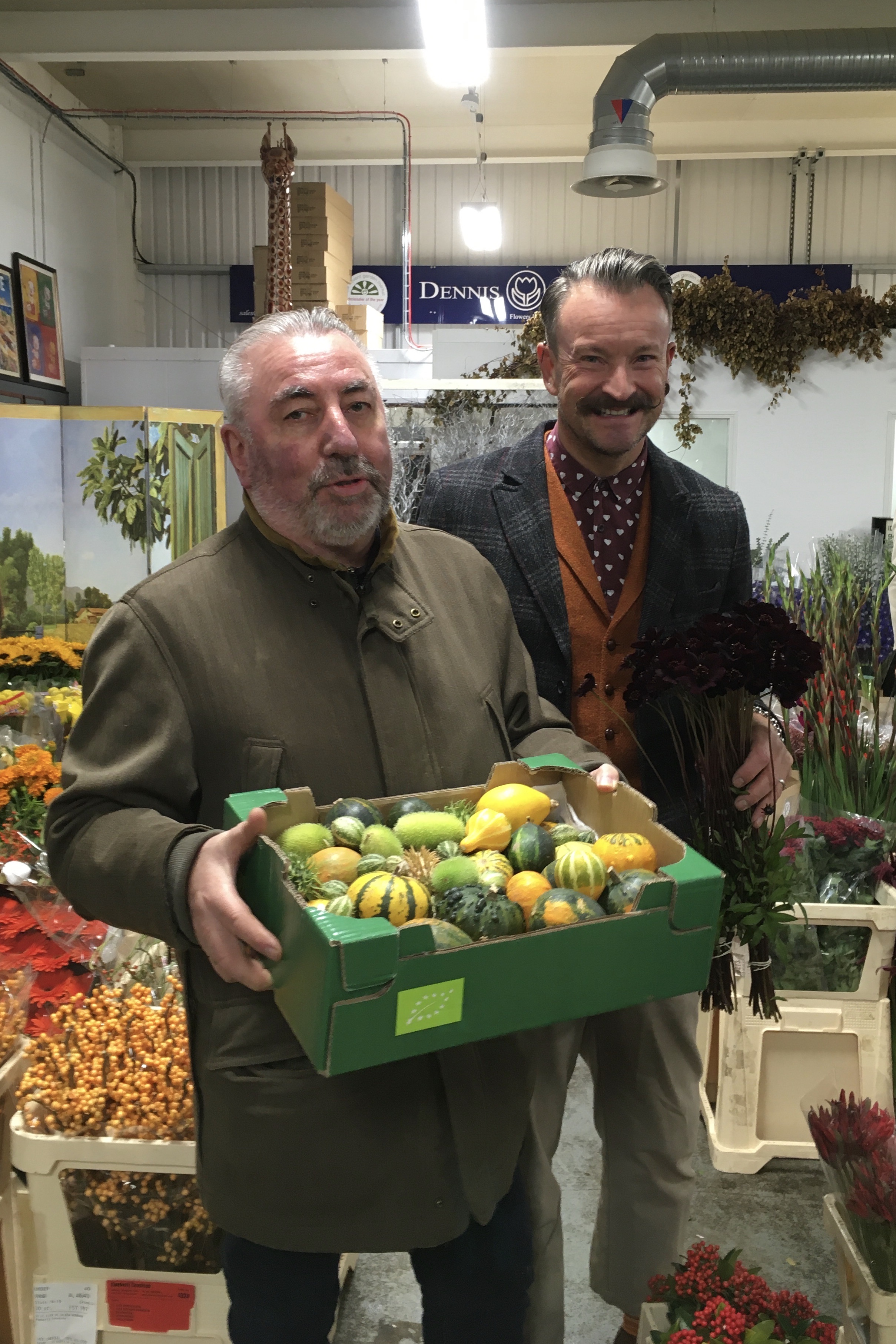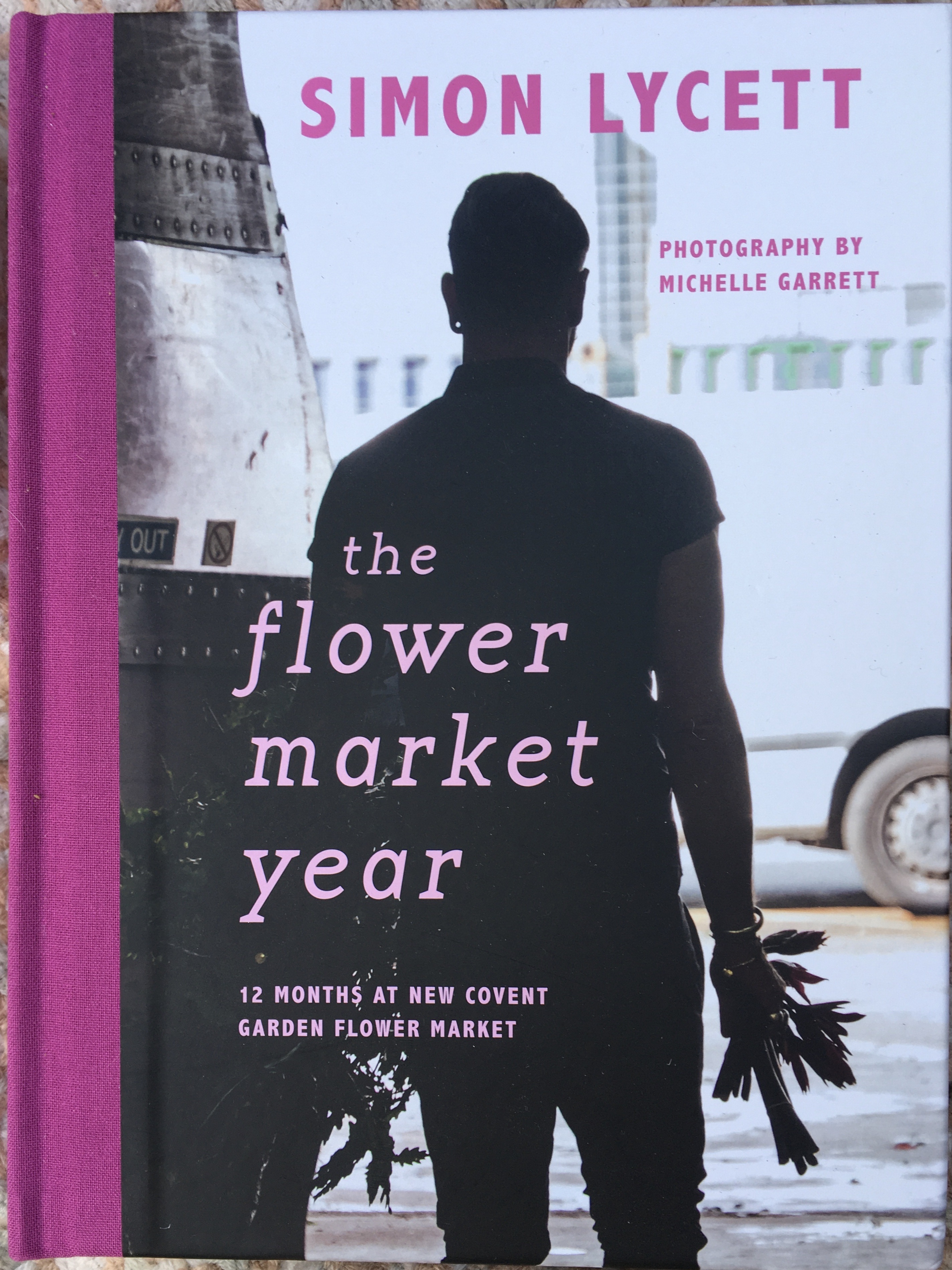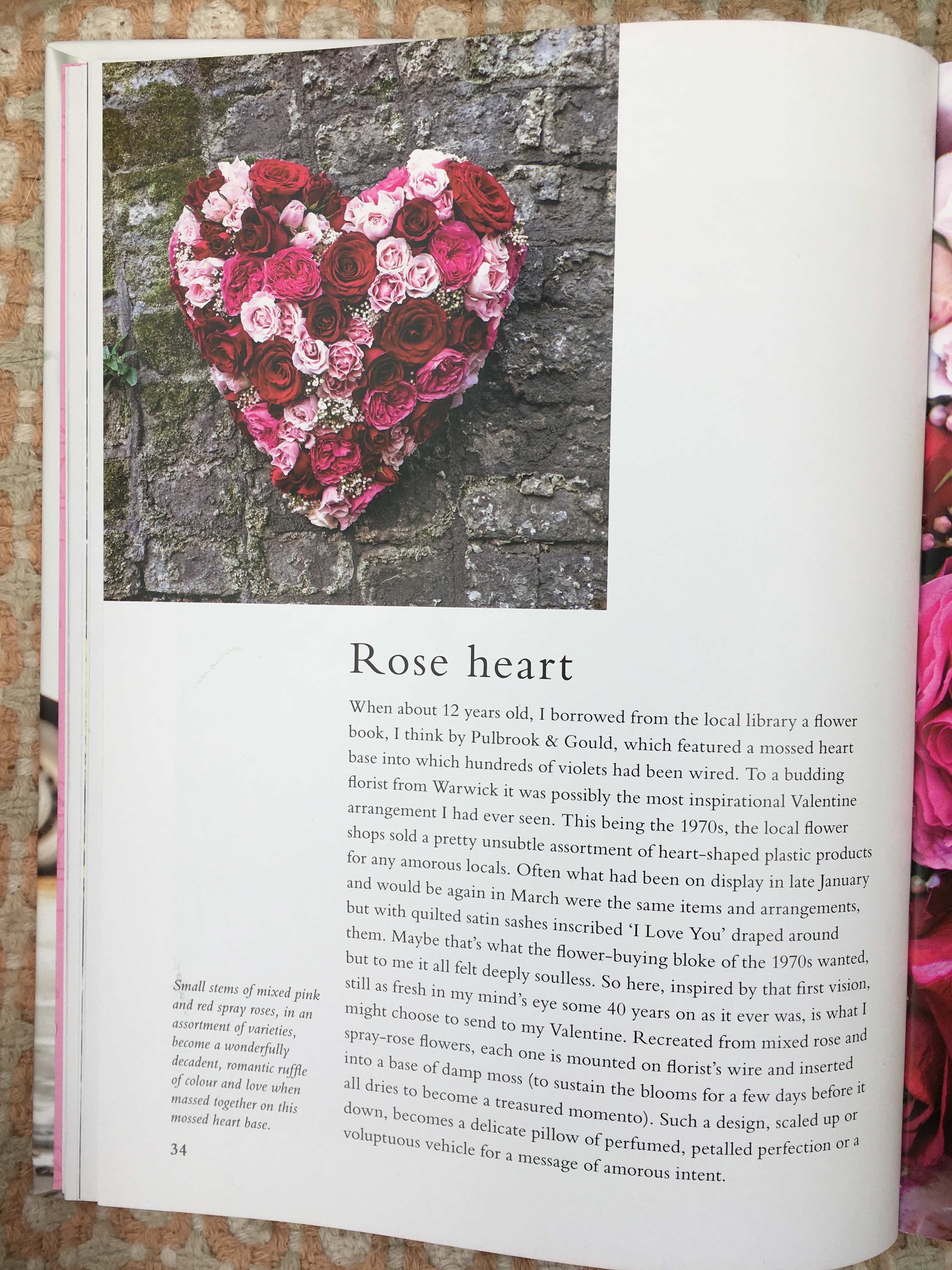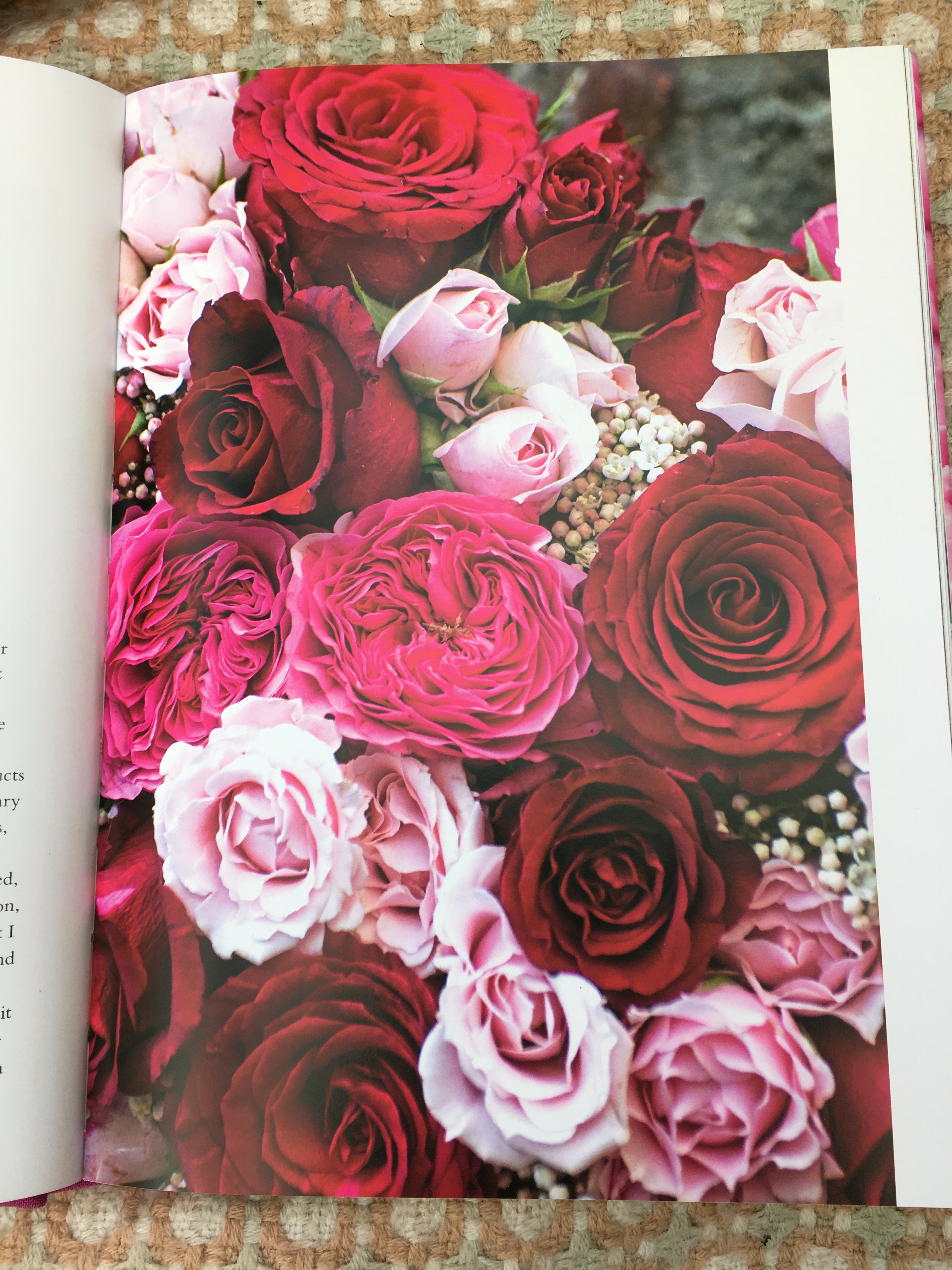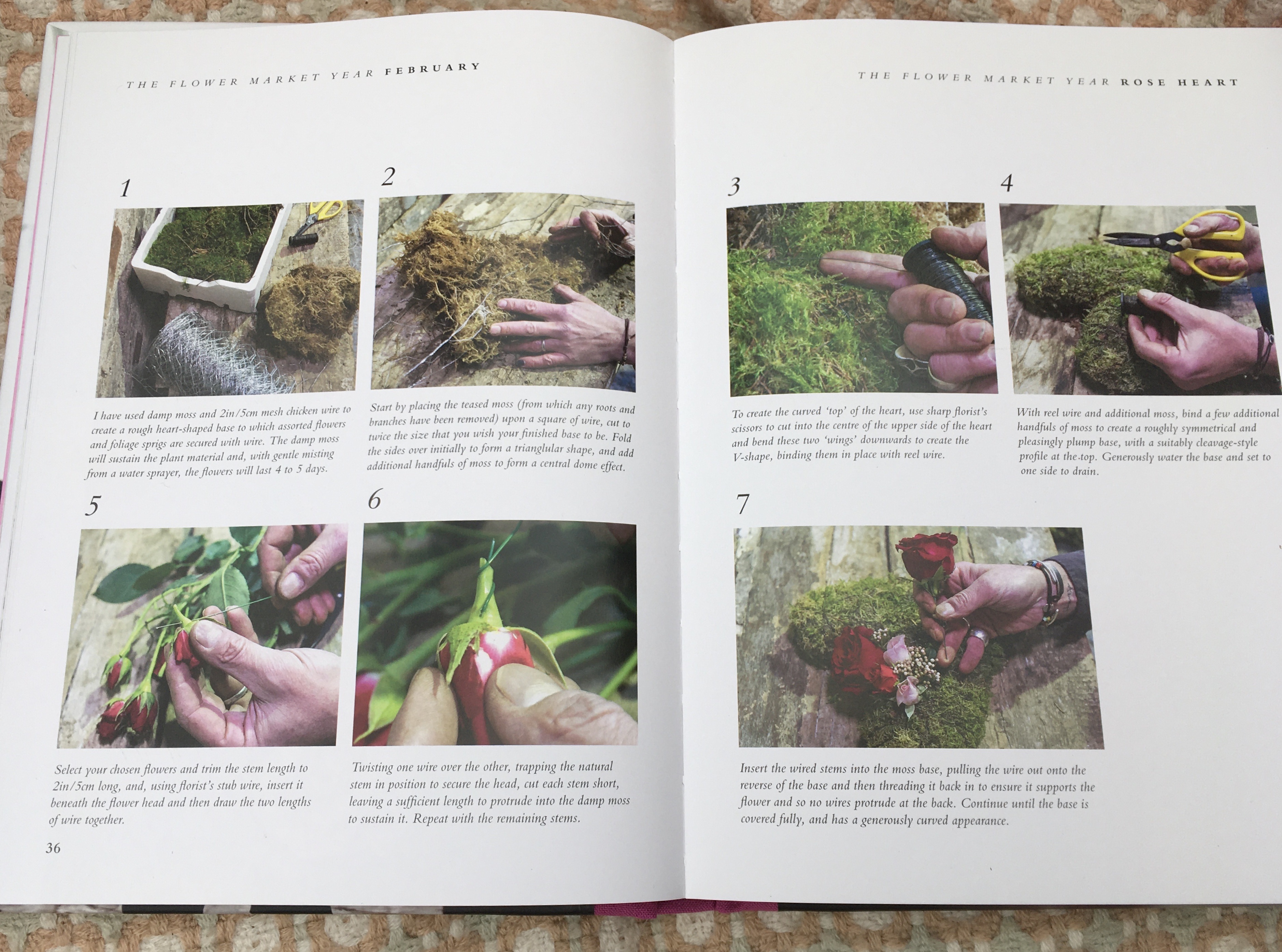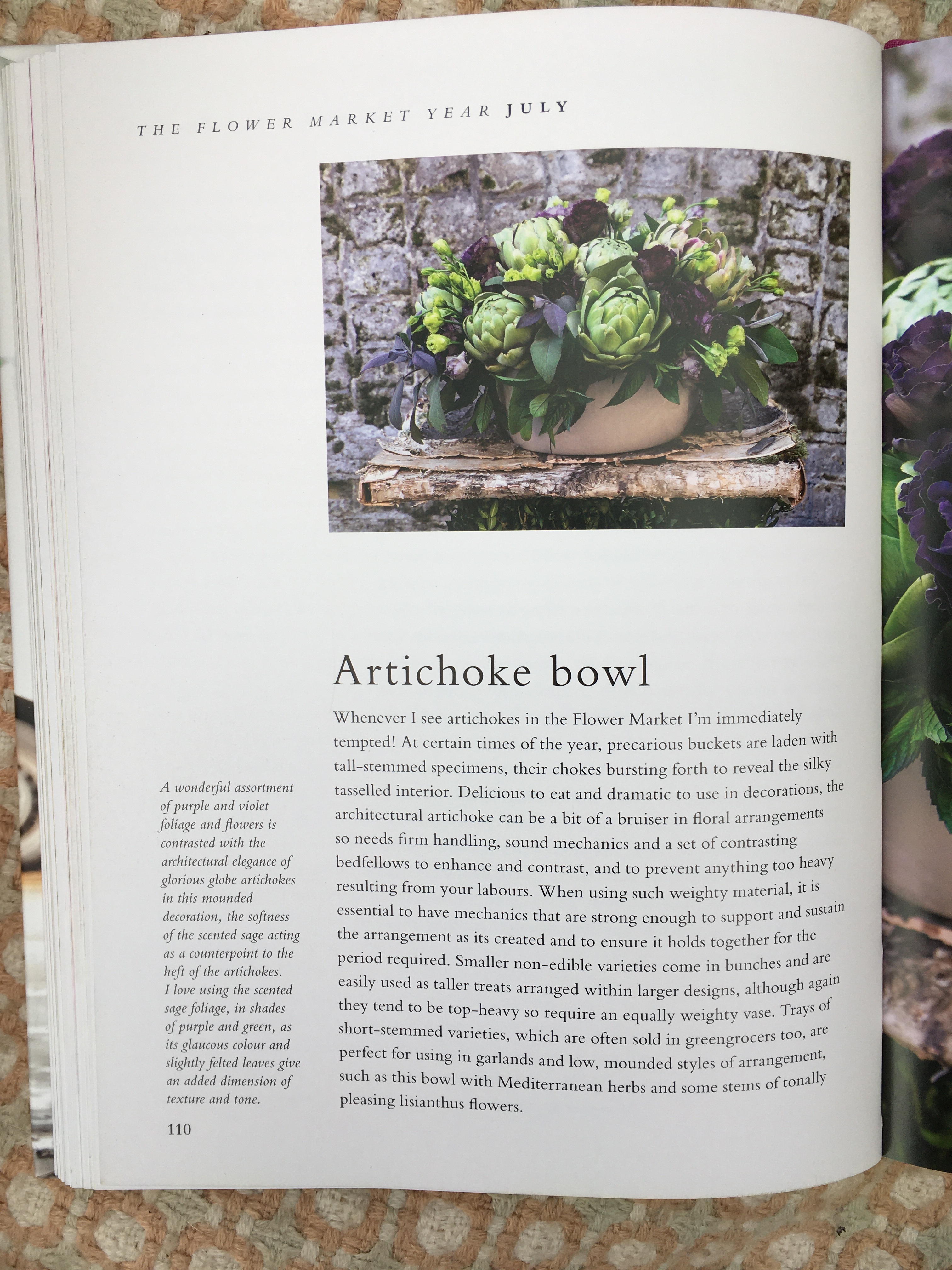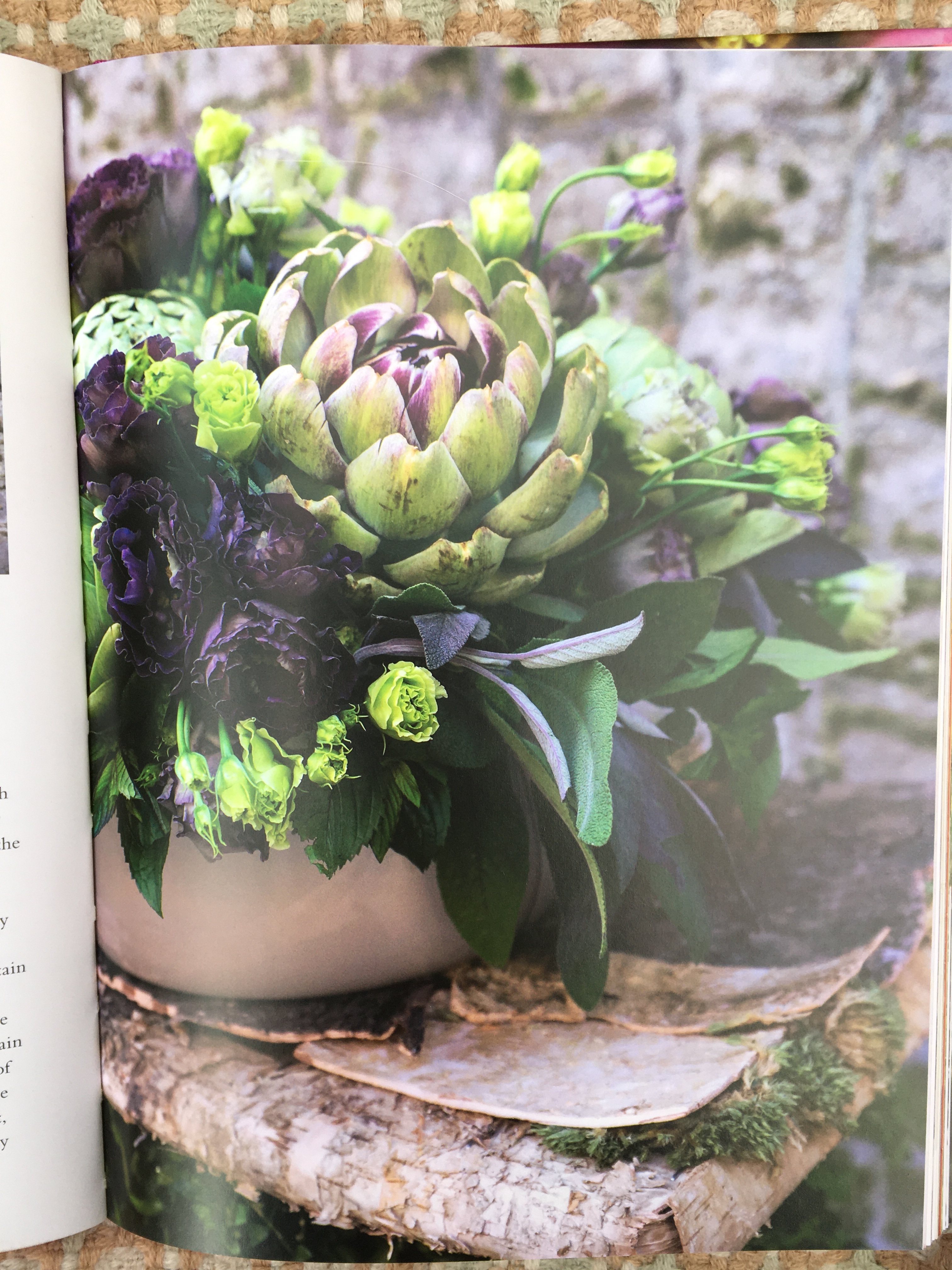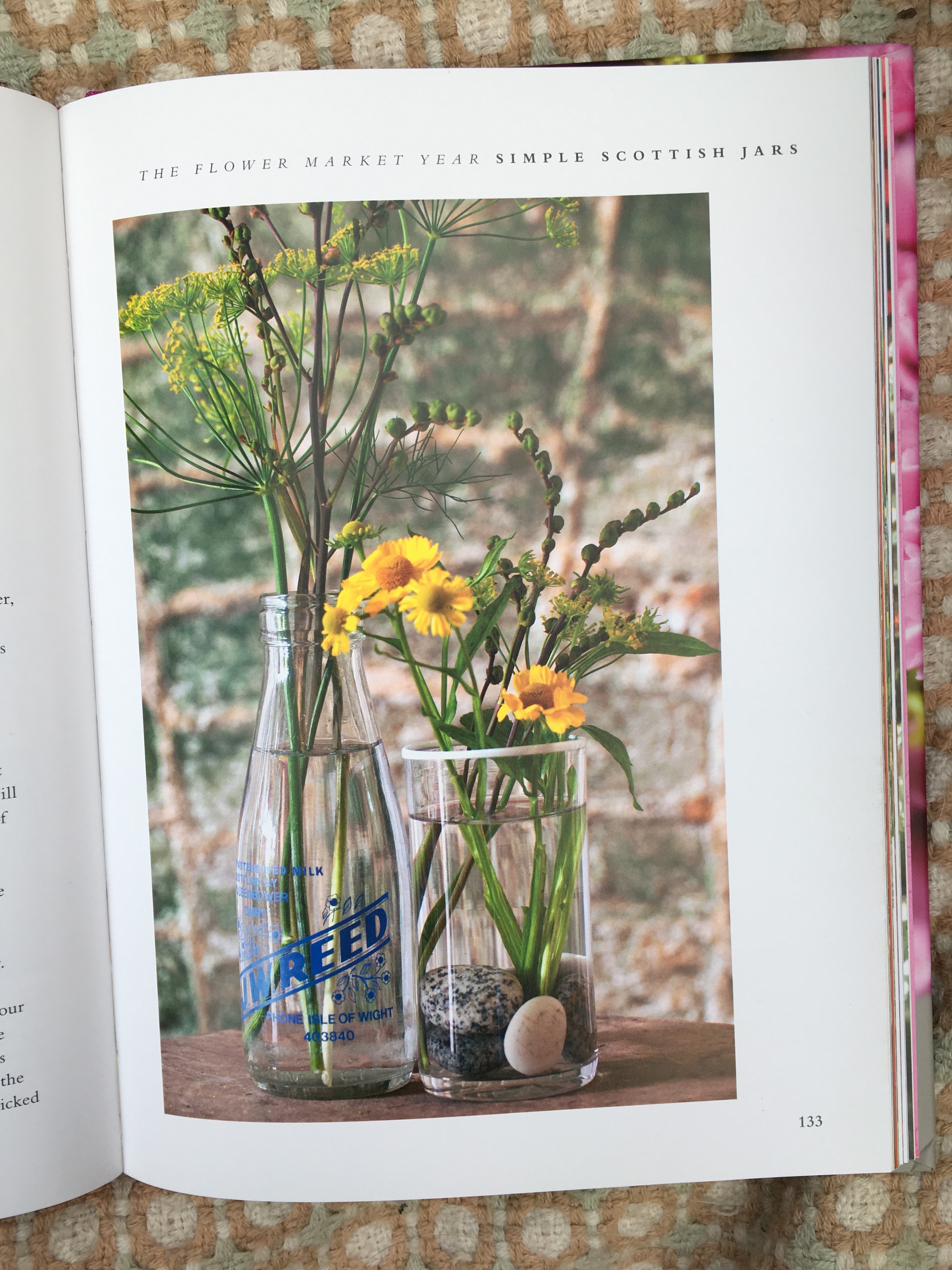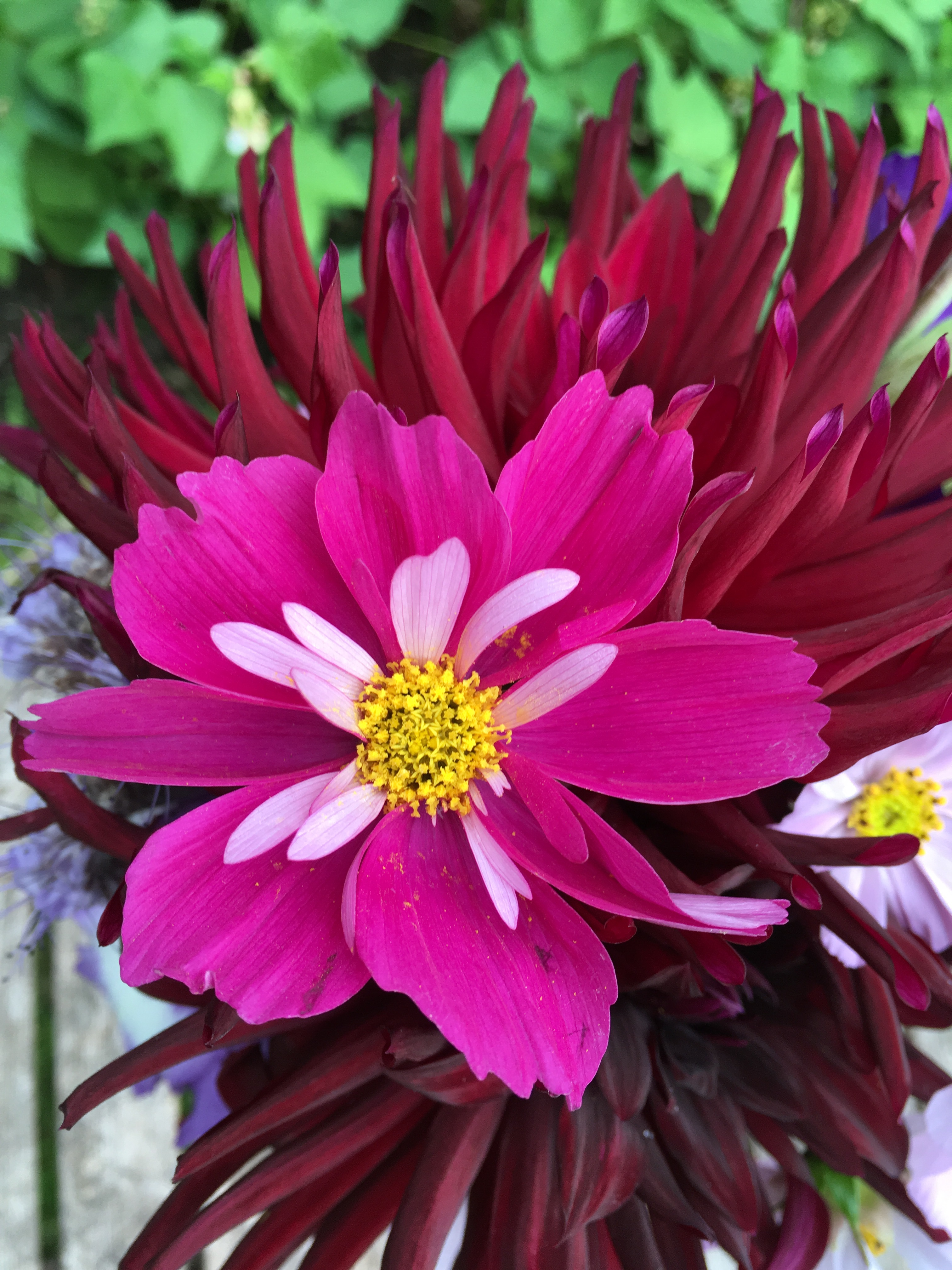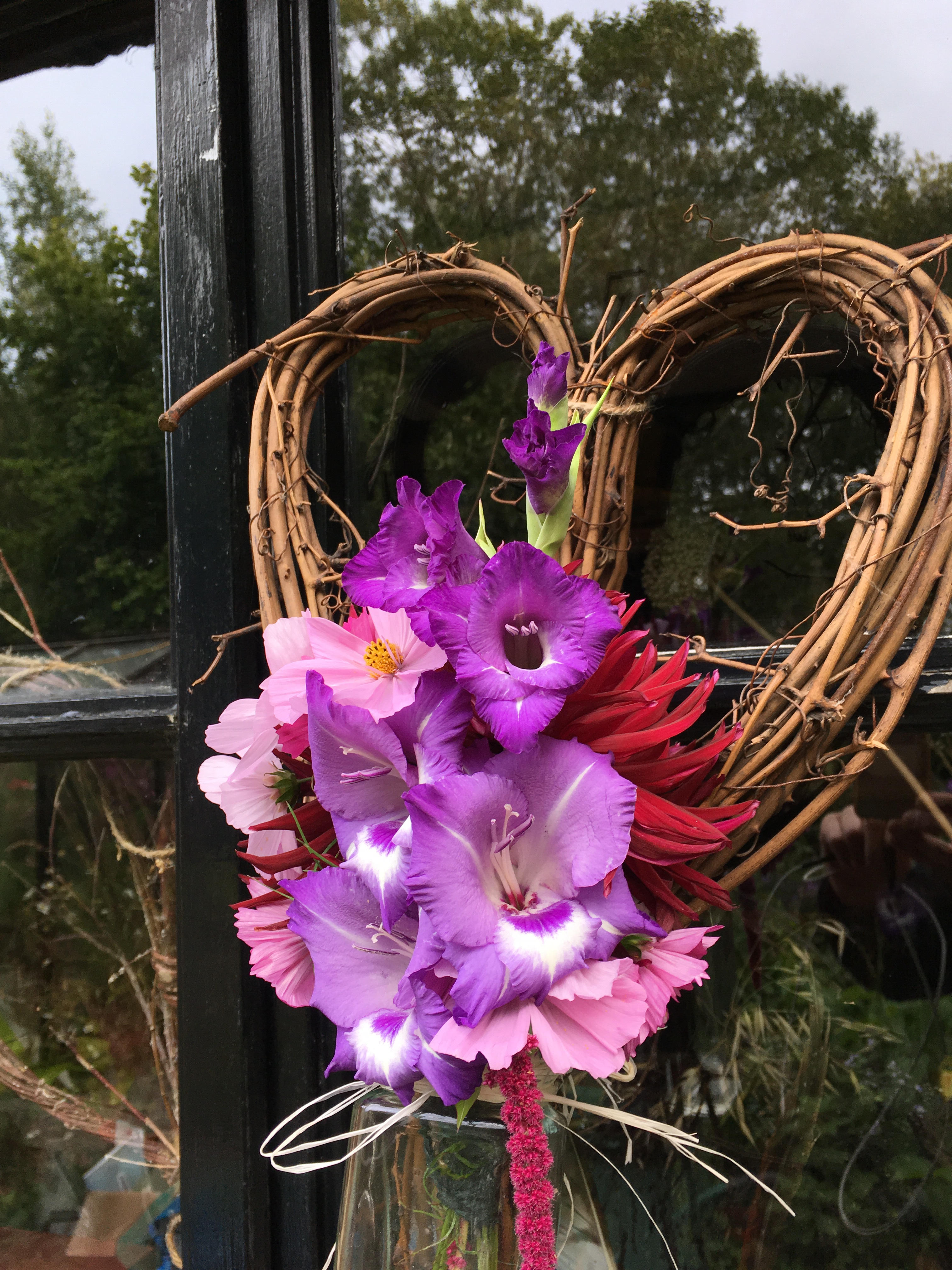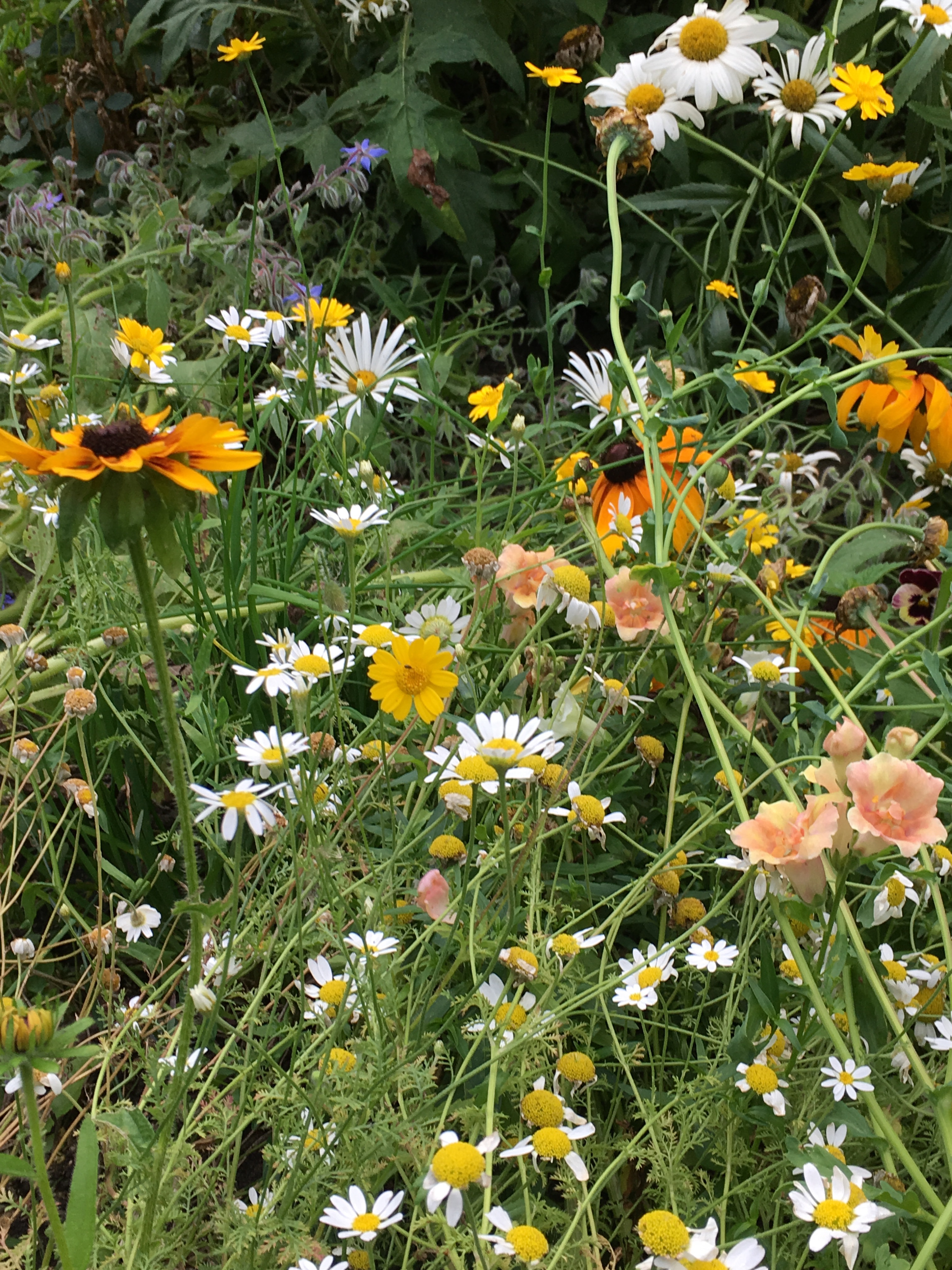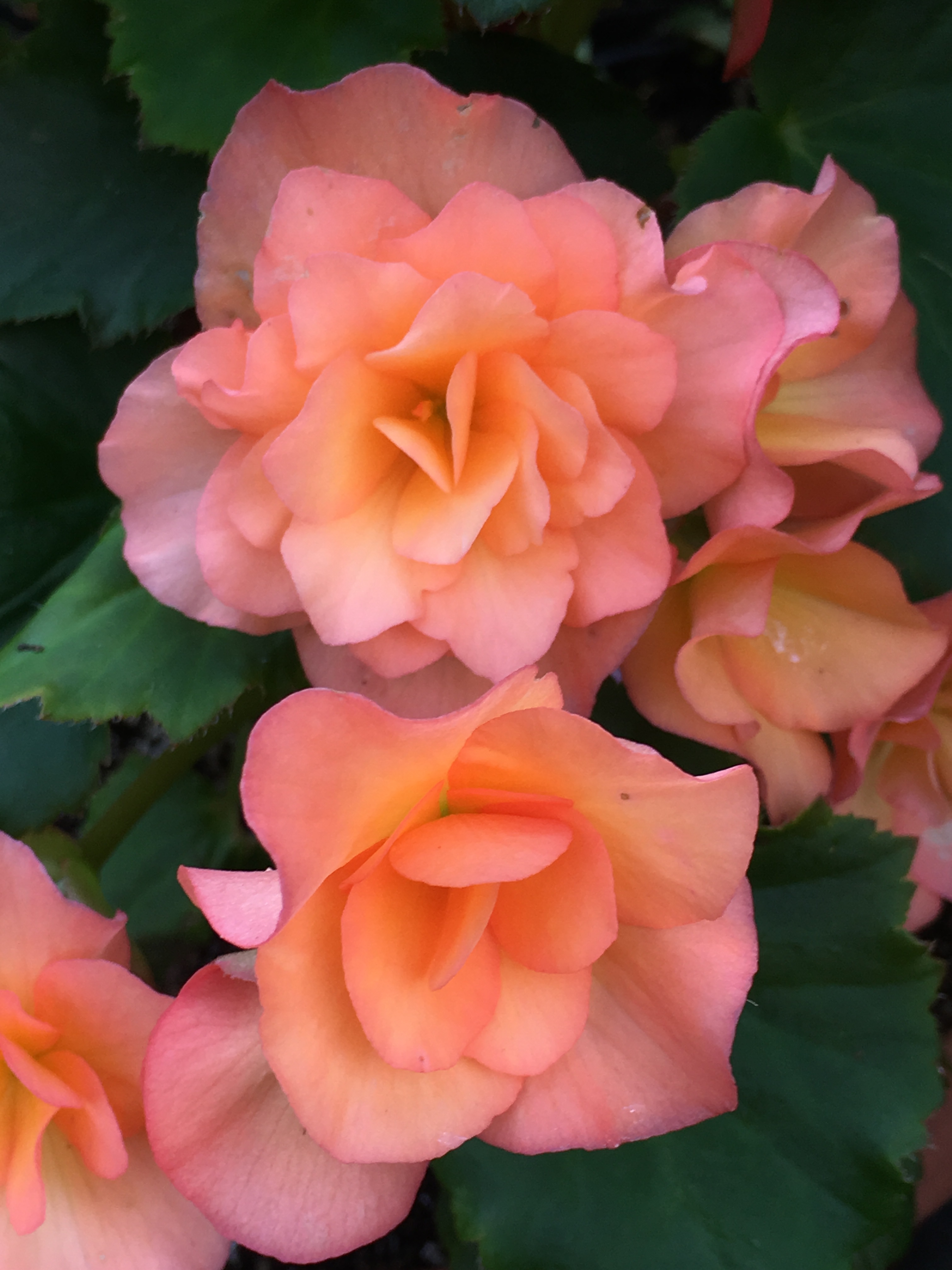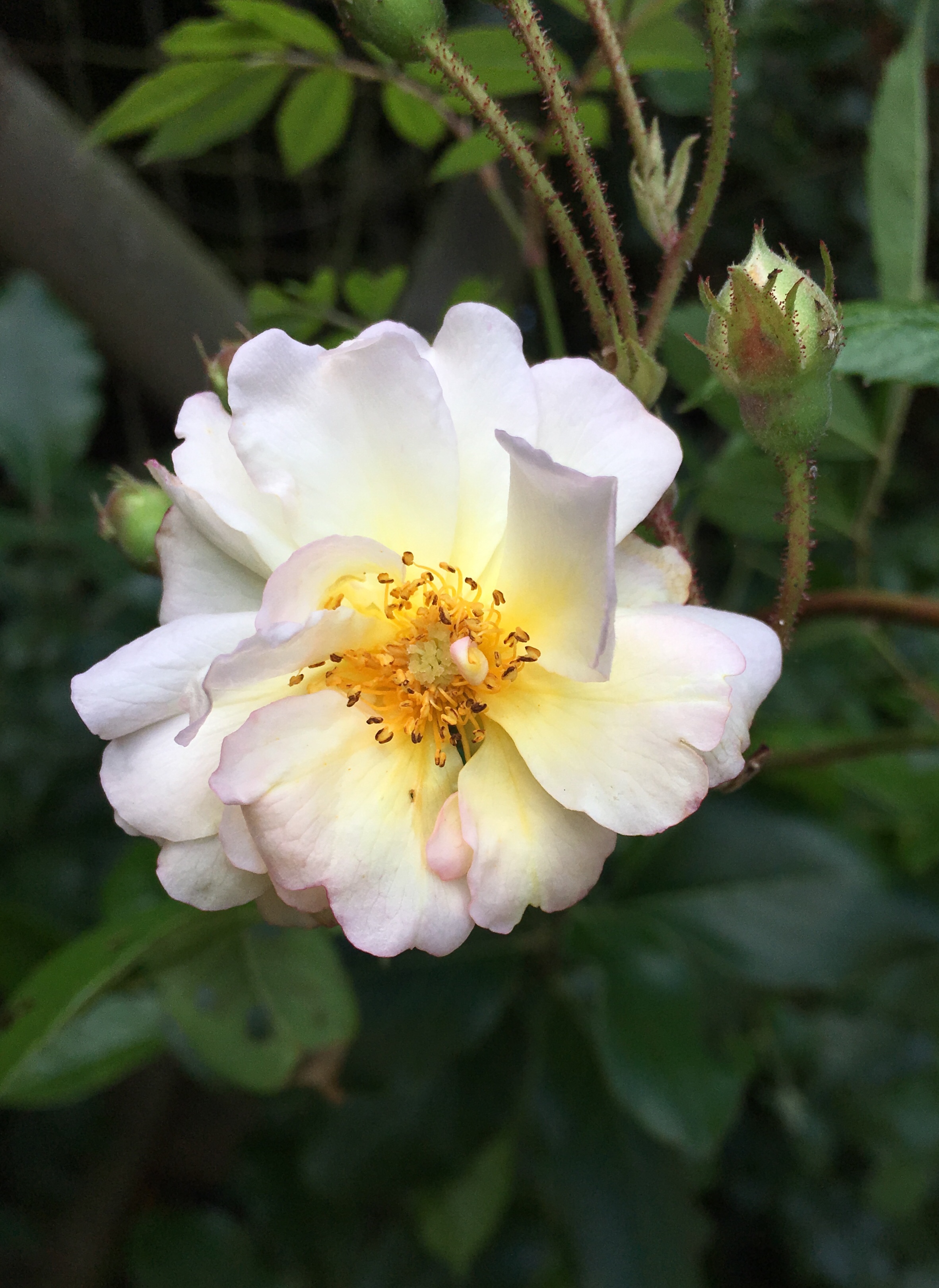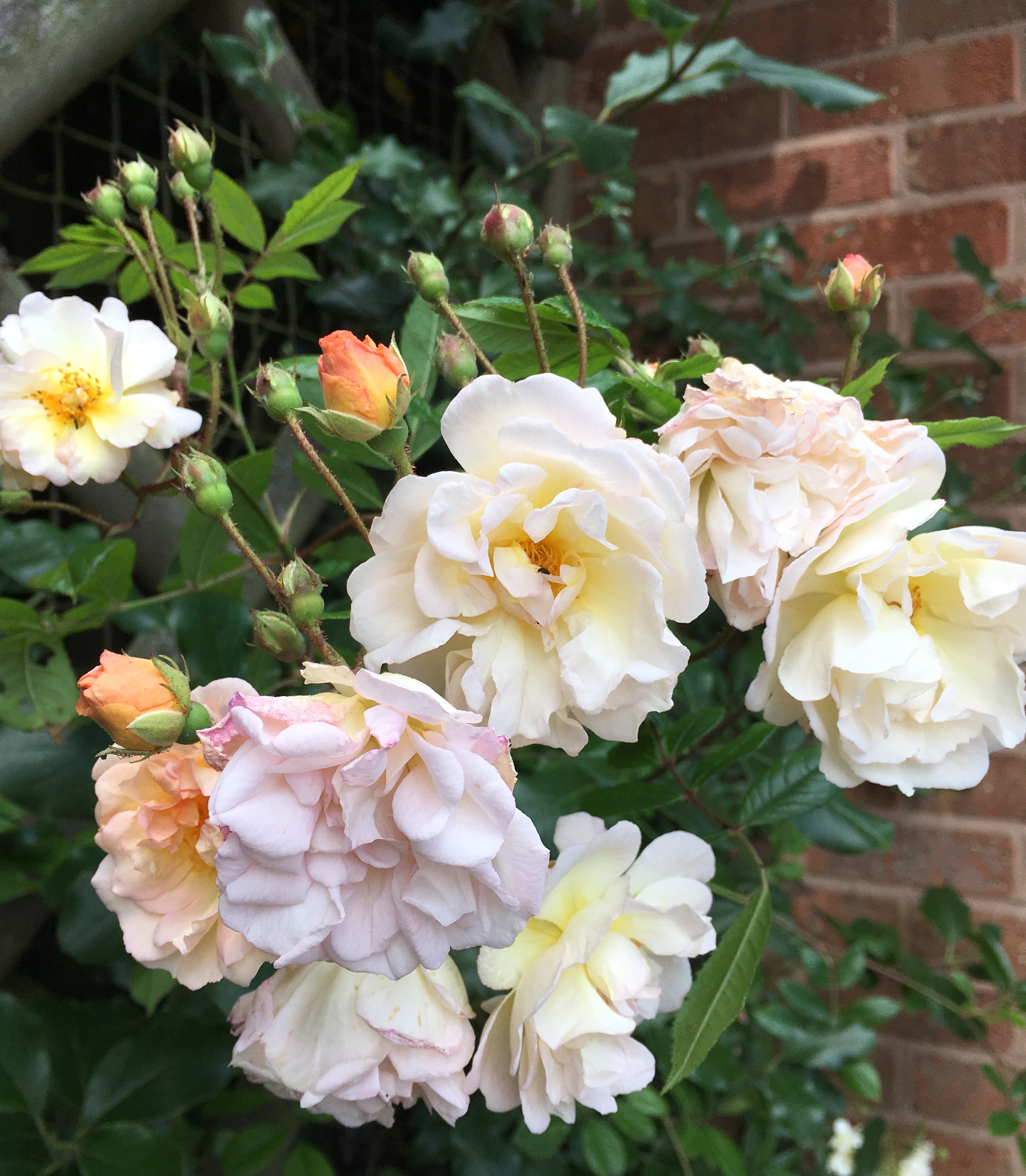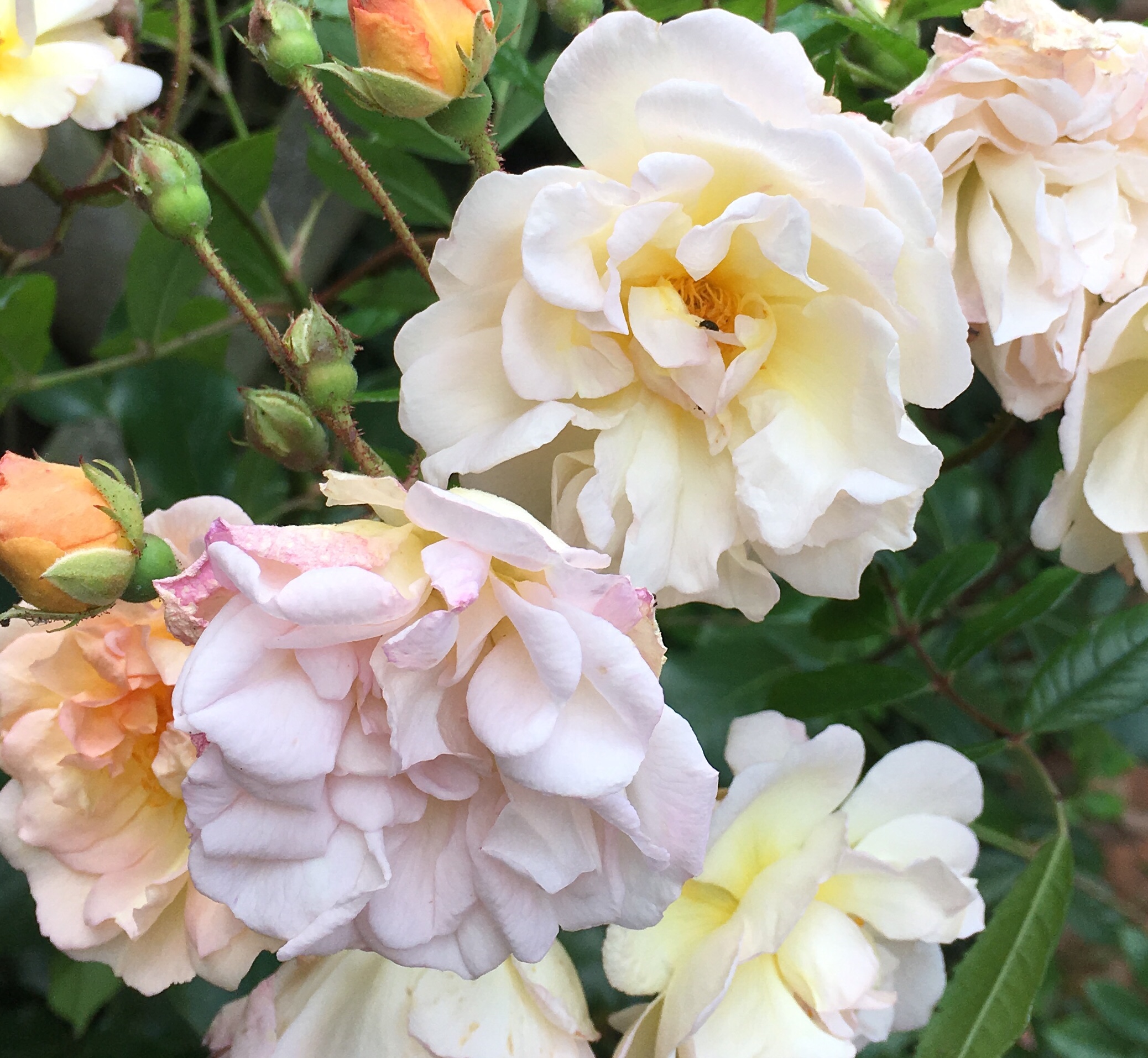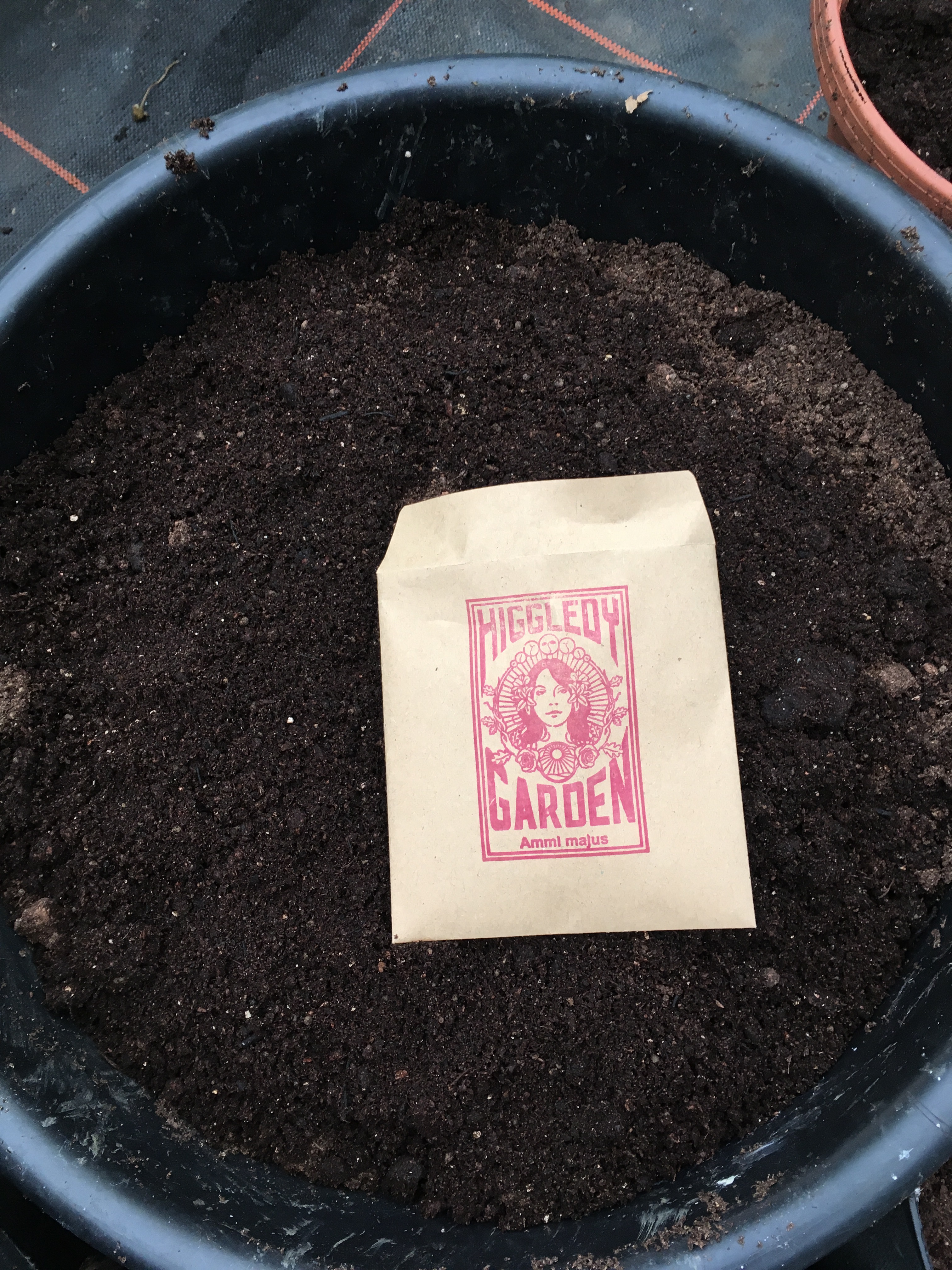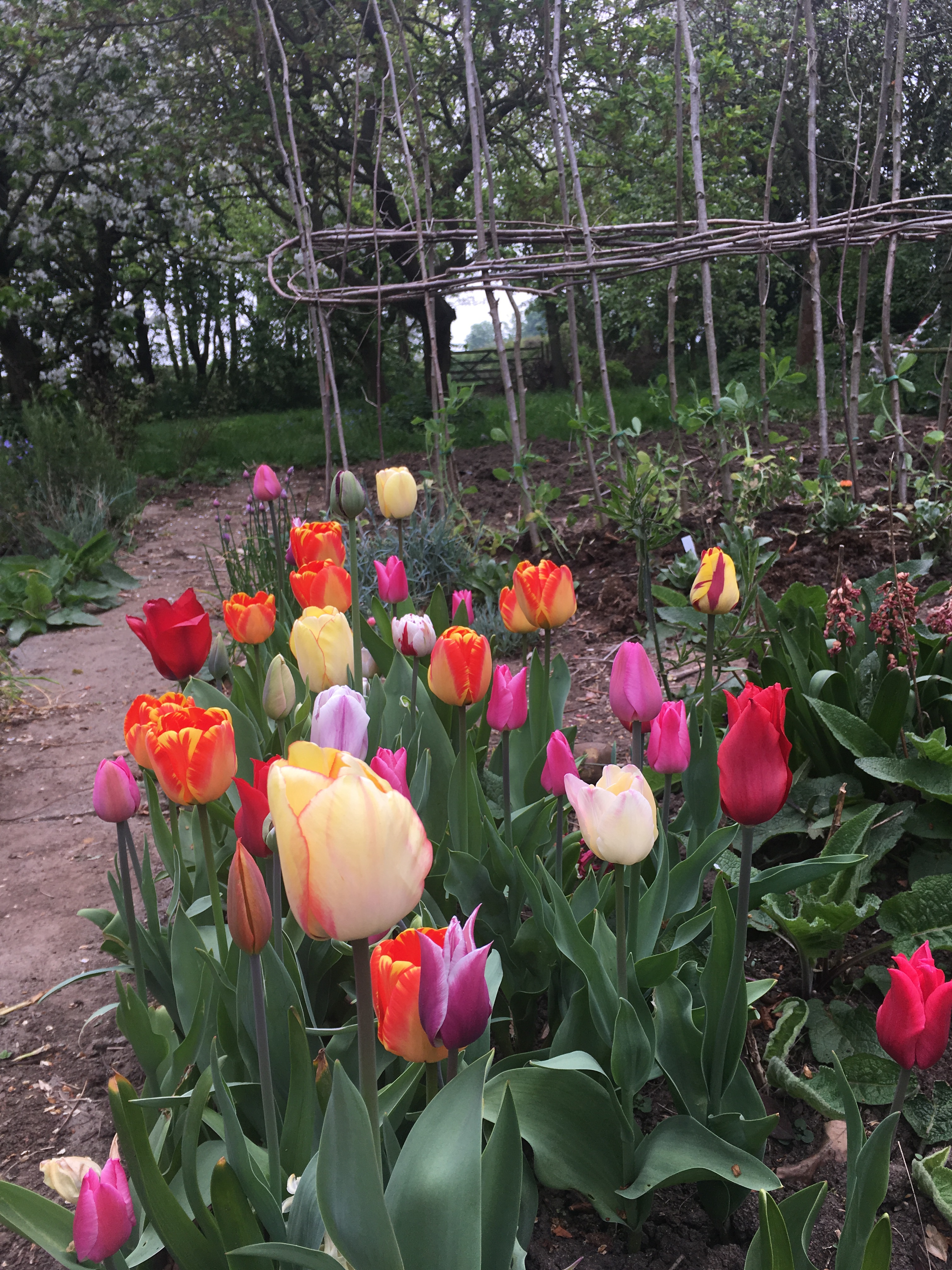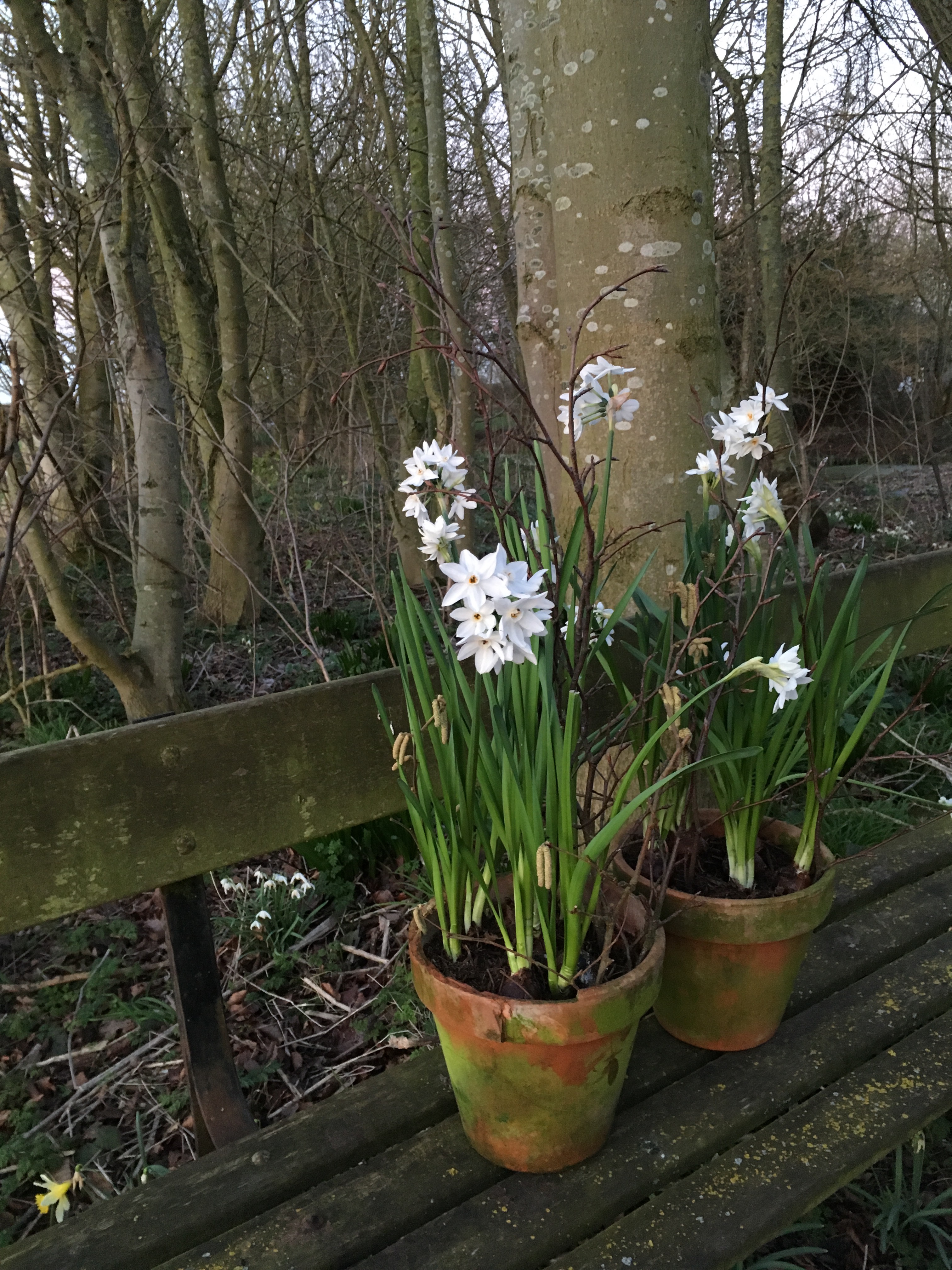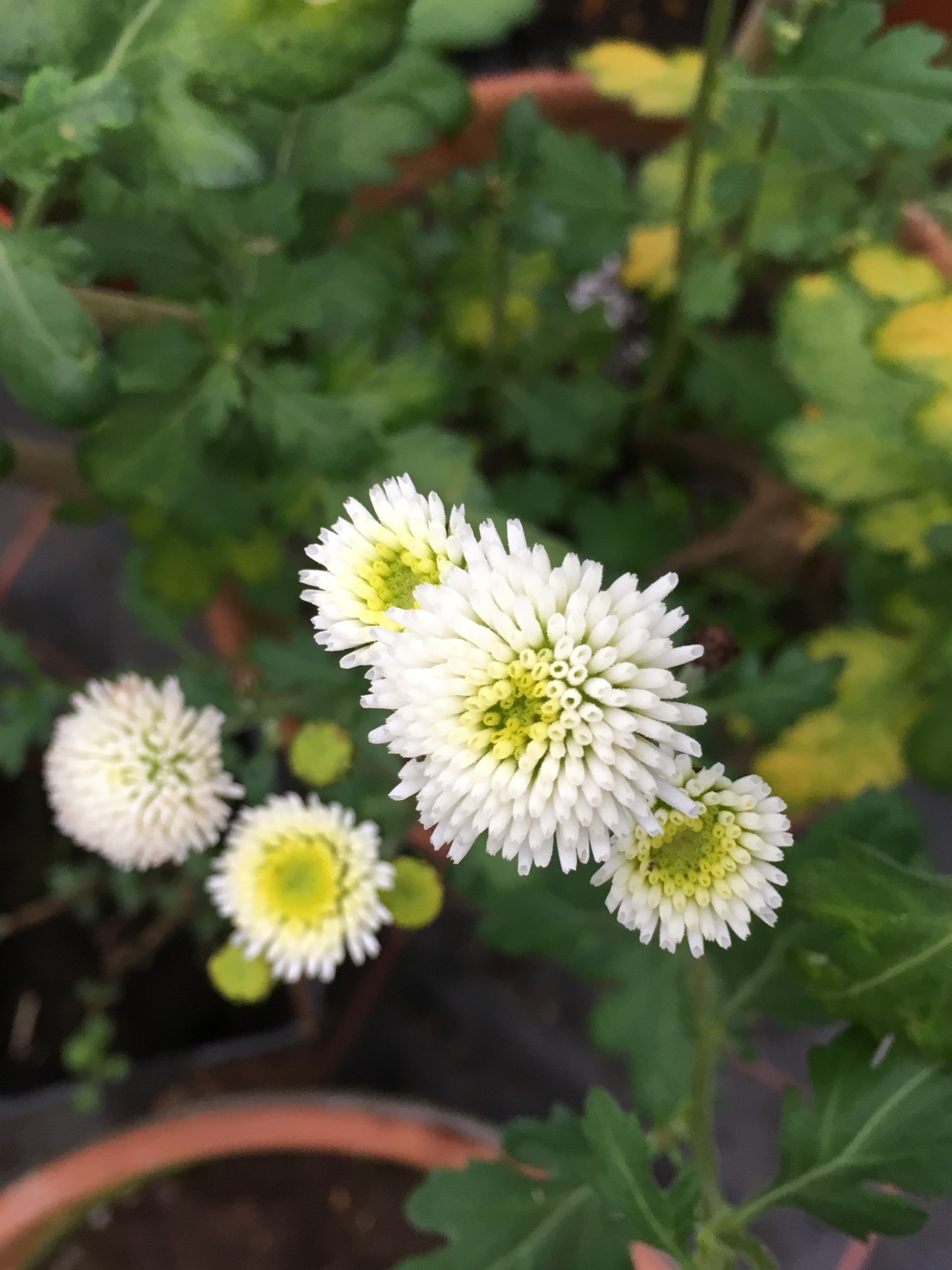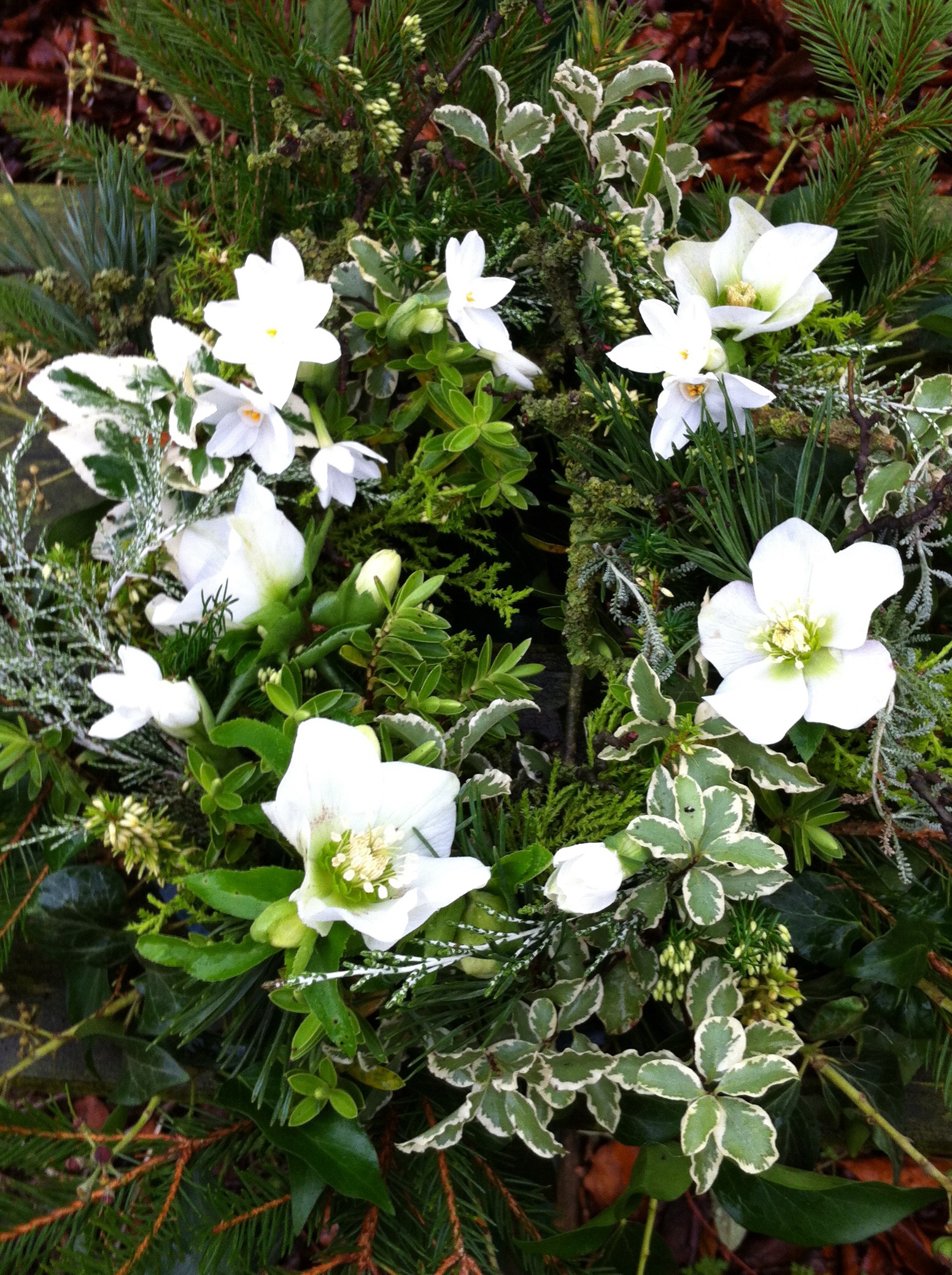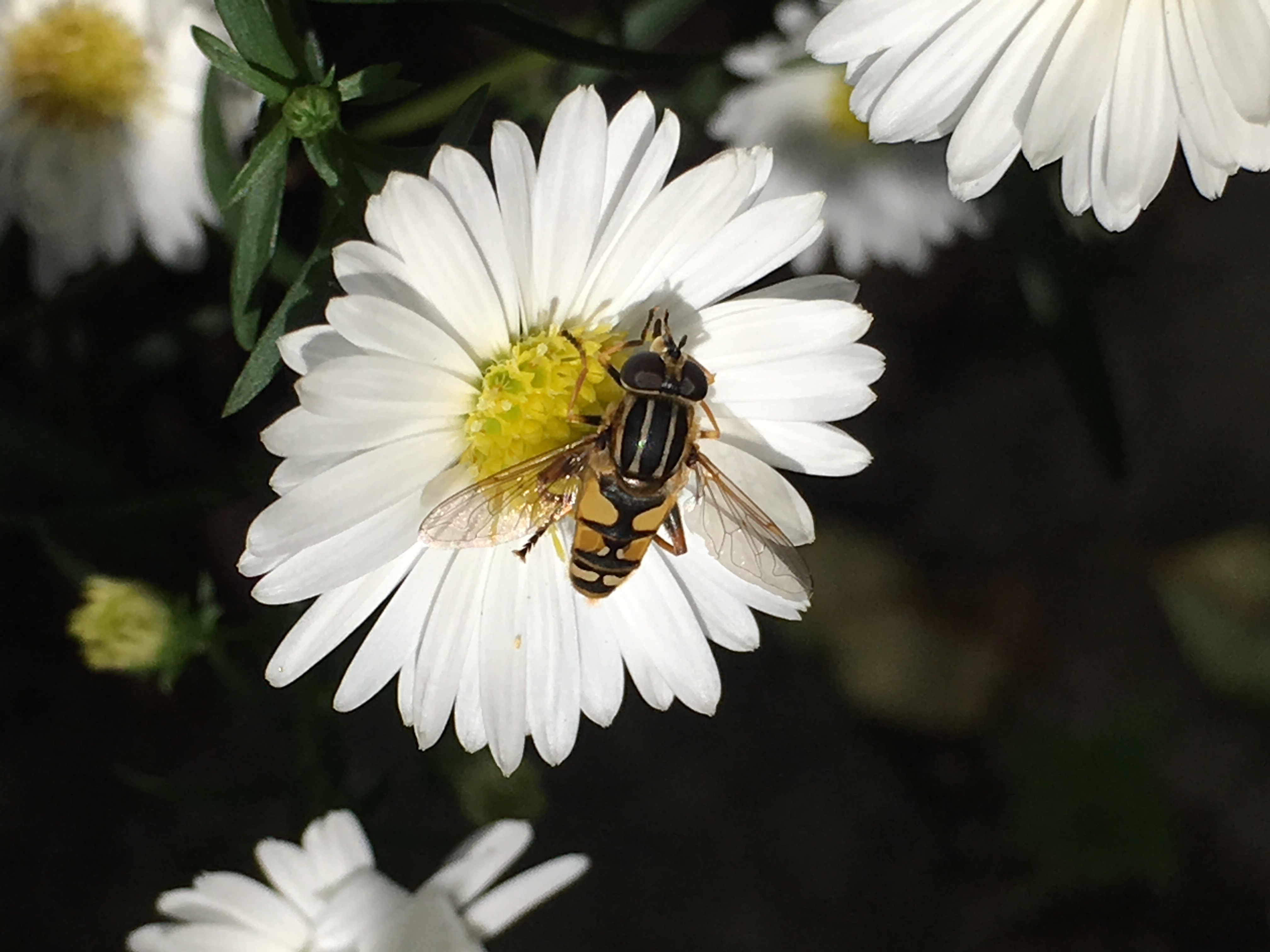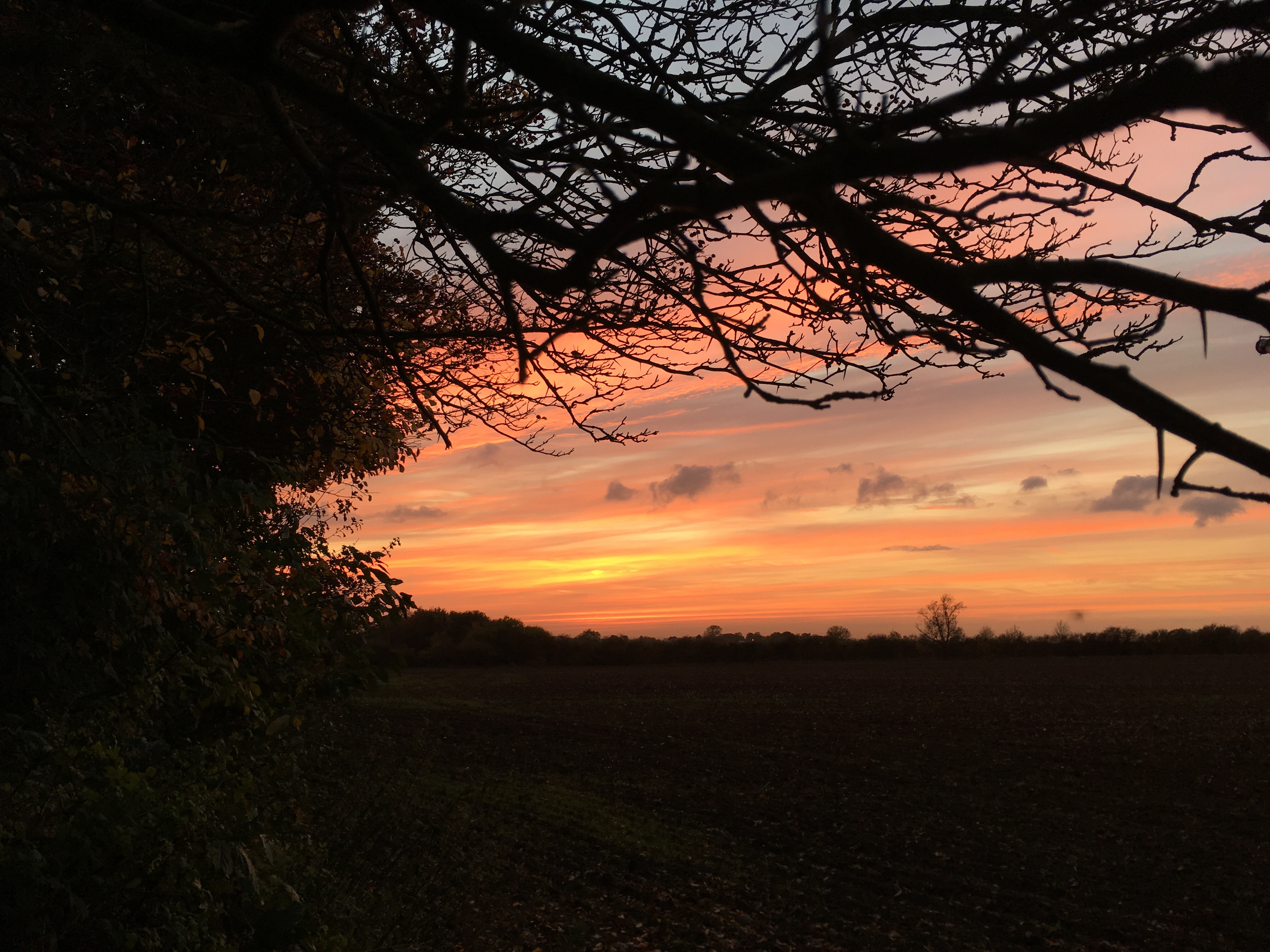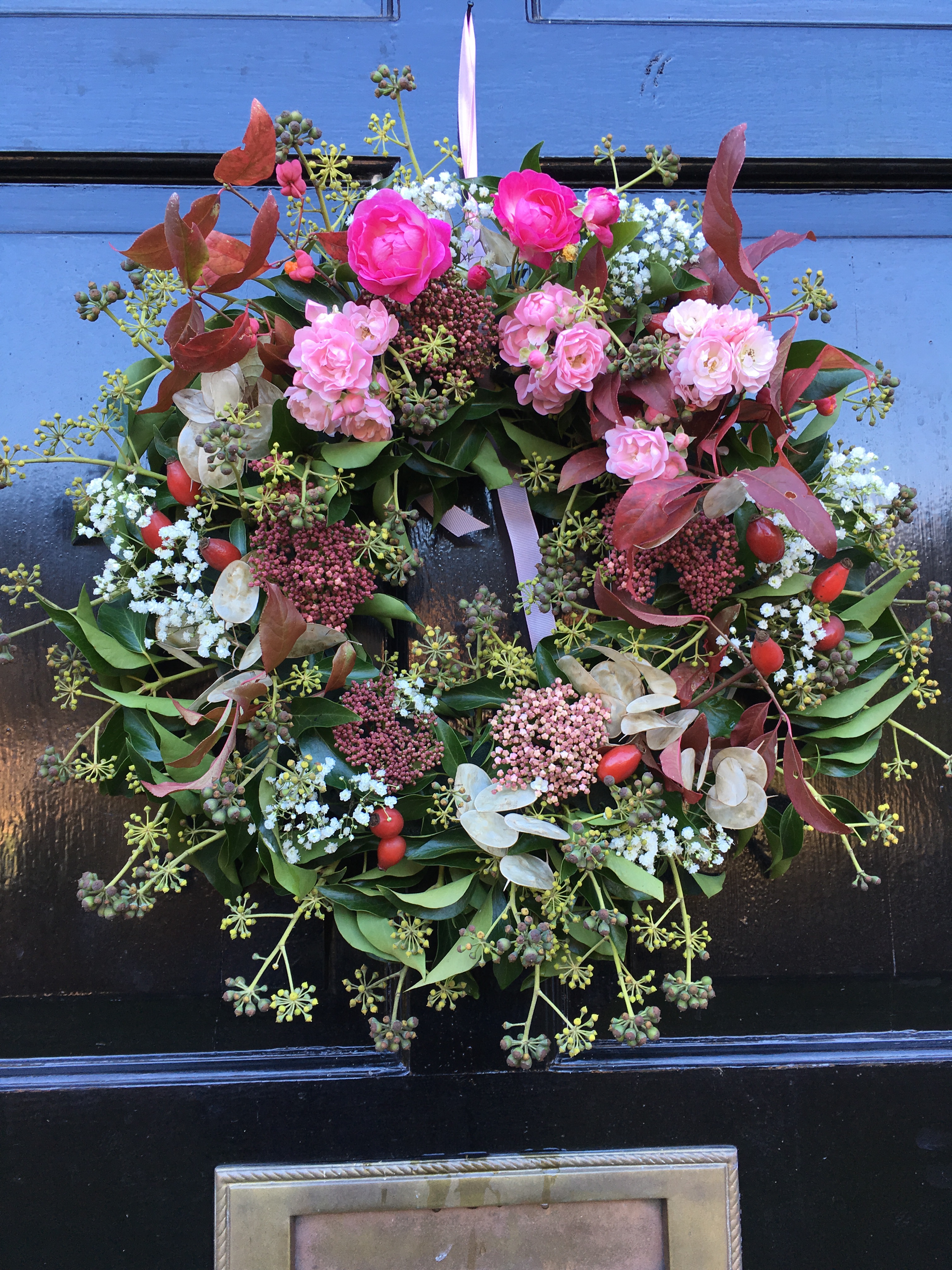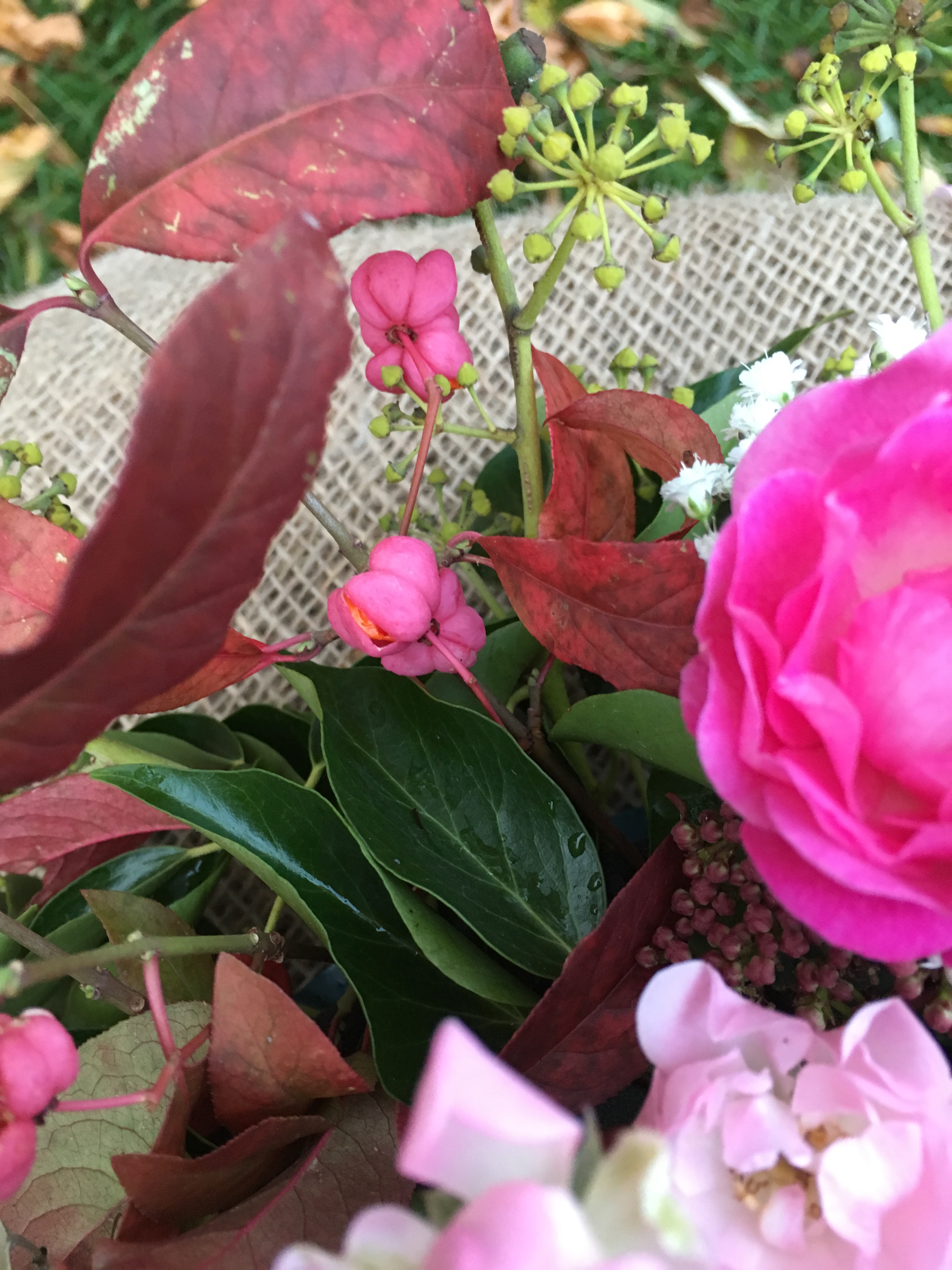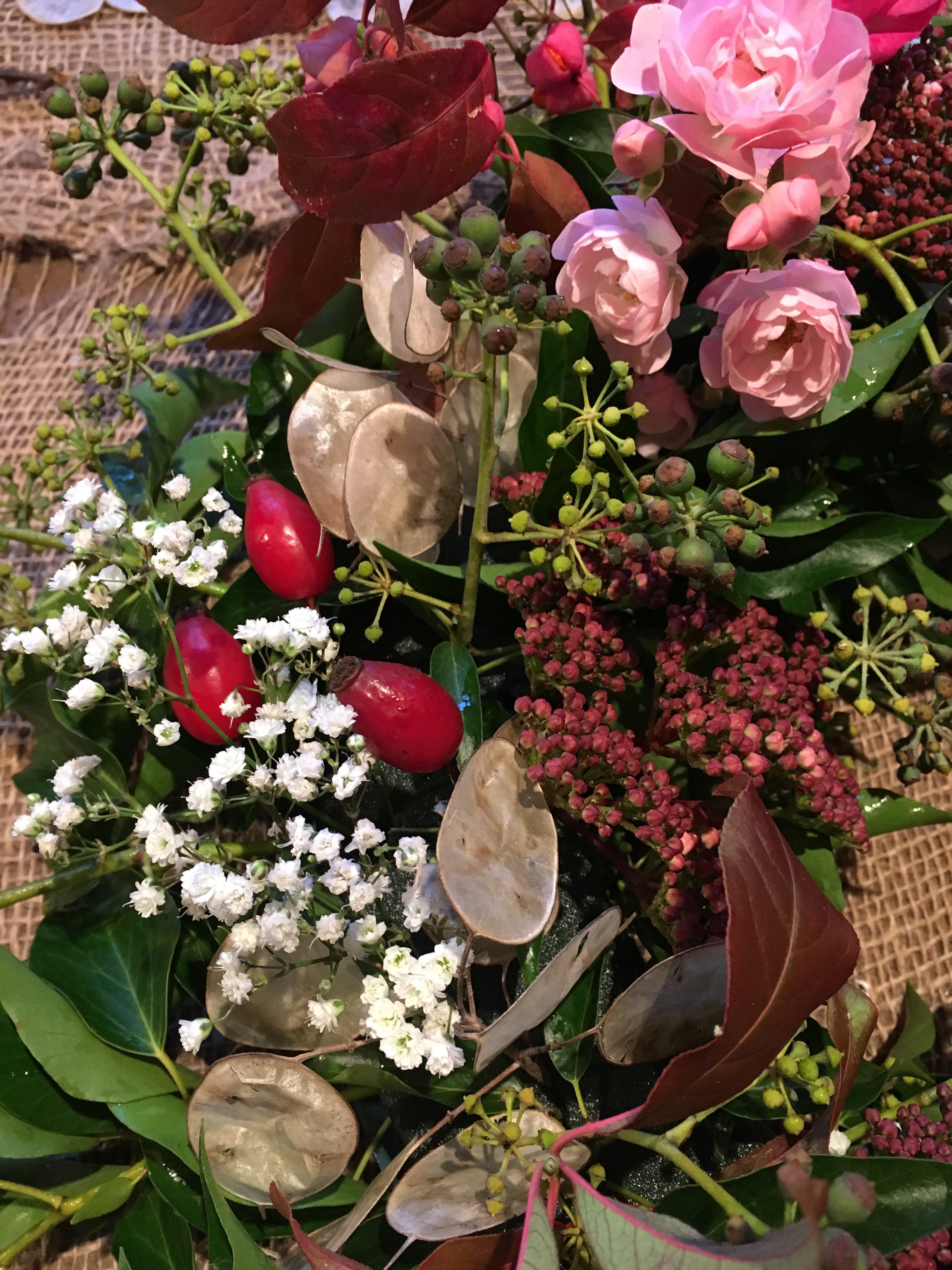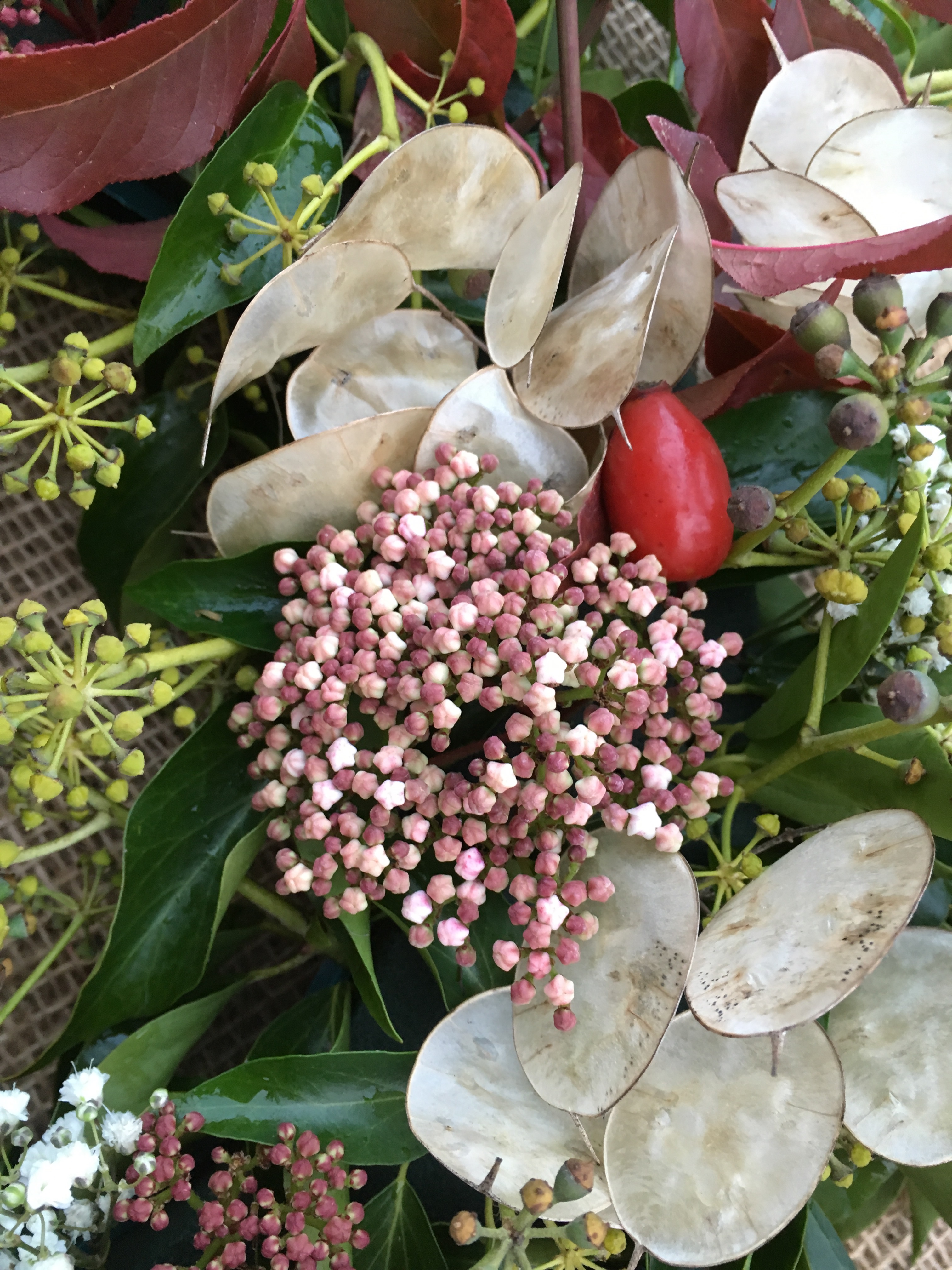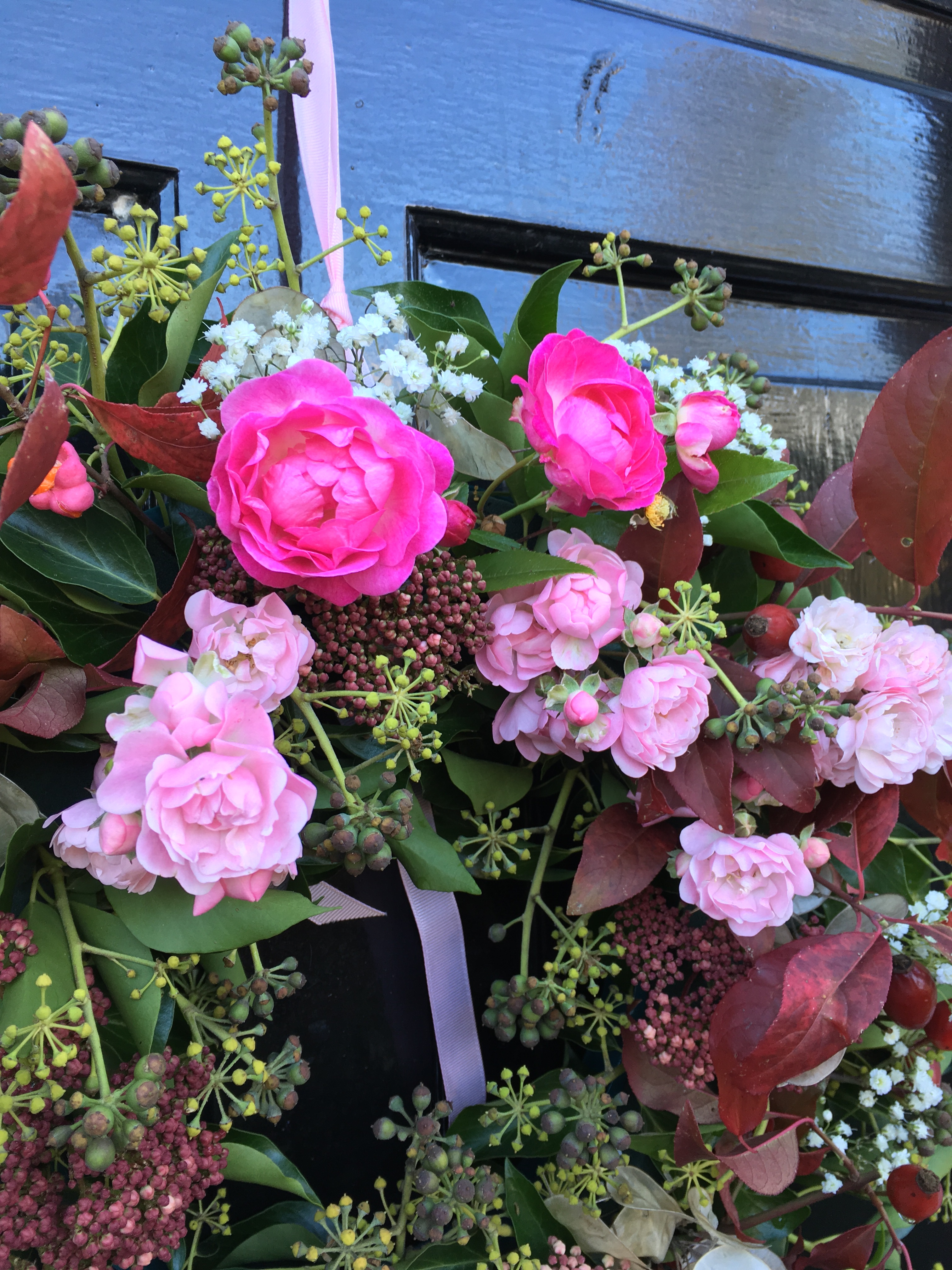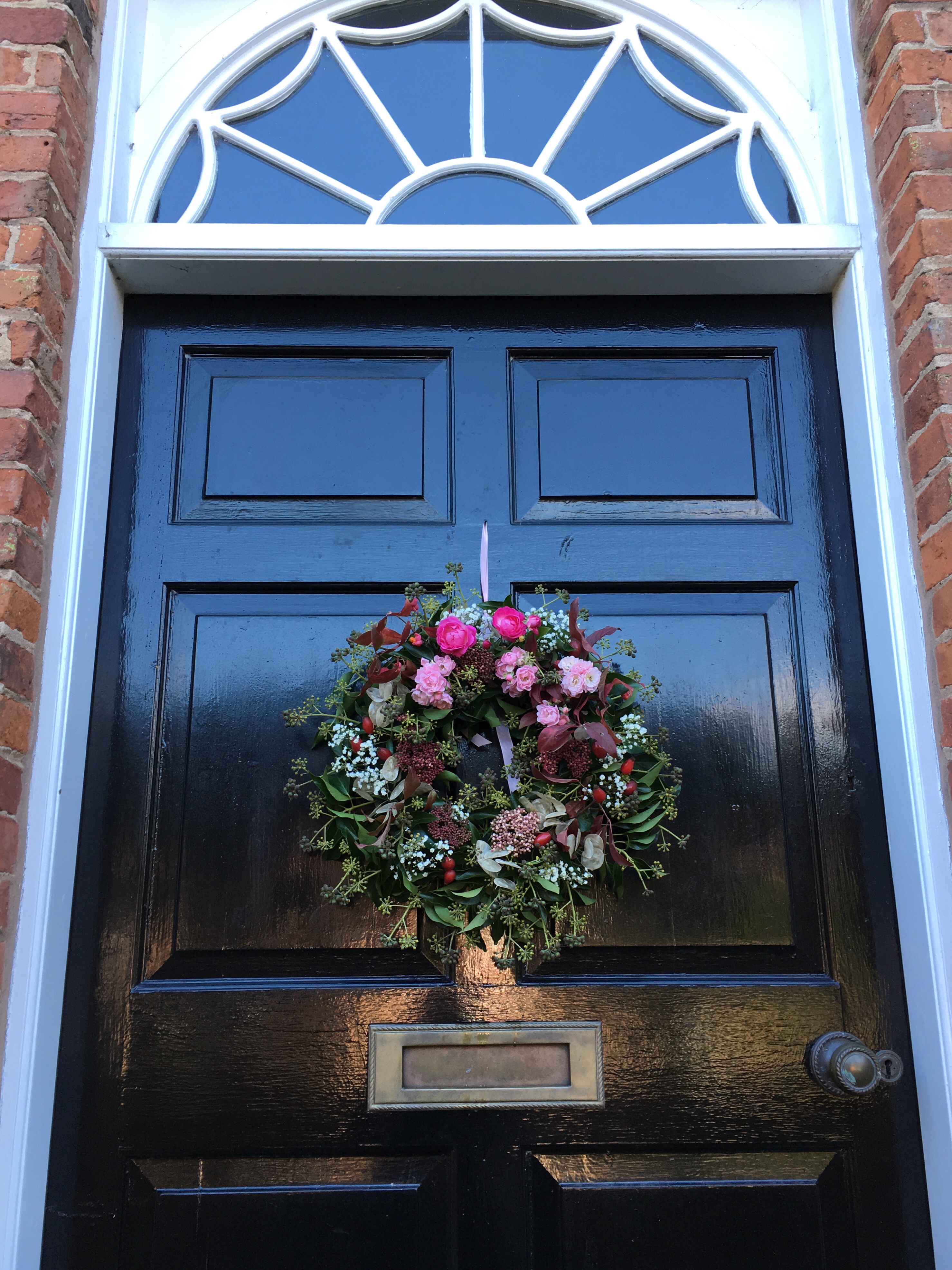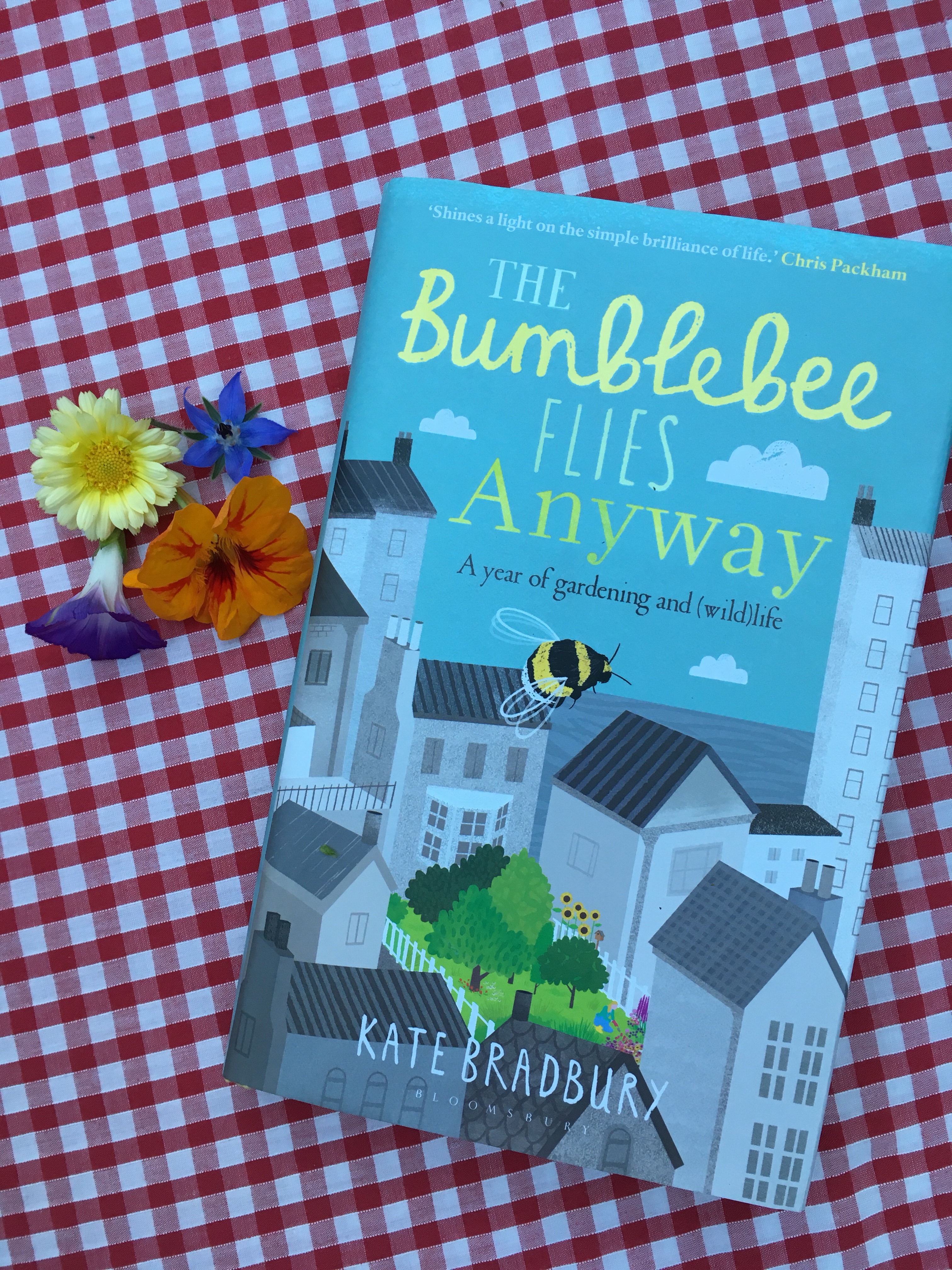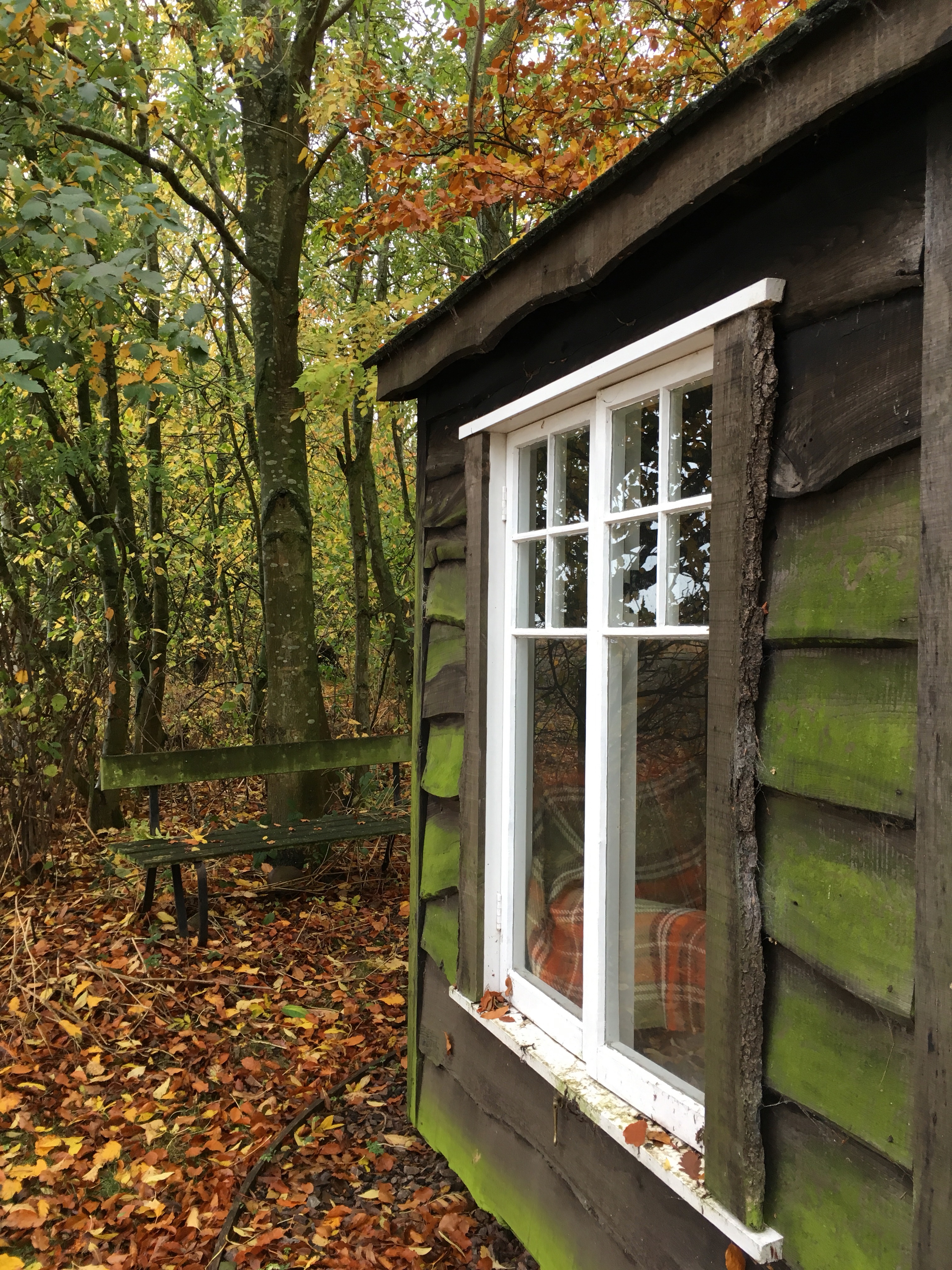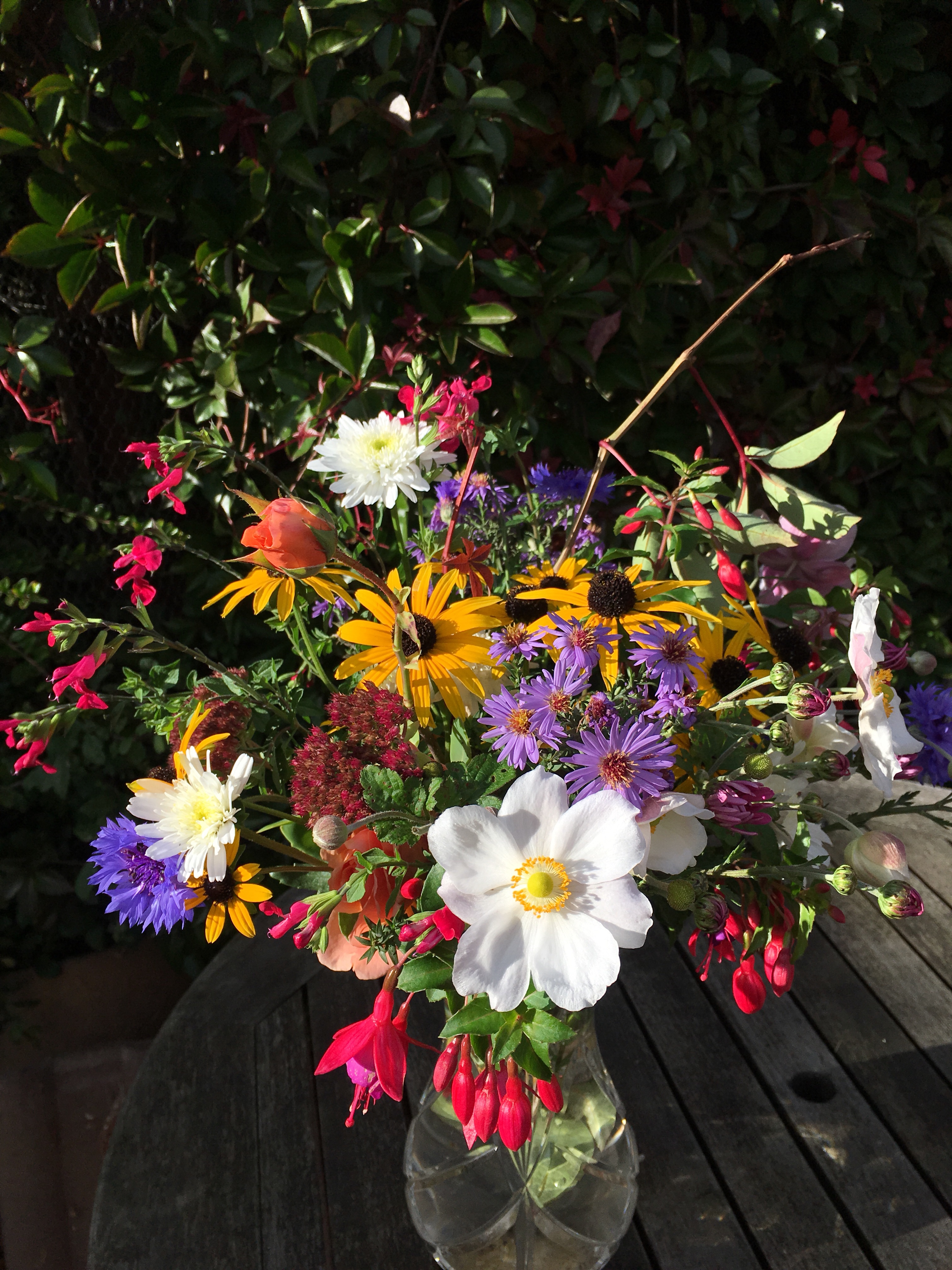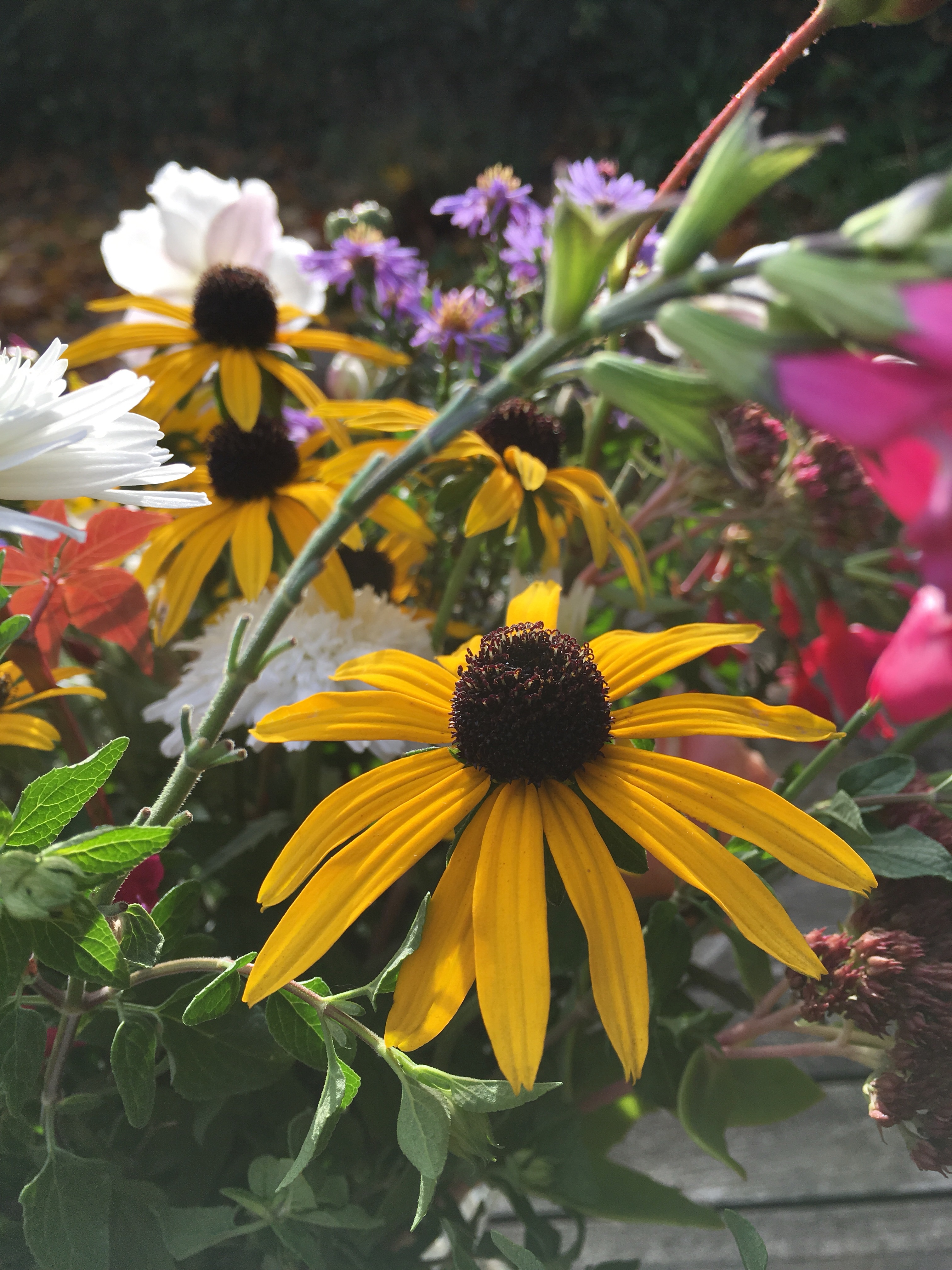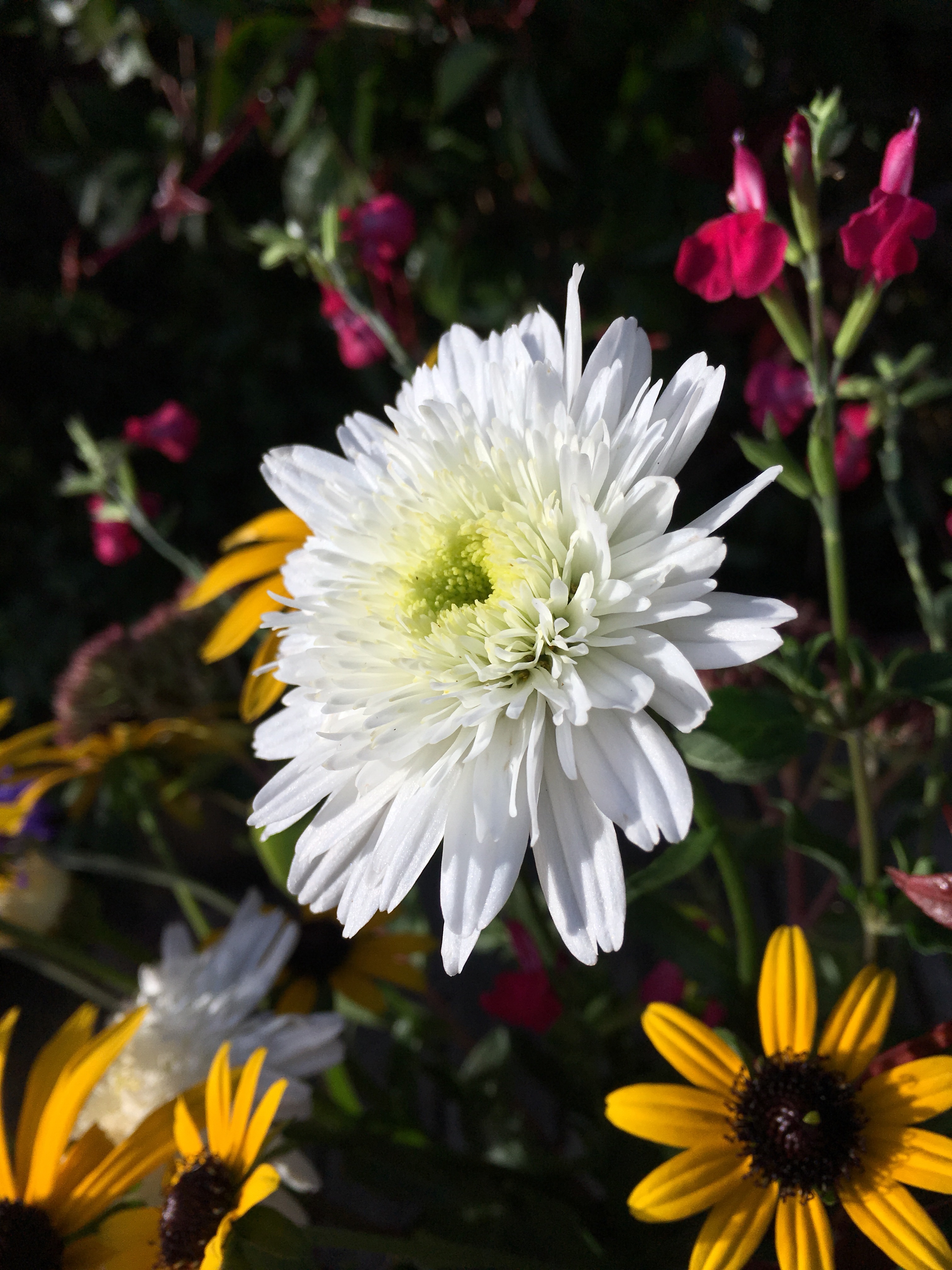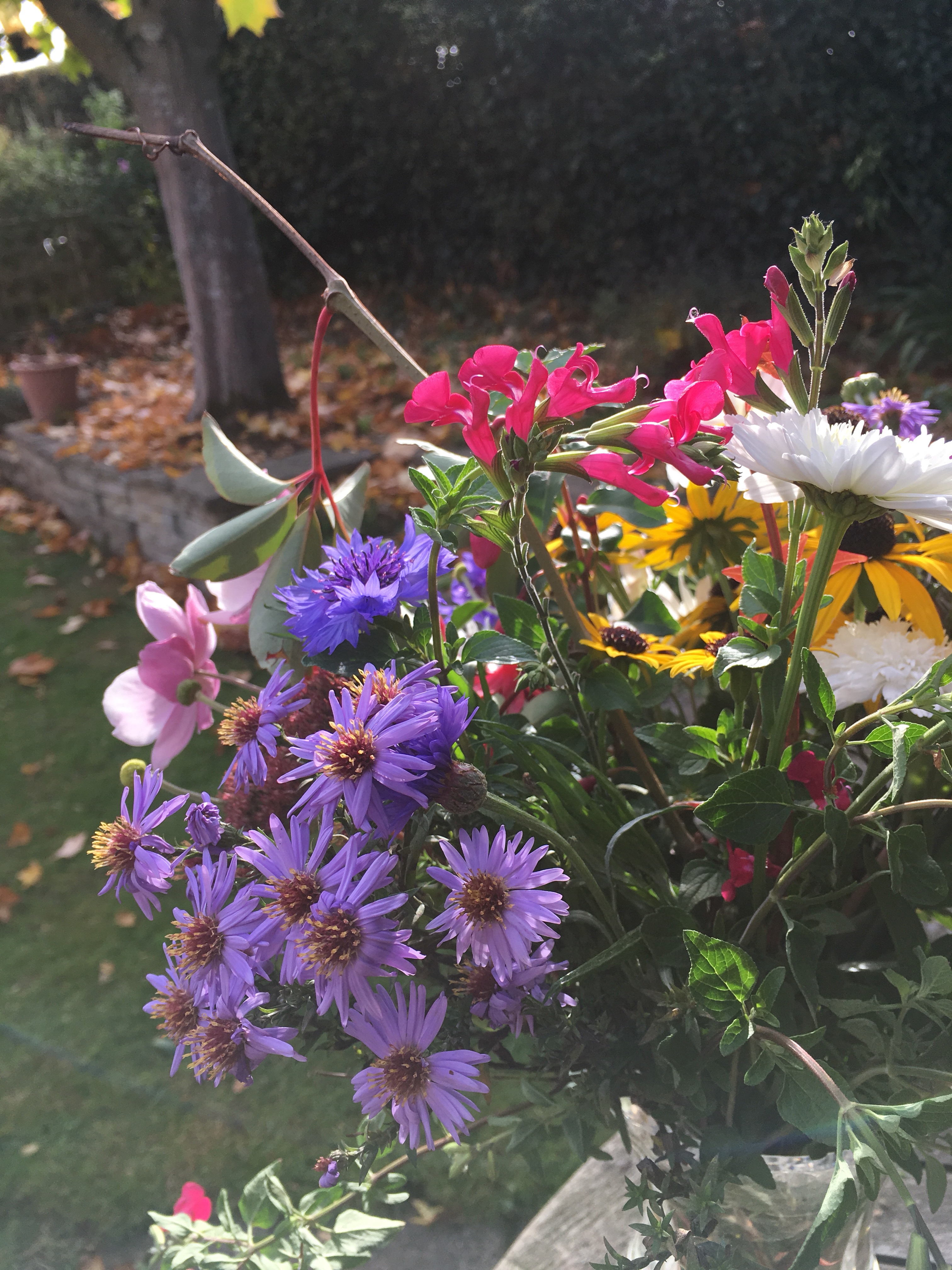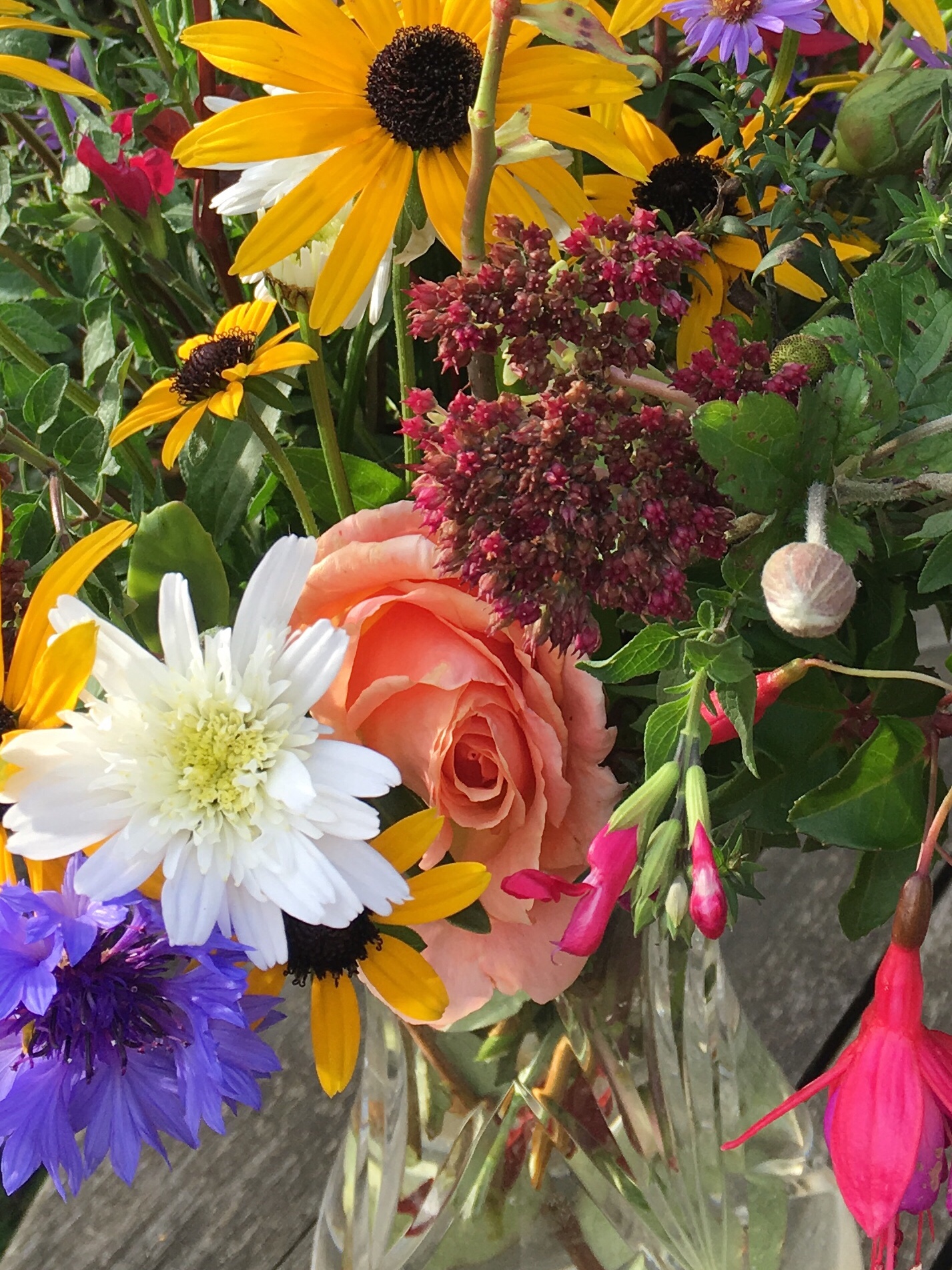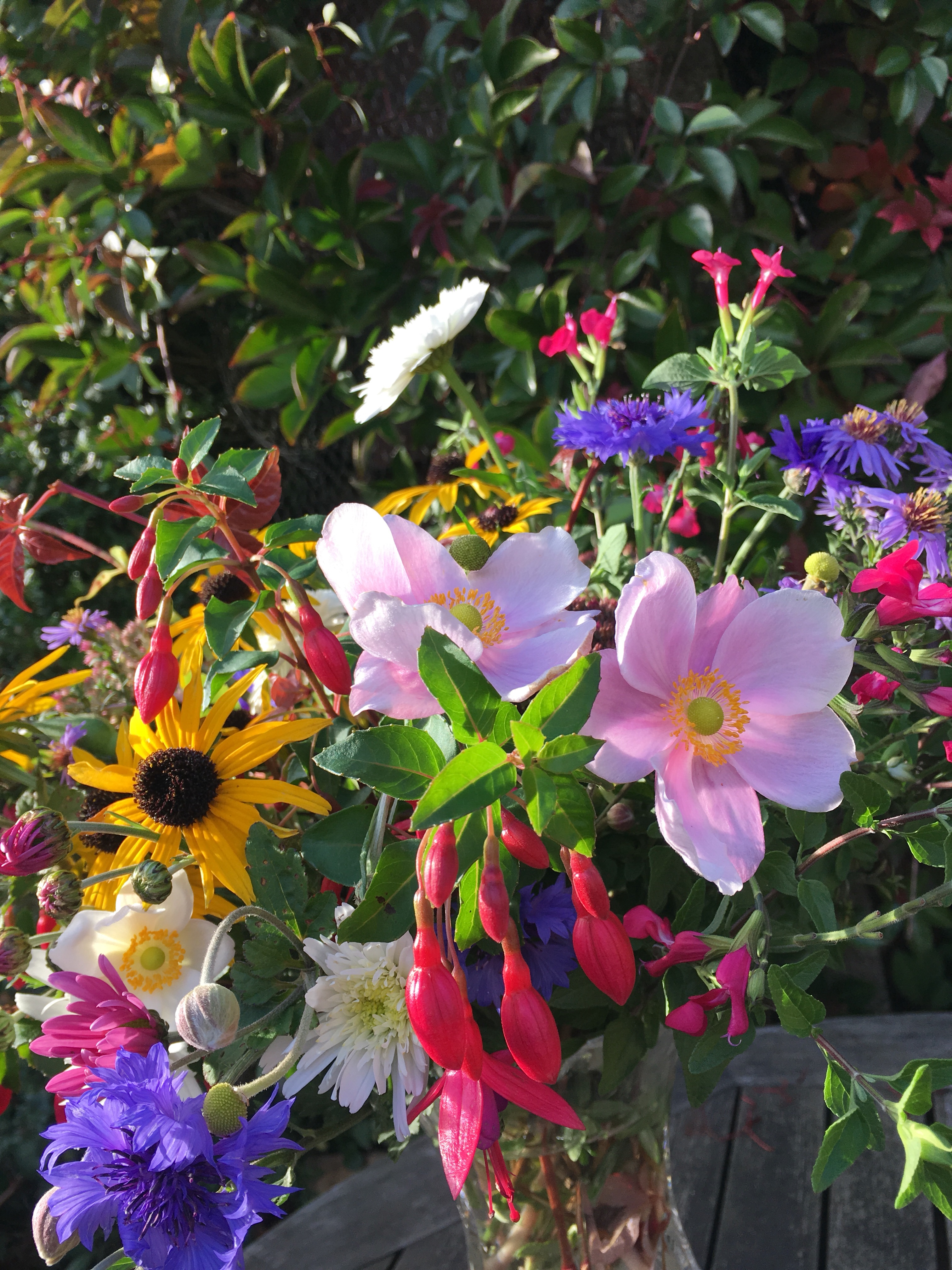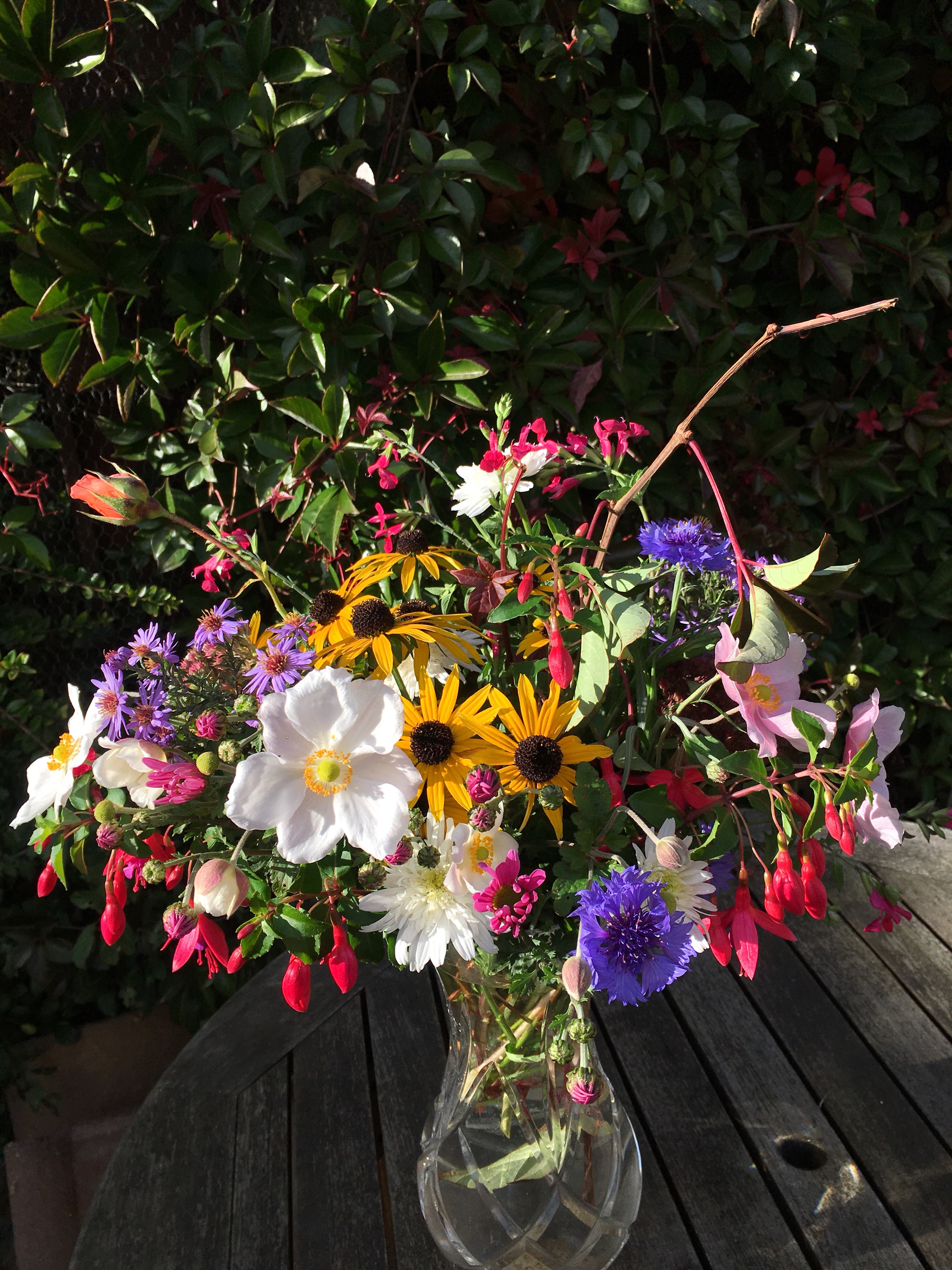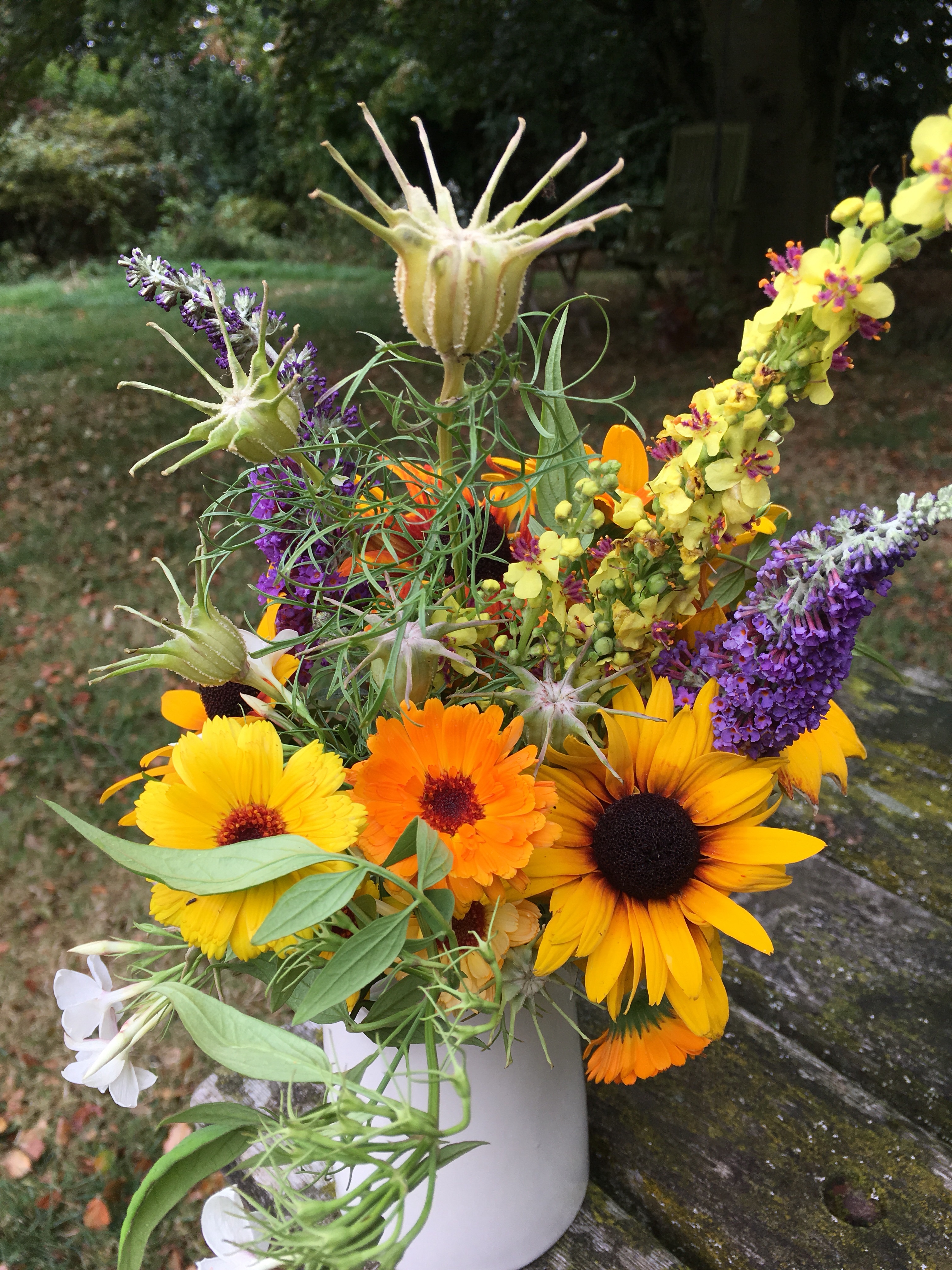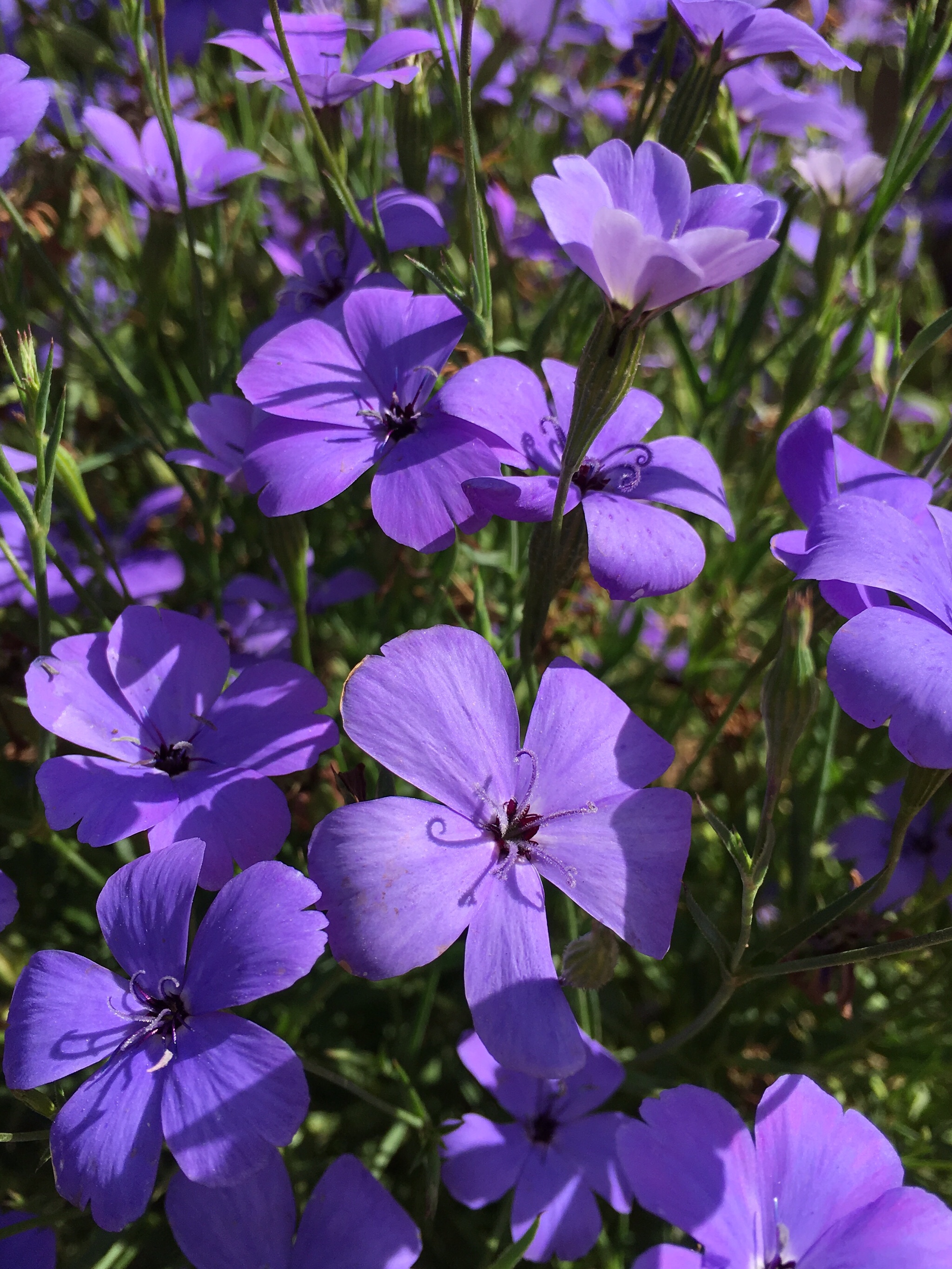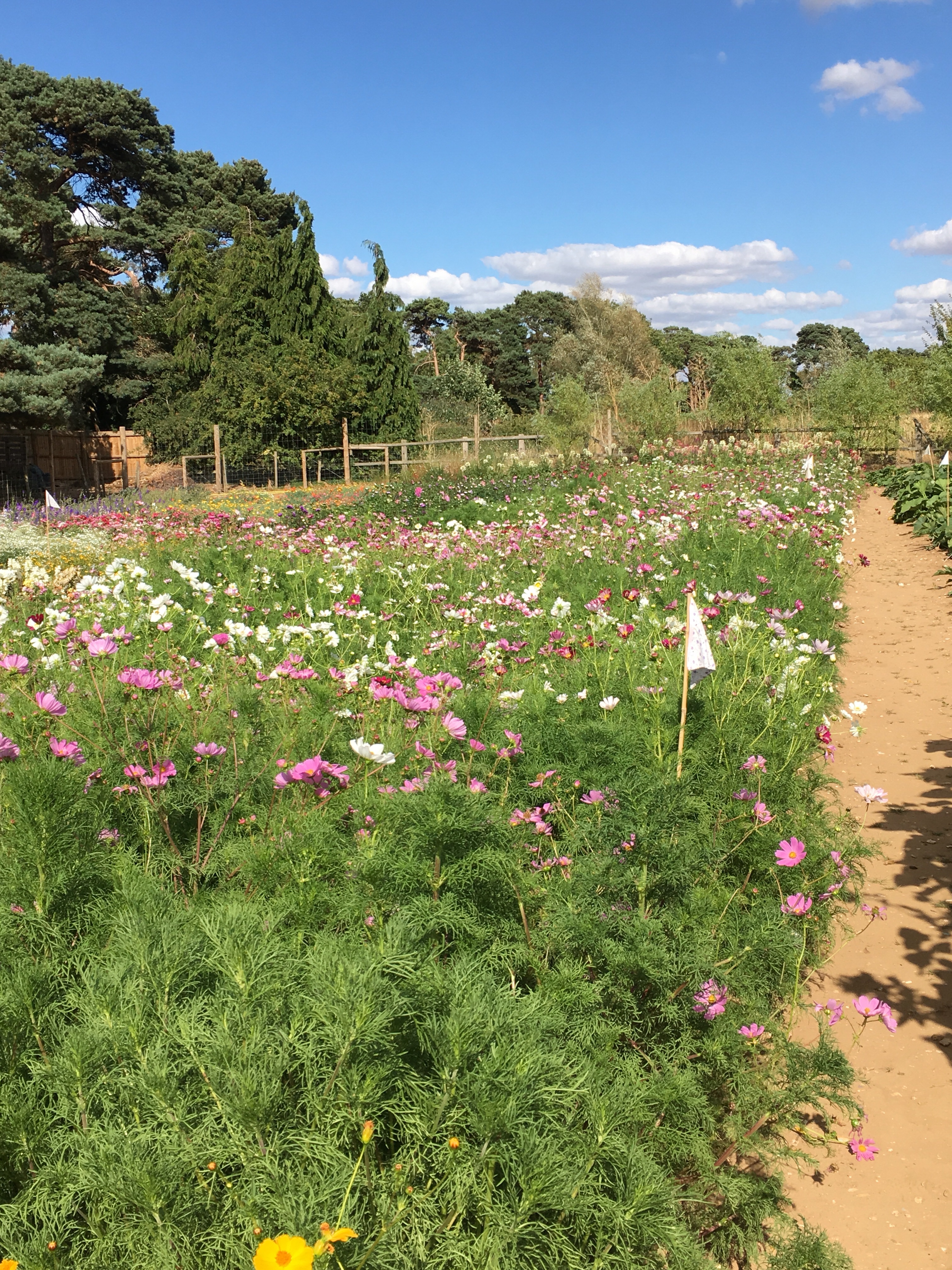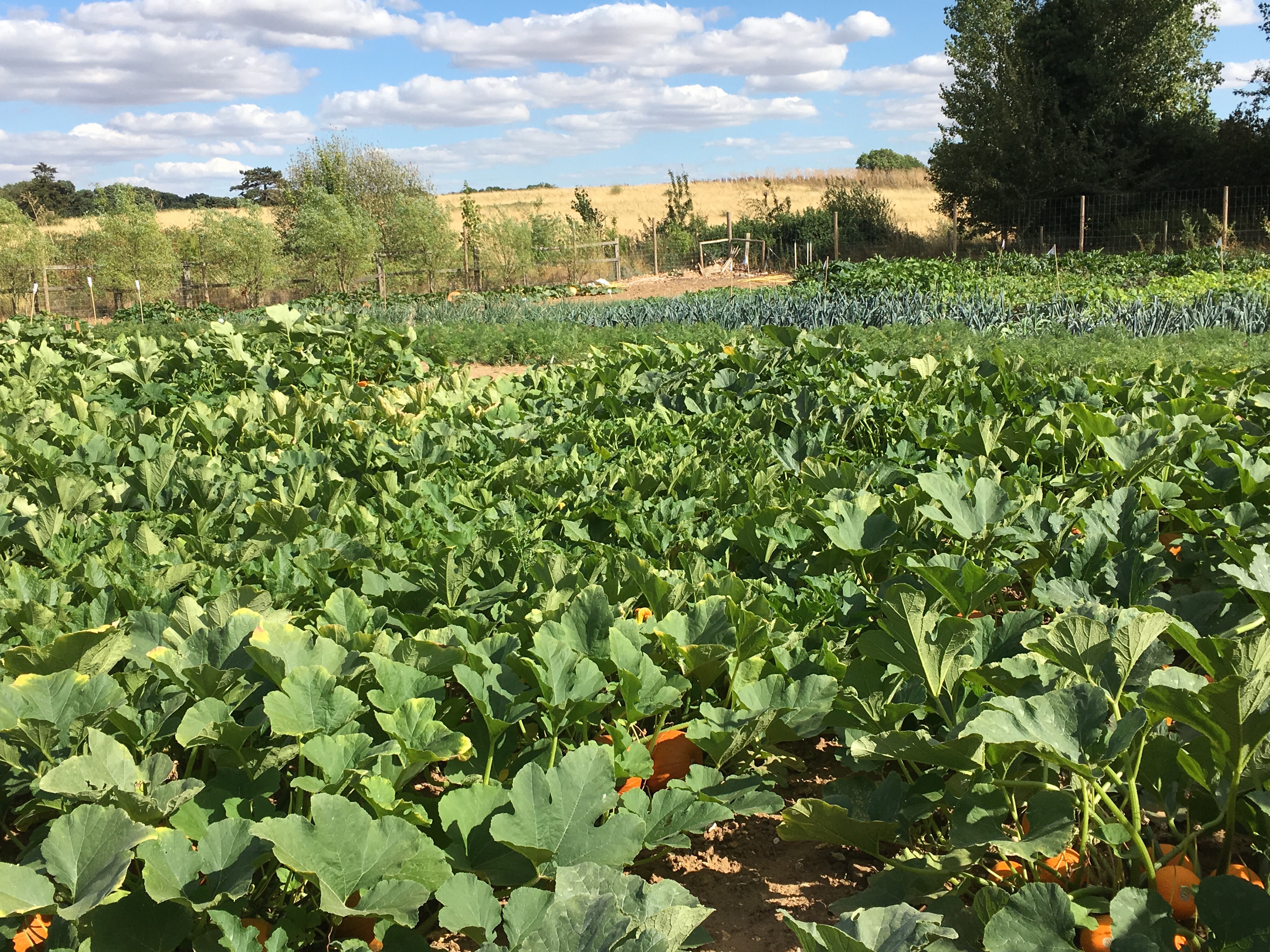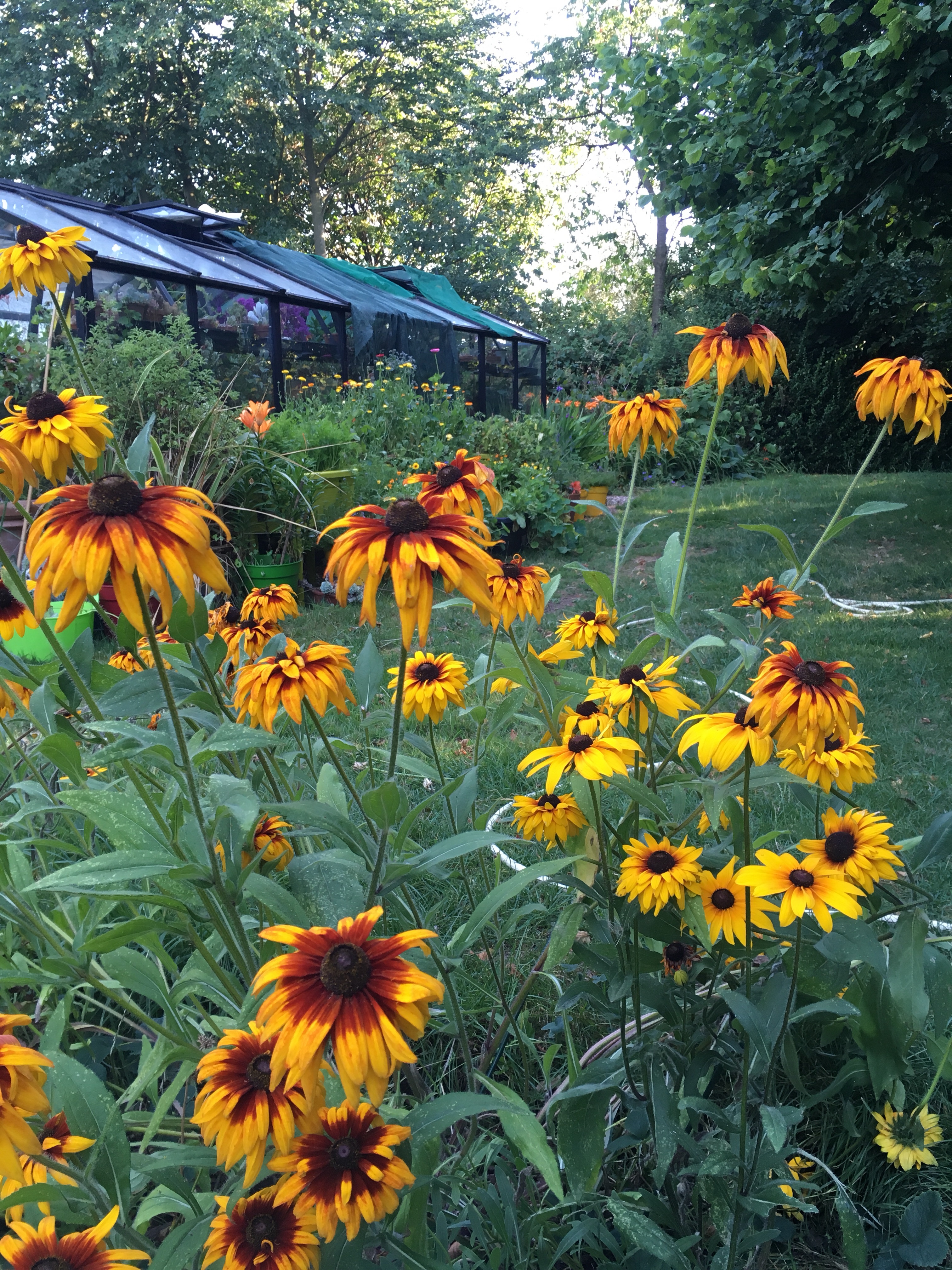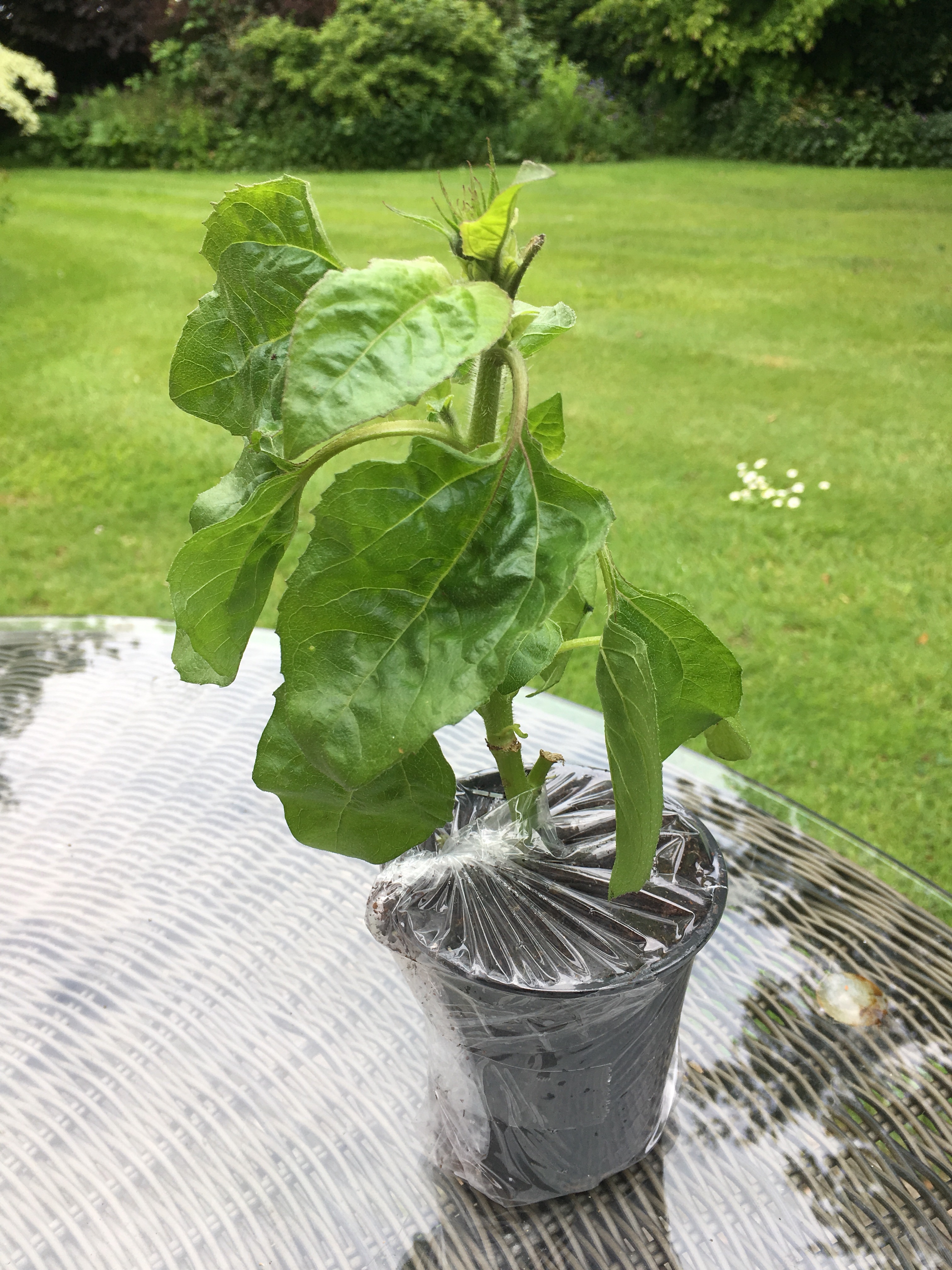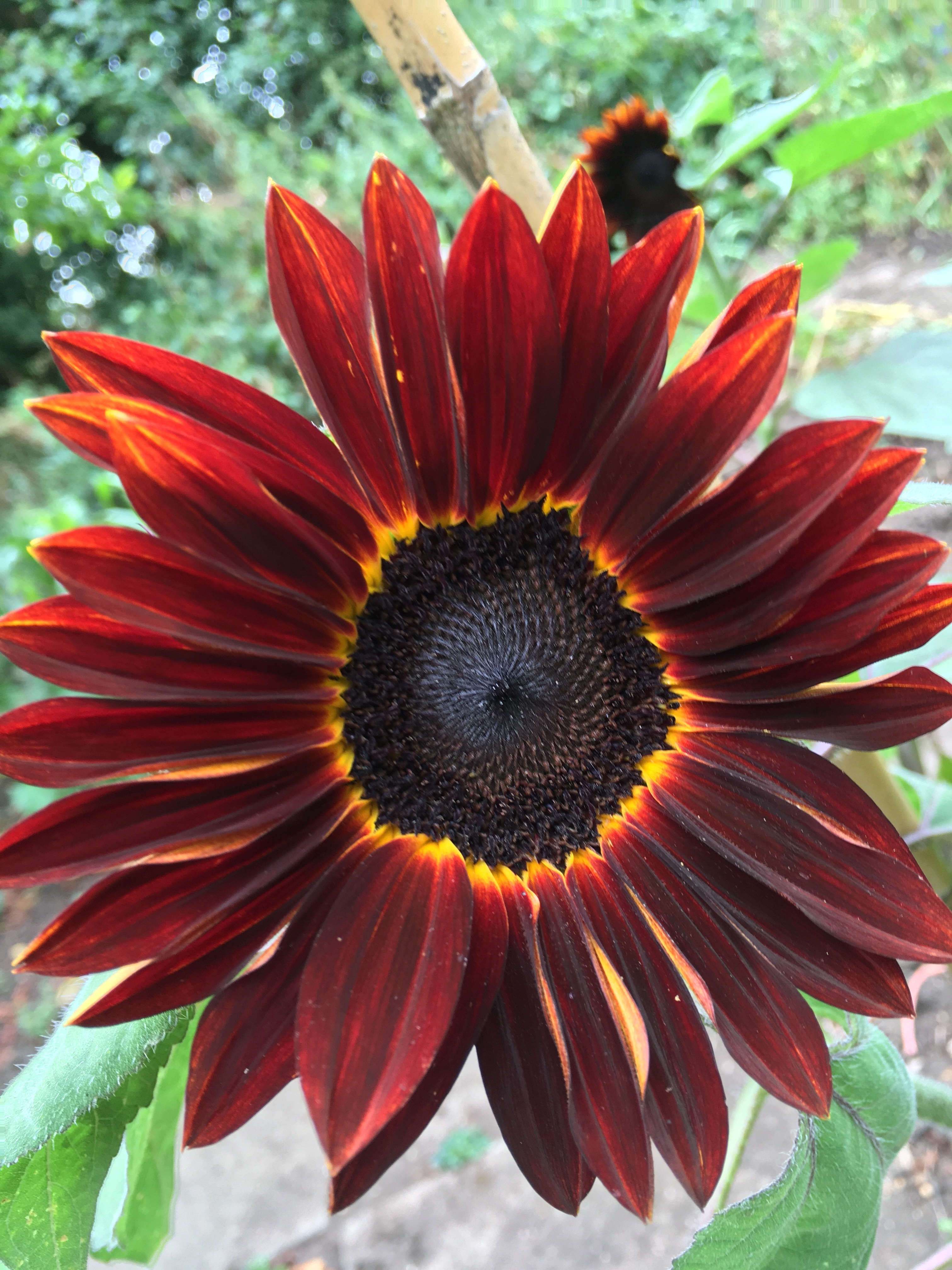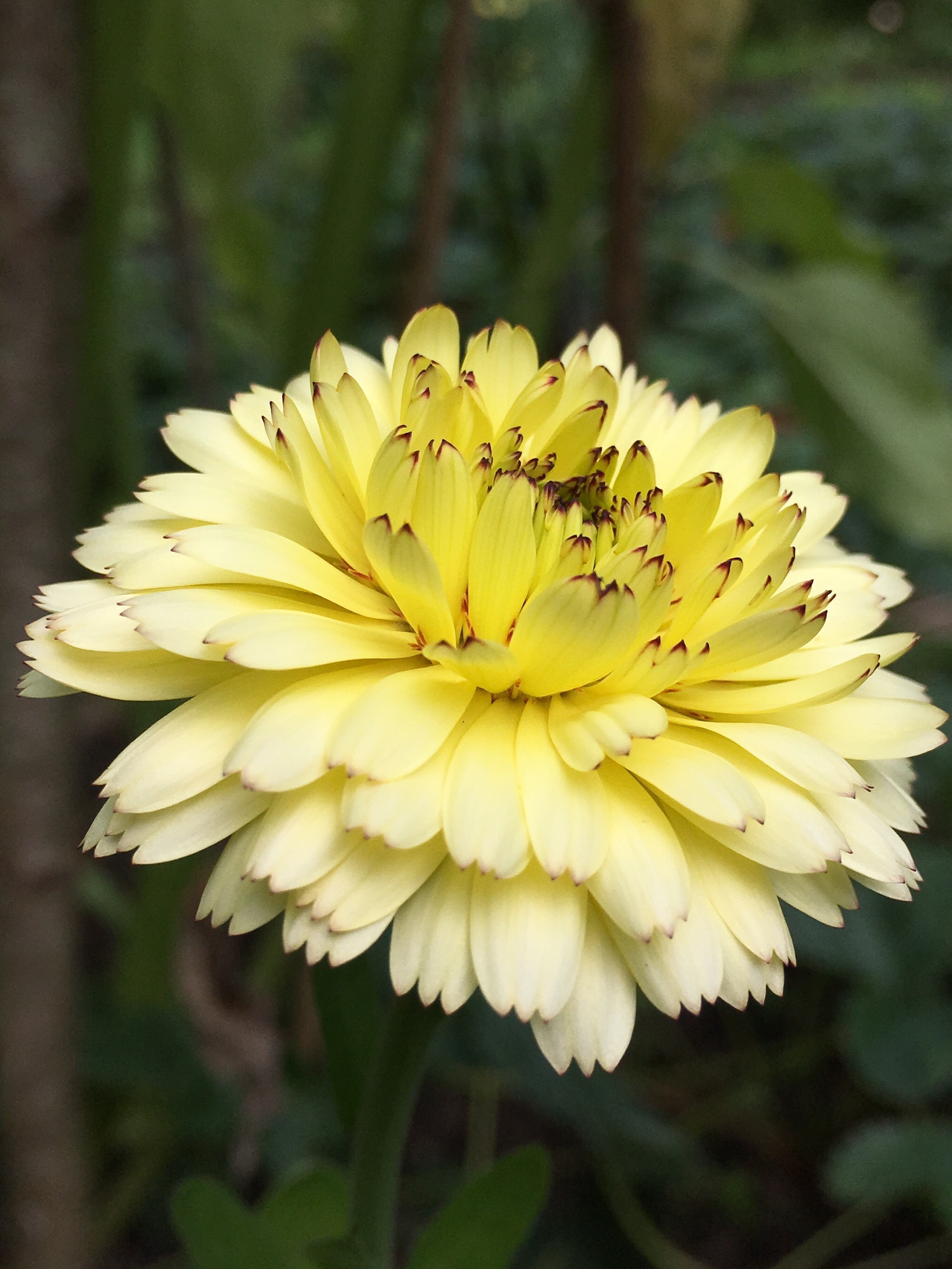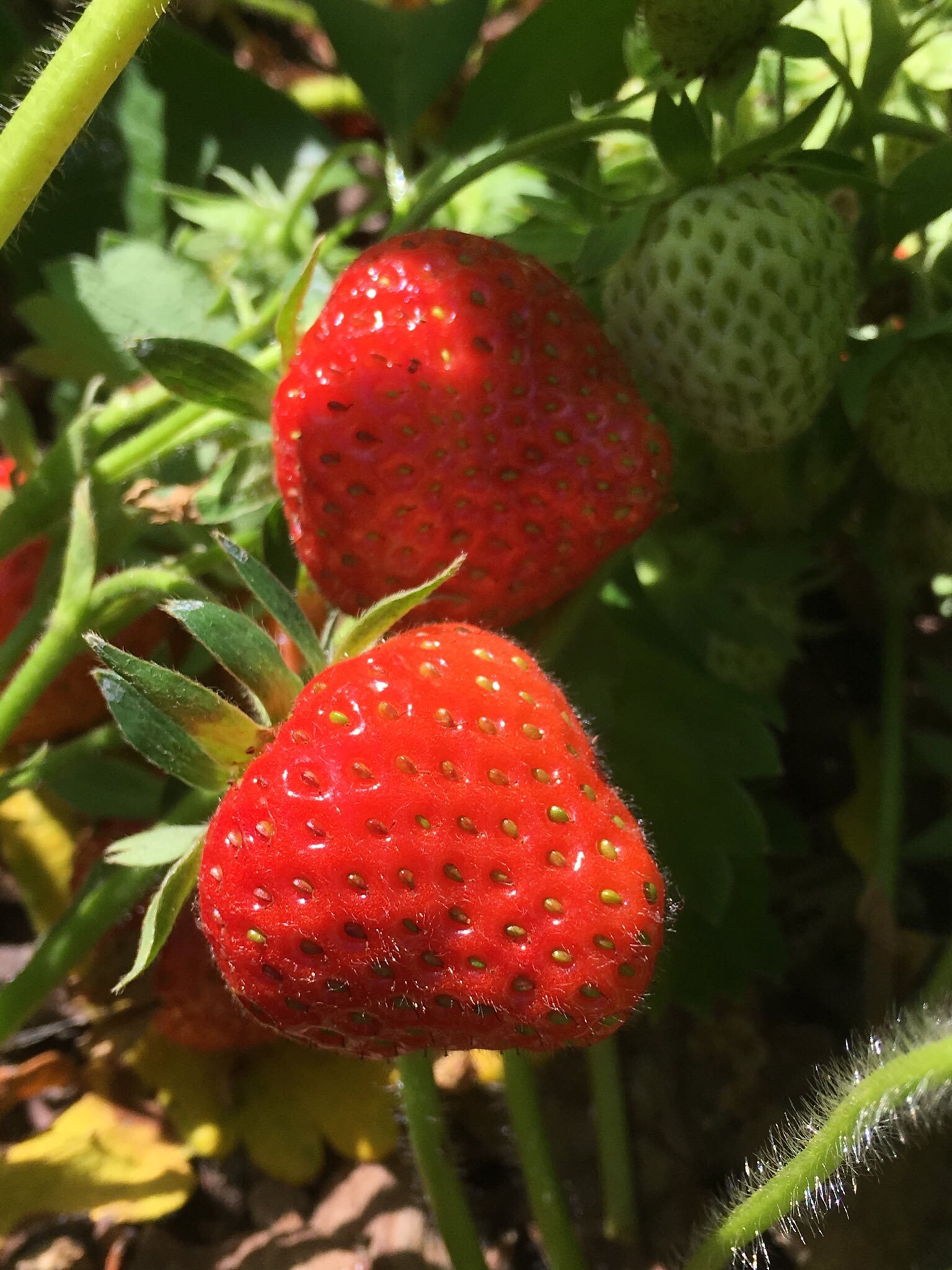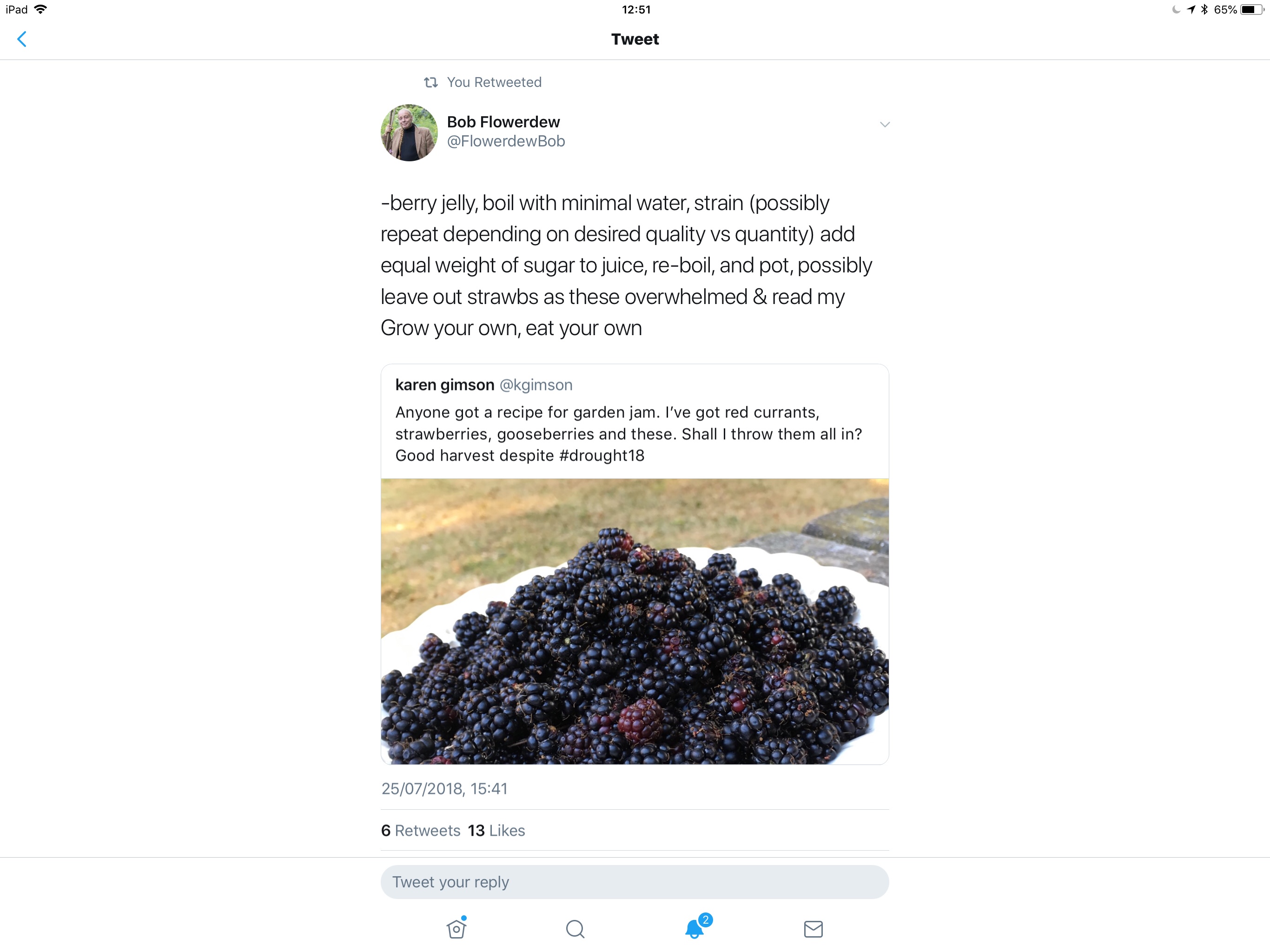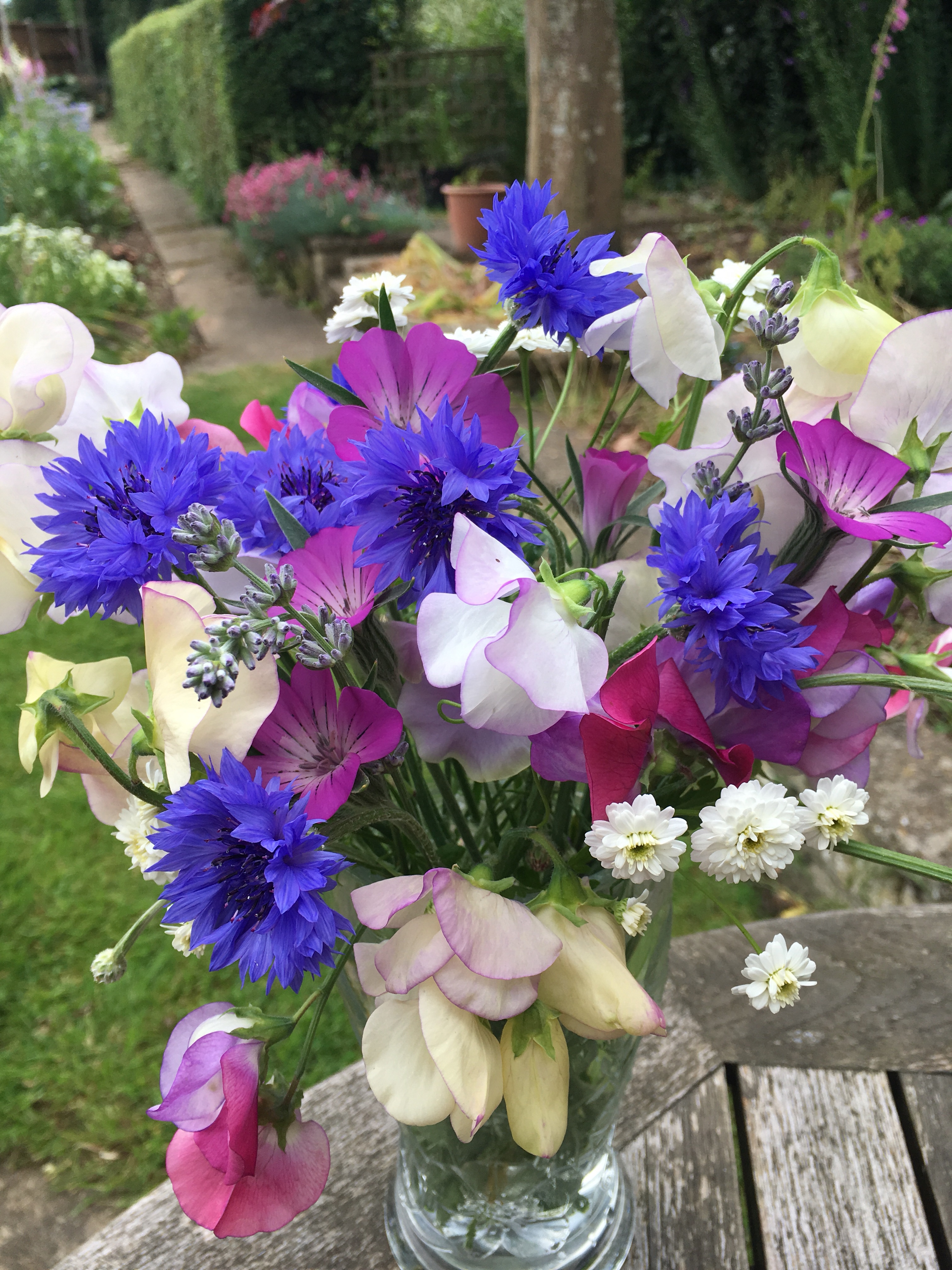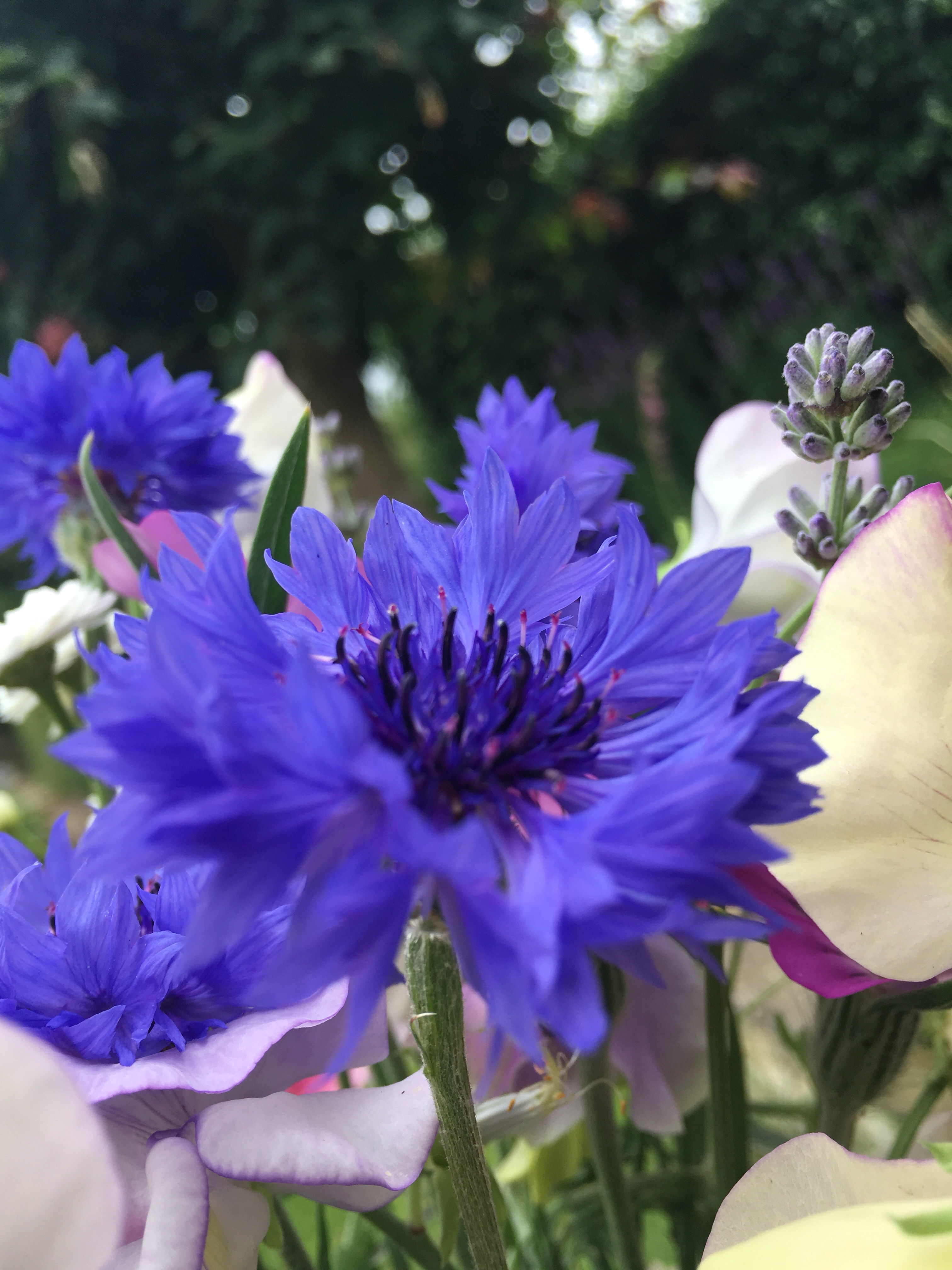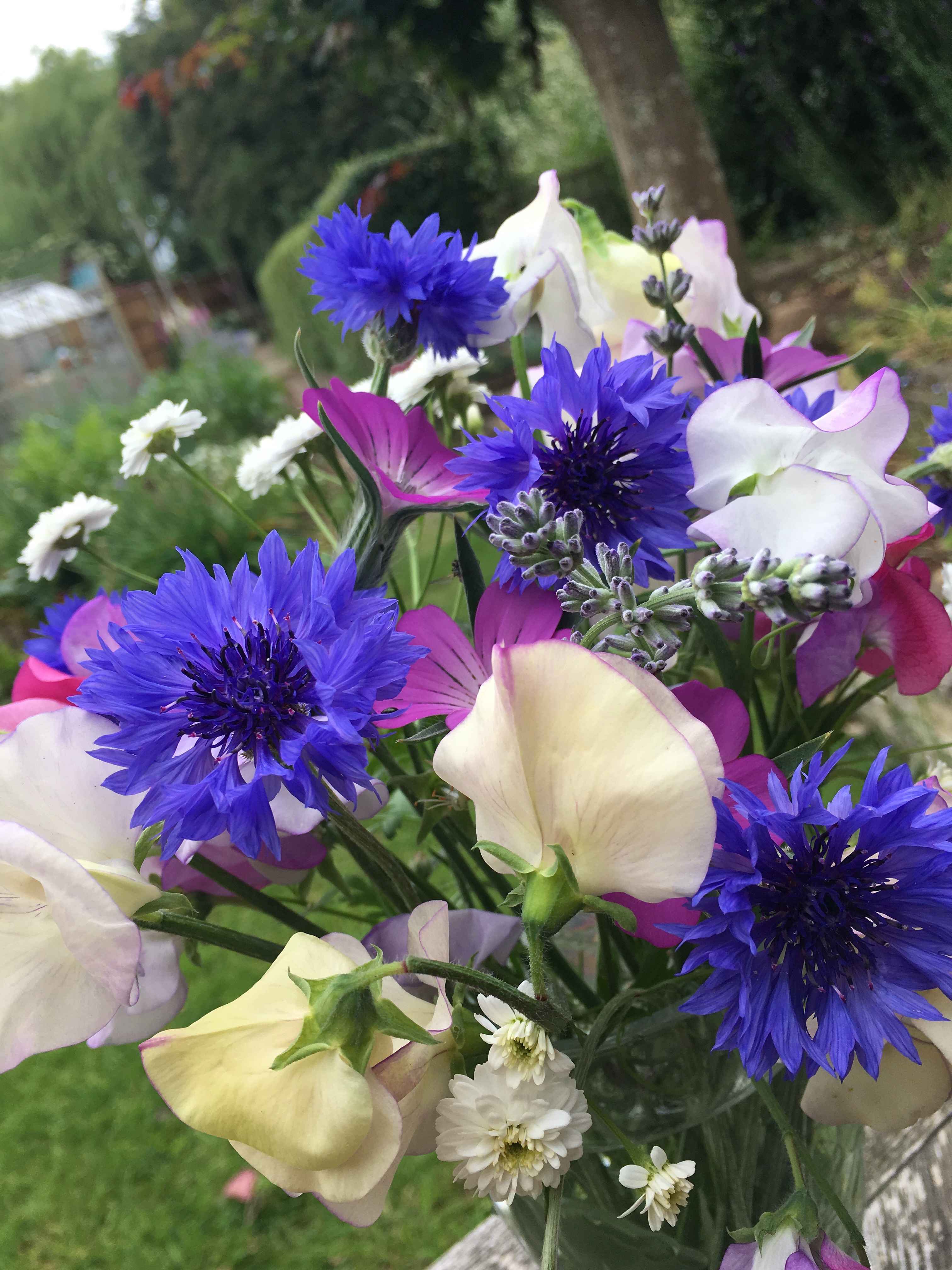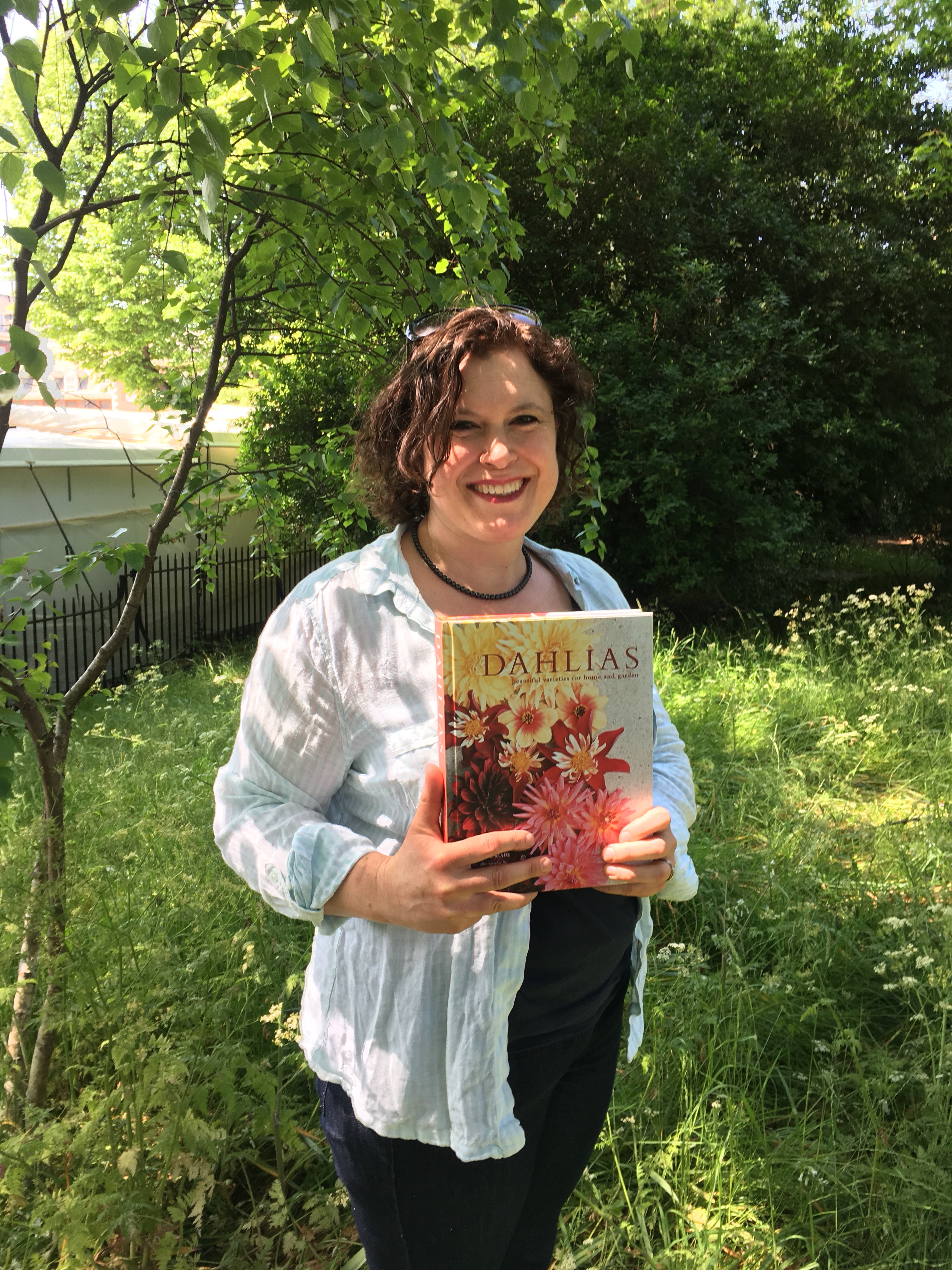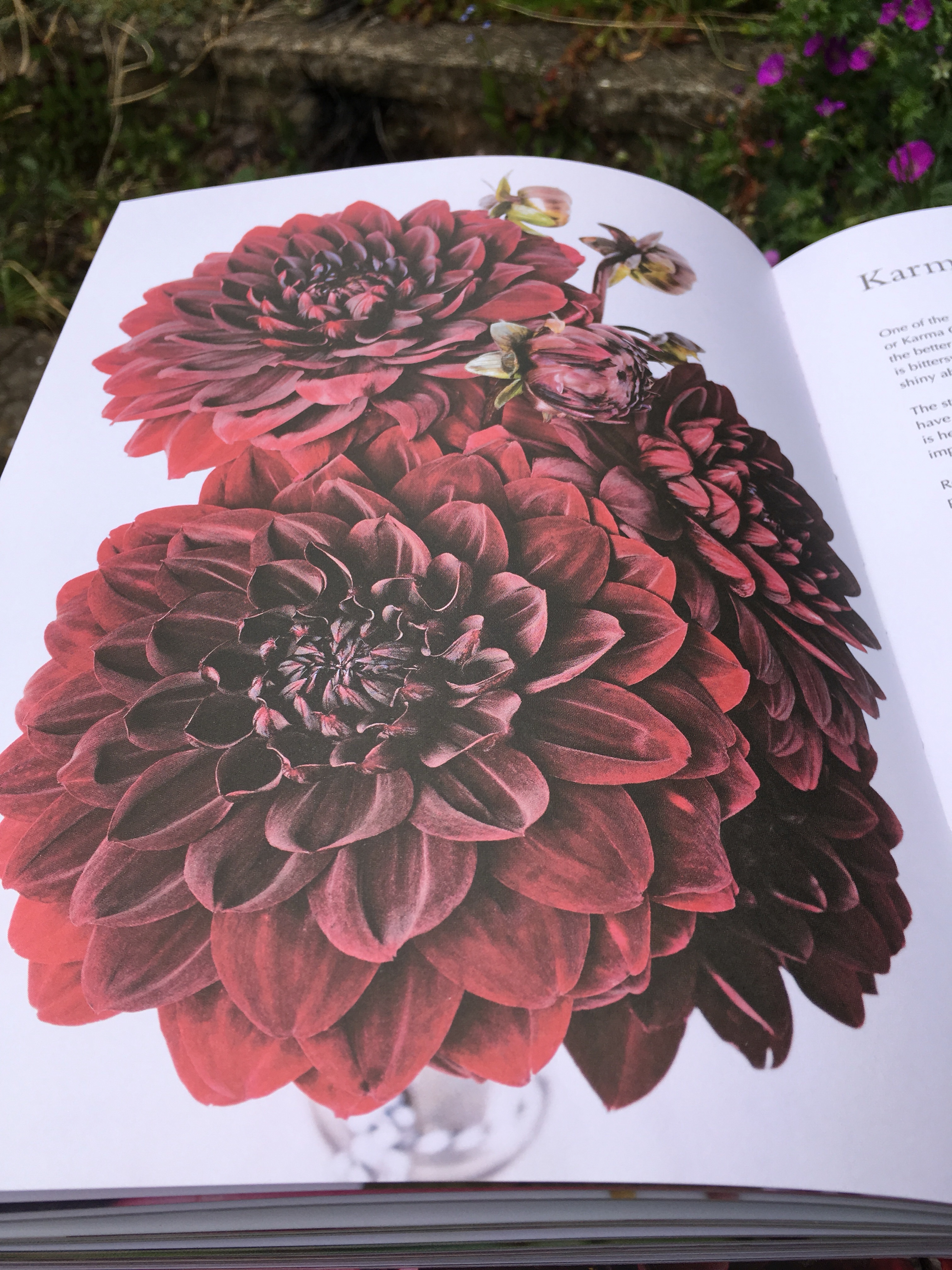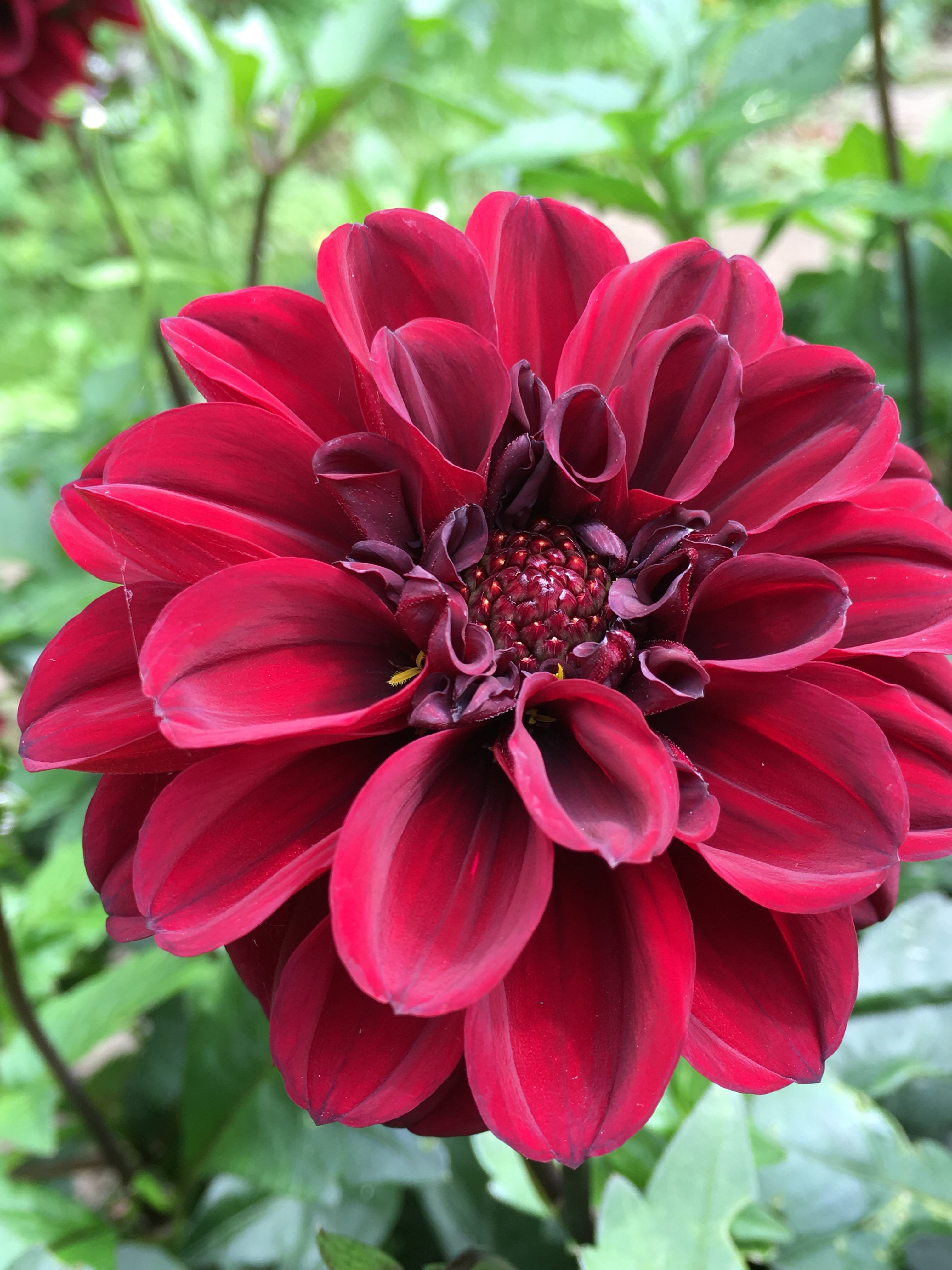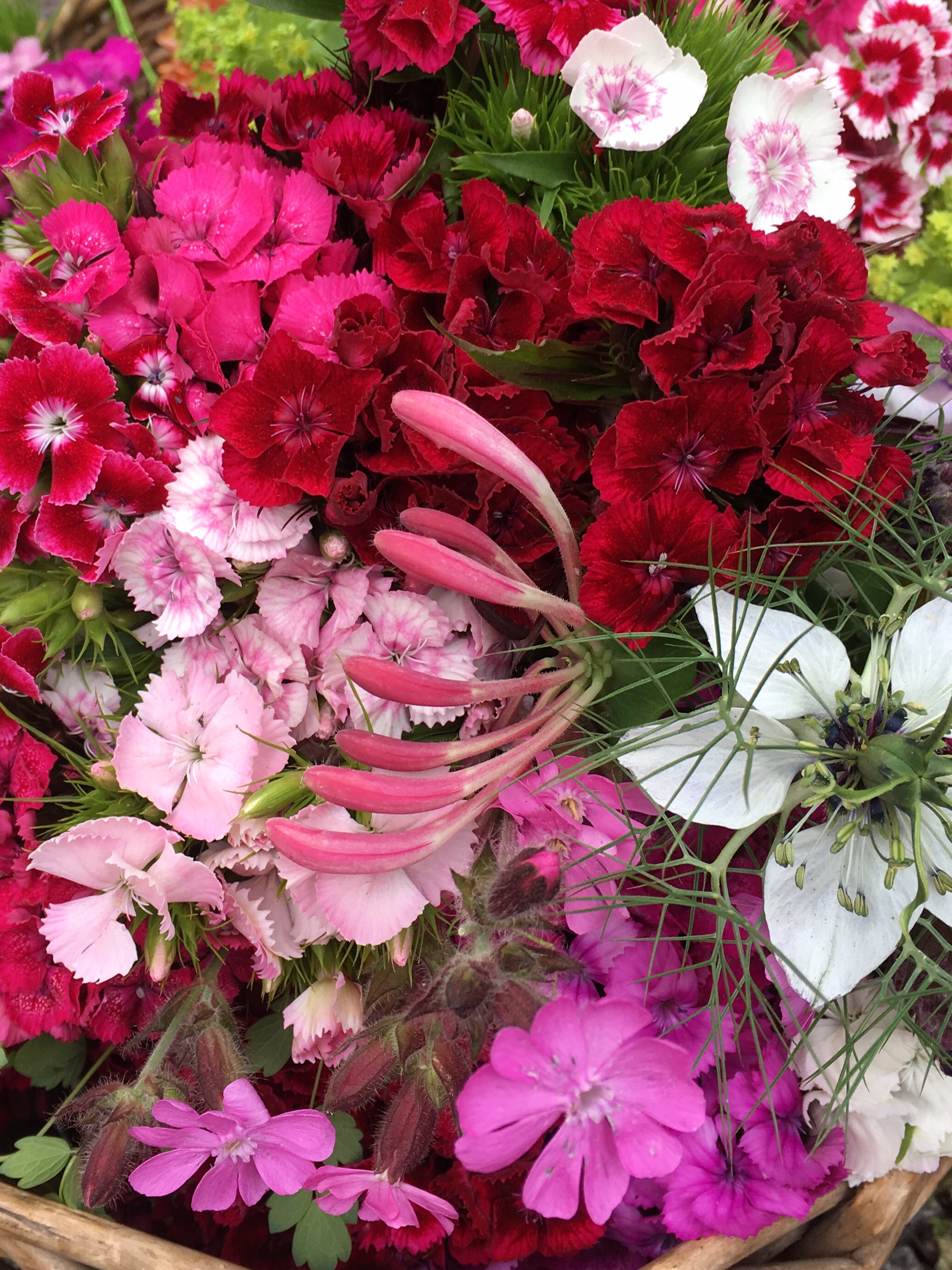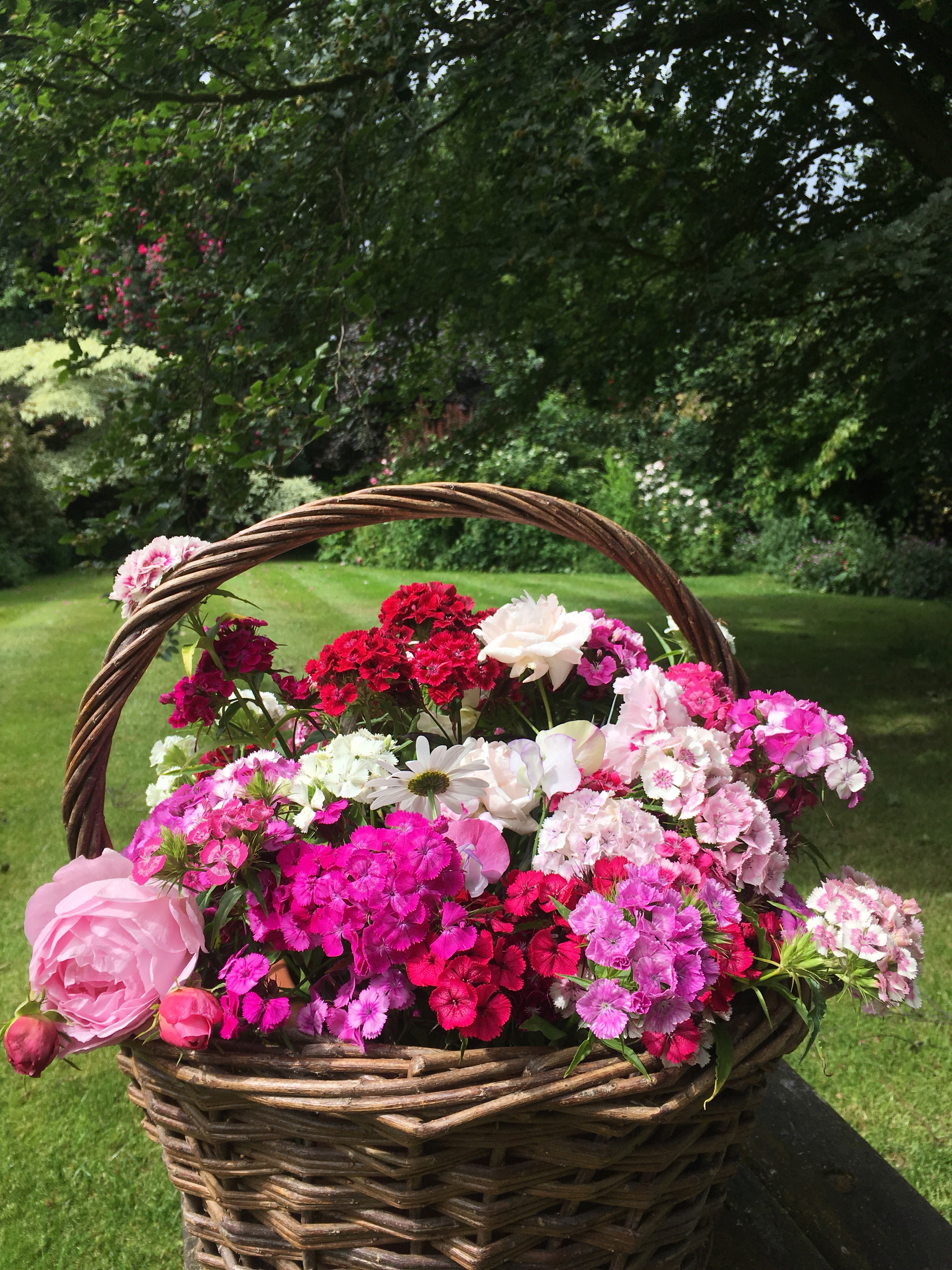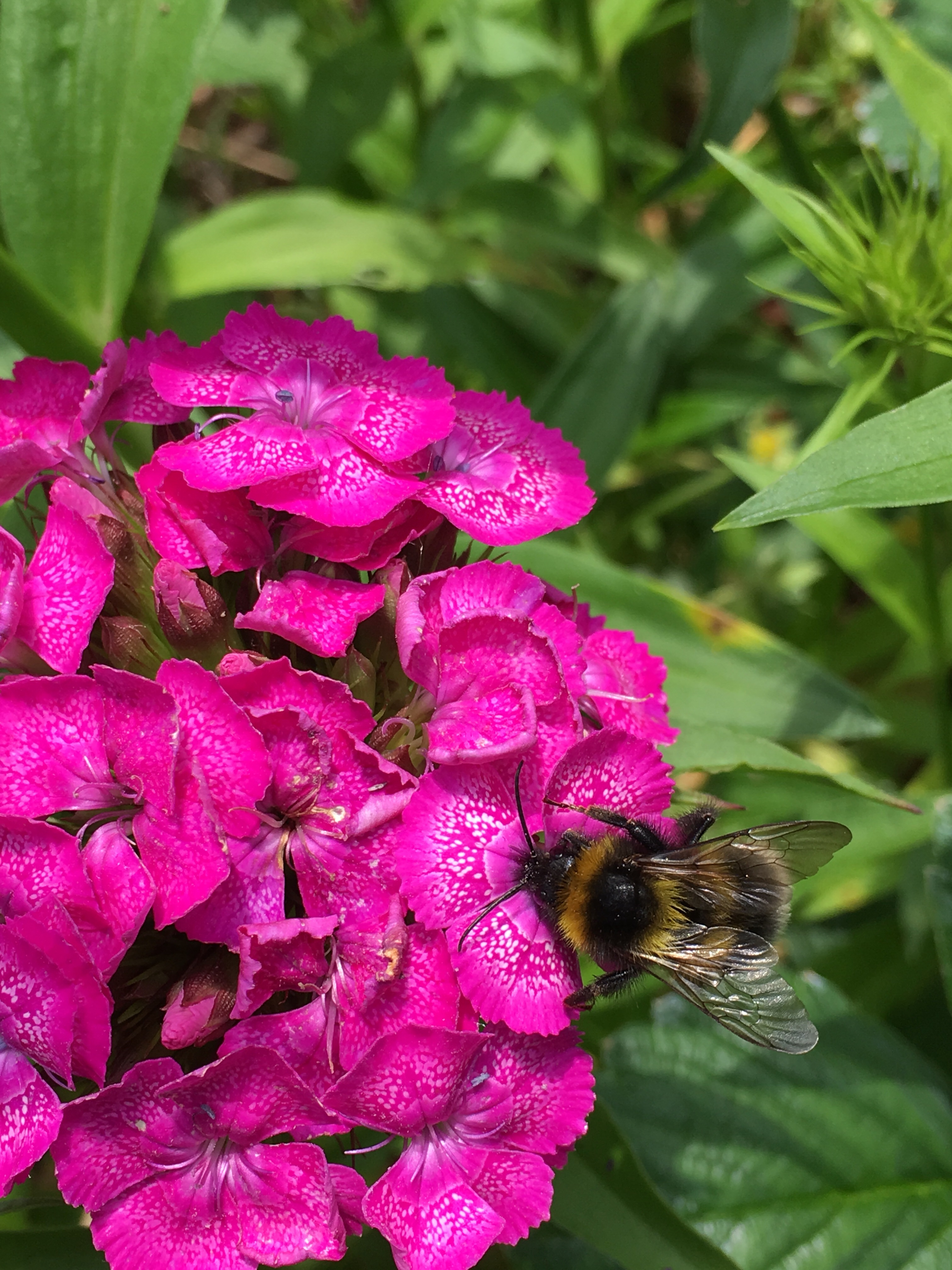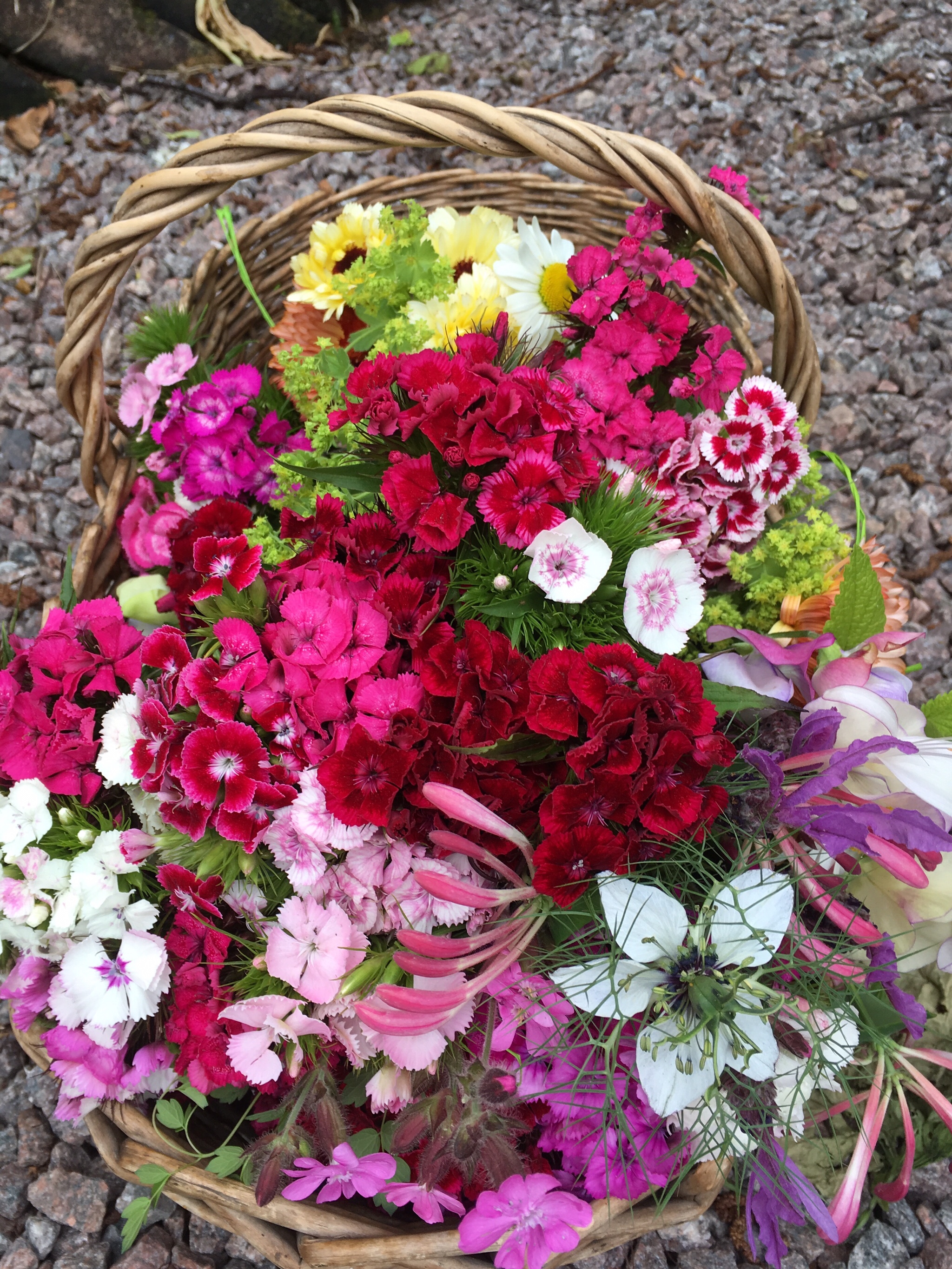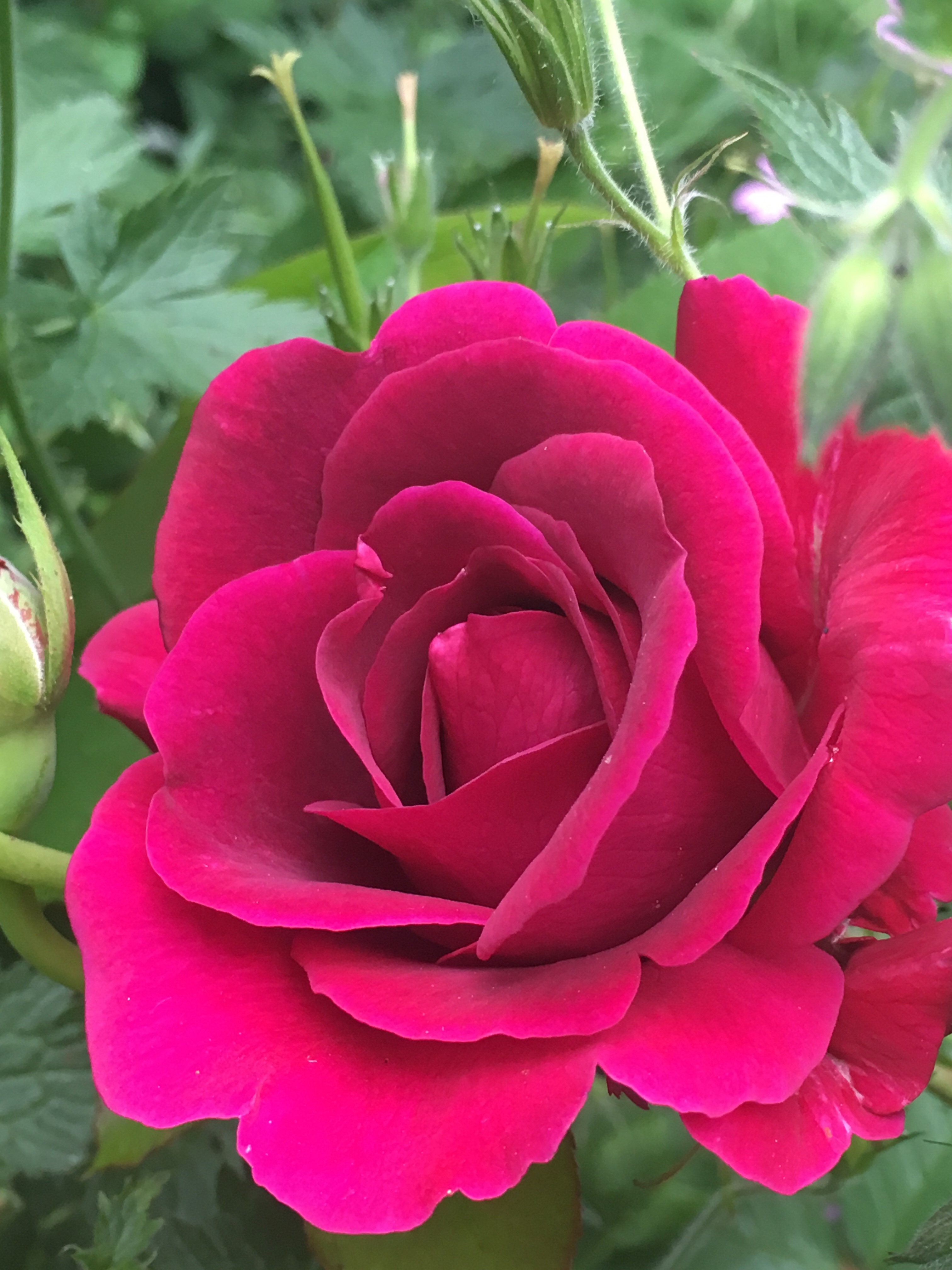
For 20 years I’ve worked alongside skilled willow weavers. I’ve watched them create fences around the gardens I’ve designed. Clematis and roses climb through woven tripods and willow animals ‘scamper’ across the lawns. I’ve always wanted to try my hand at weaving, but never had the chance. I wouldn’t have dared to interfere with their work. We are all on a deadline to complete the gardens. Time is money, and my job is to set out the plants and try to keep ahead of everyone planting them! This week though, I’ve finally managed to get my hands on some willow and have a go! I attended a one-day taster day for land-based skills at TASK Academy in Worcestershire.

Our project was to make a small woven cone out of year-old willow that had been soaked for four days. I loved the contrast between the red and yellow willow.

Mel Bastier explained the basics and showed us how to make a small woven structure which could be used as a bird feeder. I decided to use it for floristry. I’m always trying to find new ways of displaying flowers without using florists’ foam.

First we fed willow through holes in a base form which held the willow in place for us to work on. The base form would be much larger for plant supports, but it’s the same principle.

We wove more willow in and out of the uprights until we had made a collar. Then more willow was twisted up to the tip to secure the structure. Finally we added a handle. Mine was quite long as I wanted to hang the cone on my farm gates and amongst the orchard trees.

At home, I collected some moss from under the apple trees. I wrapped it around a jam jar and secured it with garden twine, kokedama style.
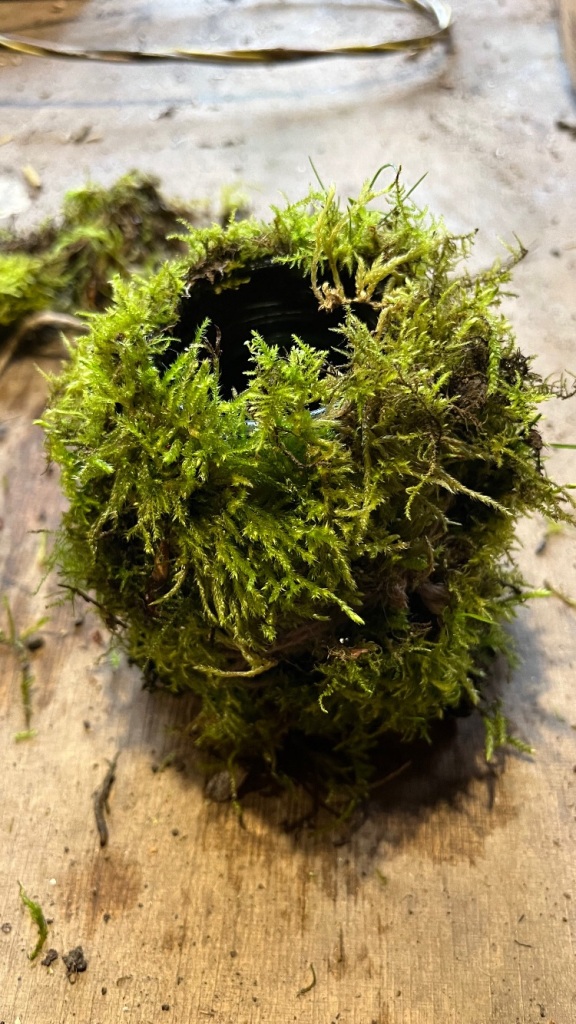
The moss makes a natural ‘nest’ for a flower posy. You’d never know there was a jam jar inside.

I pushed the jam jar into the top of the cone and filled it with cold fresh water. Then I wandered around the garden collecting the last of the snowdrops, (if you pull them, they have long stems) the first daffodils, hellebores and primroses.

I stood the flower arrangement on the potting shed windowsill to add some hazel catkins. The flowering cherry just opening is Japanese cherry, Prunus Kojo No-Mai.
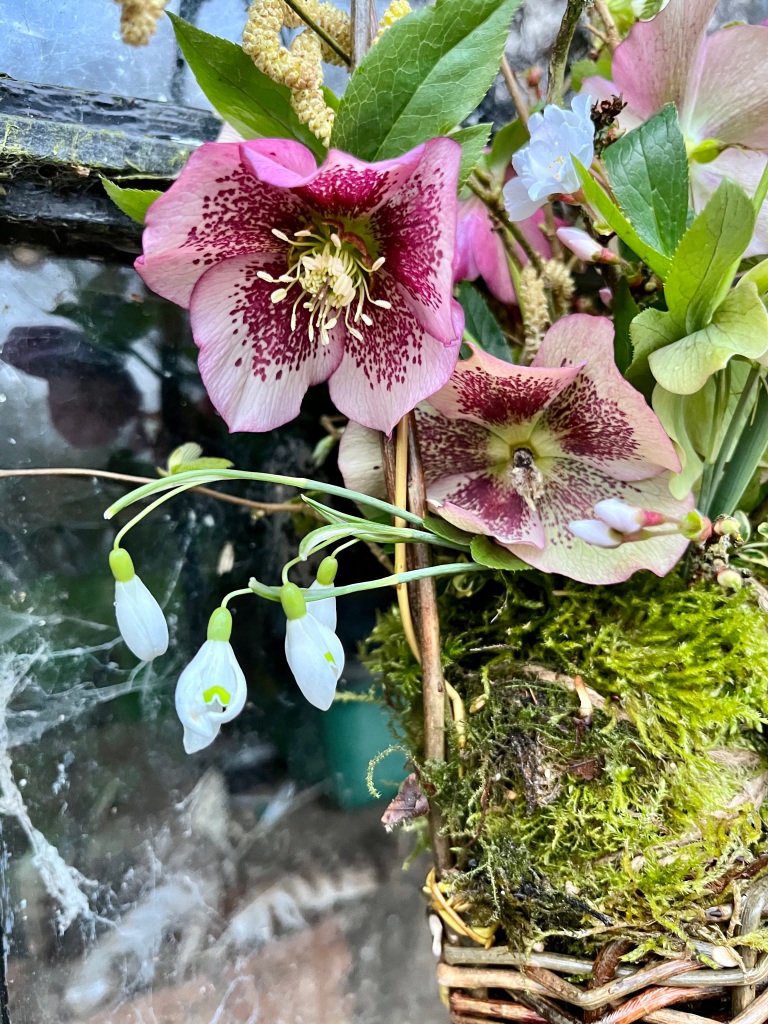
Hellebores are seedlings of five plants bought from Ashwood Nurseries. I must have nearly 100 plants around the garden, all offspring of plants purchased 10 years ago.
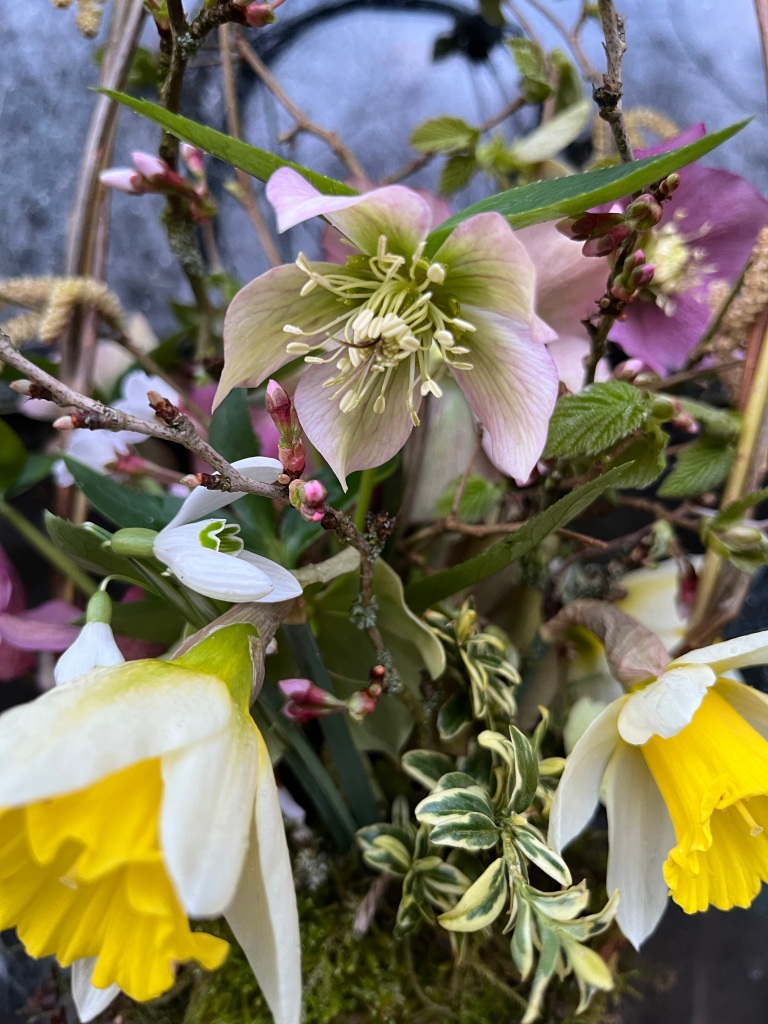
Although it’s not as showy as the rest, I love this small pink hellebore with its lime green markings.

Daffodils came from Taylors Bulbs. Good strong varieties that come back into flower reliably each year.

I’m very pleased with my willow cone. I loved making it. It’s a very calming thing to do, learning a new skill, among friends, with kind and patient teachers. Mel made the willow crown sculpture at RHS Wisley for the King’s coronation, and she’s also made many structures for flower shows and private gardens.

I would love to return to TASK to make some plant supports like these.
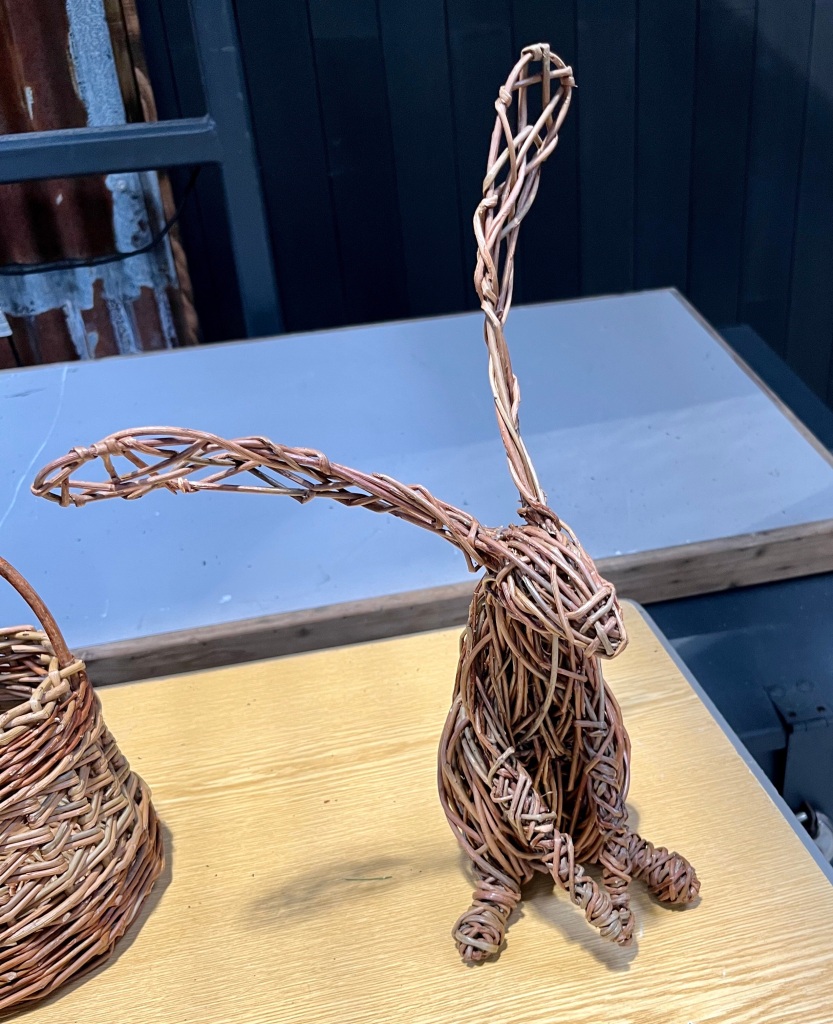
I must admit I fell in love with this hare. Maybe, in time, I might be able to make something similar! If I do, it will be all thanks to Mel and the team at TASK.
TASK Academy is run by award winning landscaper Rupert Keys. If you’ve looked on in wonder at the lovely greenhouse owned by Frances Tophill on Gardeners World, Rupert and his team made it! Frances won Platinum and Best in Show for her garden at BBC Gardeners World Live in 2022 and Rupert built the garden and created the greenhouse out of recycled window frames. I lost count of how many awards he’d won to be honest. Safe to say, he knows what he’s talking about and has the experience.
TASK run land-based courses for the landscaping industry and also for anyone wanting to learn how to create dry stone walls, learn garden design, bricklaying and willow weaving.
I can wholeheartedly recommend them. I loved learning something new and found the team very kind and encouraging. Experts who can also teach with patience and understanding. A perfect day that I’ll always treasure.
Find out more at https://www.taskacademy.co.uk/
Thank you also to Emma Mason PR for inviting me along!
Have you recently attended any courses of any kind and learned a new skill? Let me know how you got on!
Also see Common Farm Flowers for floristry courses where I learned how to make my jam-jar posies and bouquets and grow cut flowers all year round.
See Cathy’s In A Vase on Monday here :
https://ramblinginthegarden.wordpress.com/category/gardens/in-a-vase-on-monday/



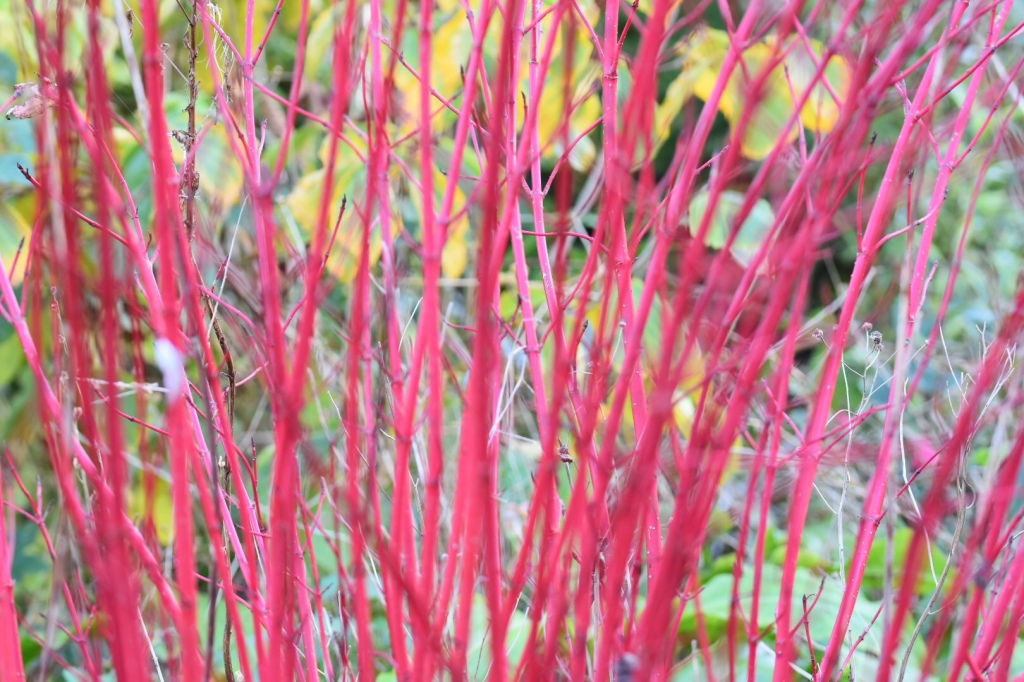




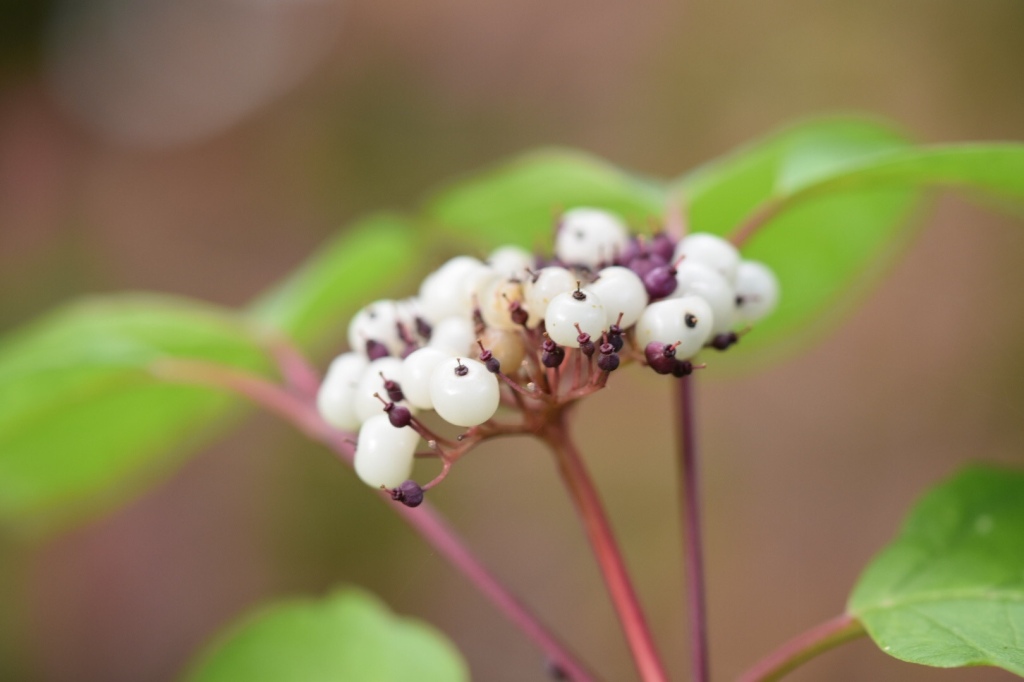
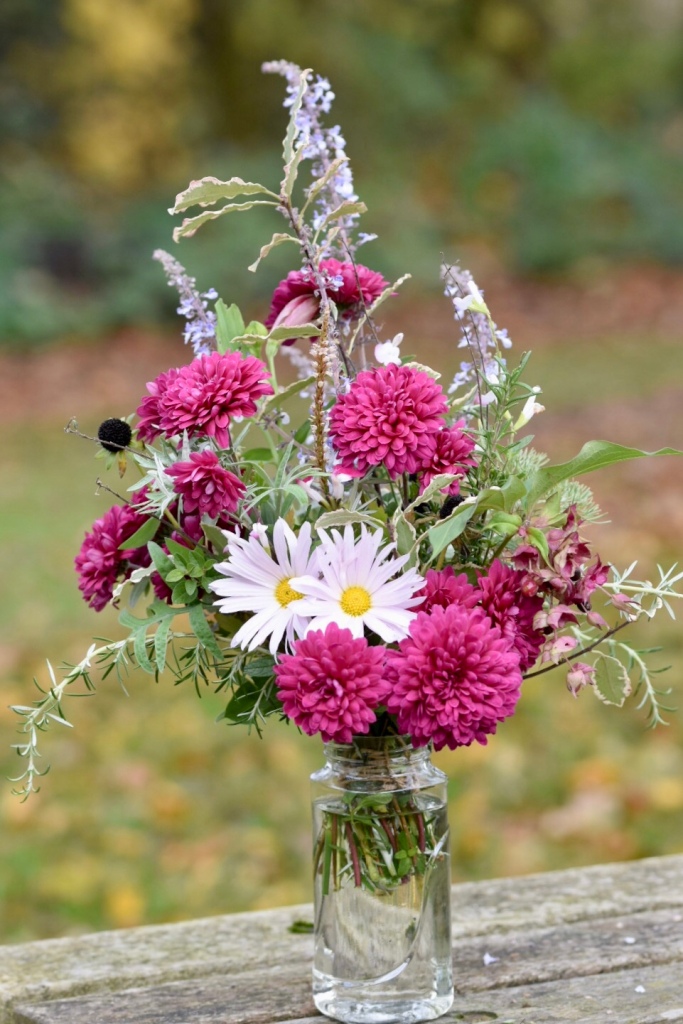
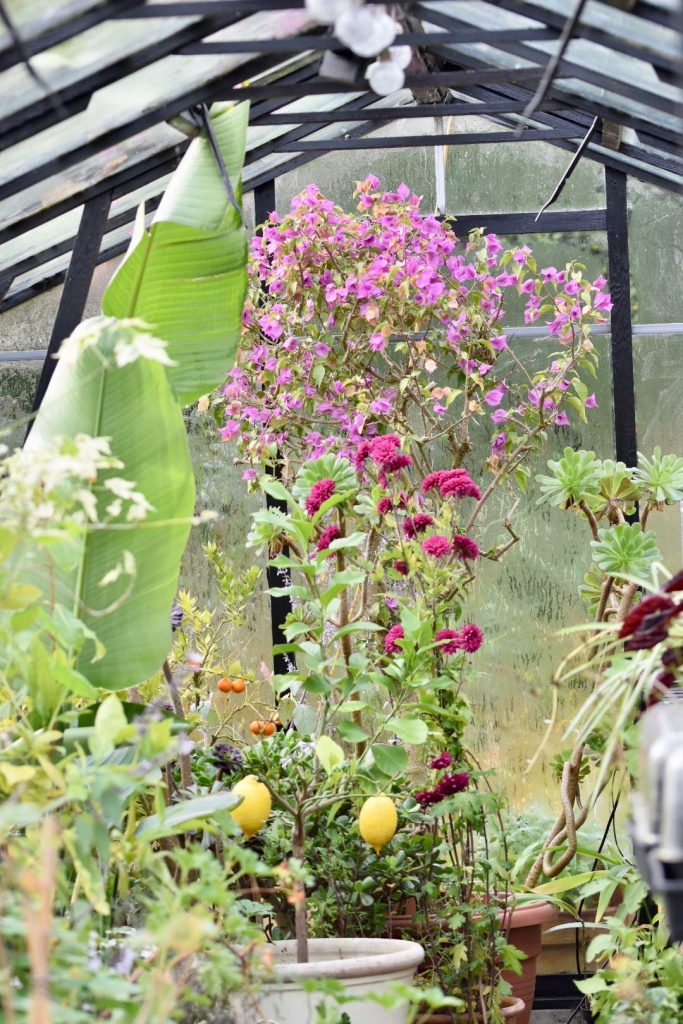


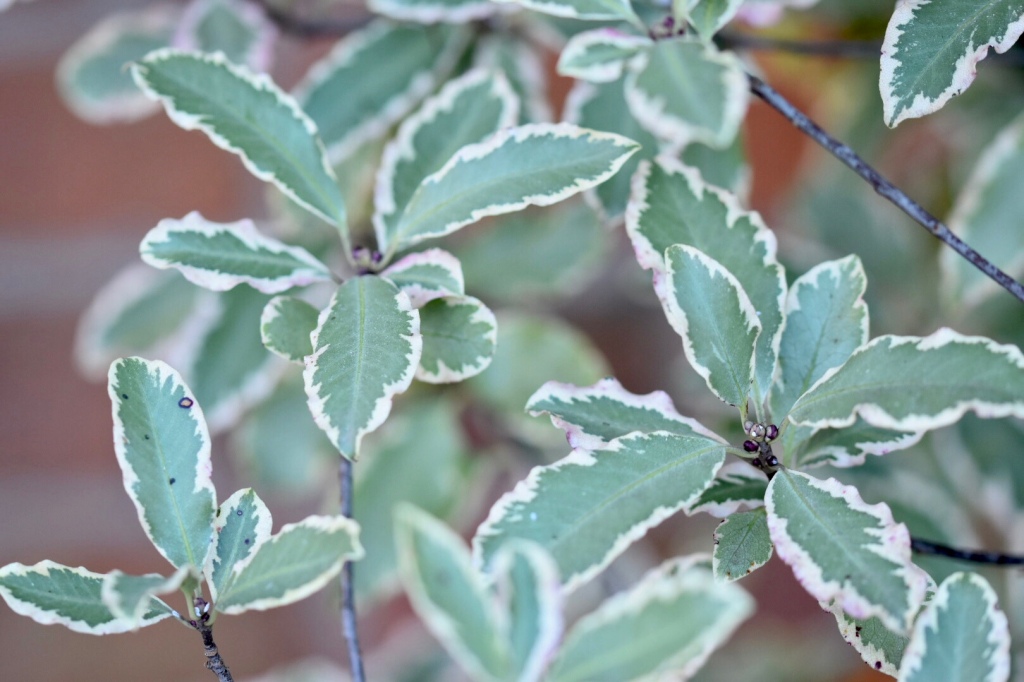
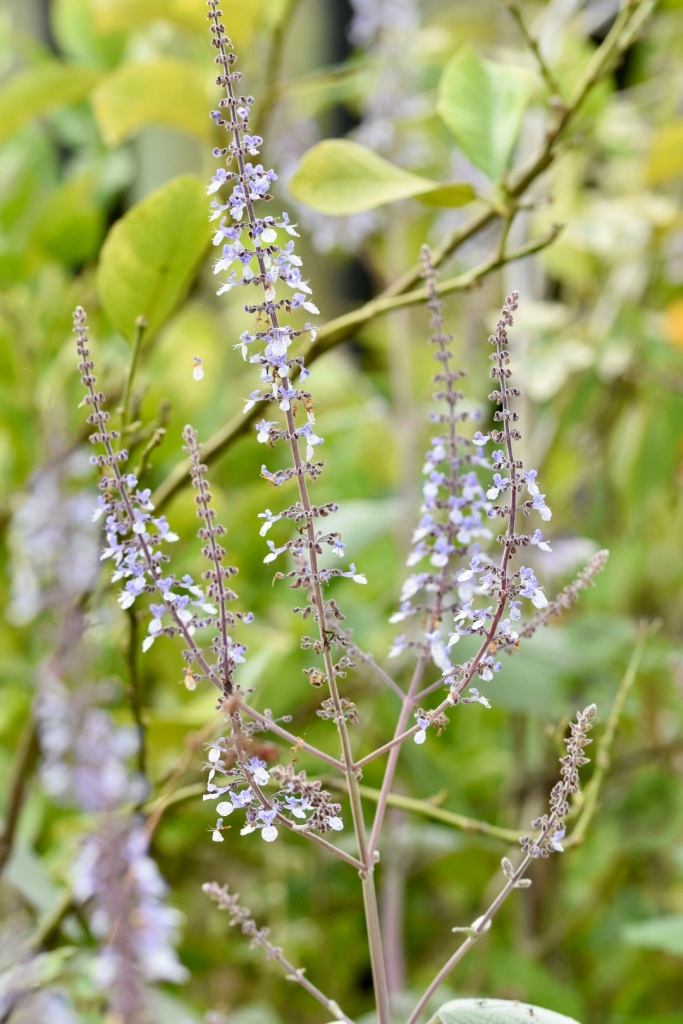
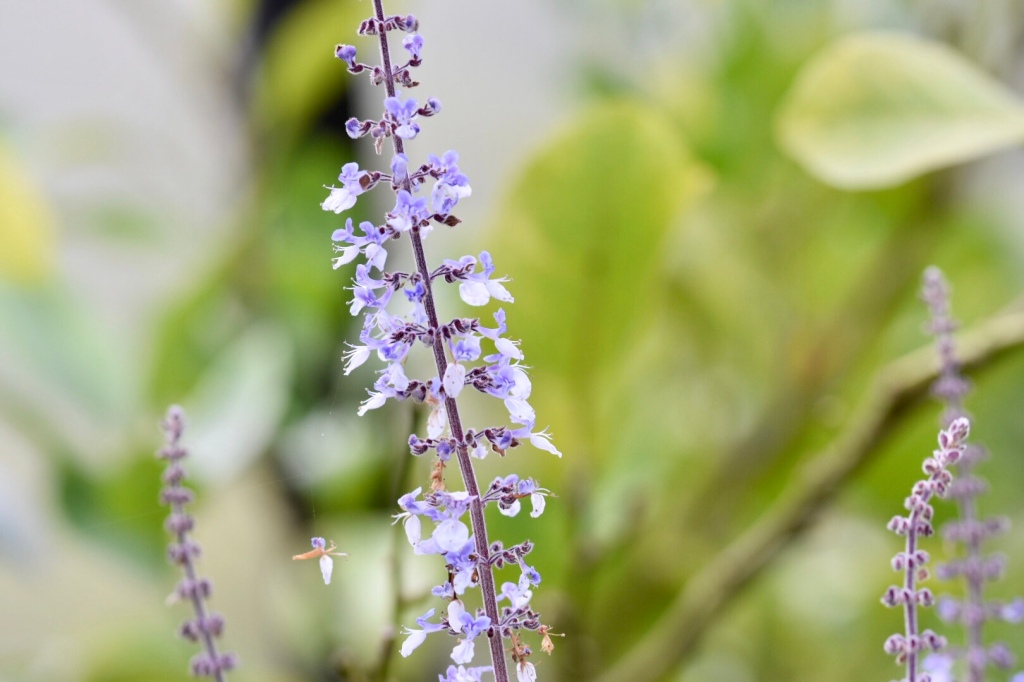

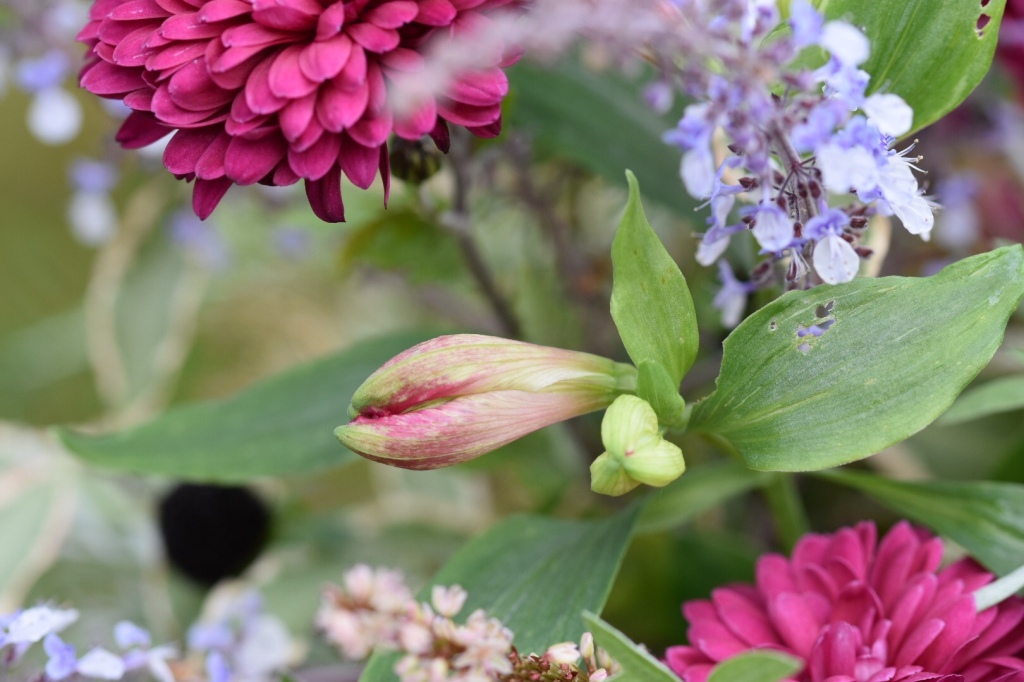





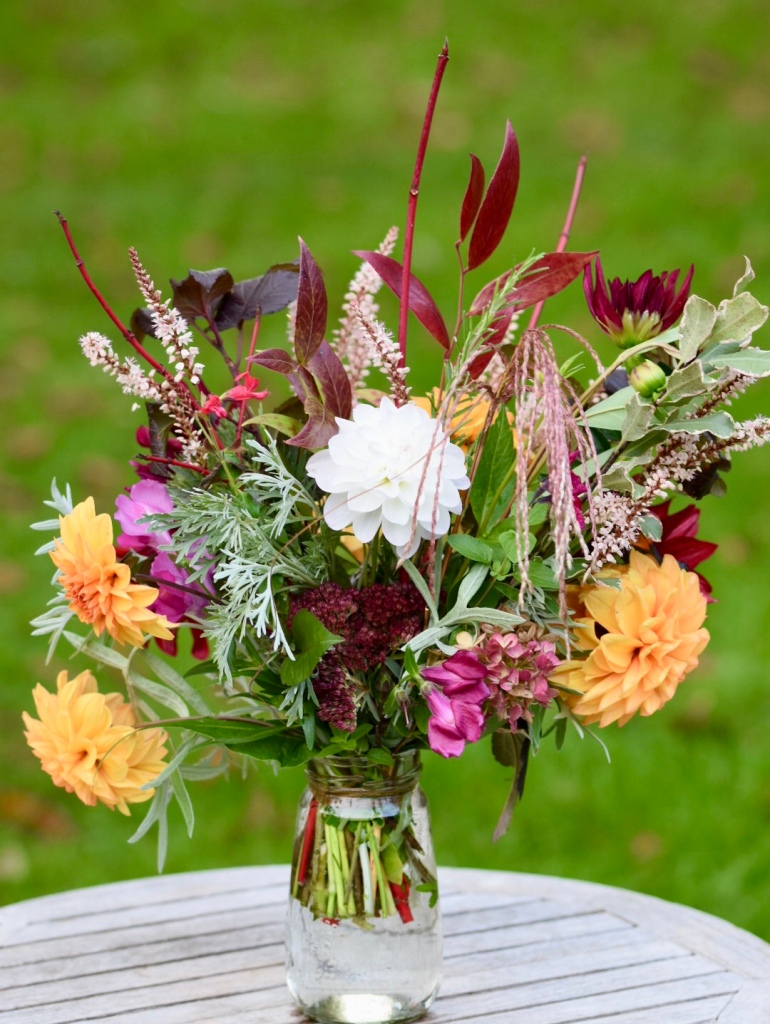

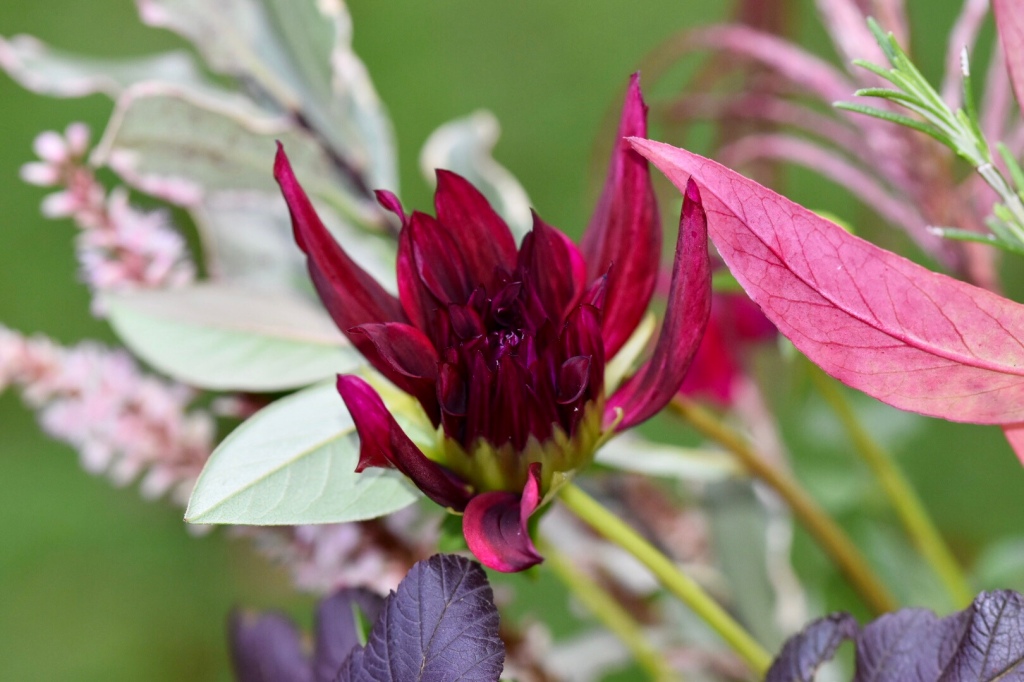

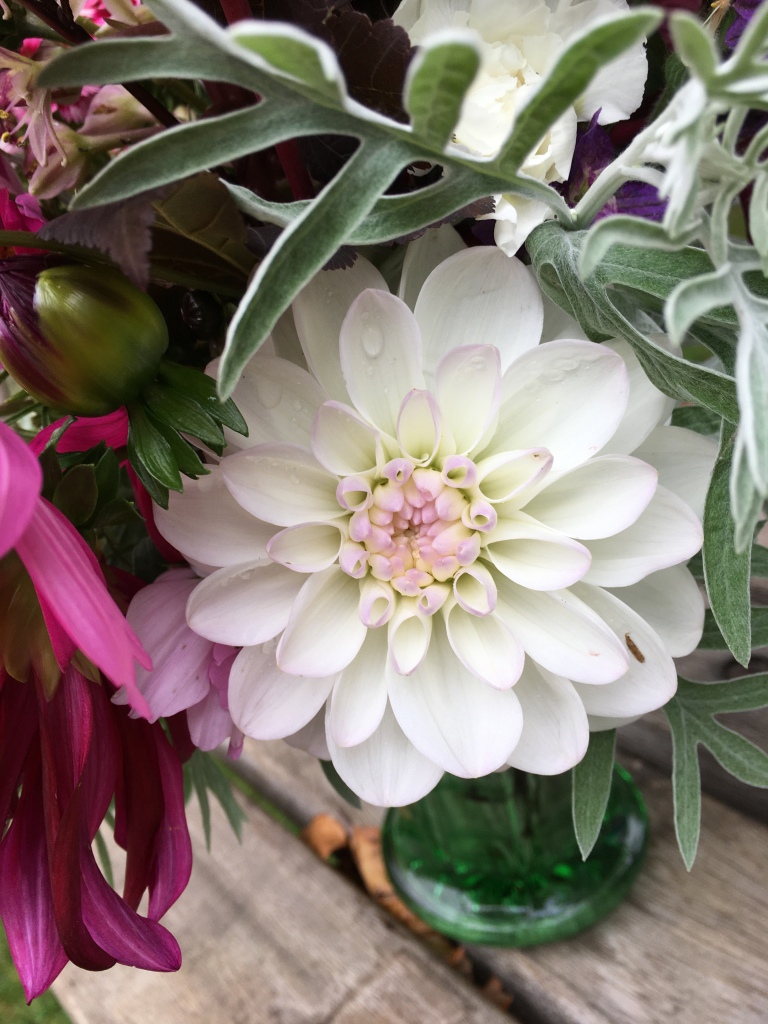





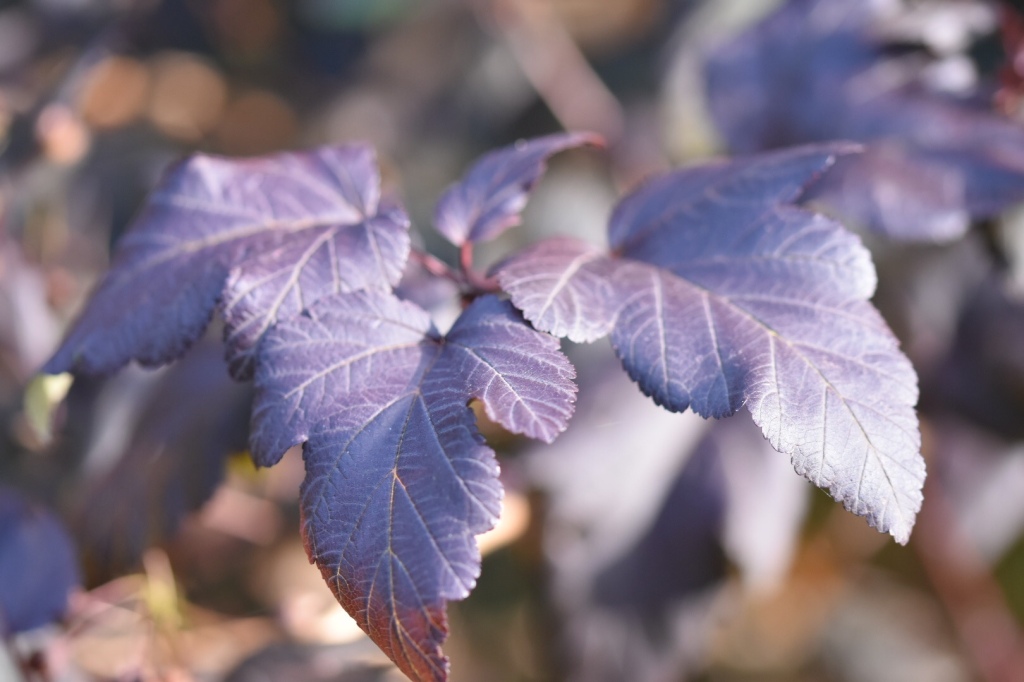

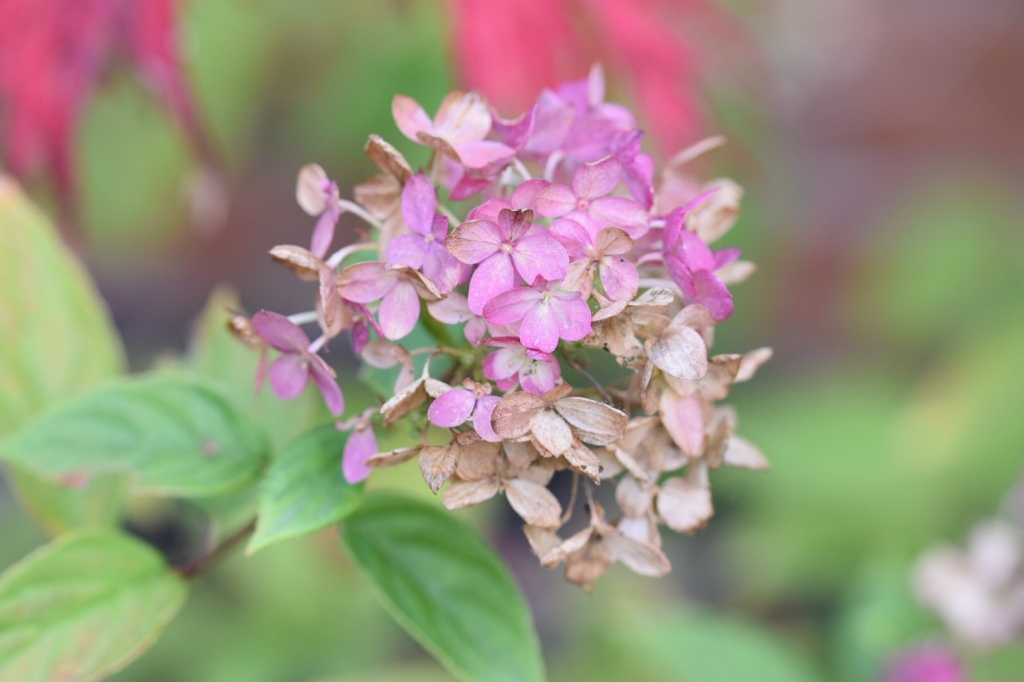

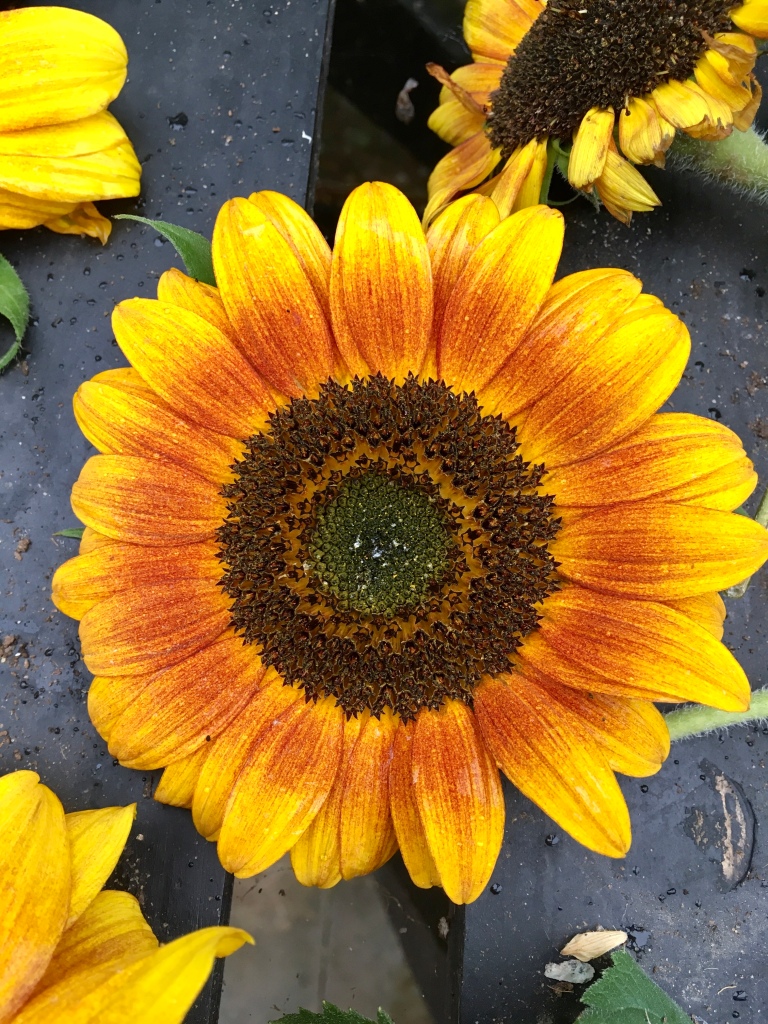


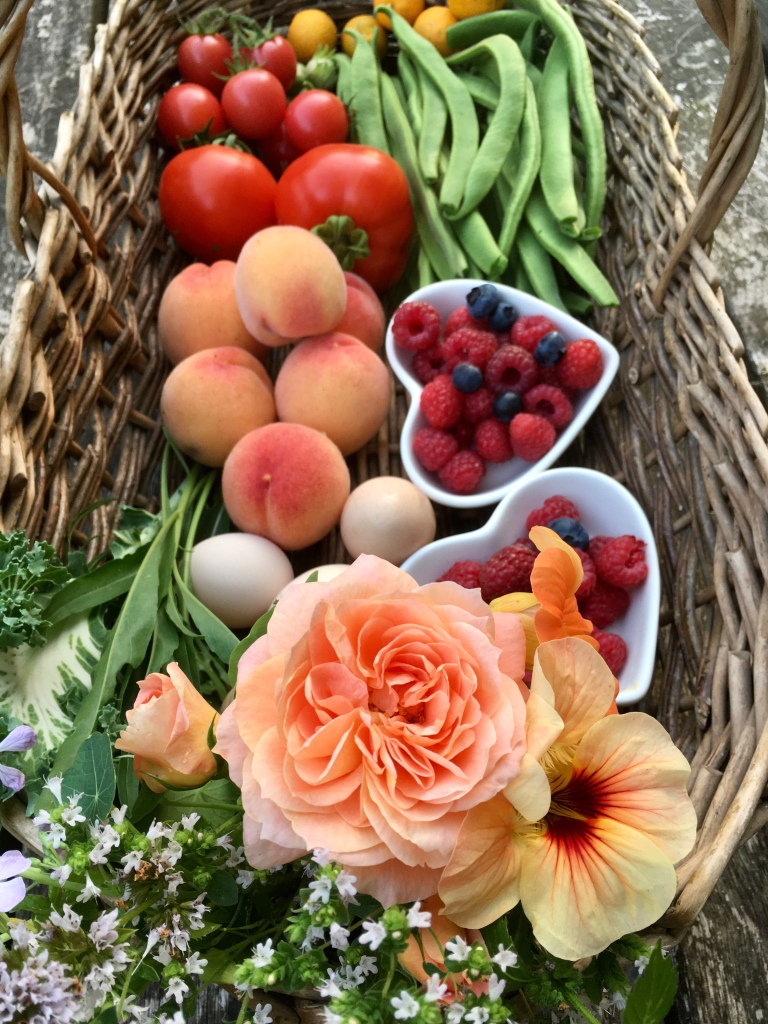
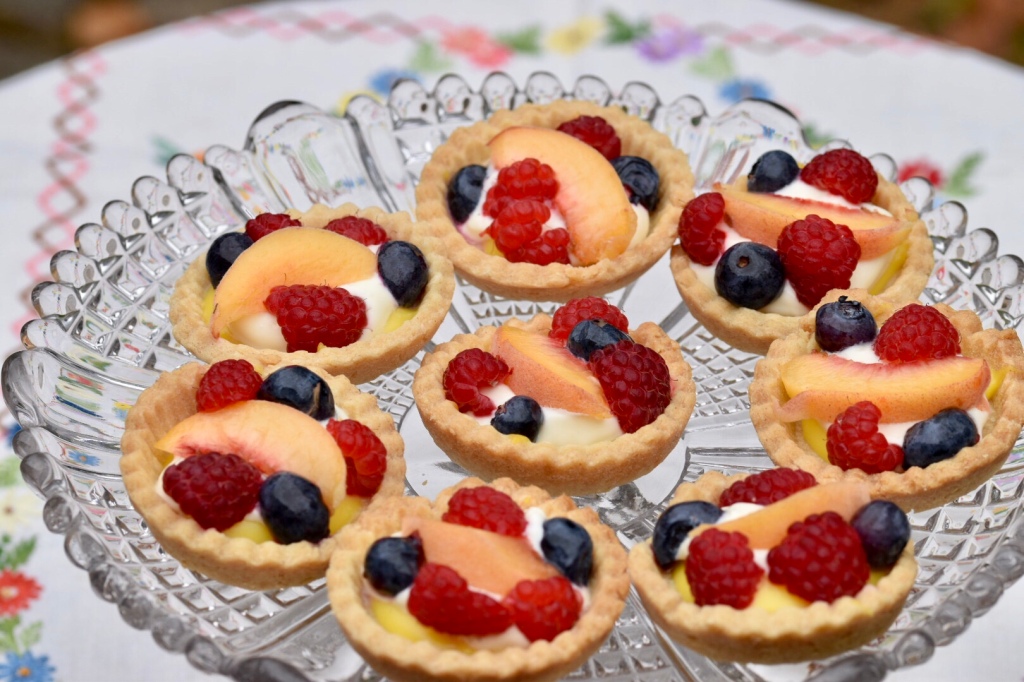

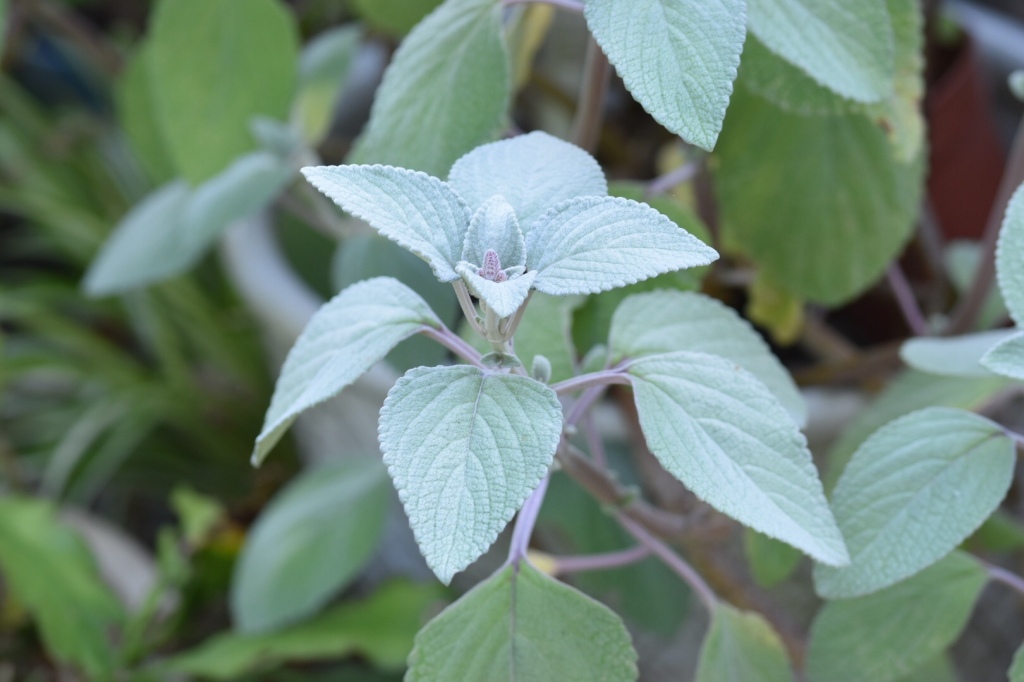



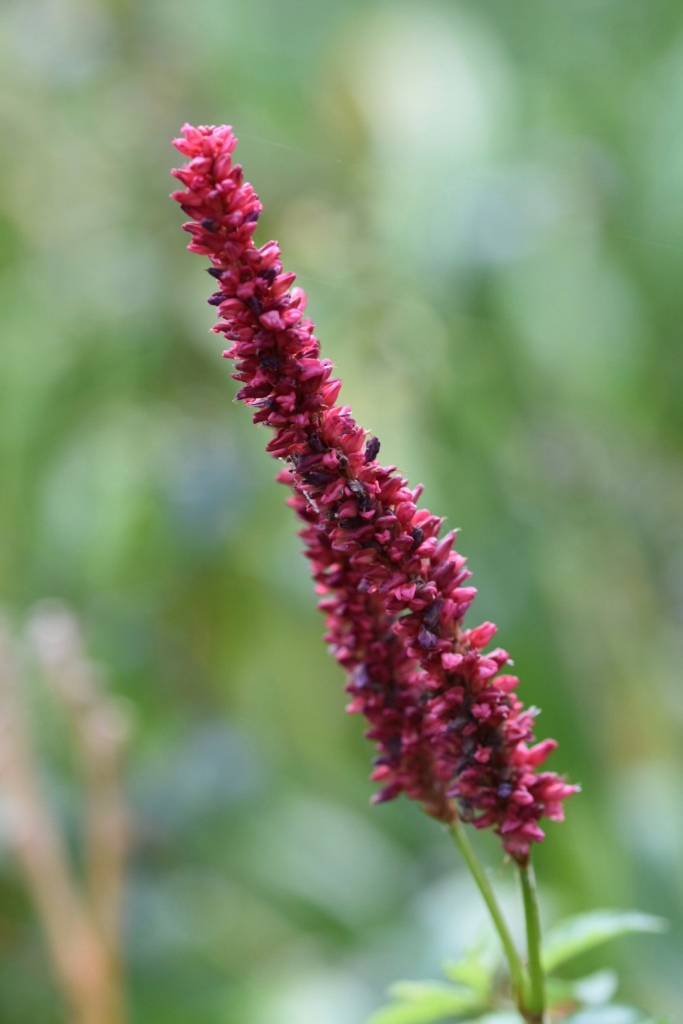
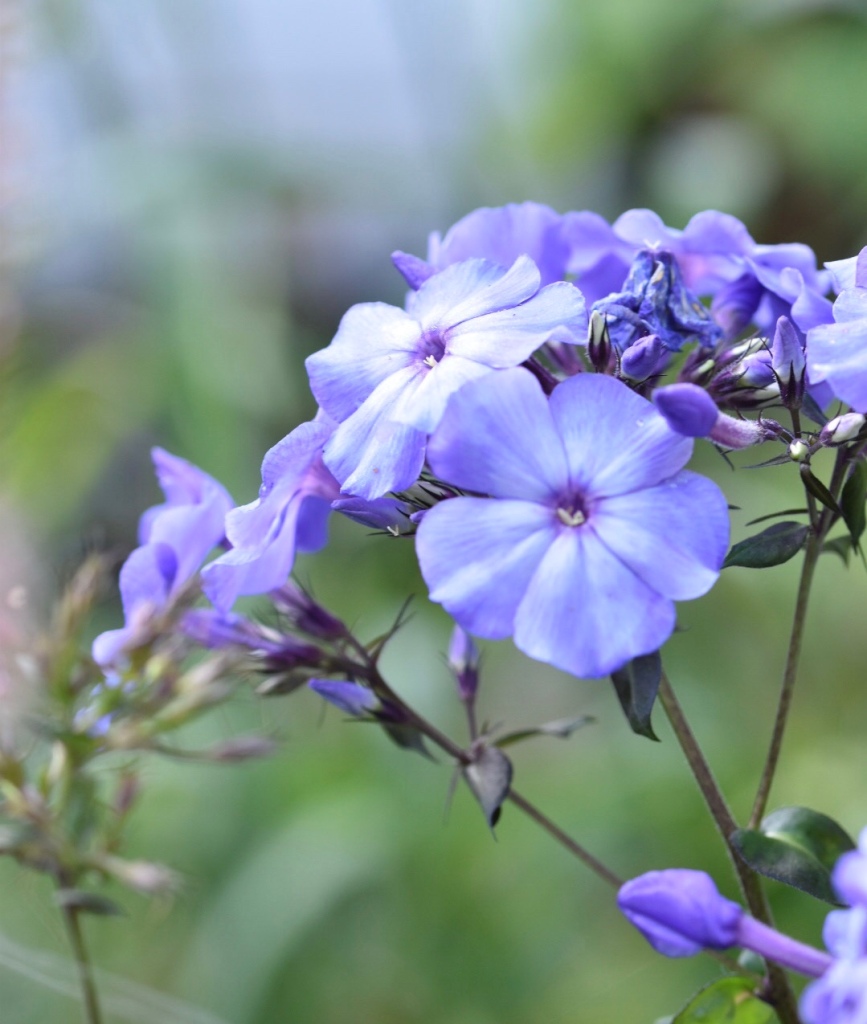





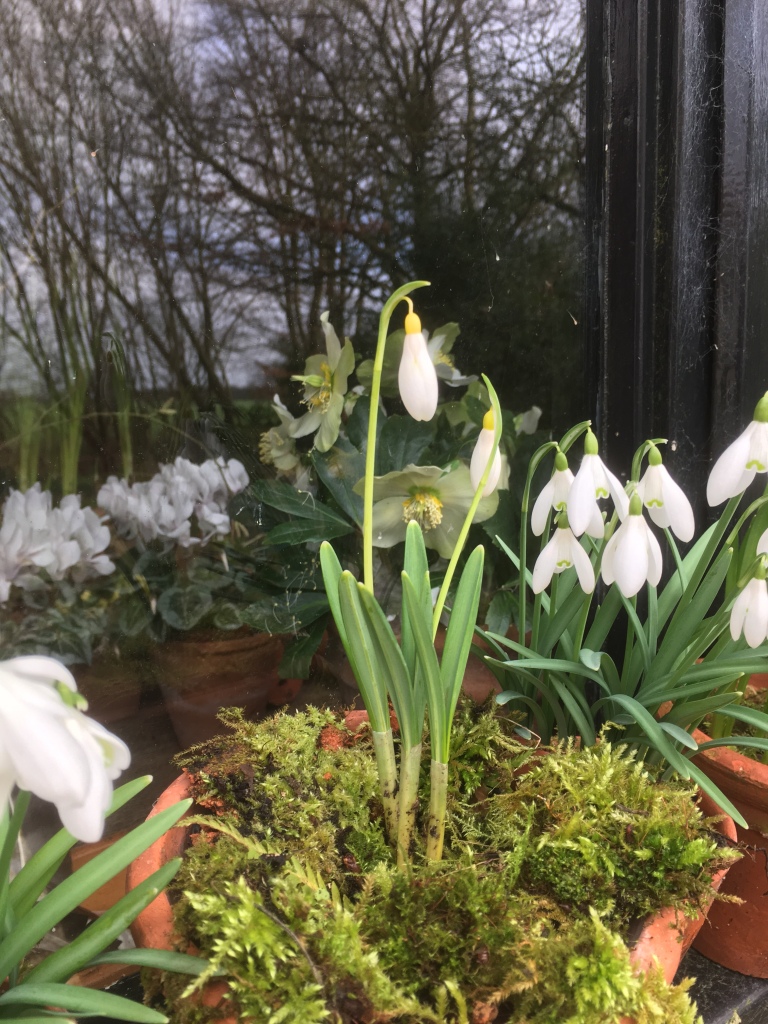




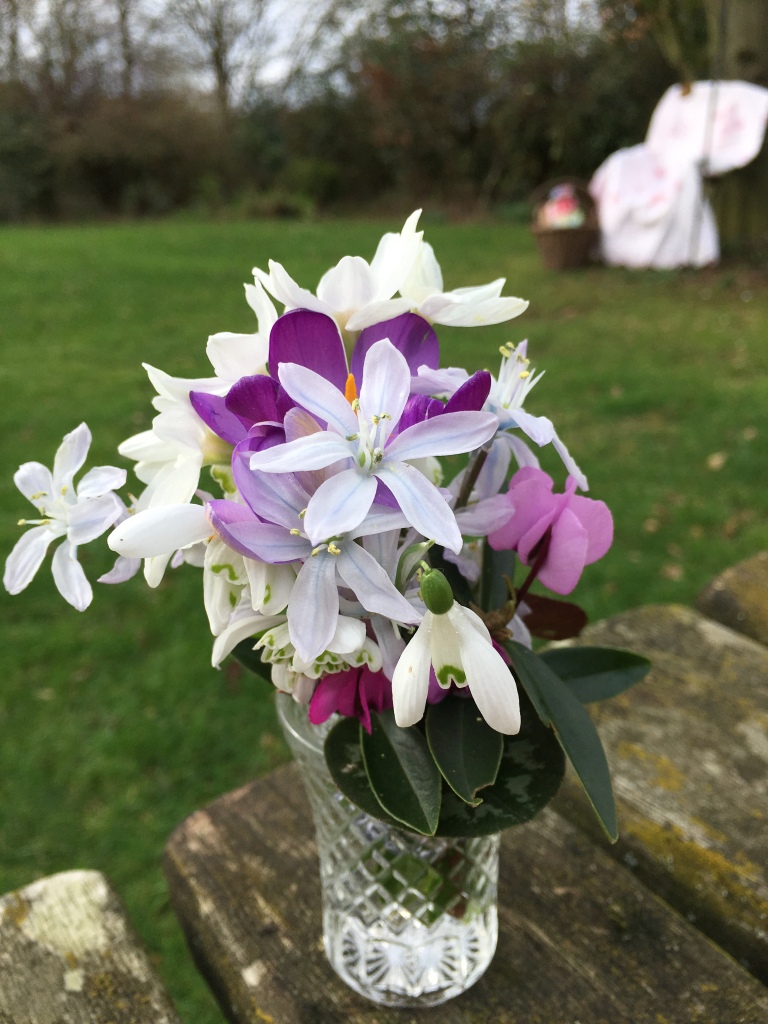
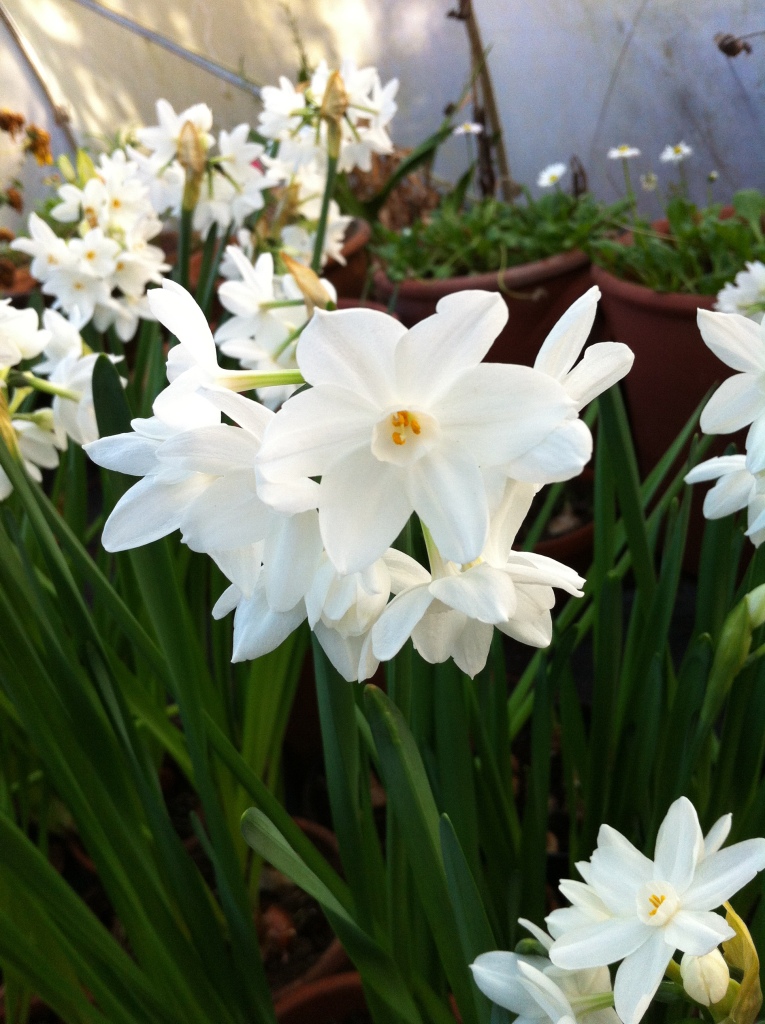
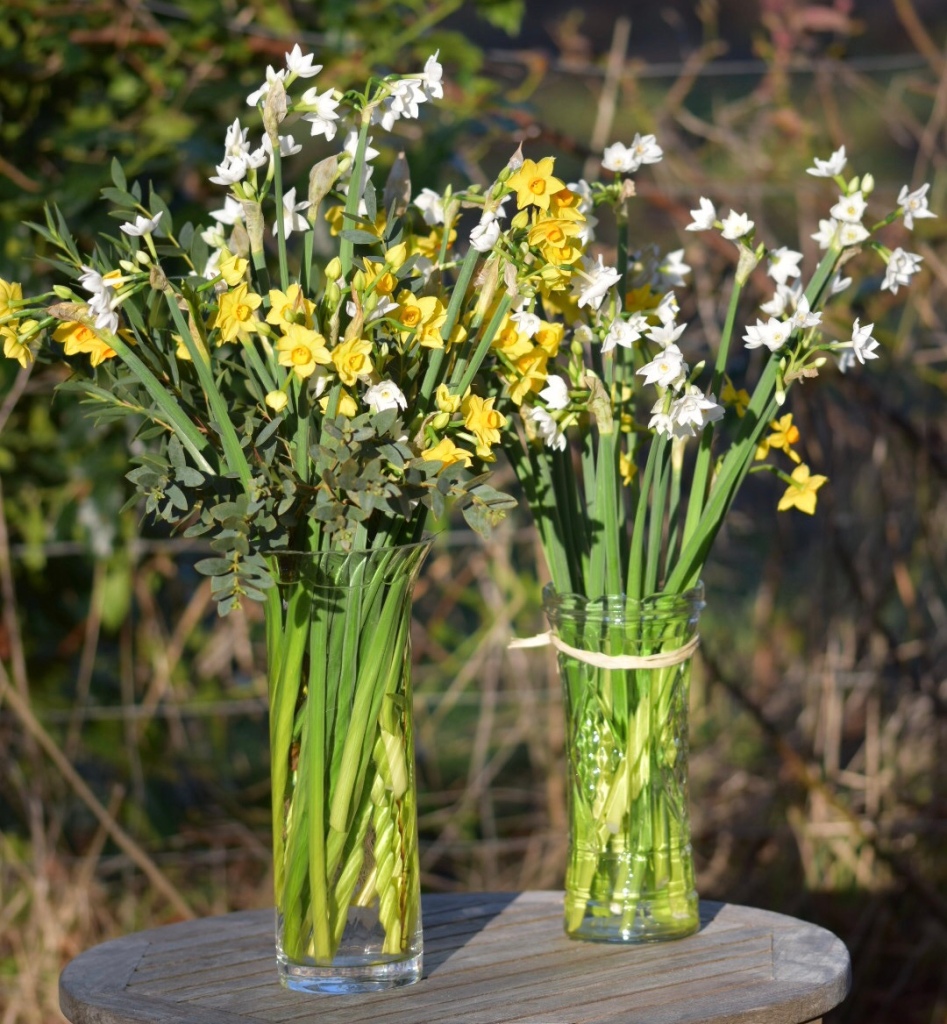
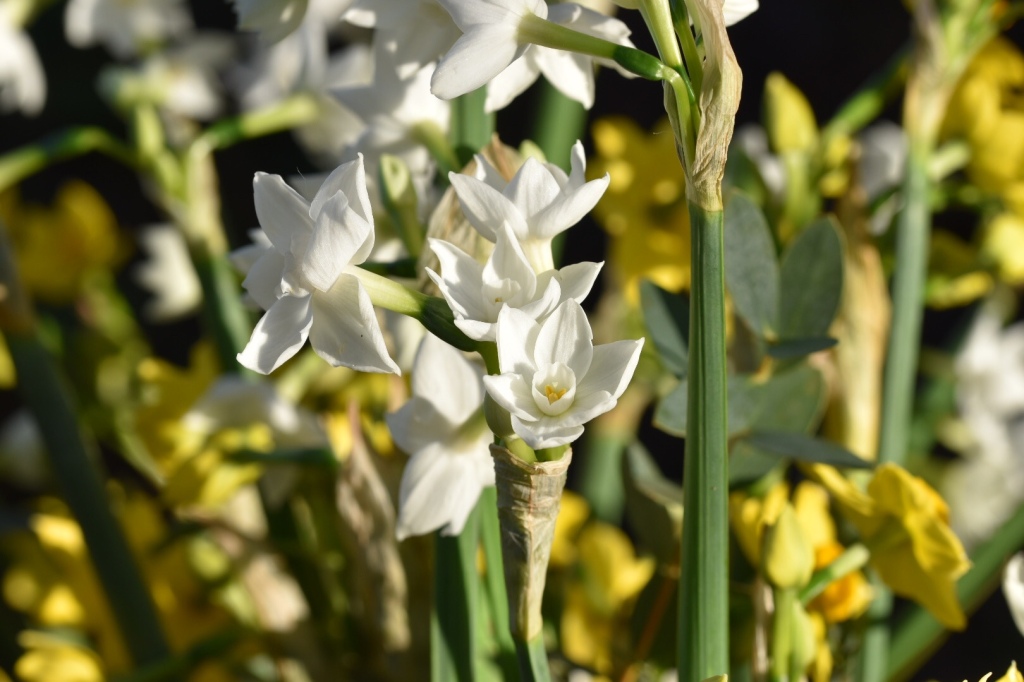


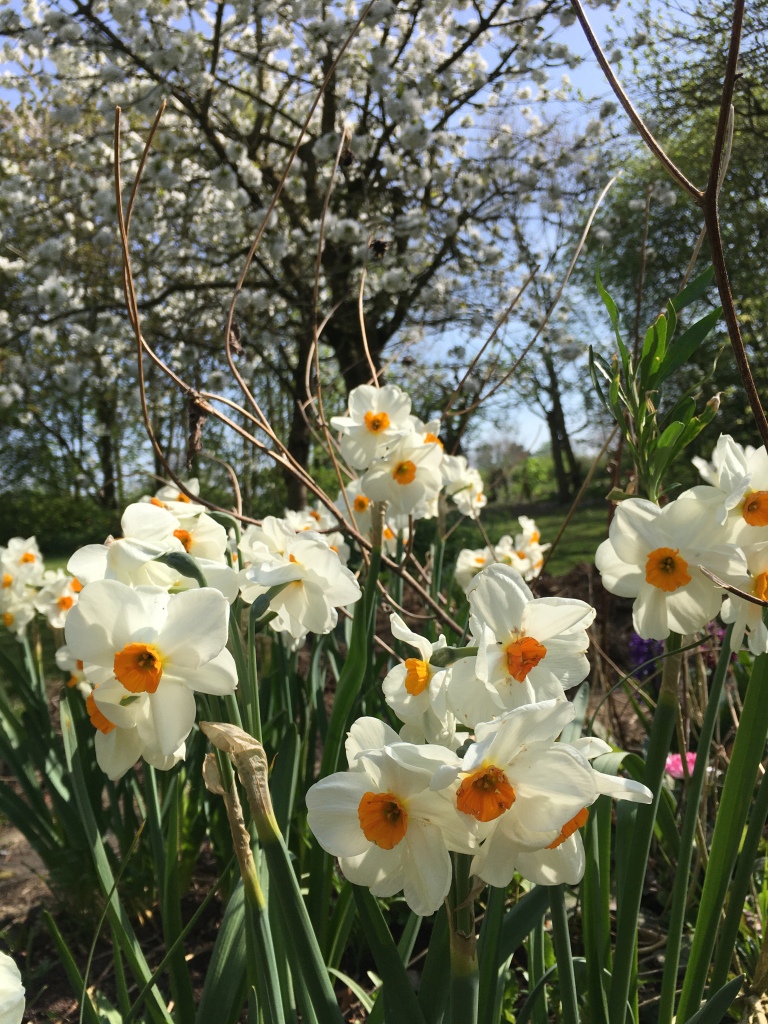


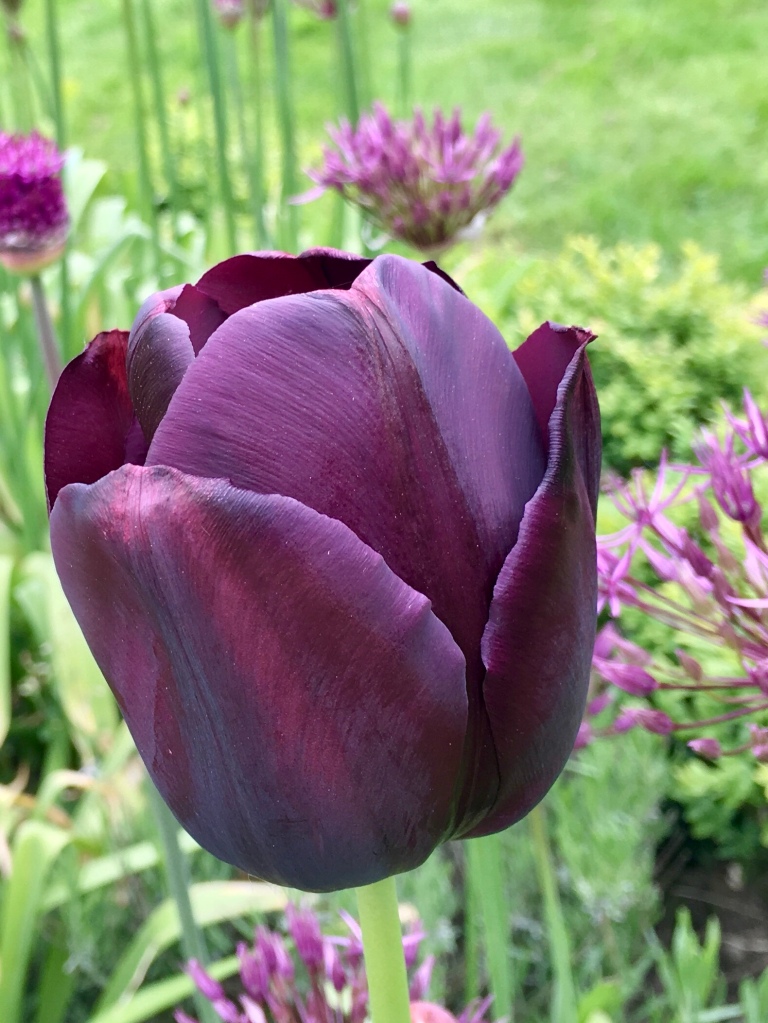

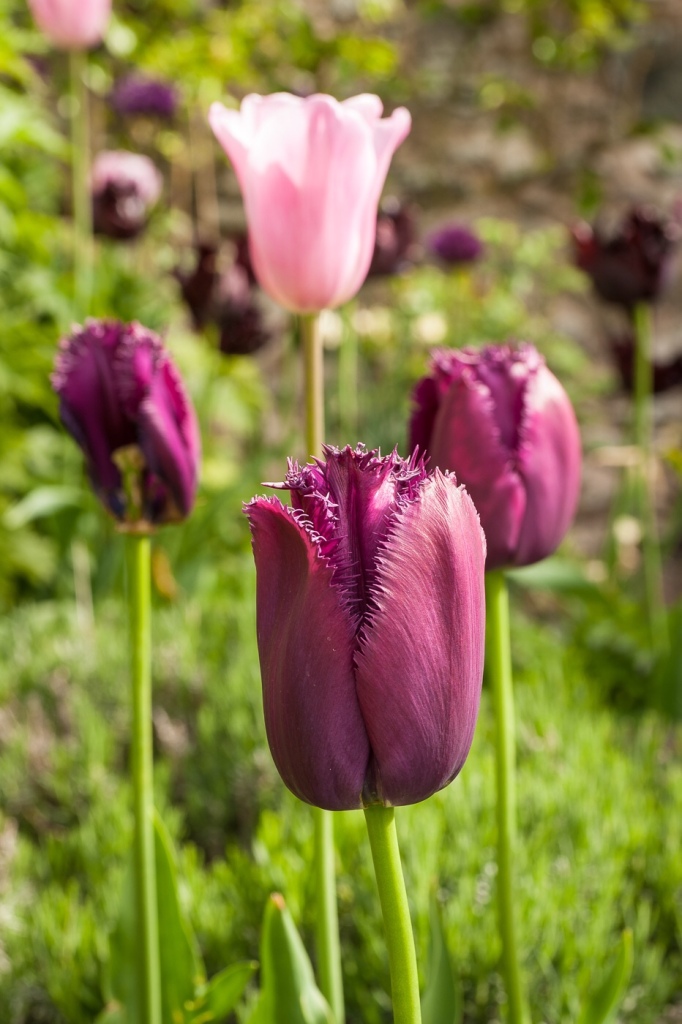



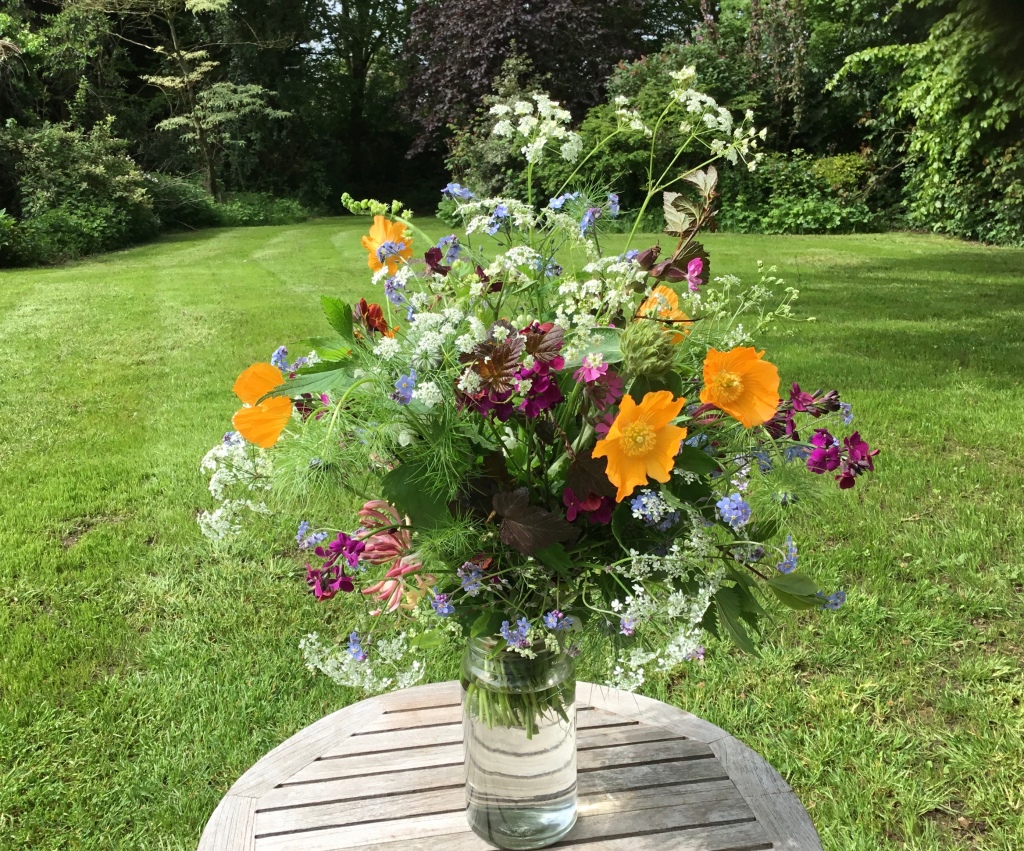
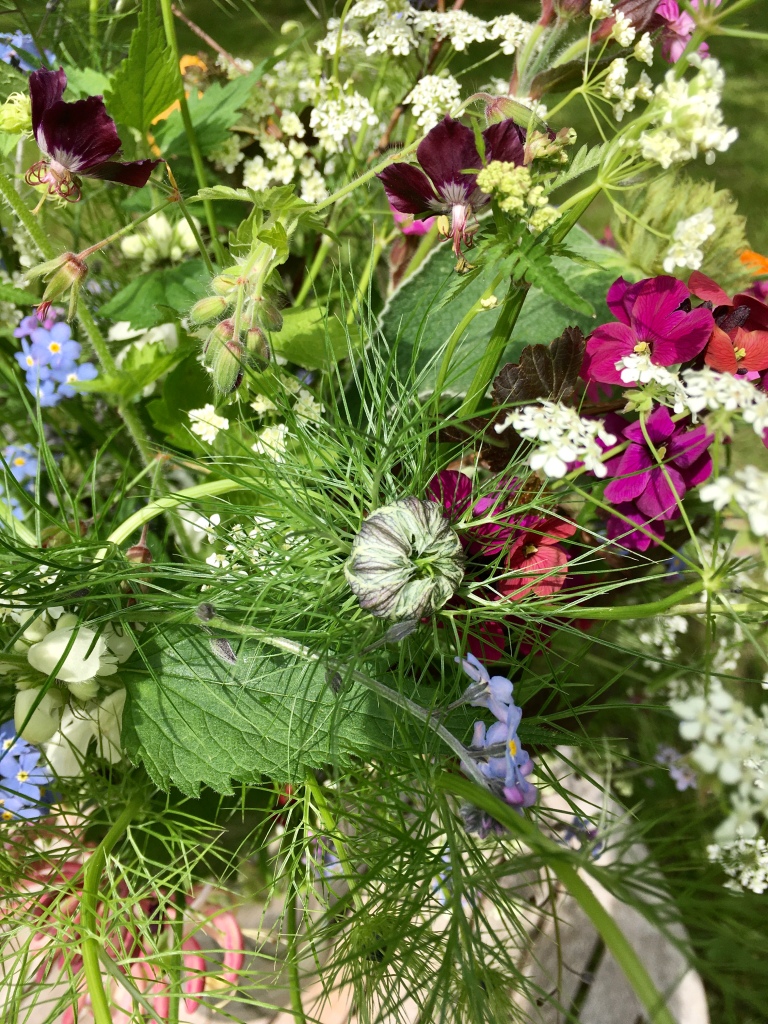


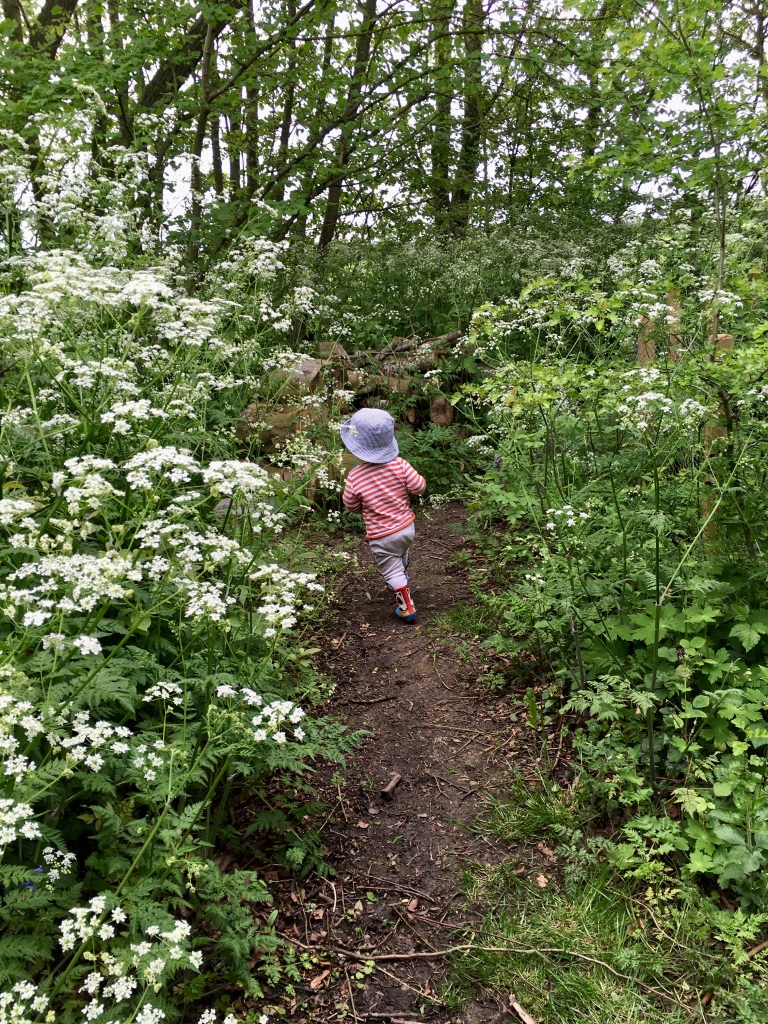

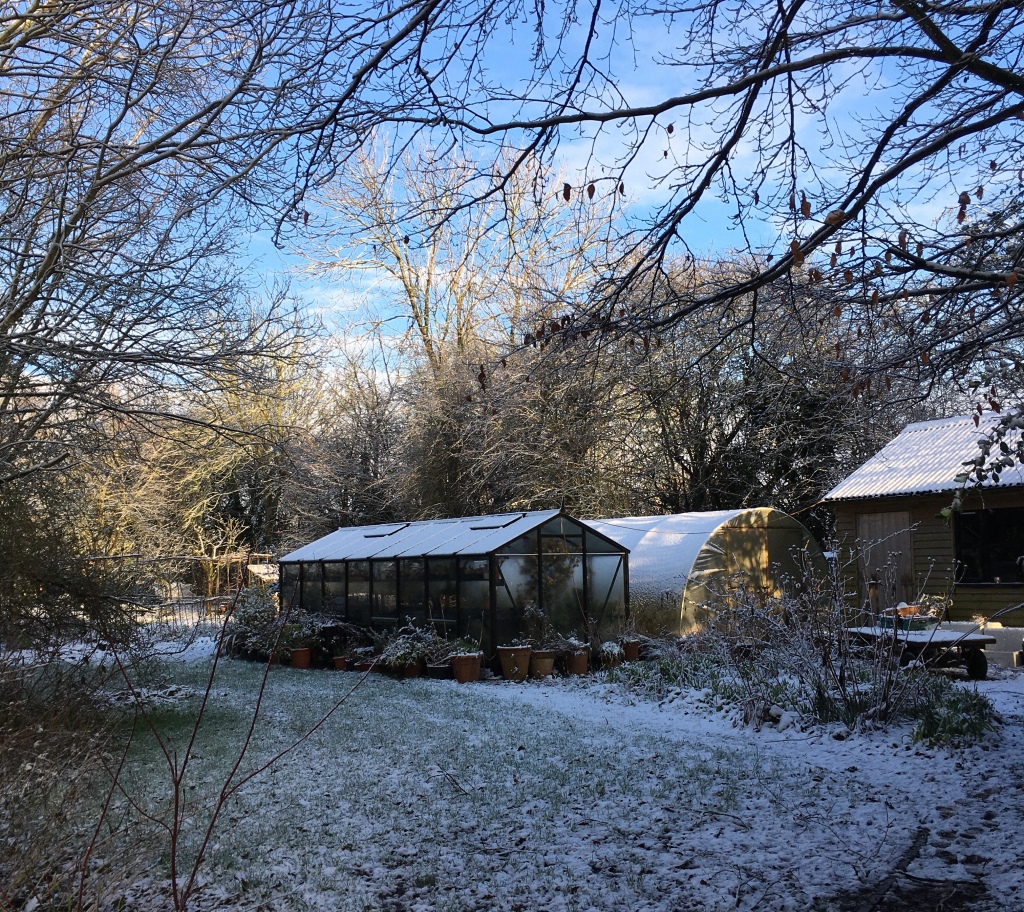


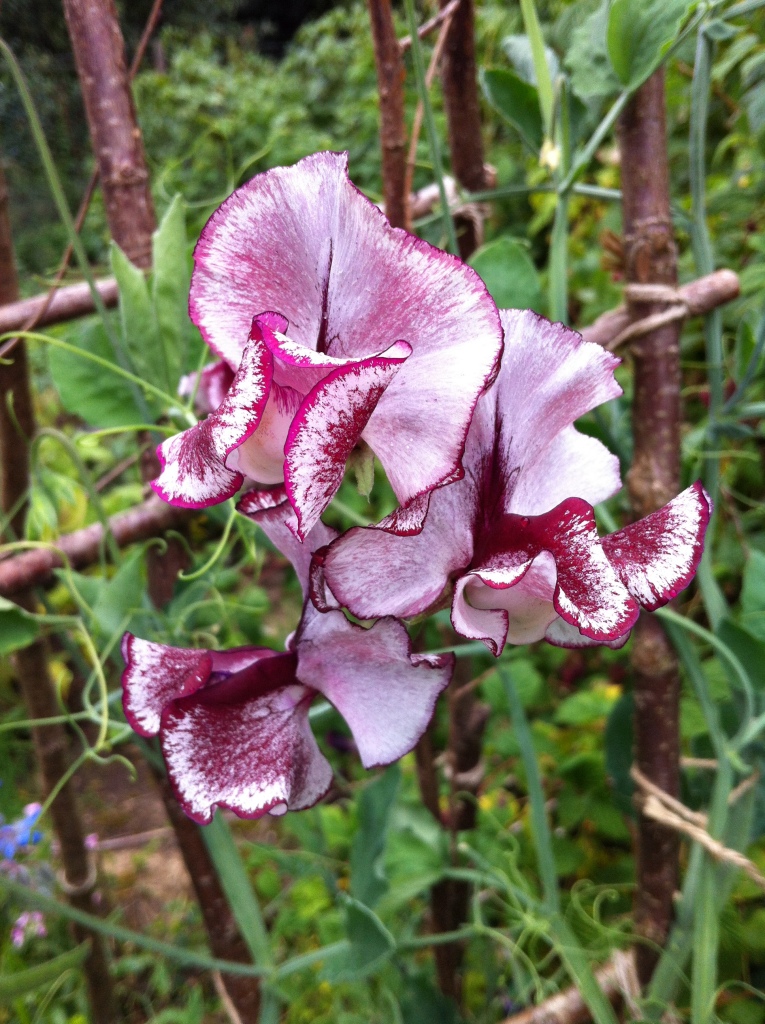





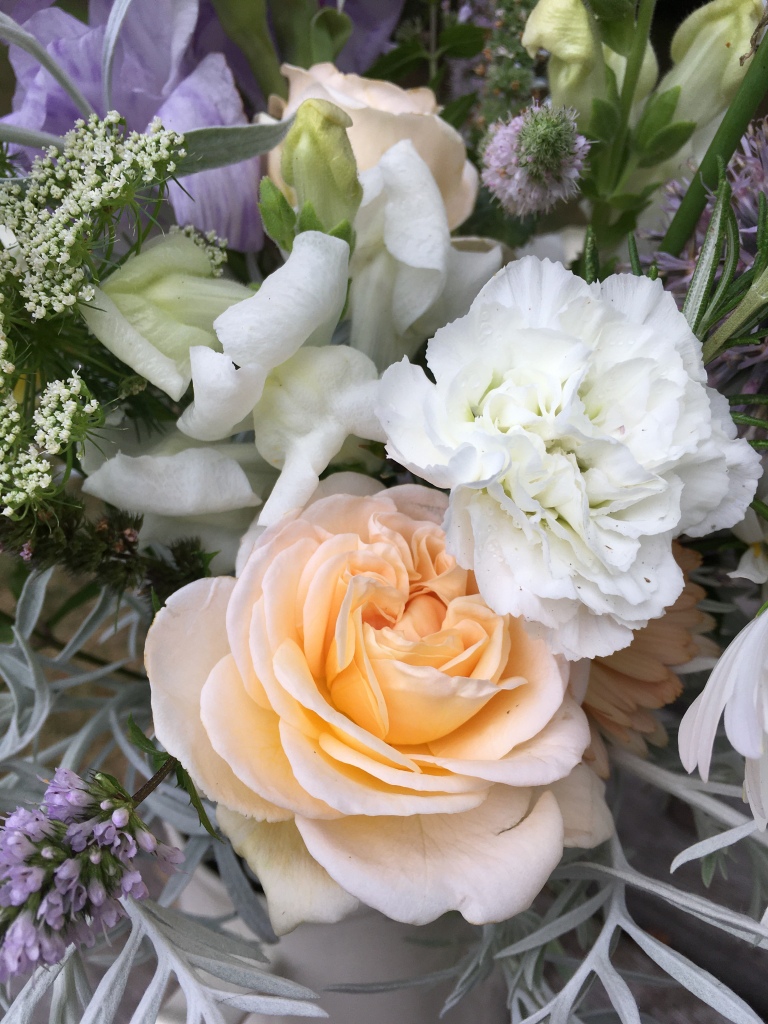
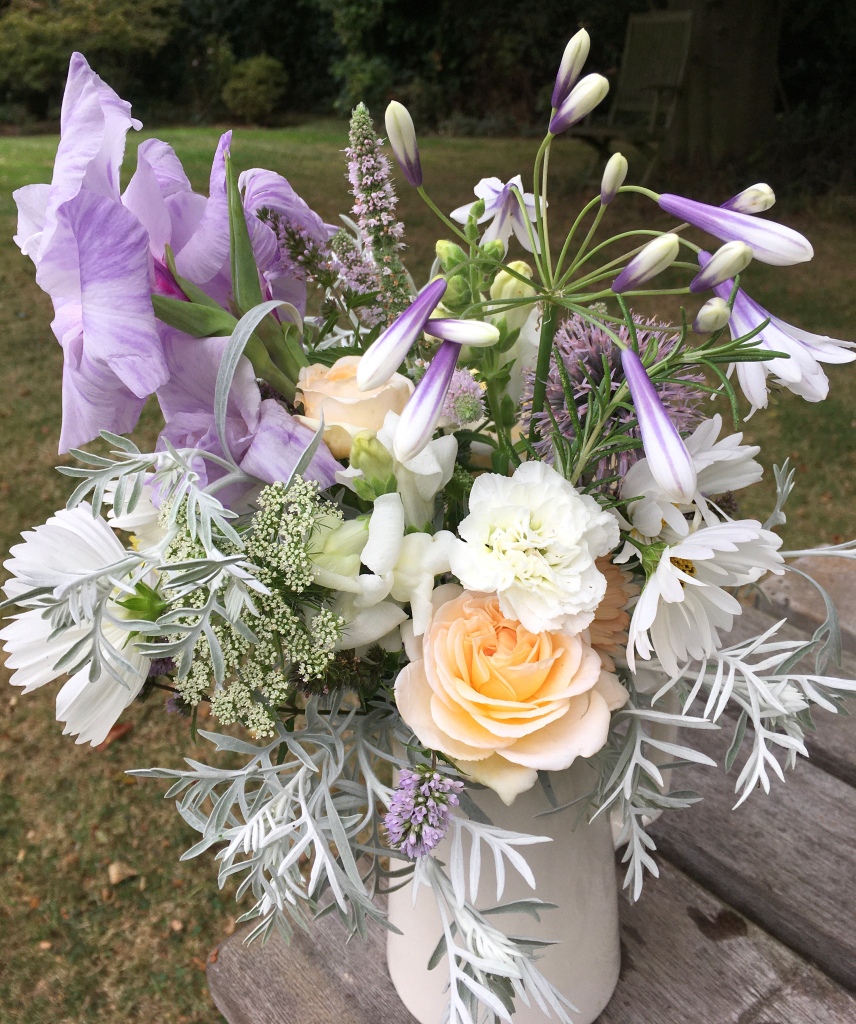

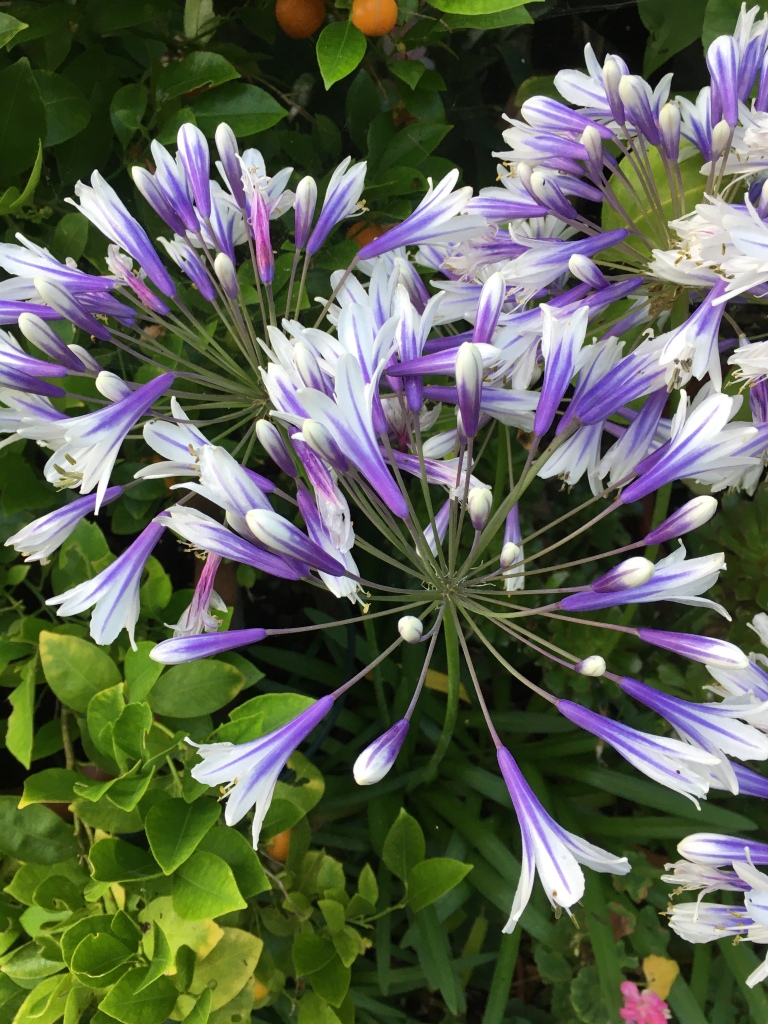




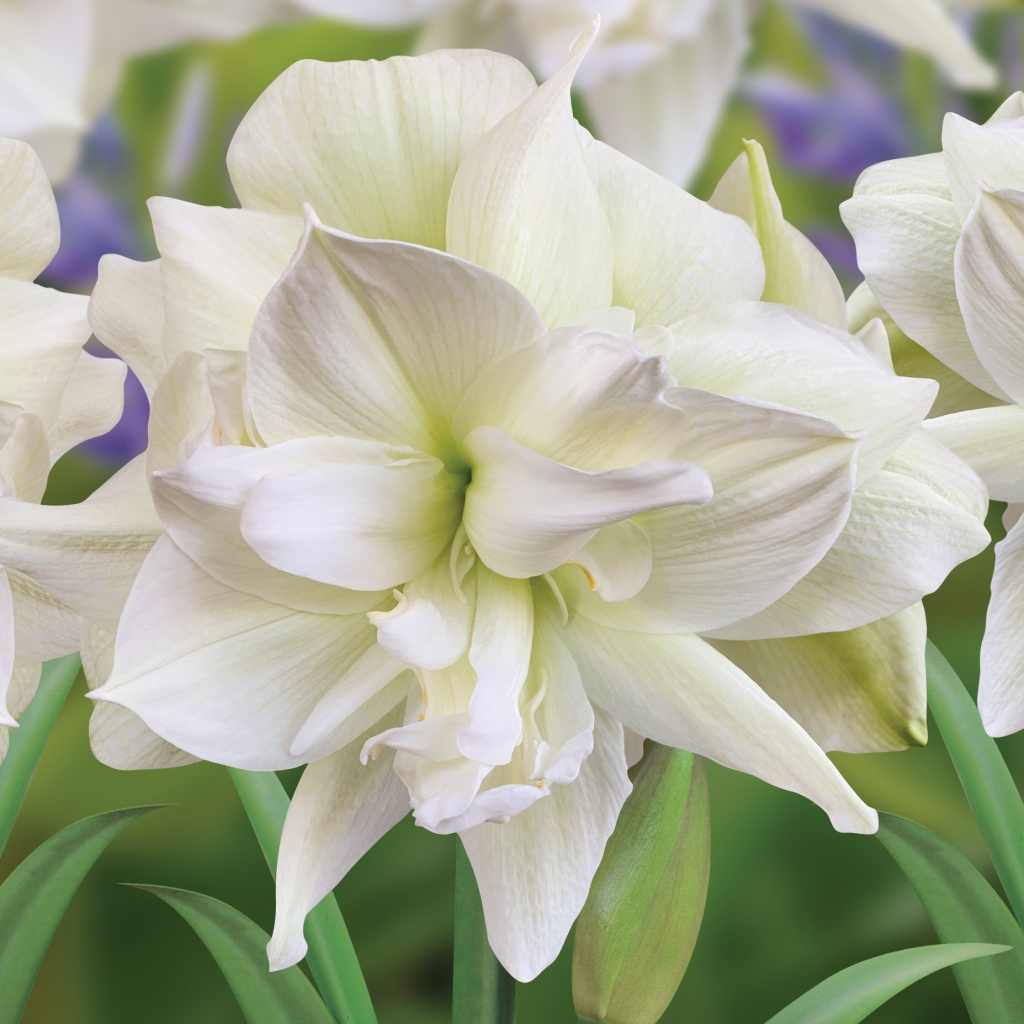
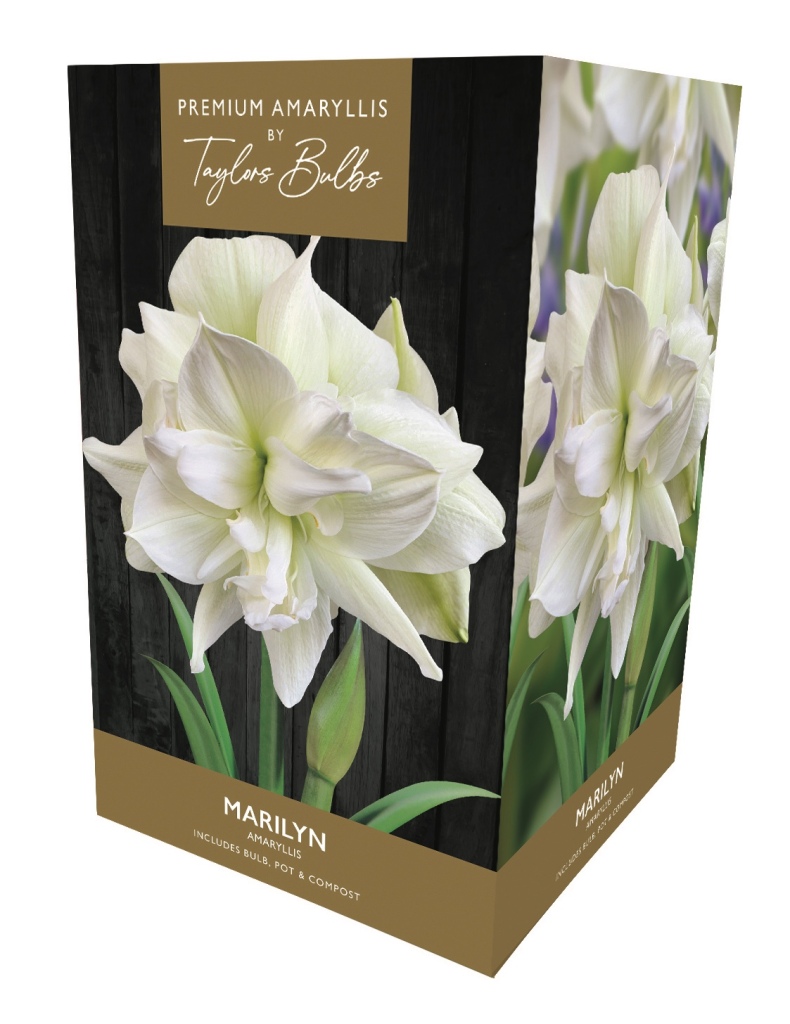
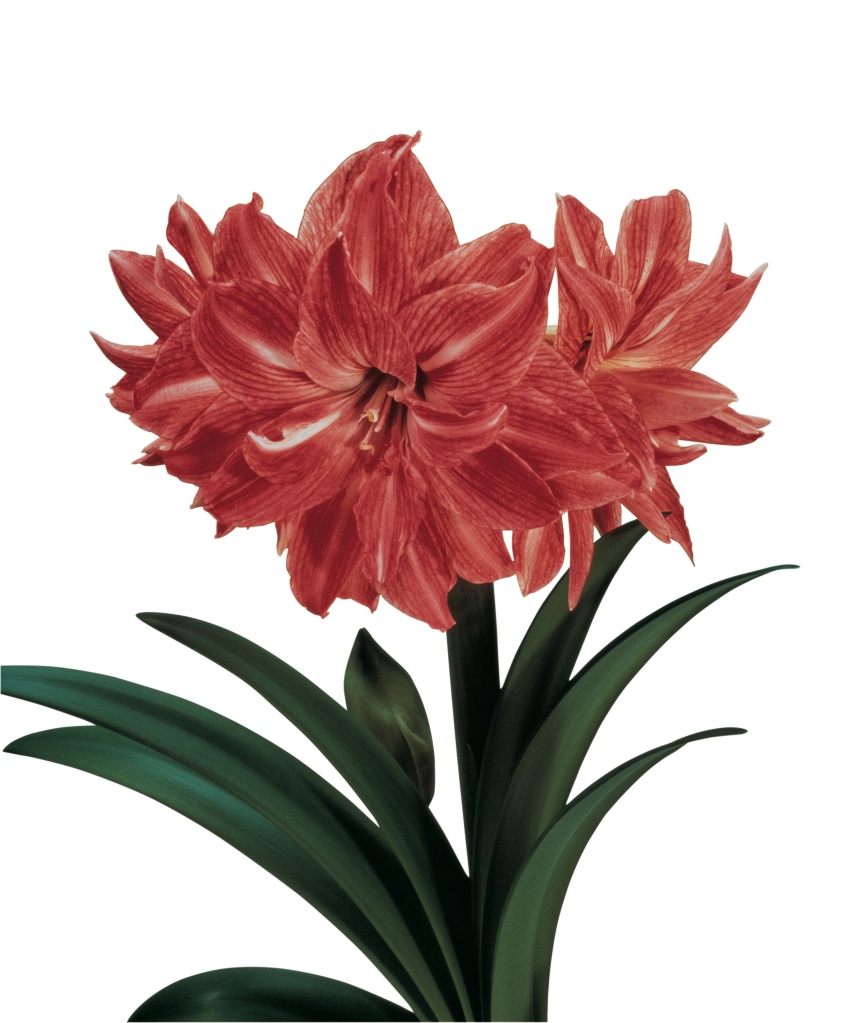




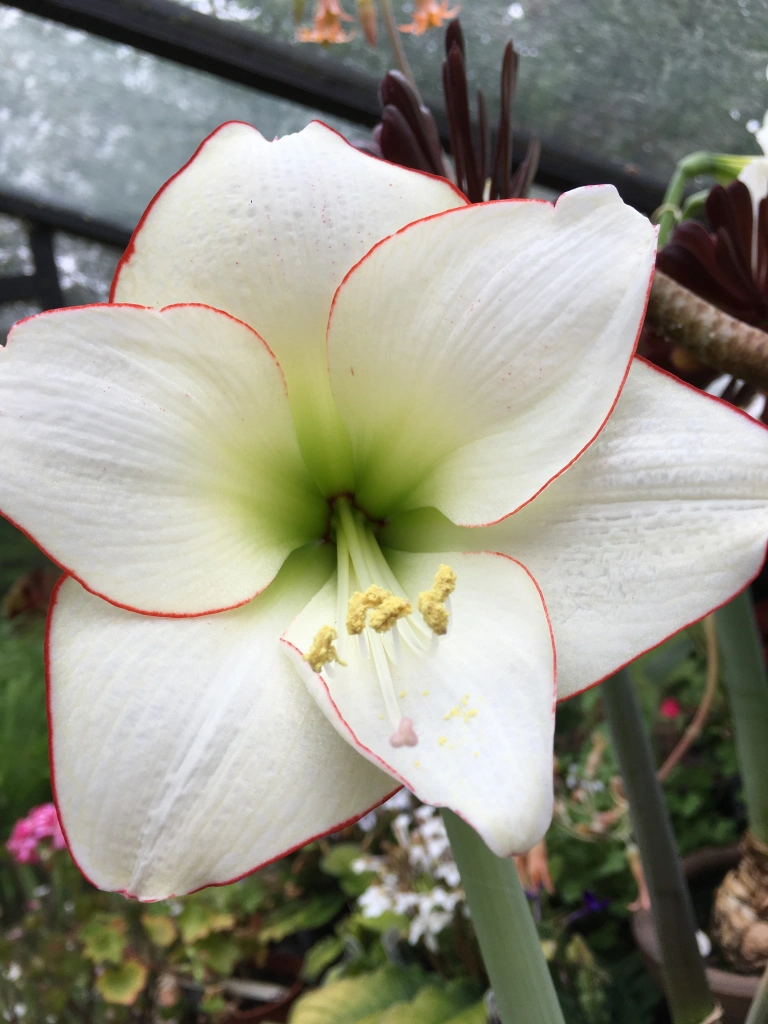







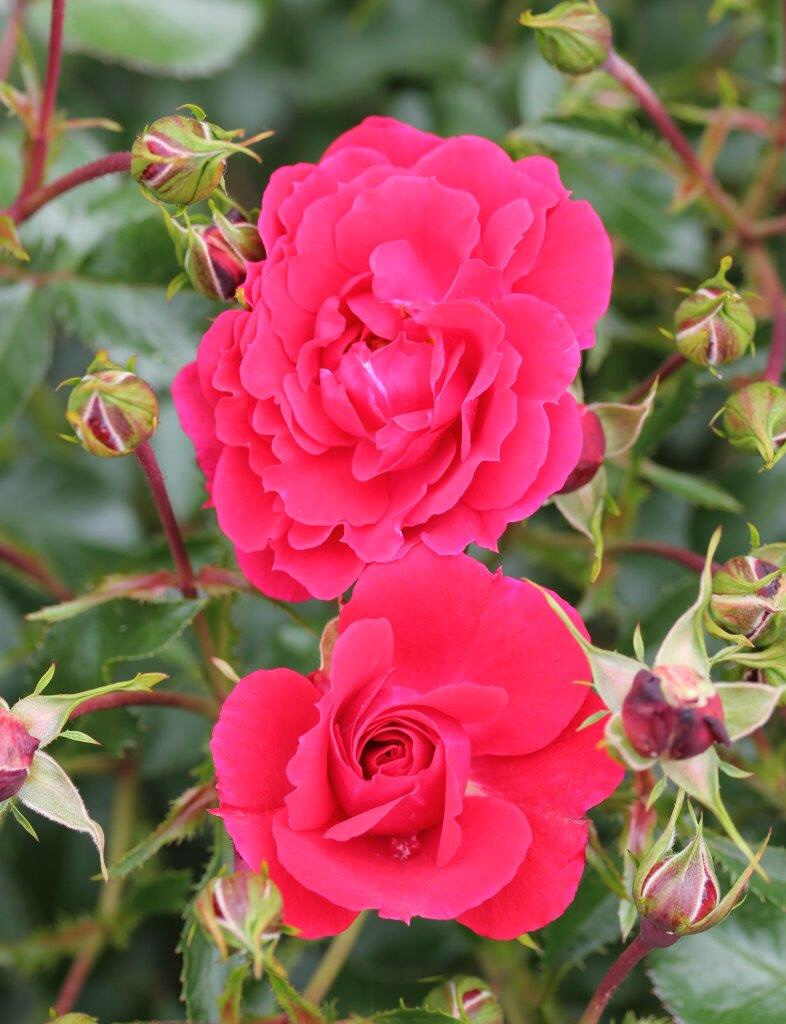






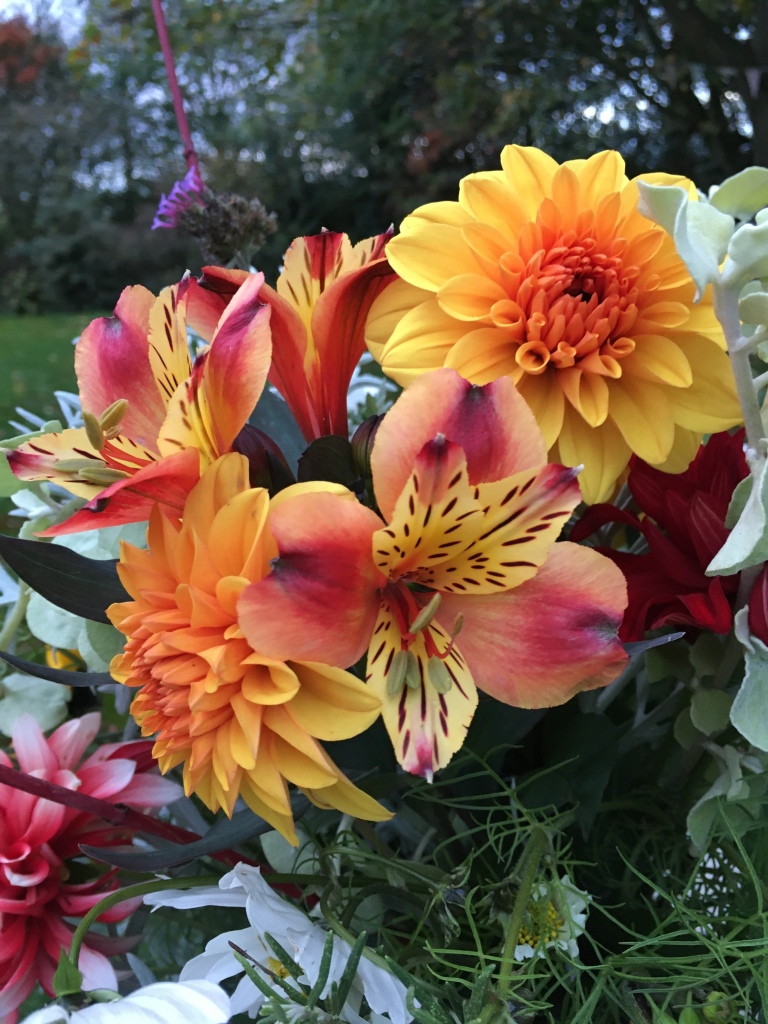


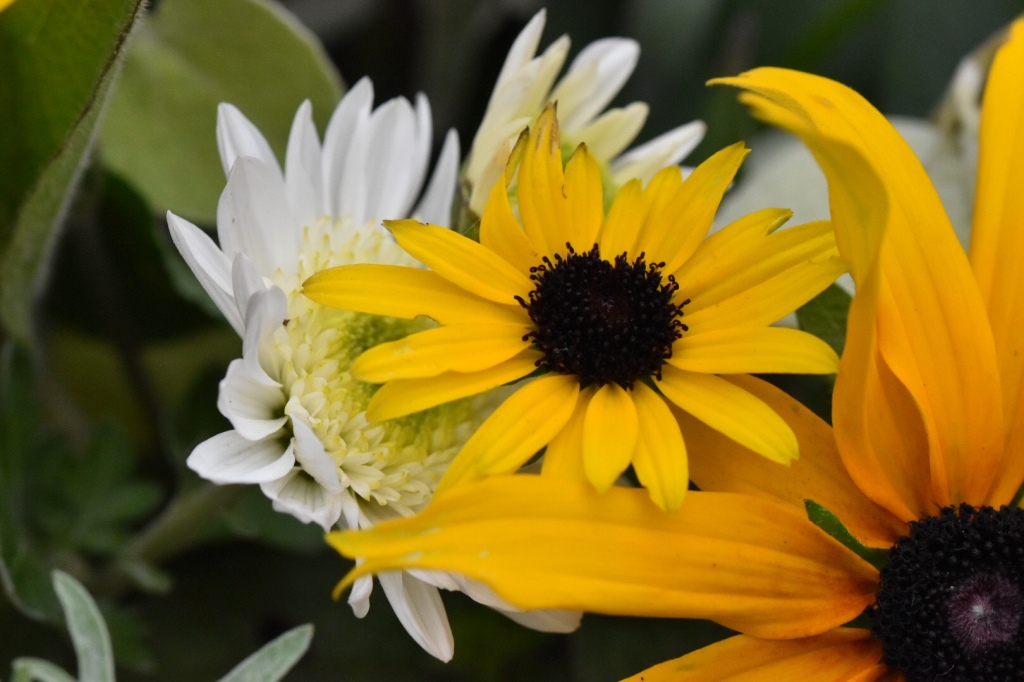
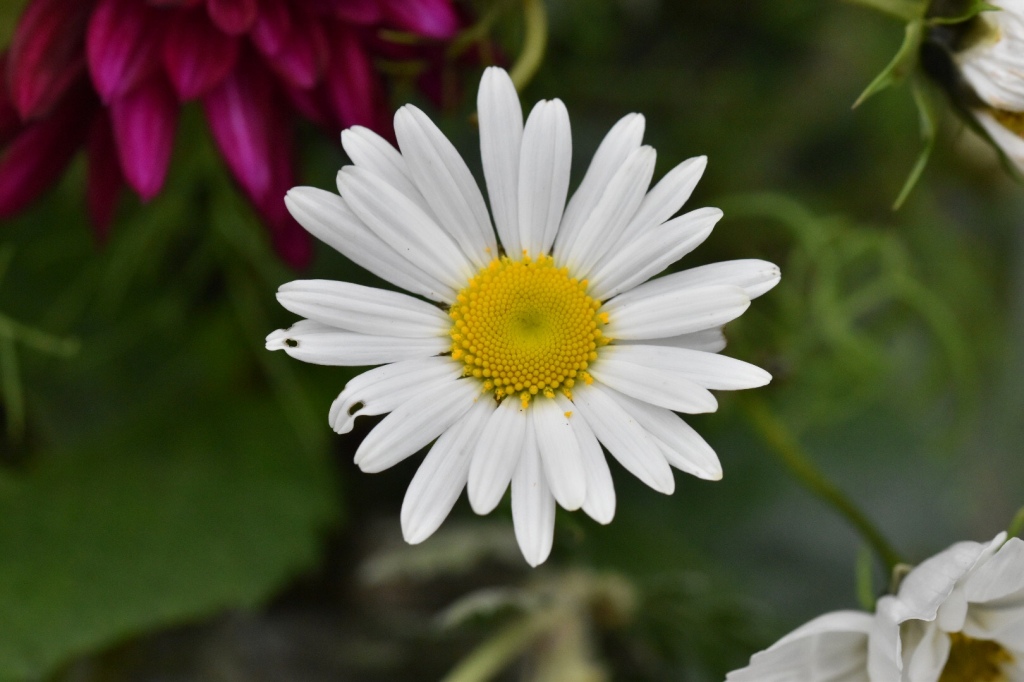



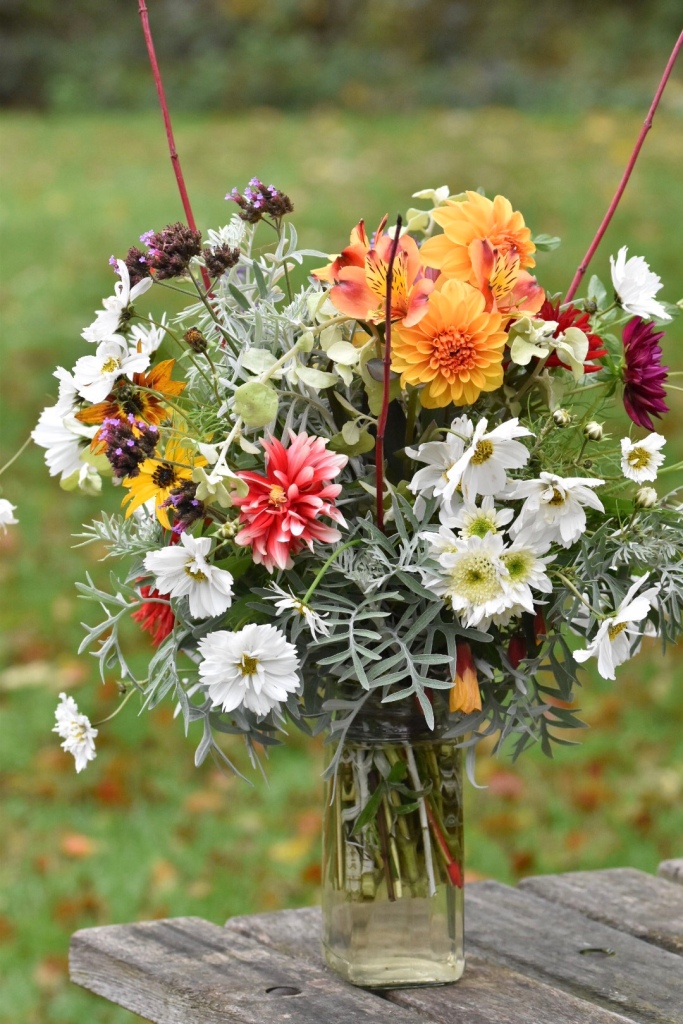
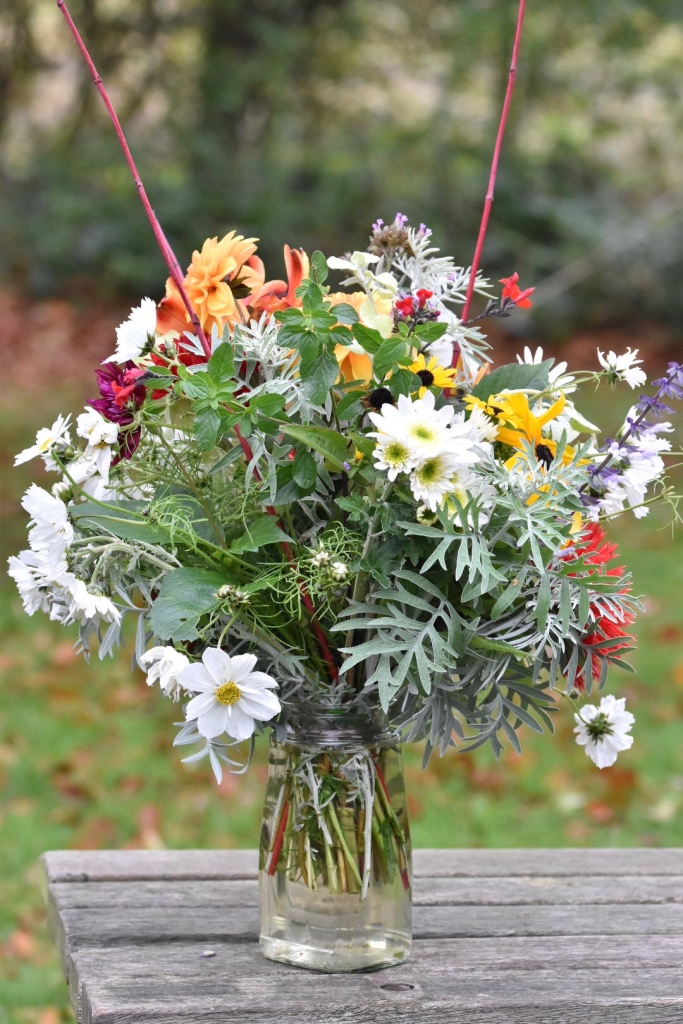
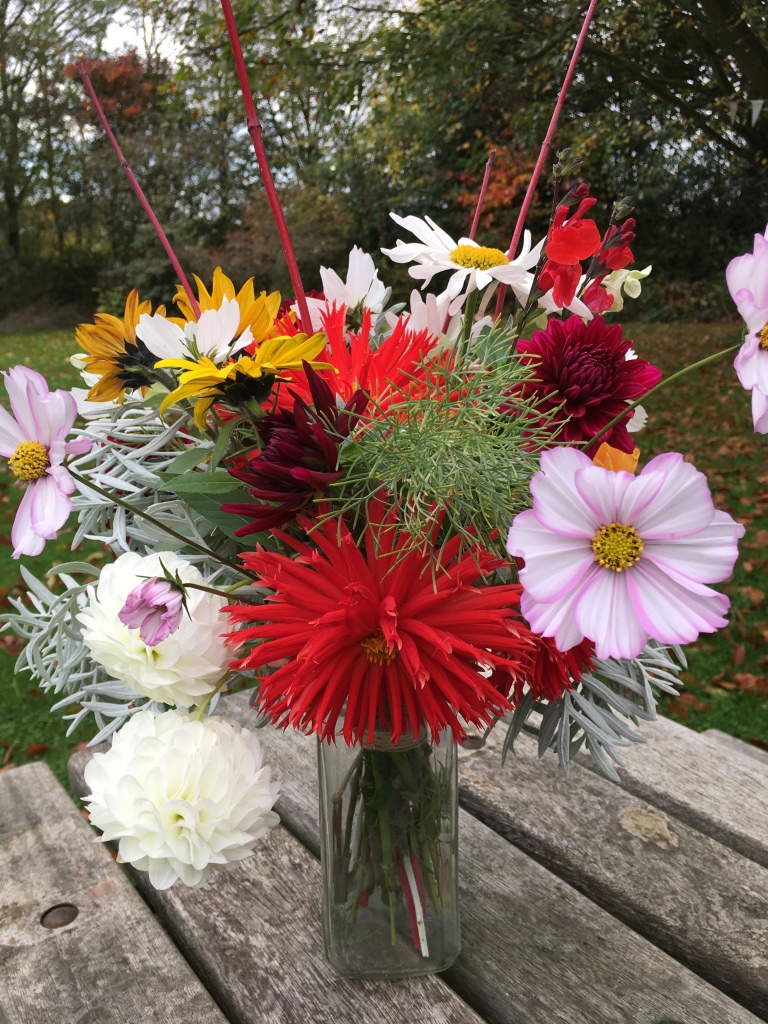


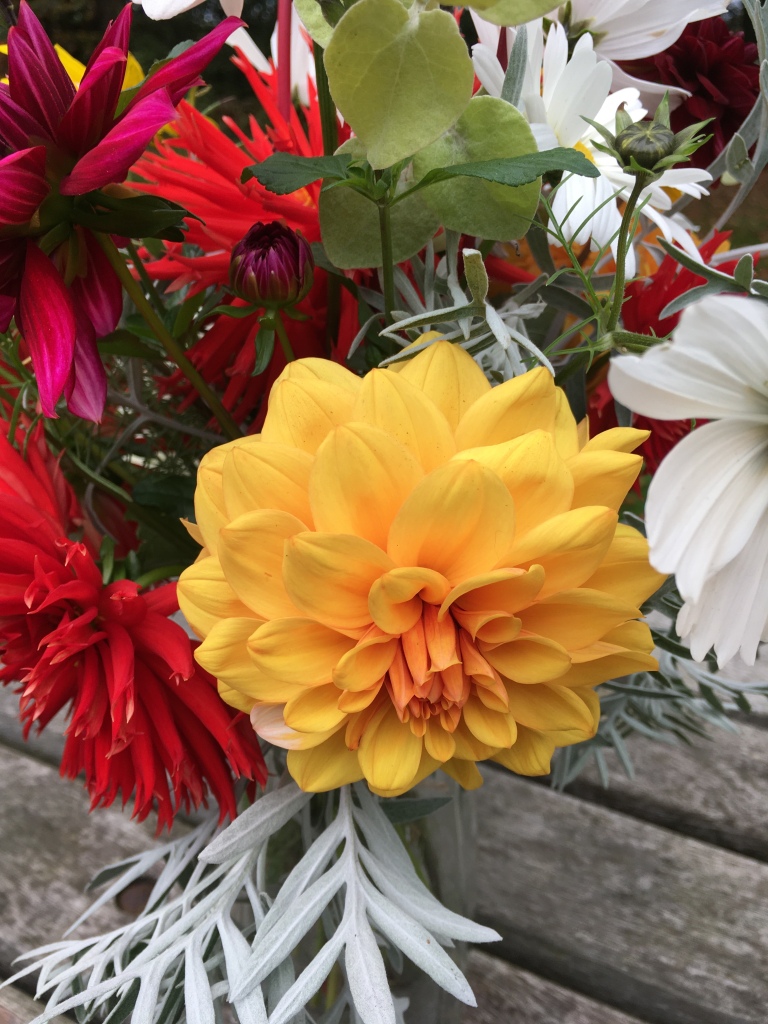



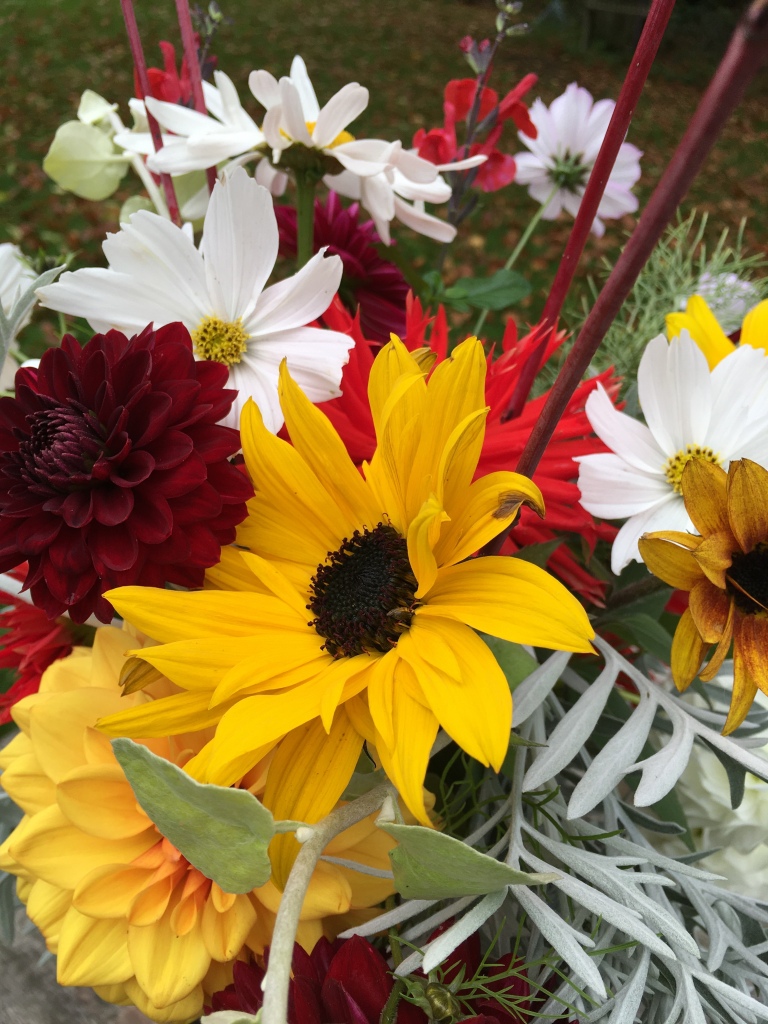


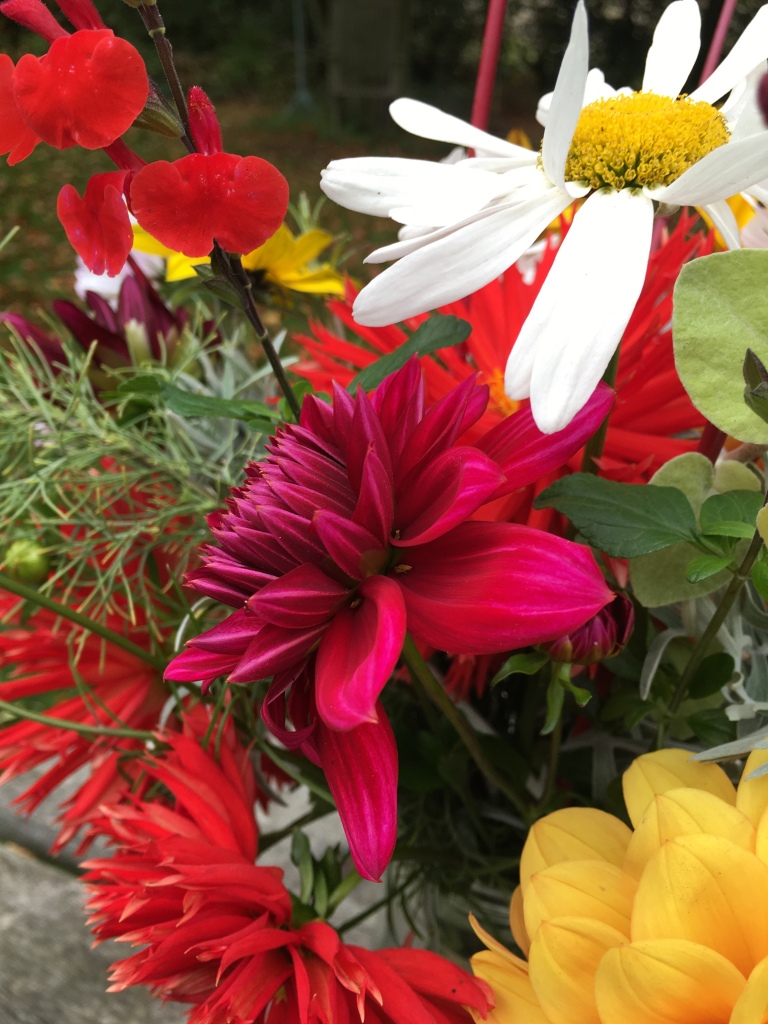



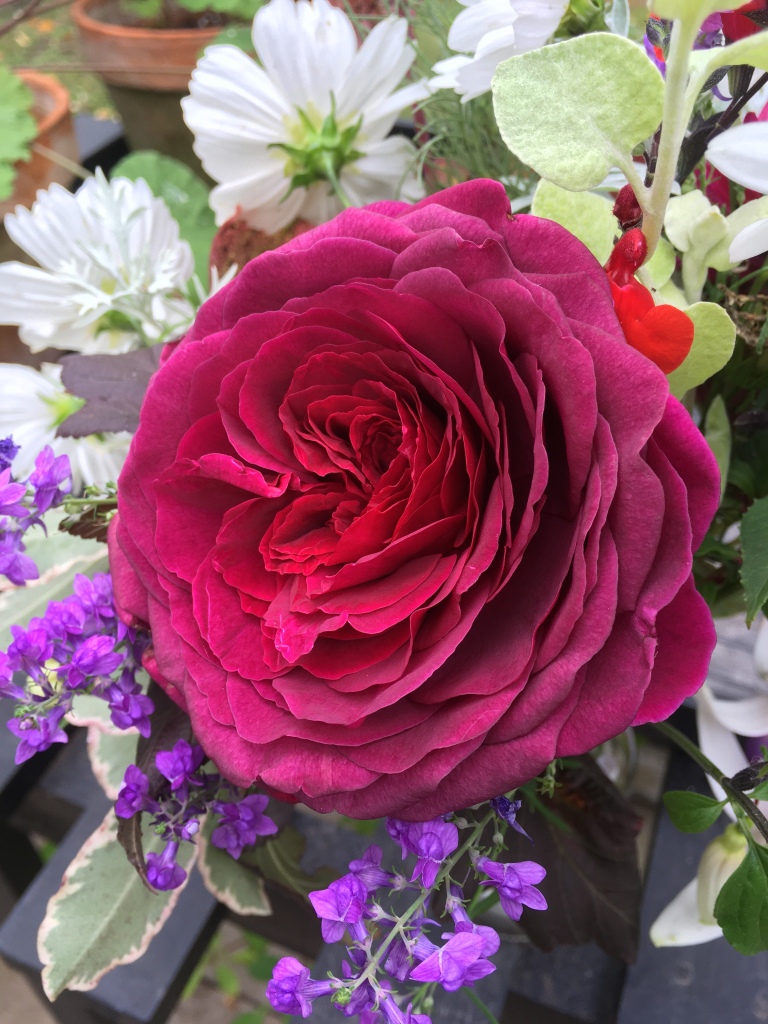

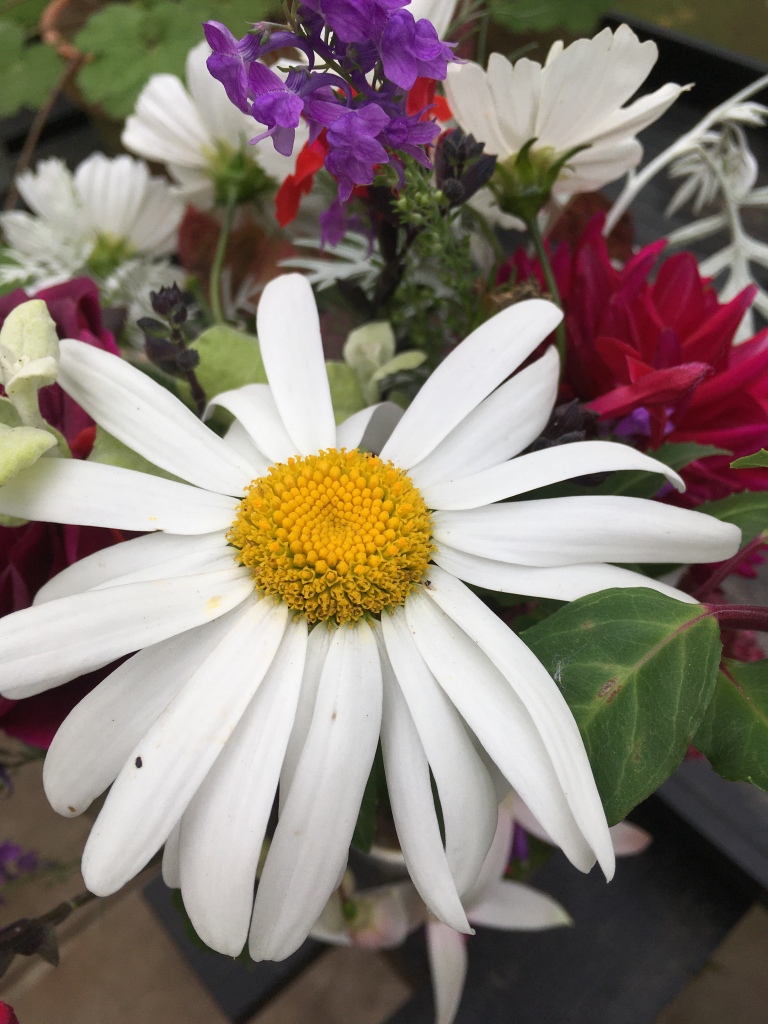




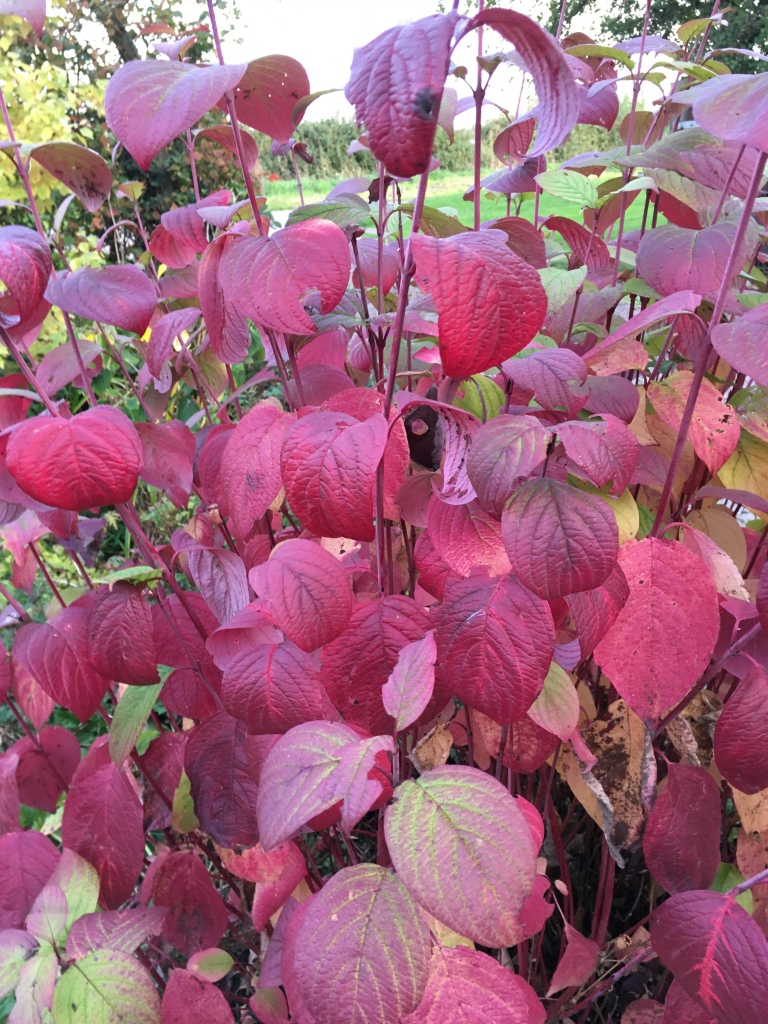


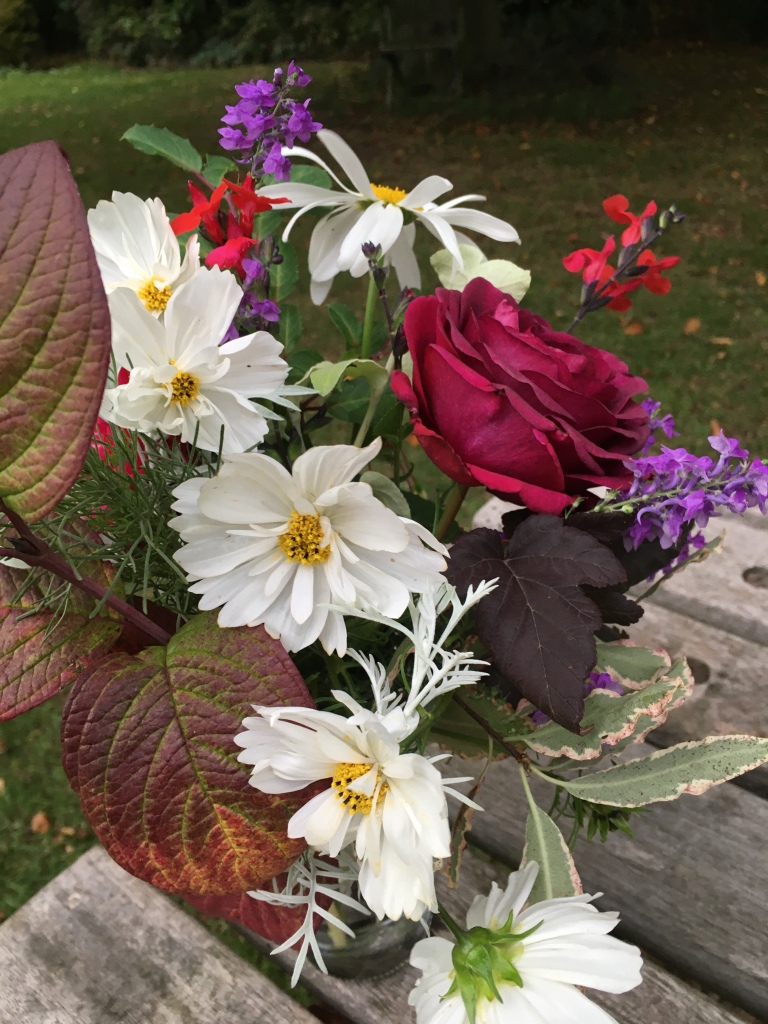

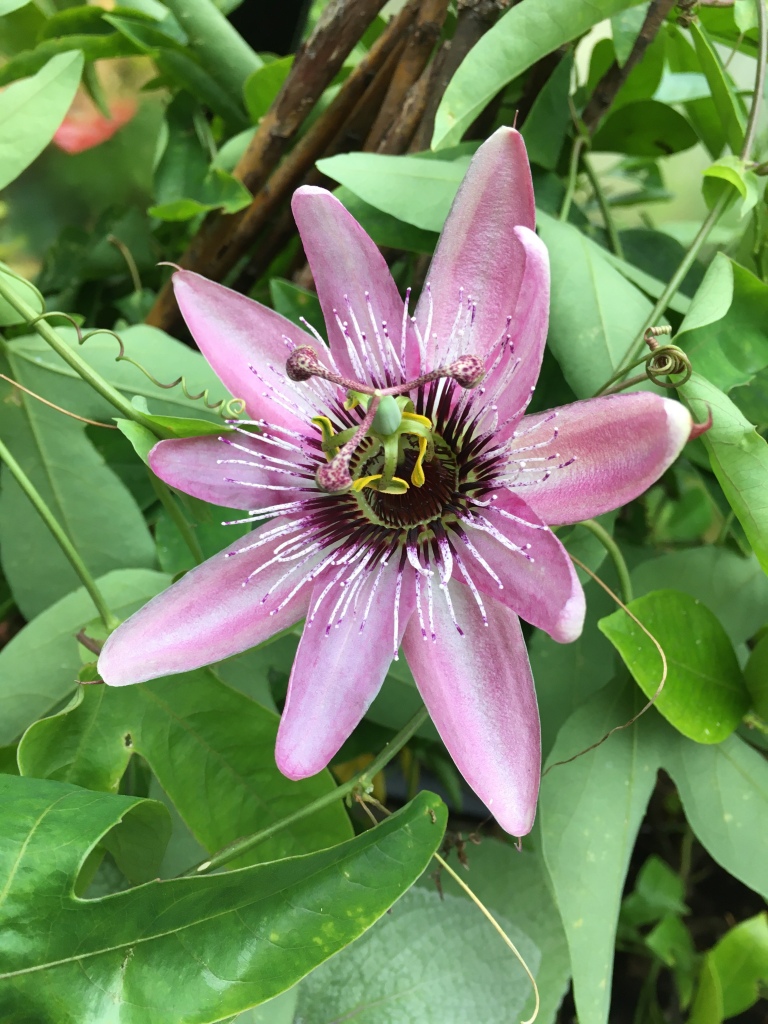





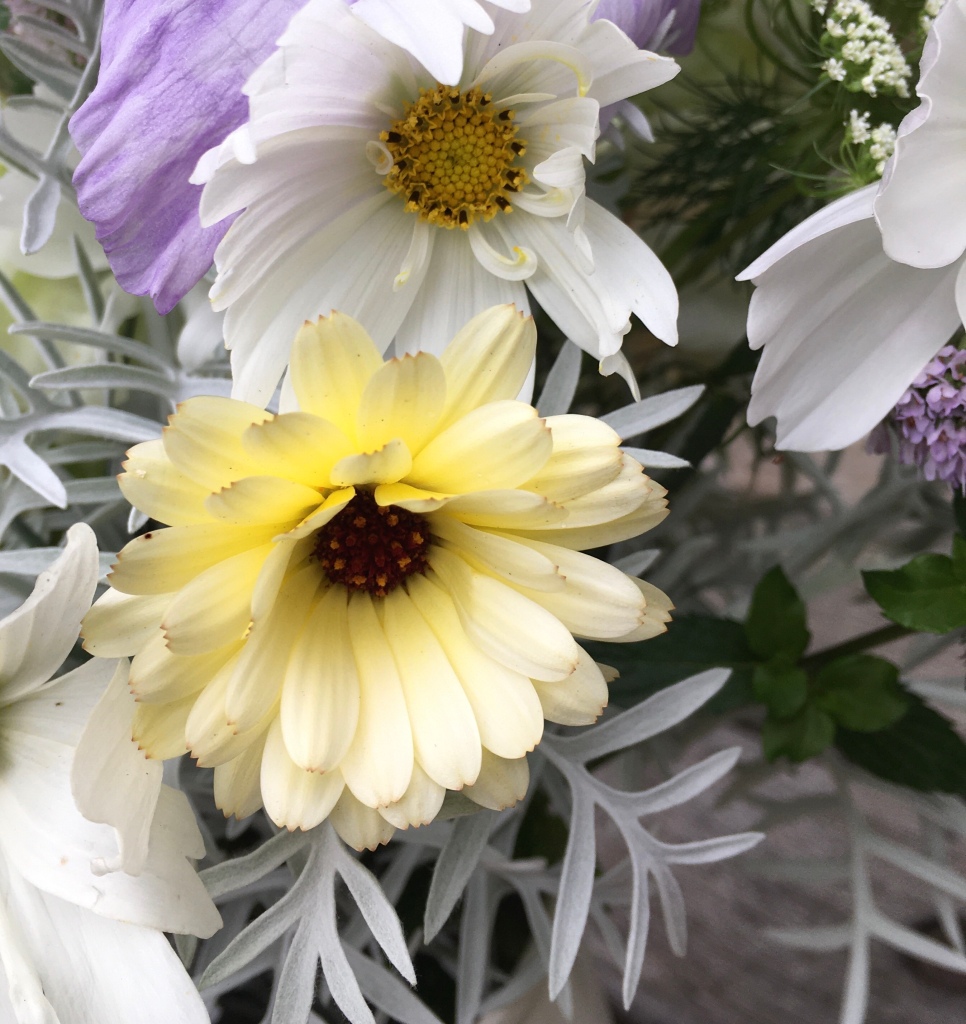
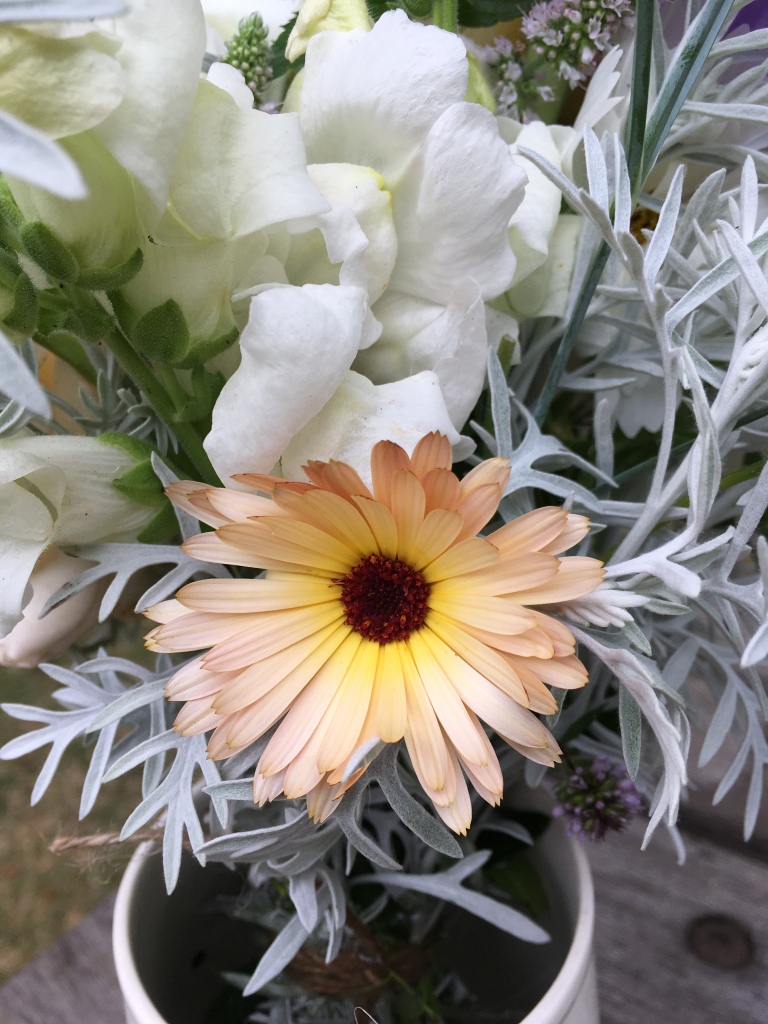


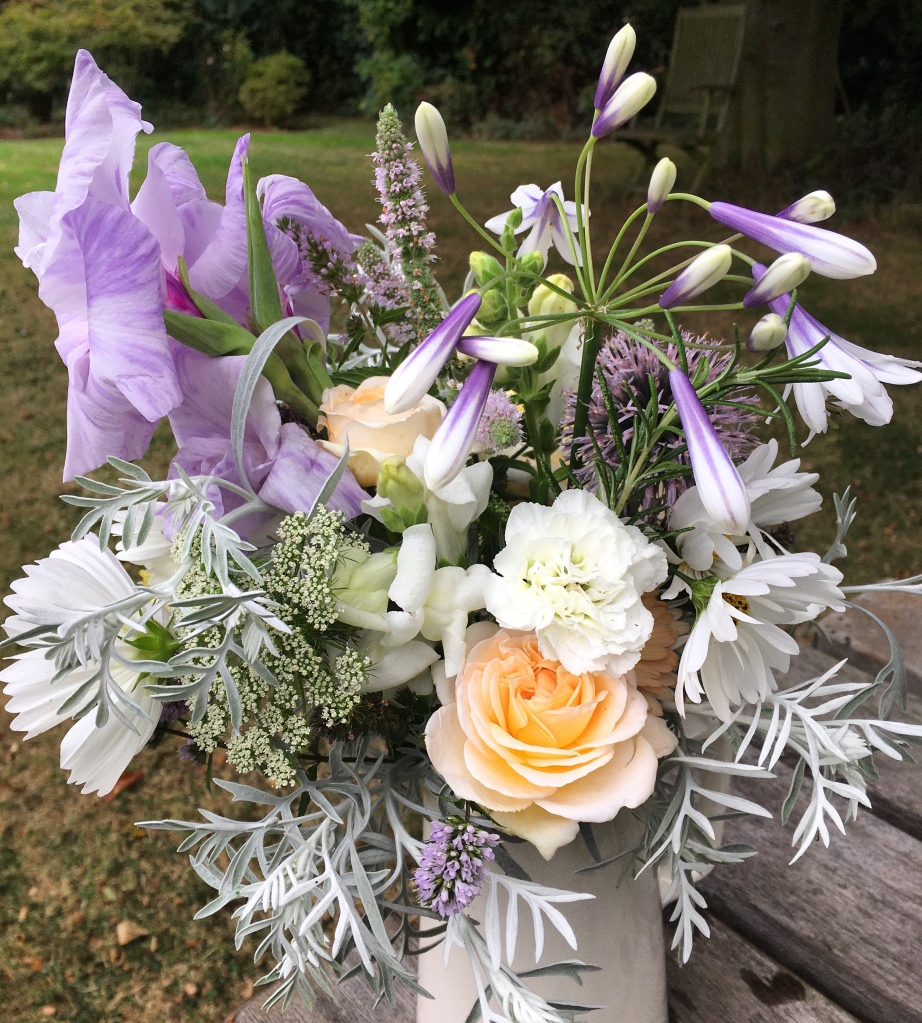




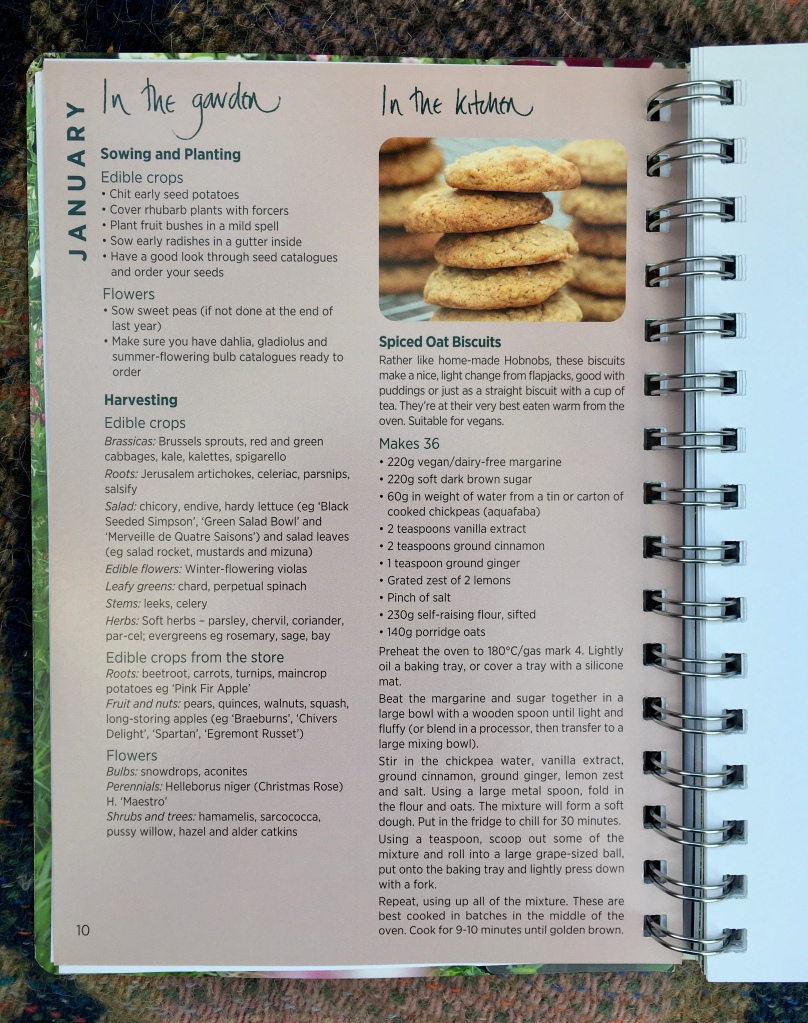

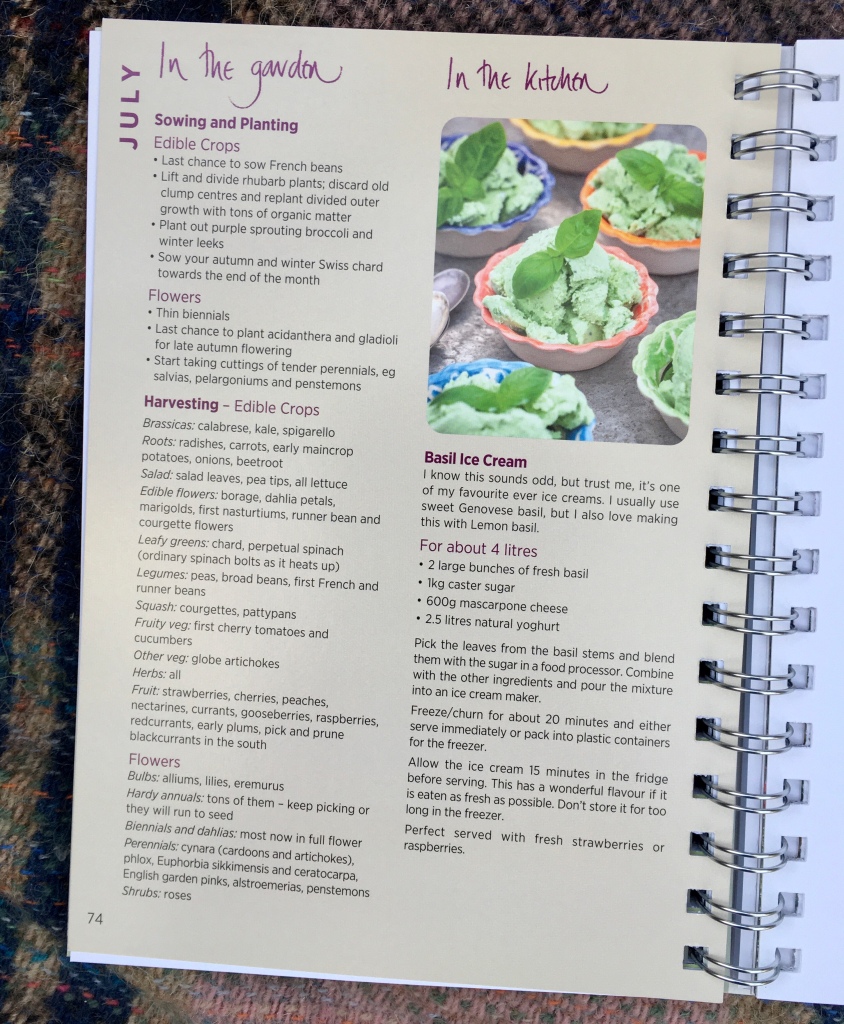


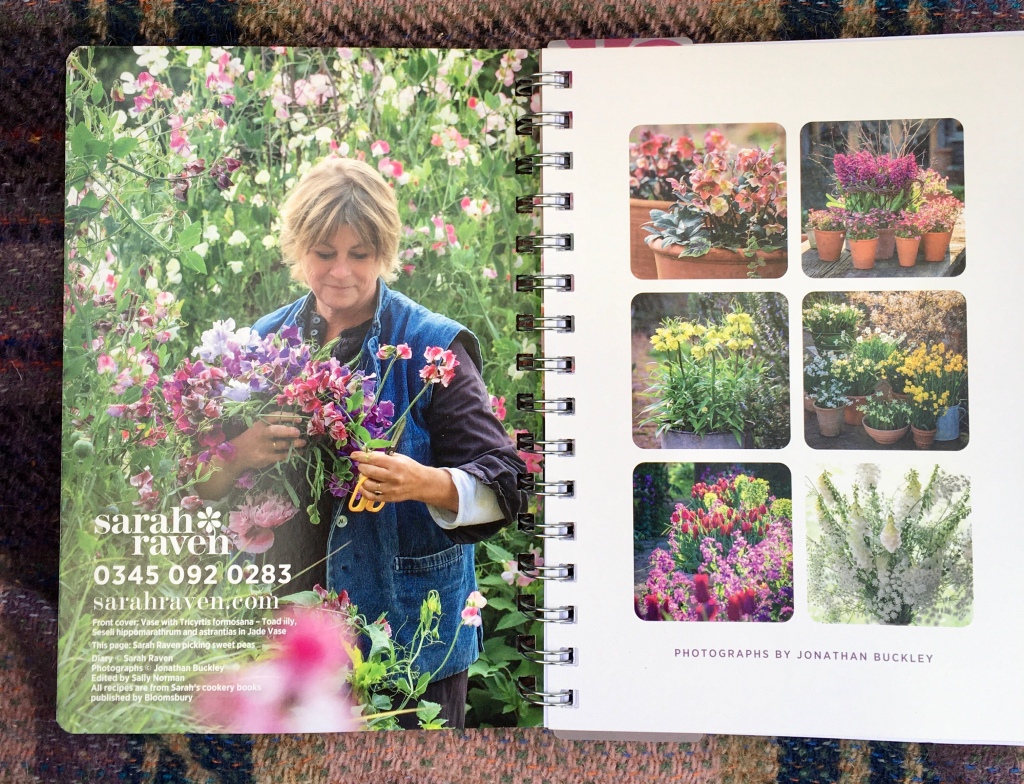

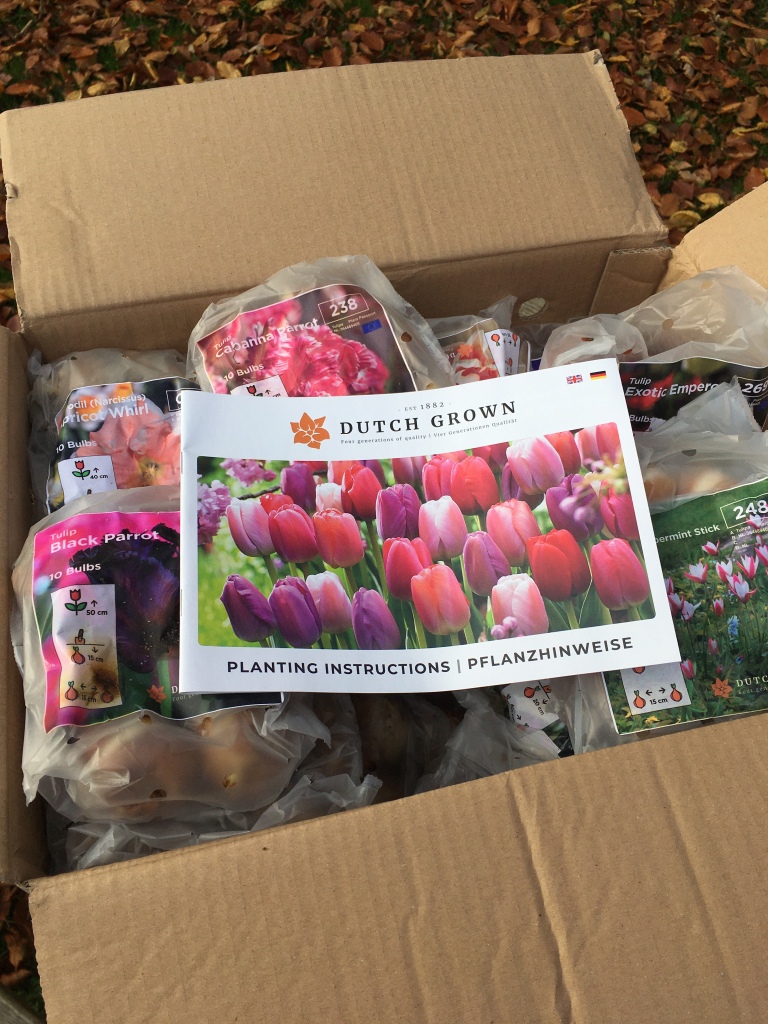
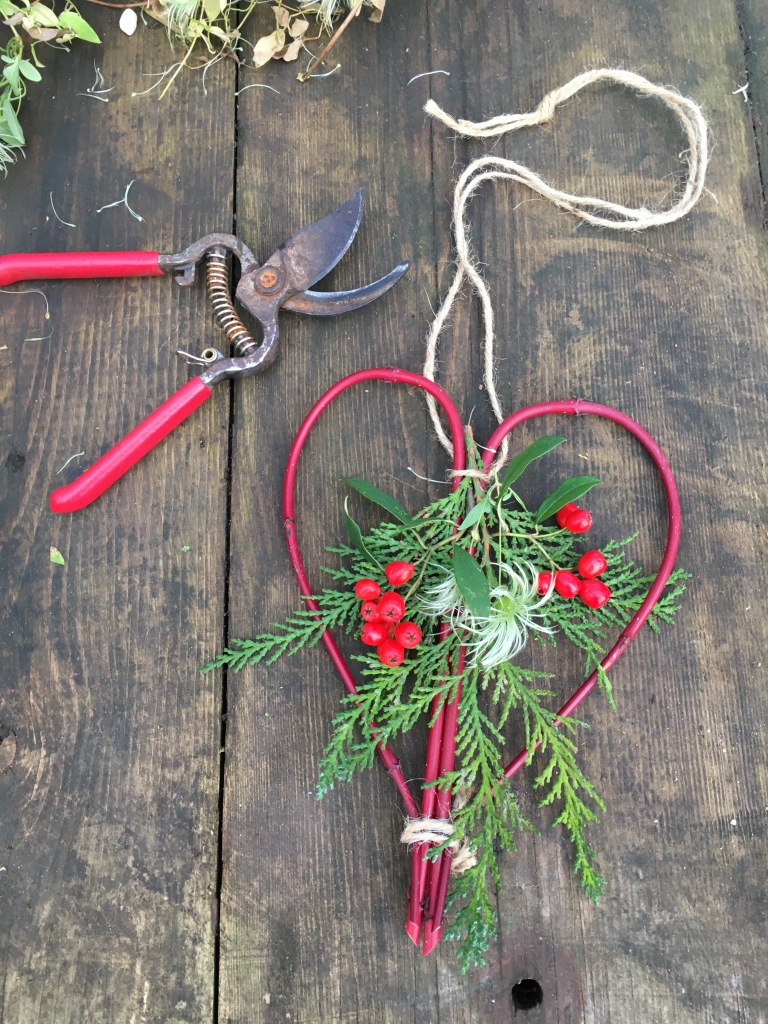



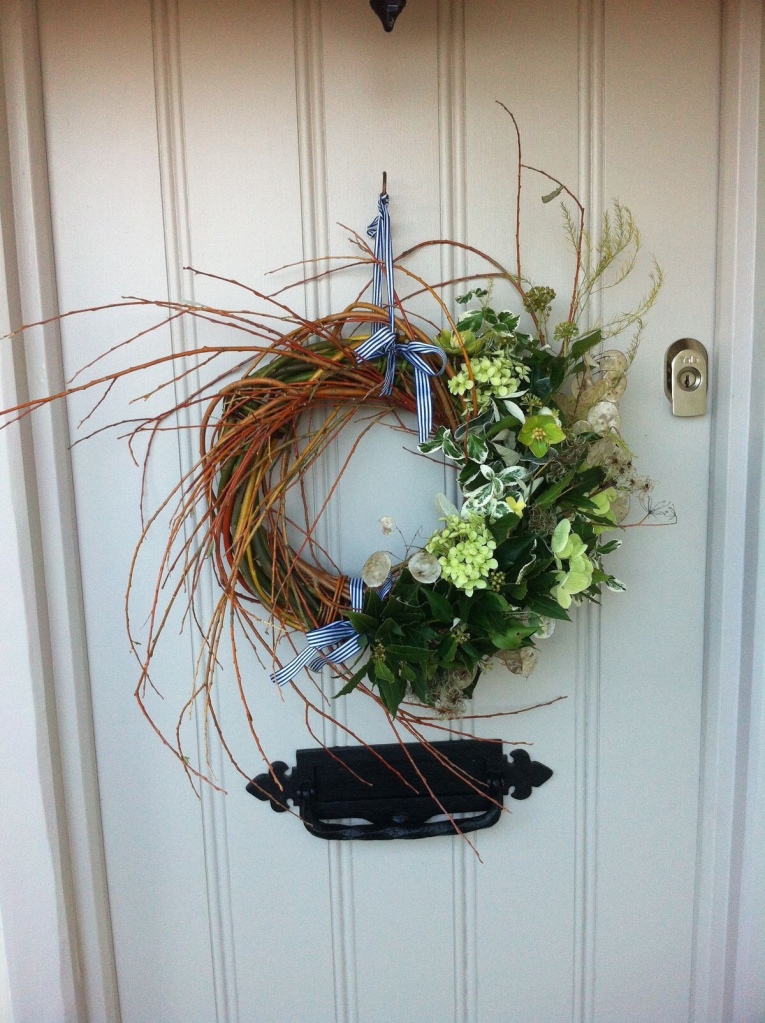









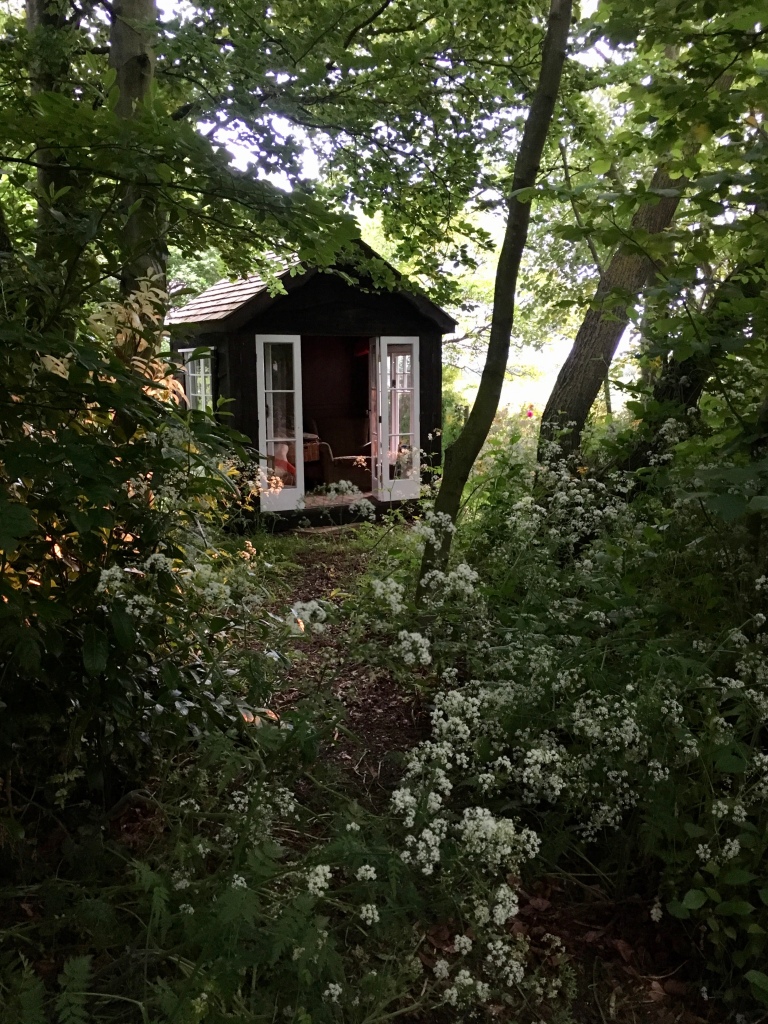
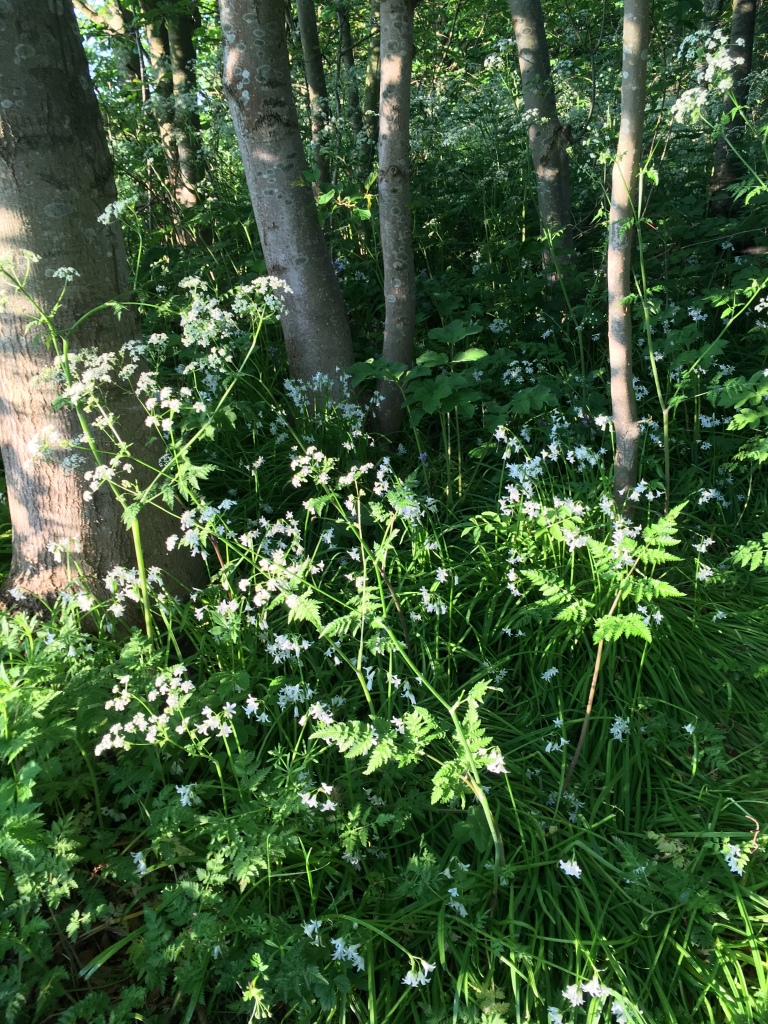







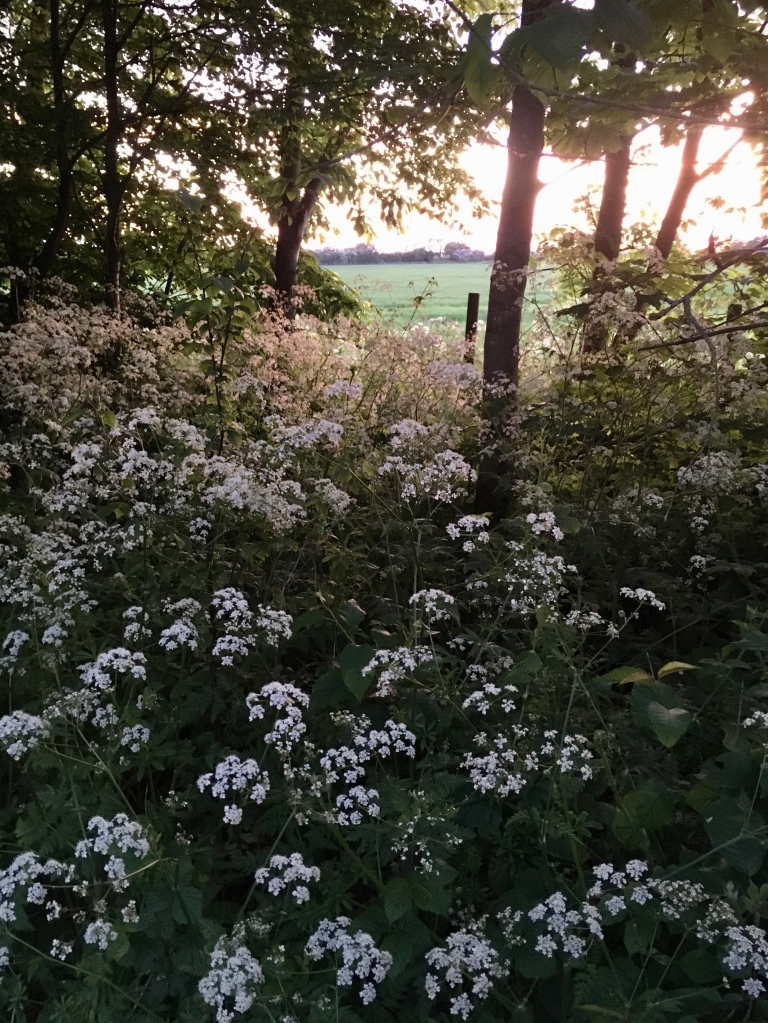





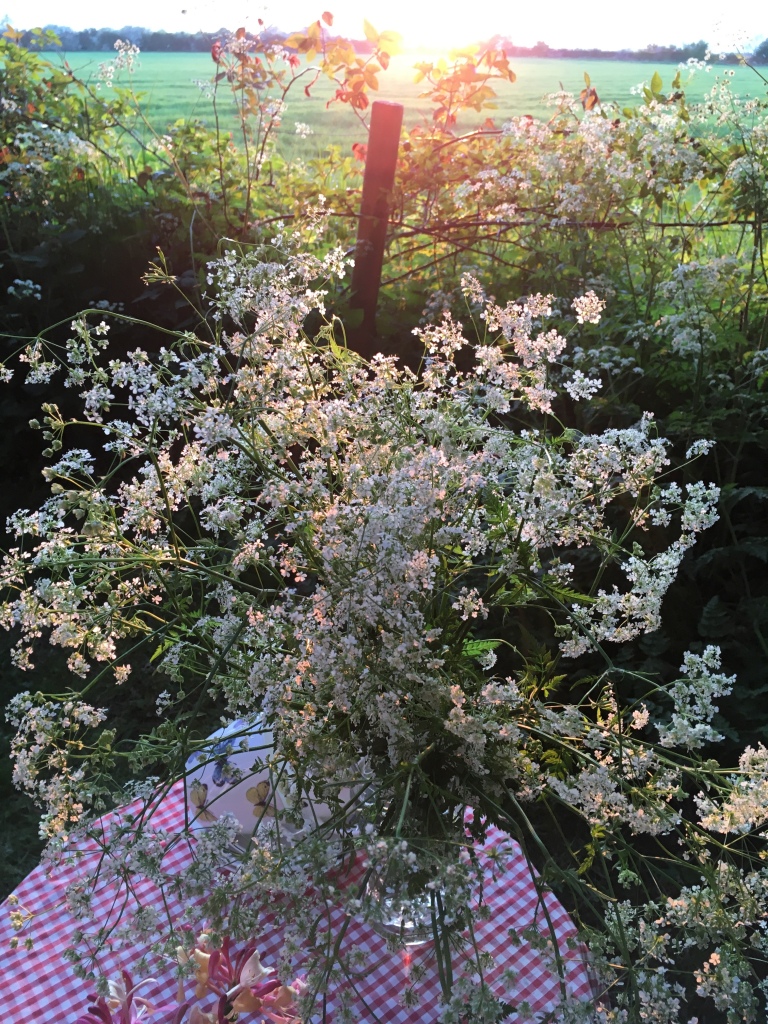




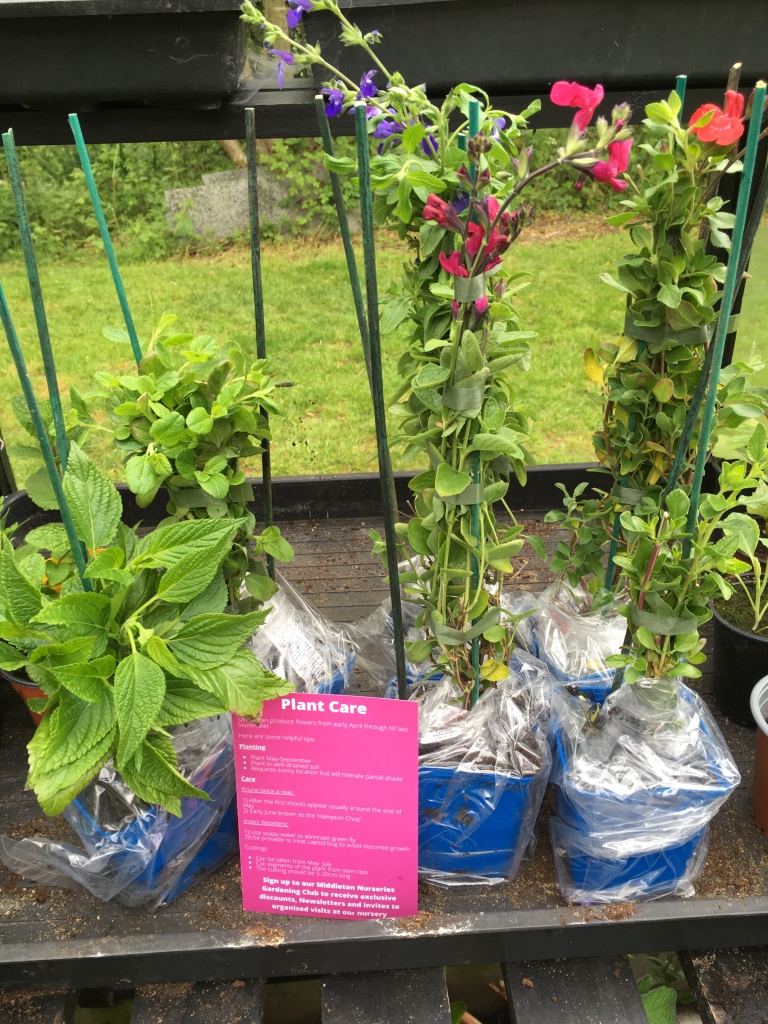


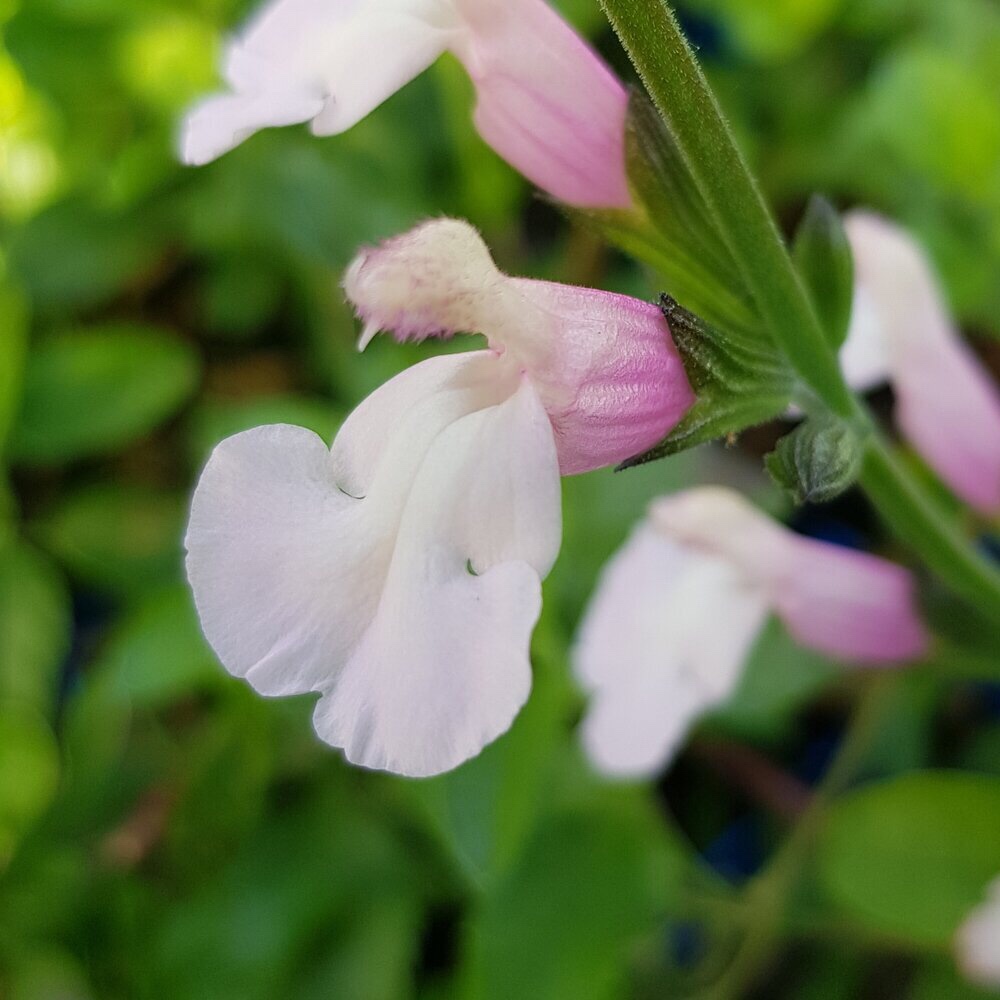





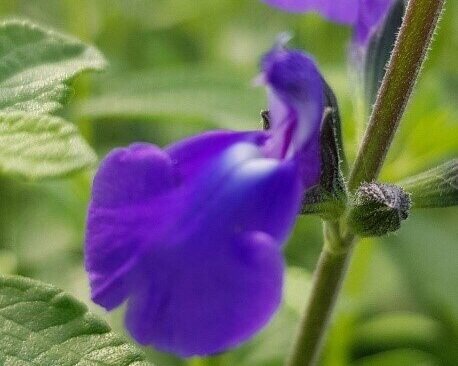


















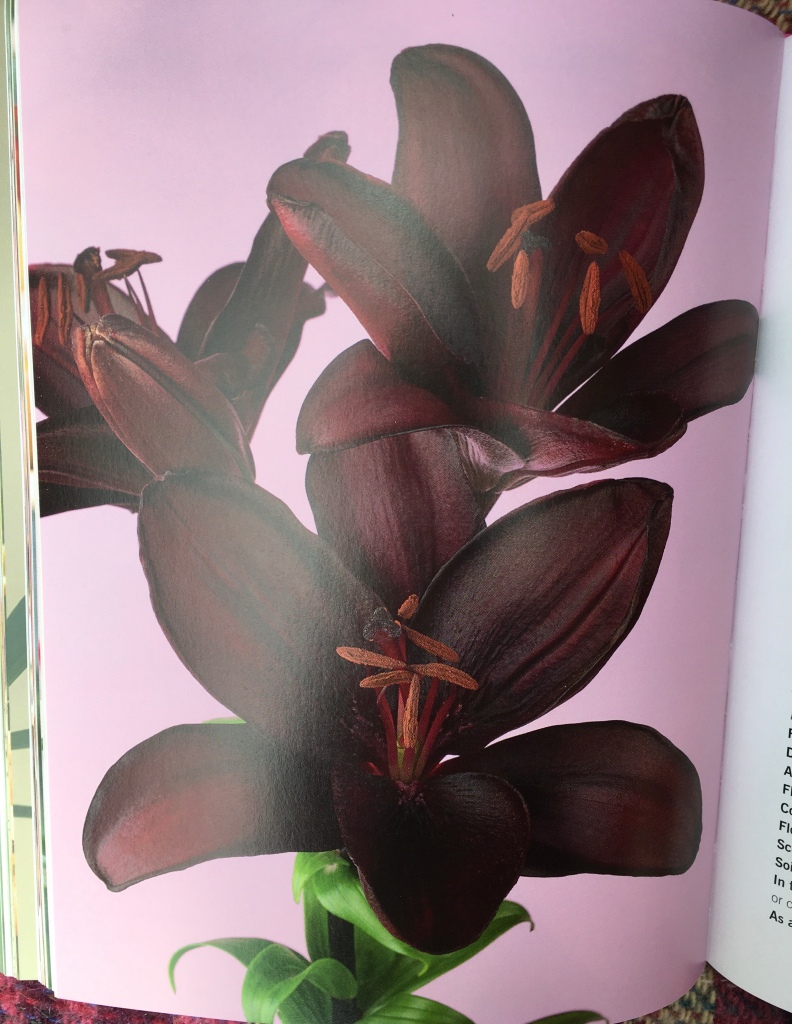


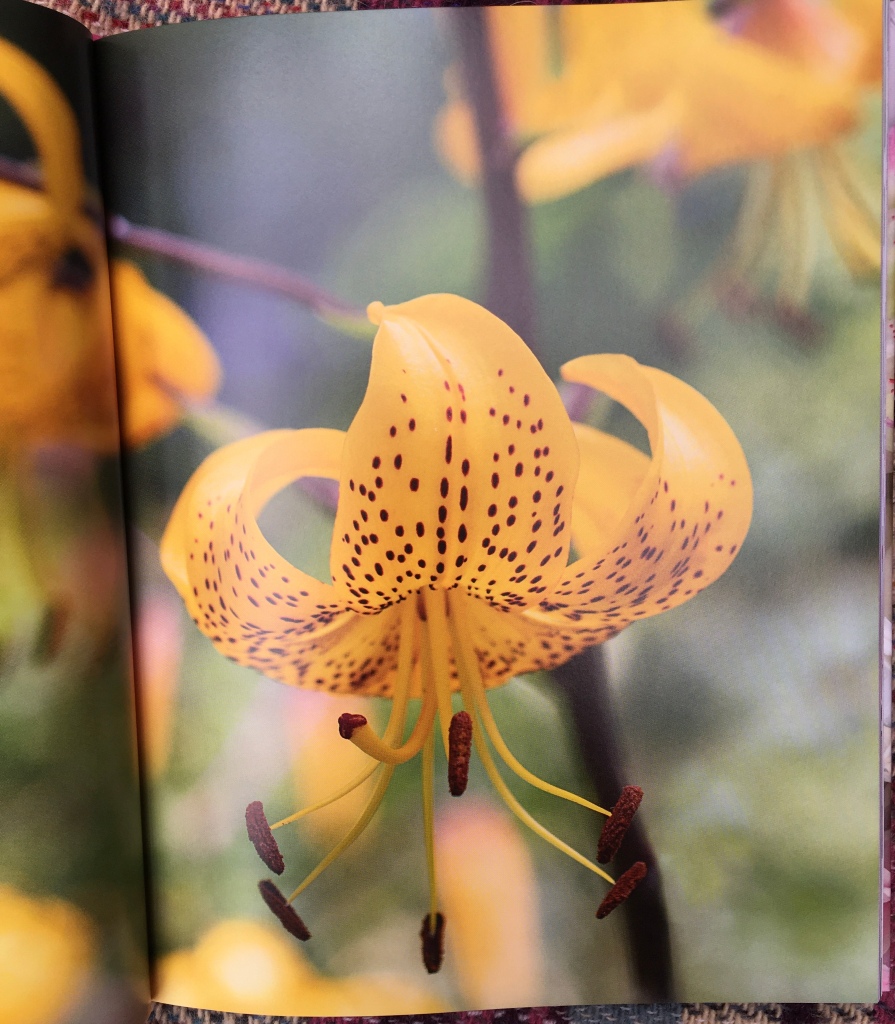




















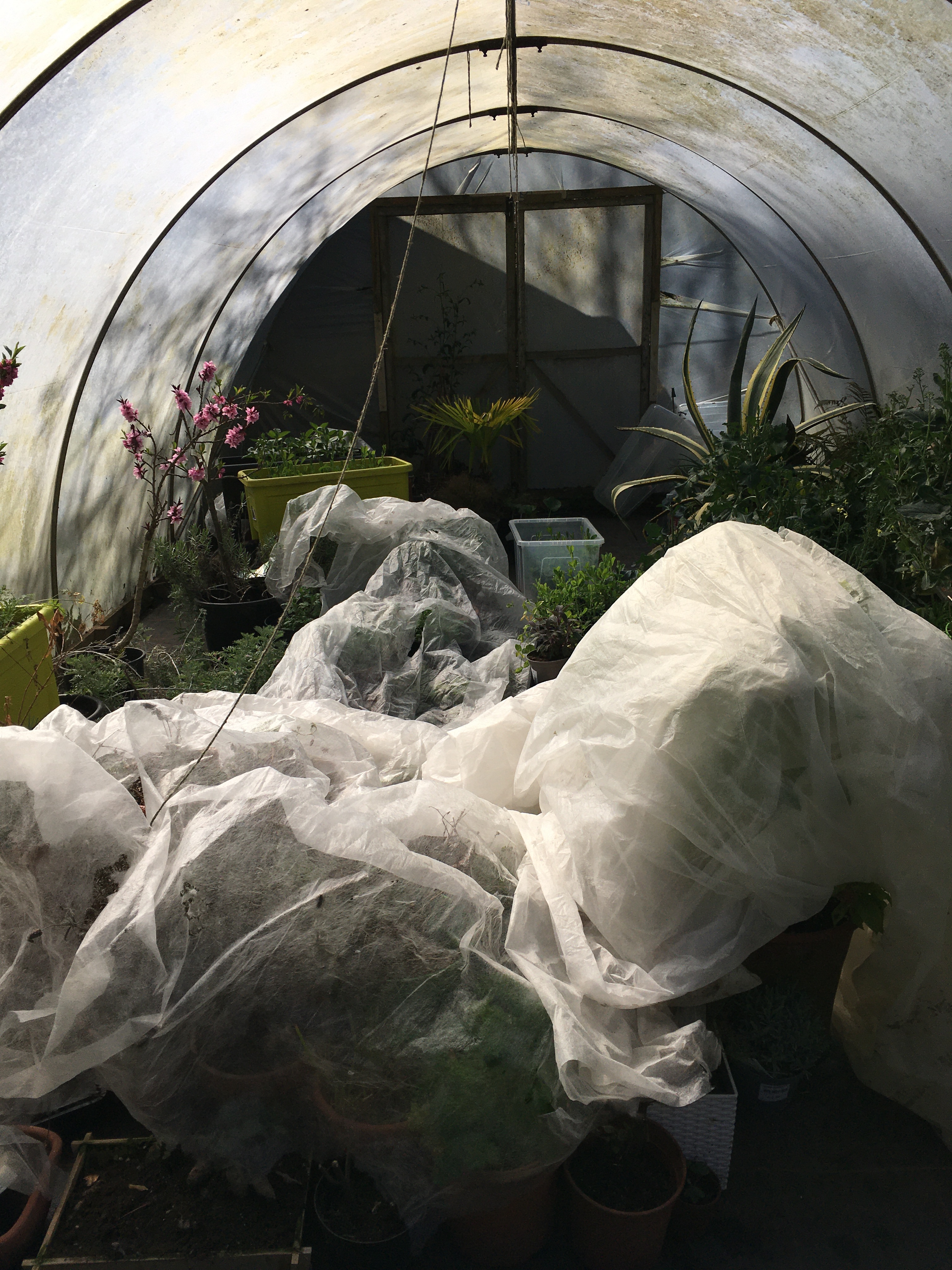









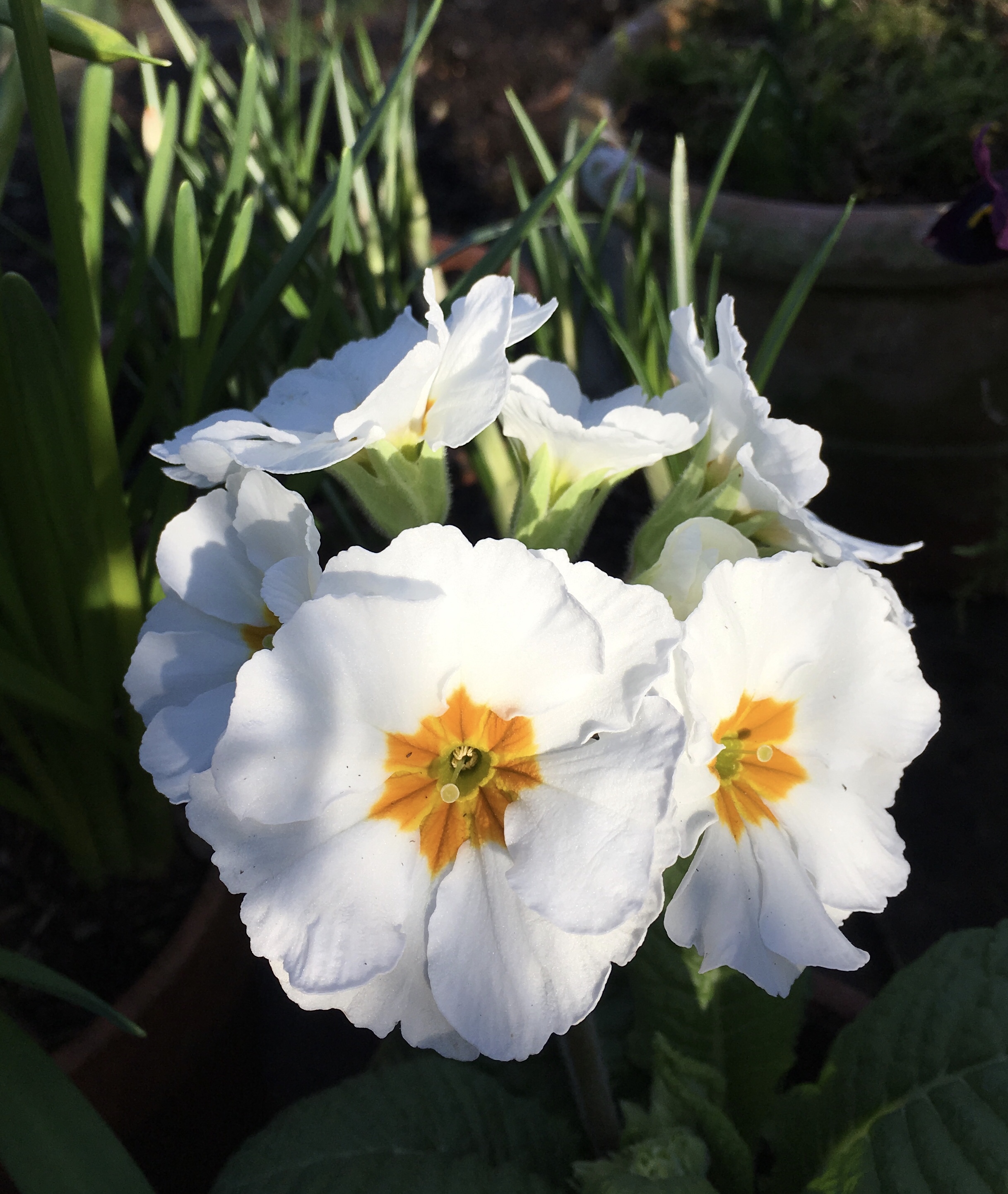


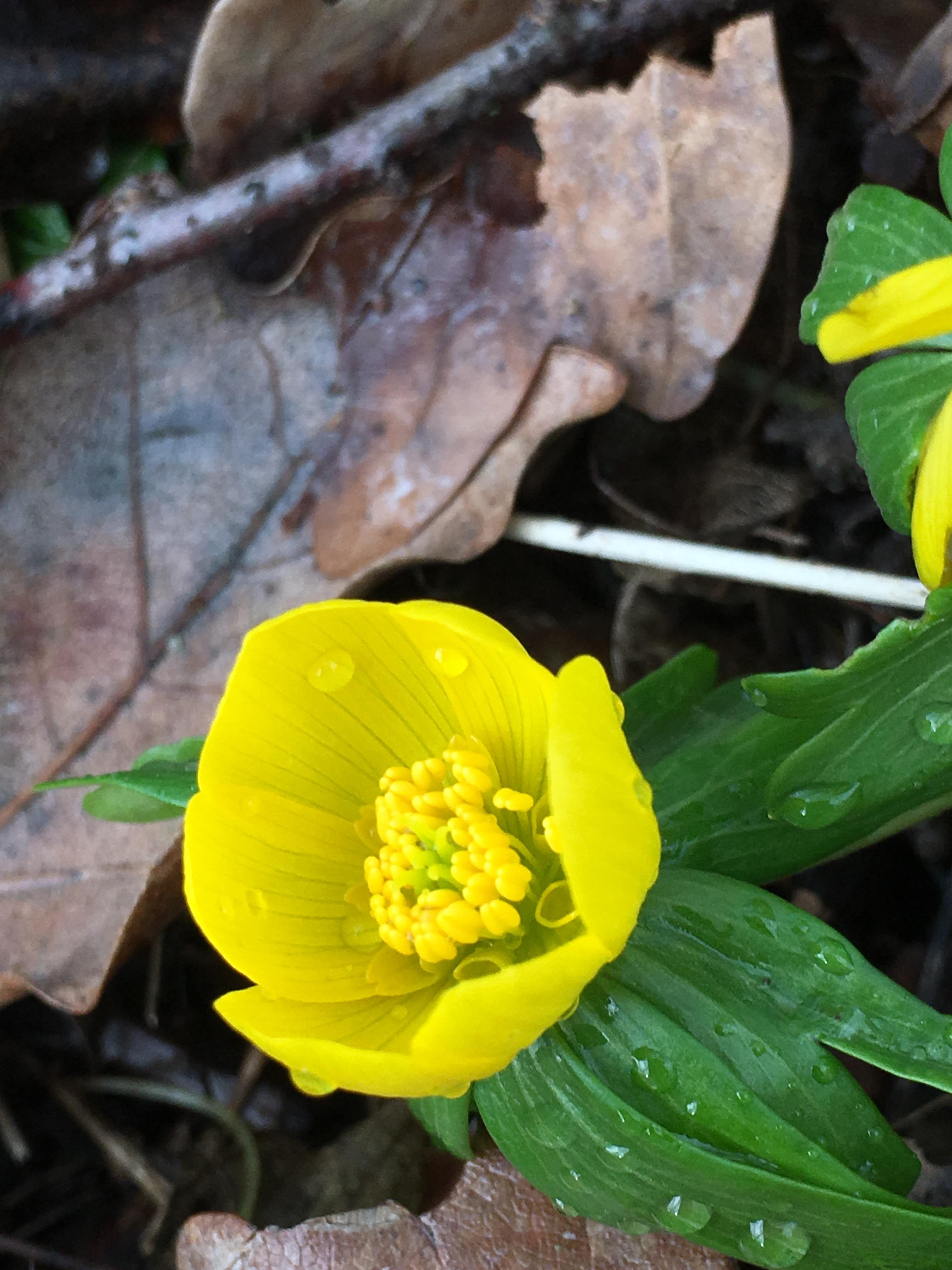
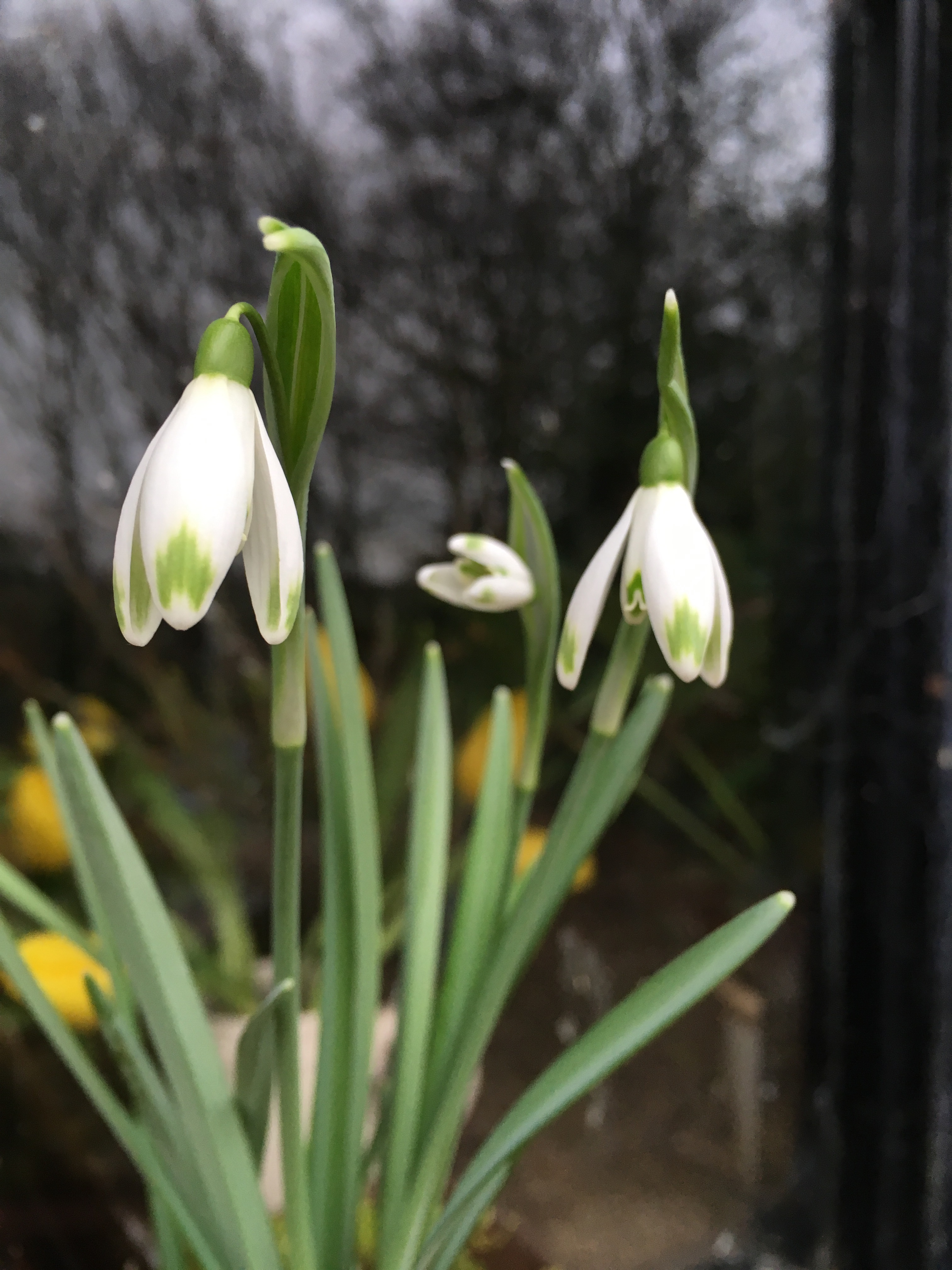



































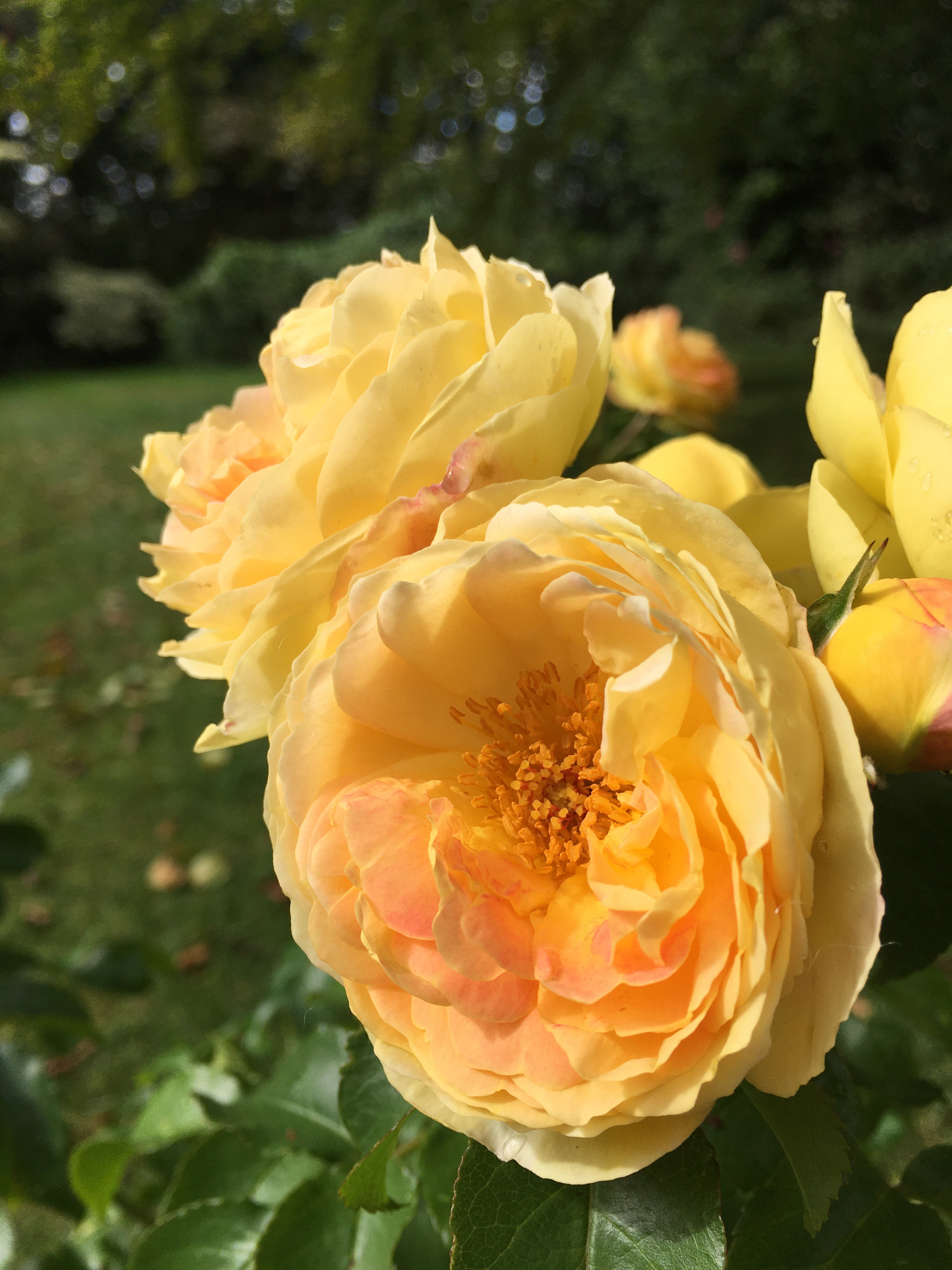
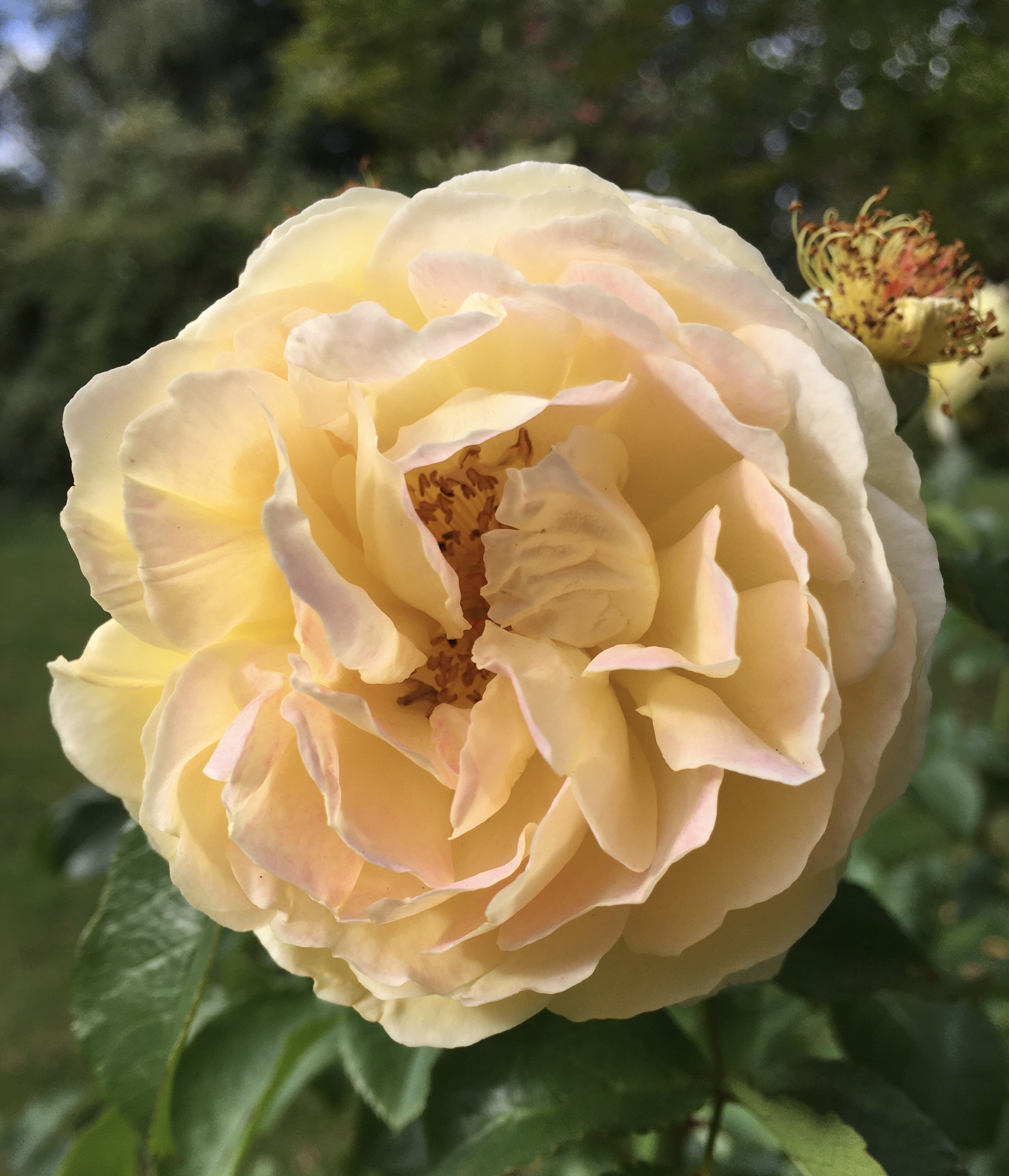
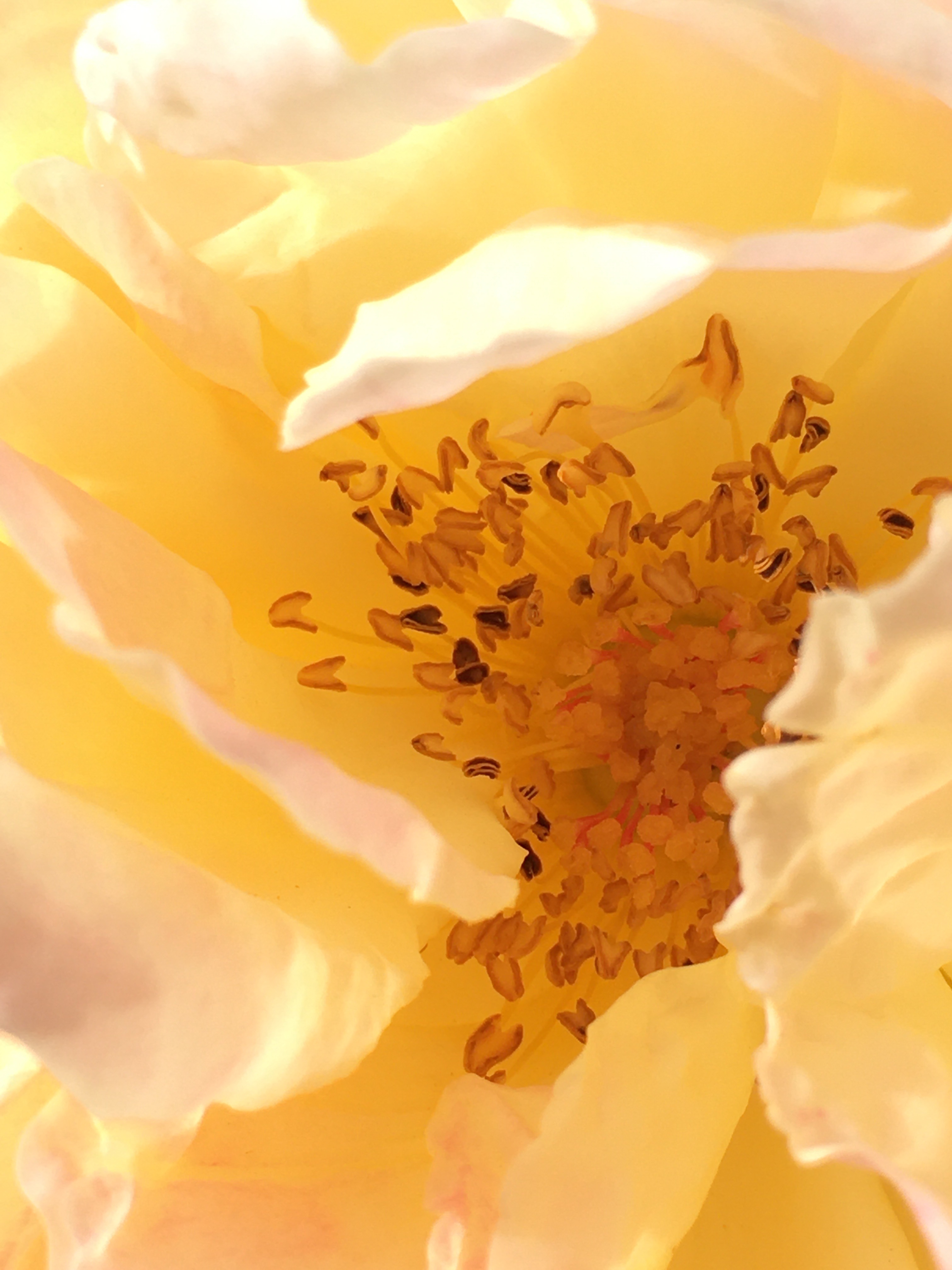
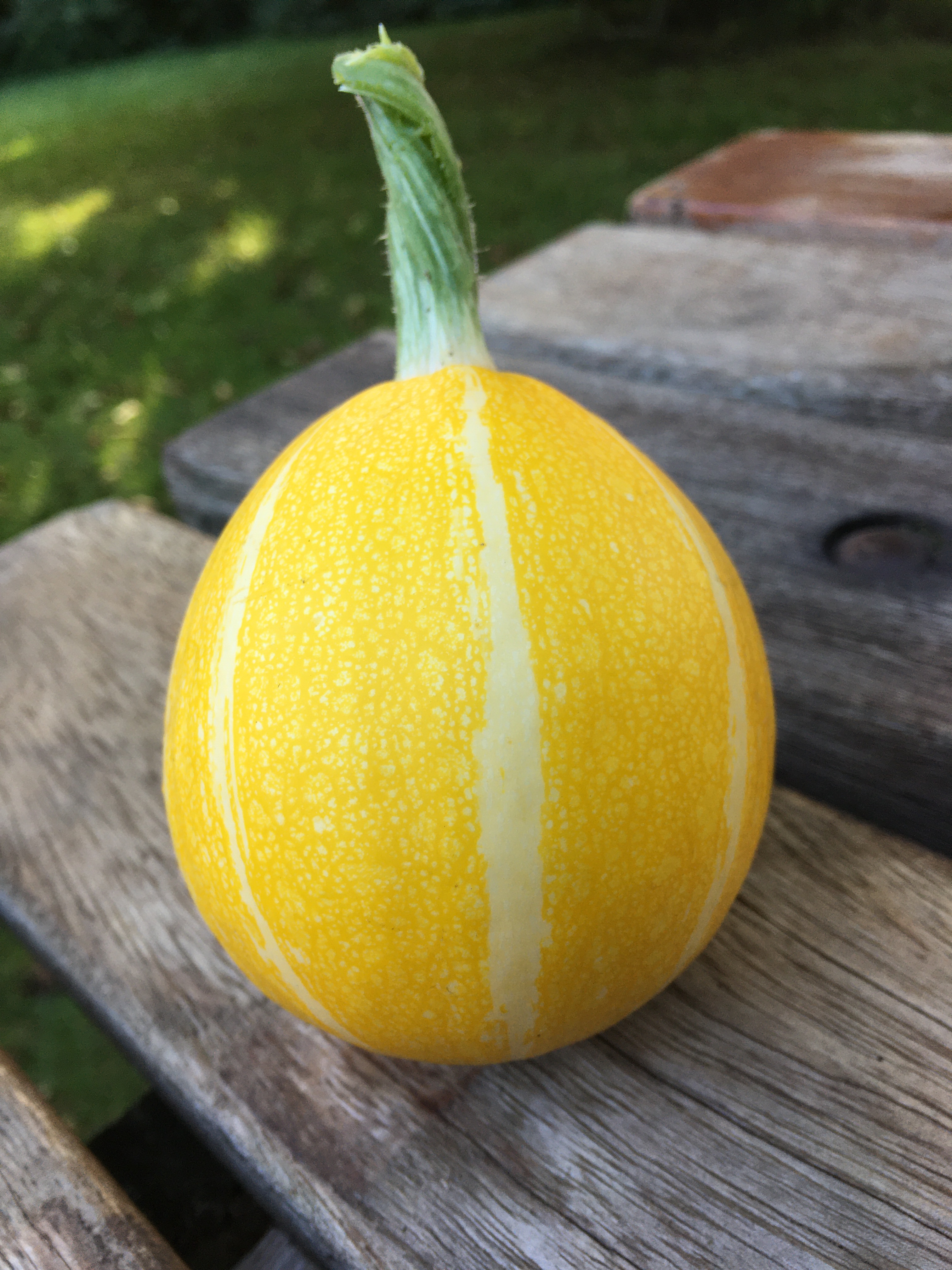

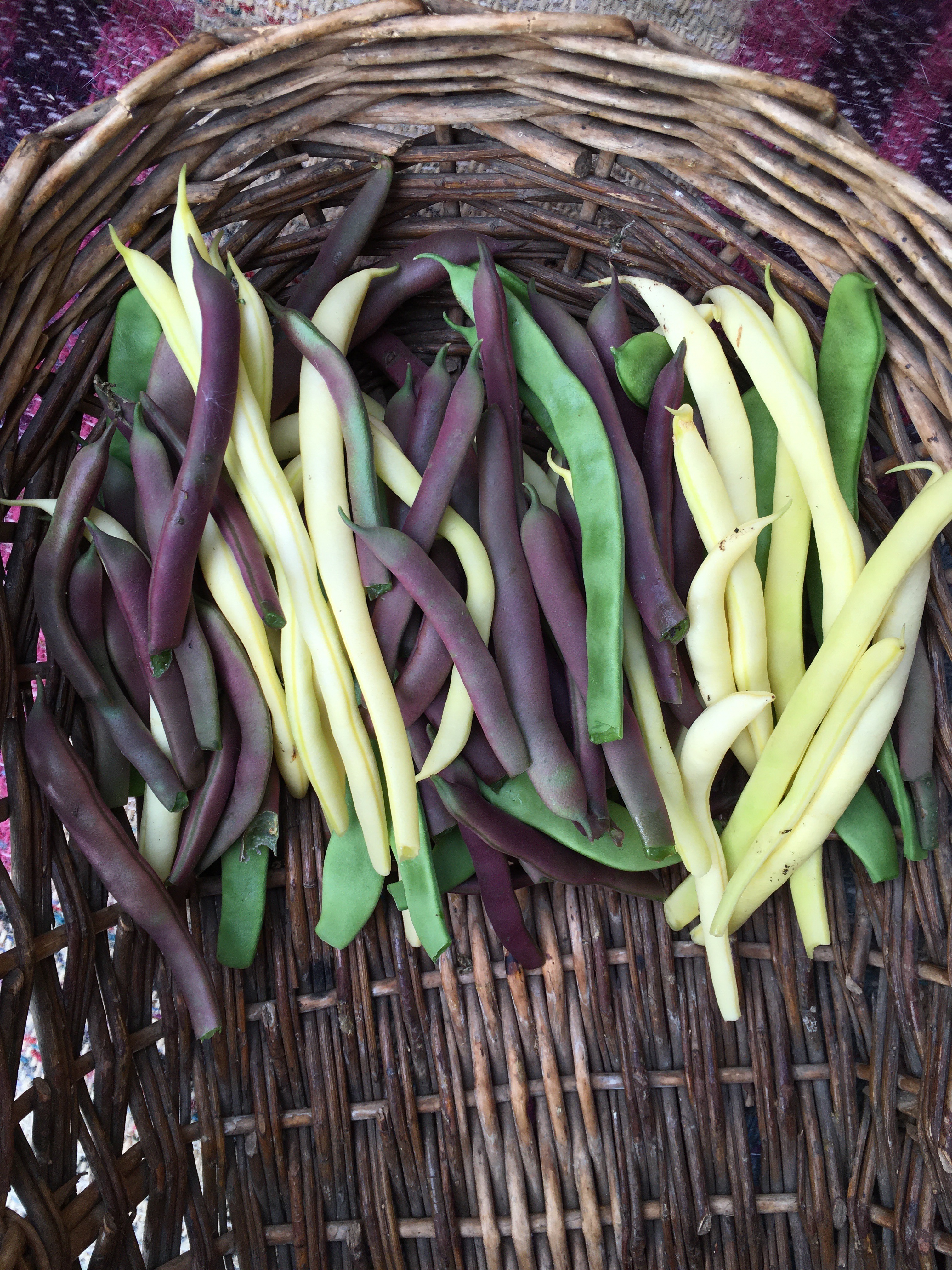
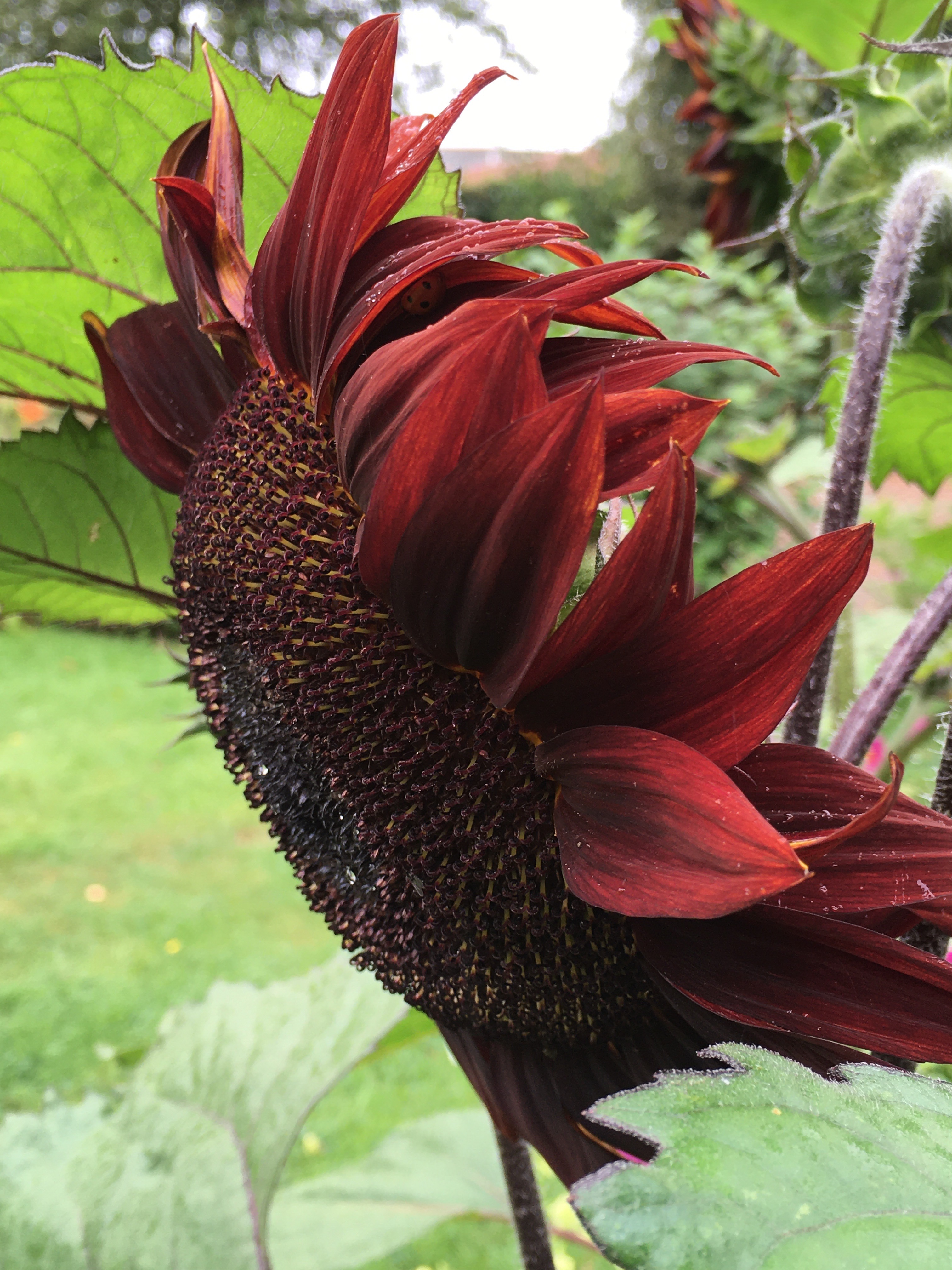
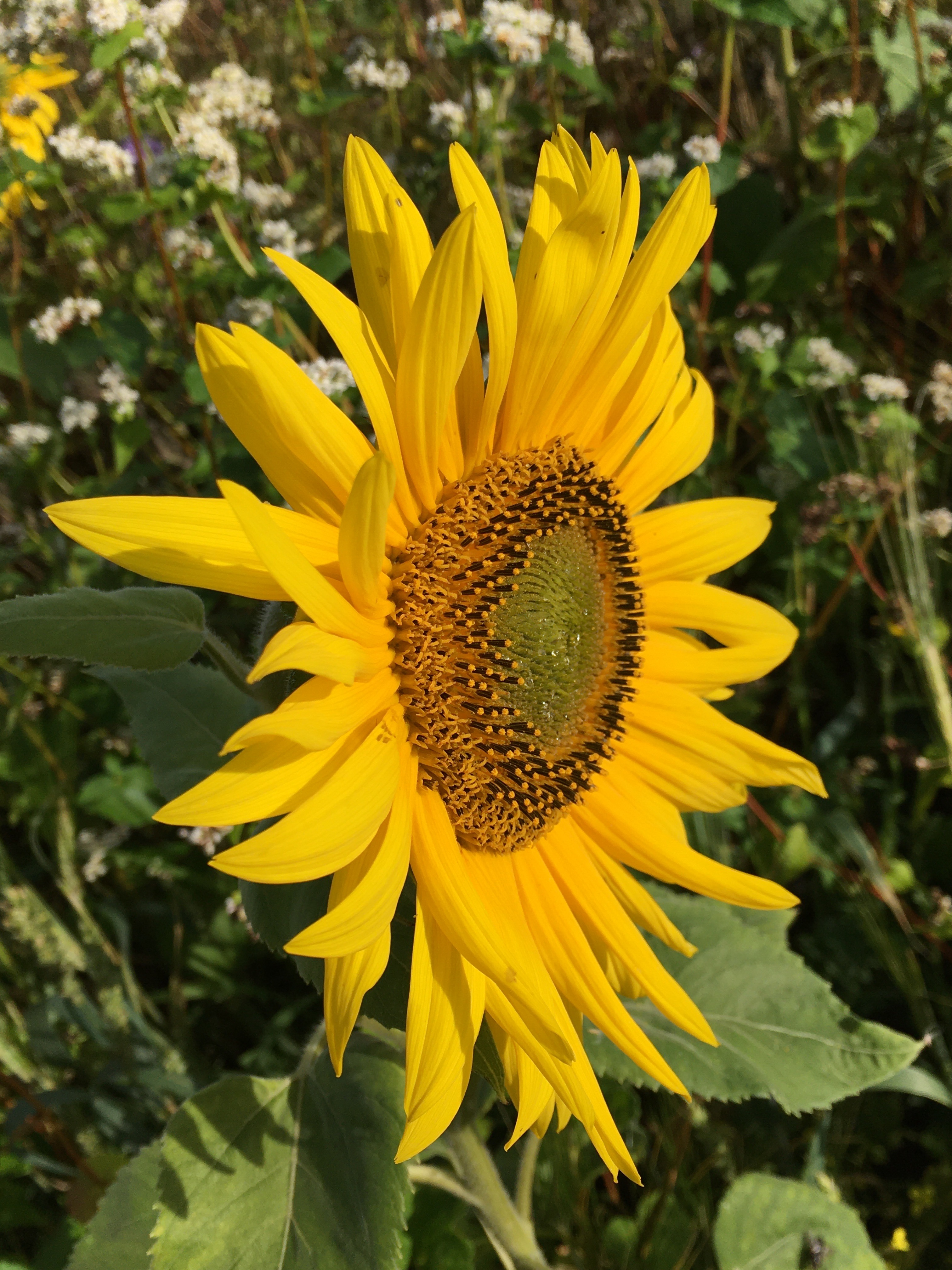
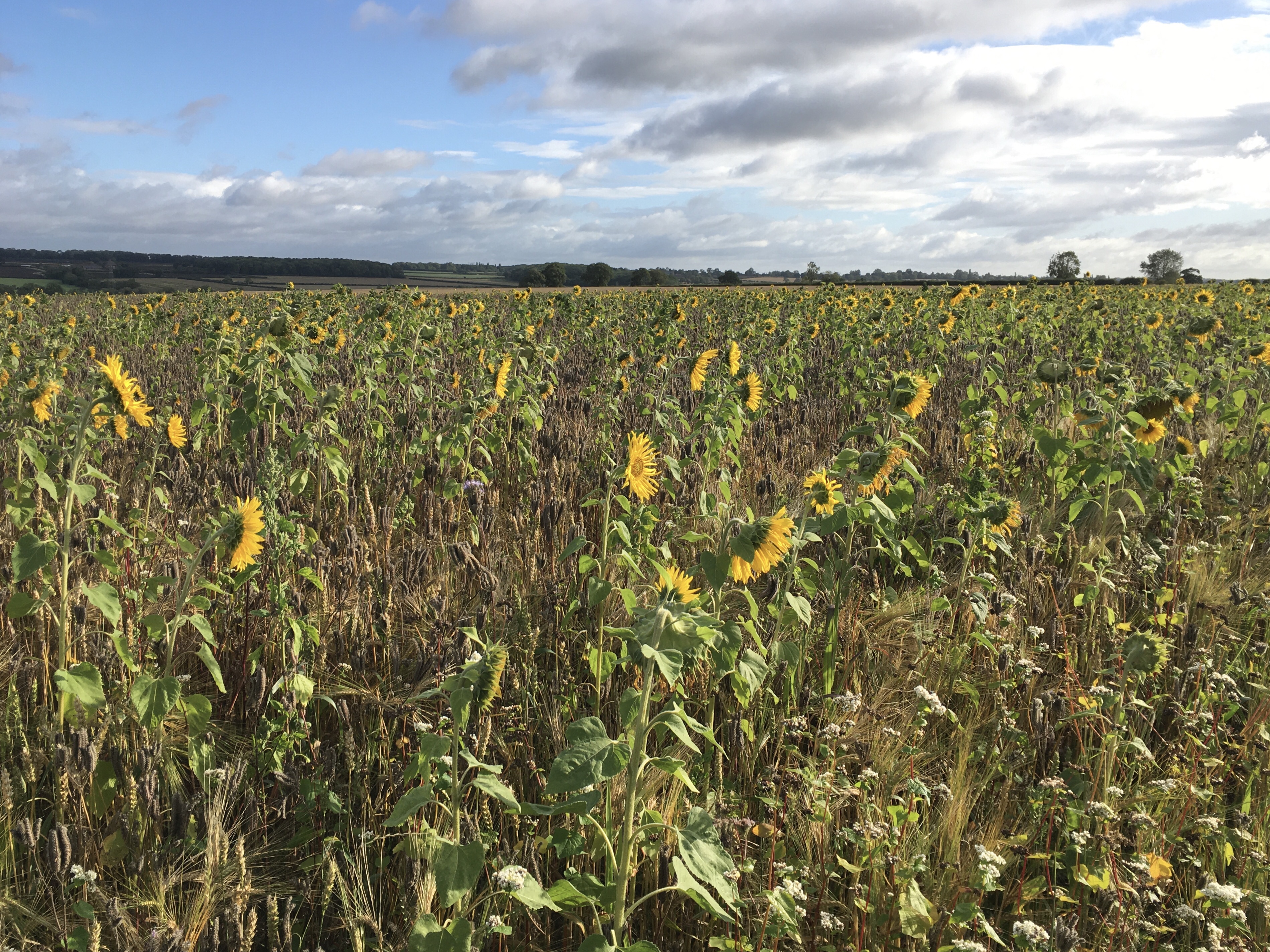

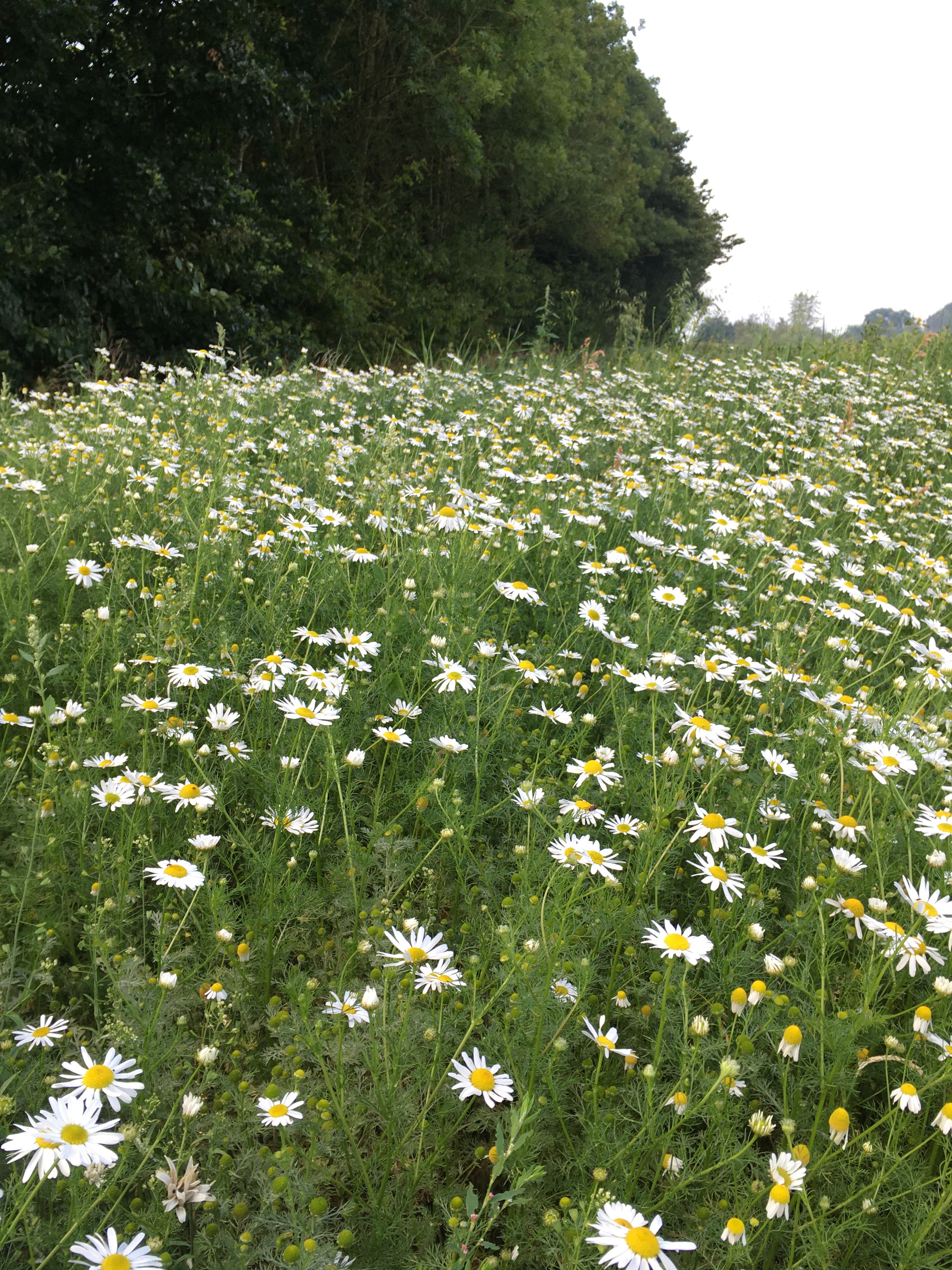
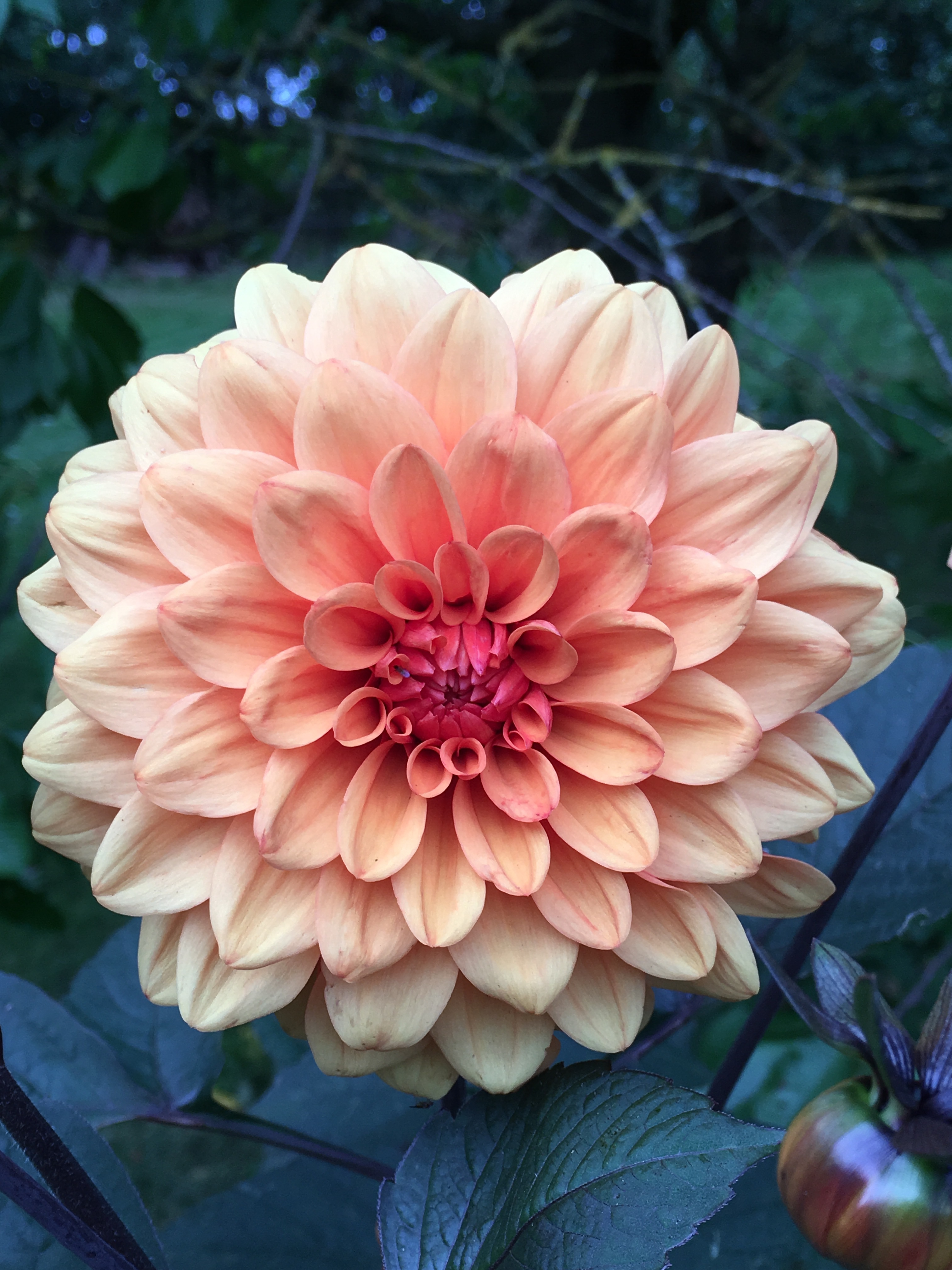



 Now for the ‘blue’ photos this week. I’ve chosen morning glory, Ipomoea purpurea. This is a seedling from a selection I’ve grown for years. Morning glory is an annual climber reaching 4-5m given a warm sunny fence or wall. Mine grow up through my climbing French beans. I’m hoping the flowers will attract pollinators which will benefit my vegetables. You can see the nectar guides in this photo. Flowers have visible and UV guides or lines directing bees to the nectary. Sunshine has highlighted the lines. It’s almost mesmerising. I save my seed each summer and store it in a cool, dark place over winter. I’ll start them off again in 3″ pots on the kitchen windowsill in February. Recommended varieties include Star of Yelta, Grandpa Ott and Heavenly Blue. All easy to grow, and once you’ve bought a packet of seed, you’ll have morning glory for ever more. Such a lovely thought!
Now for the ‘blue’ photos this week. I’ve chosen morning glory, Ipomoea purpurea. This is a seedling from a selection I’ve grown for years. Morning glory is an annual climber reaching 4-5m given a warm sunny fence or wall. Mine grow up through my climbing French beans. I’m hoping the flowers will attract pollinators which will benefit my vegetables. You can see the nectar guides in this photo. Flowers have visible and UV guides or lines directing bees to the nectary. Sunshine has highlighted the lines. It’s almost mesmerising. I save my seed each summer and store it in a cool, dark place over winter. I’ll start them off again in 3″ pots on the kitchen windowsill in February. Recommended varieties include Star of Yelta, Grandpa Ott and Heavenly Blue. All easy to grow, and once you’ve bought a packet of seed, you’ll have morning glory for ever more. Such a lovely thought!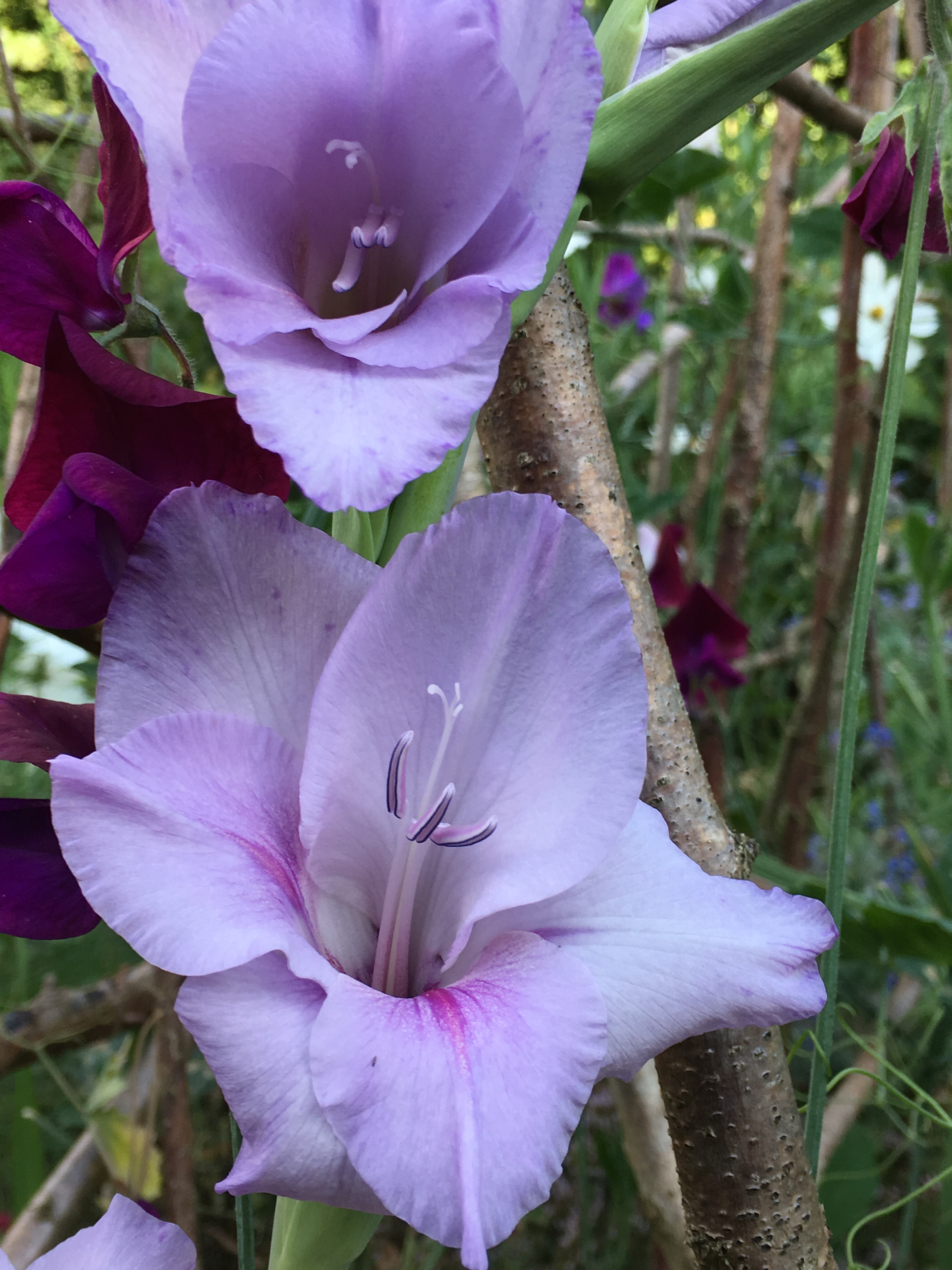




















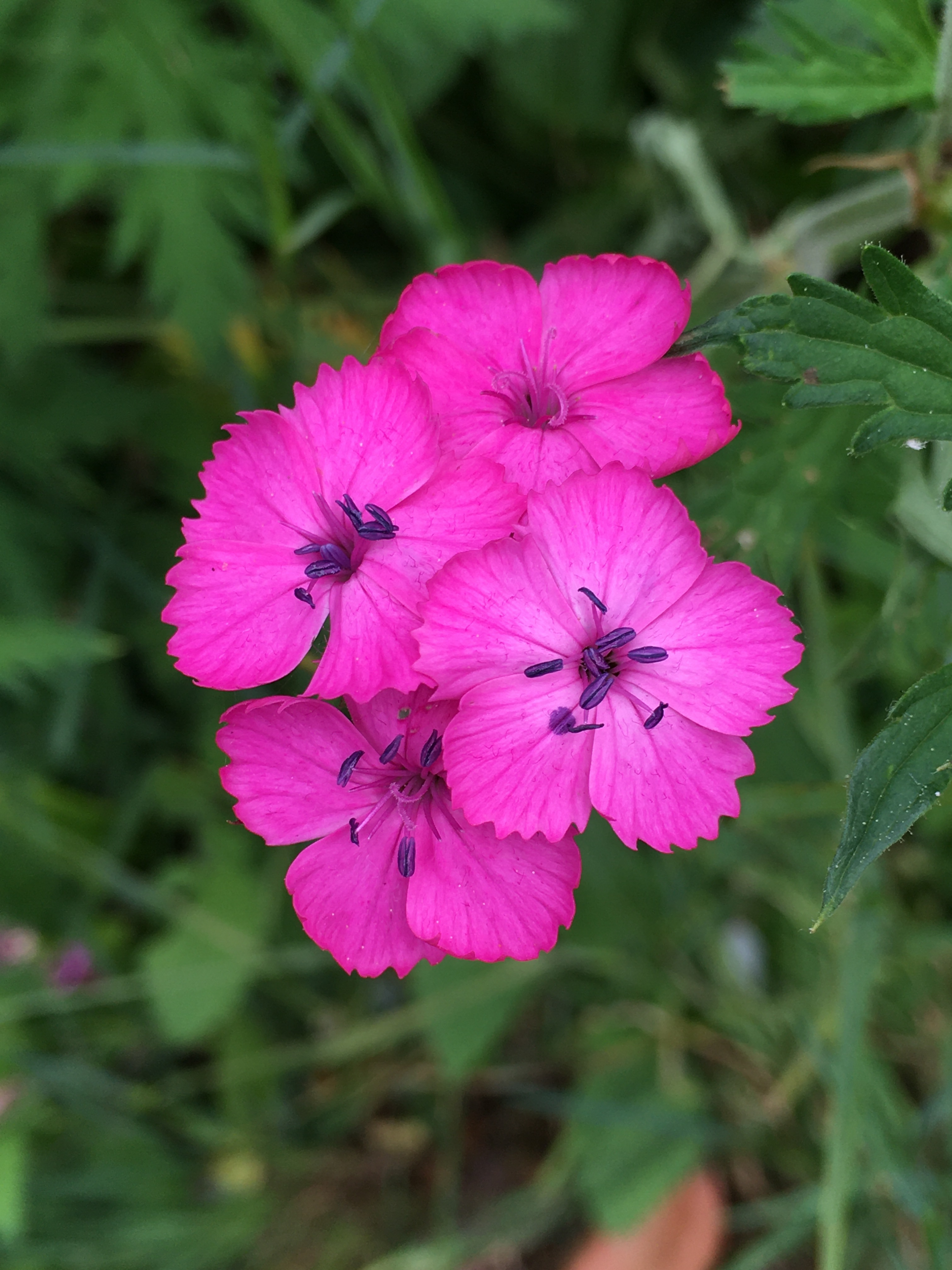

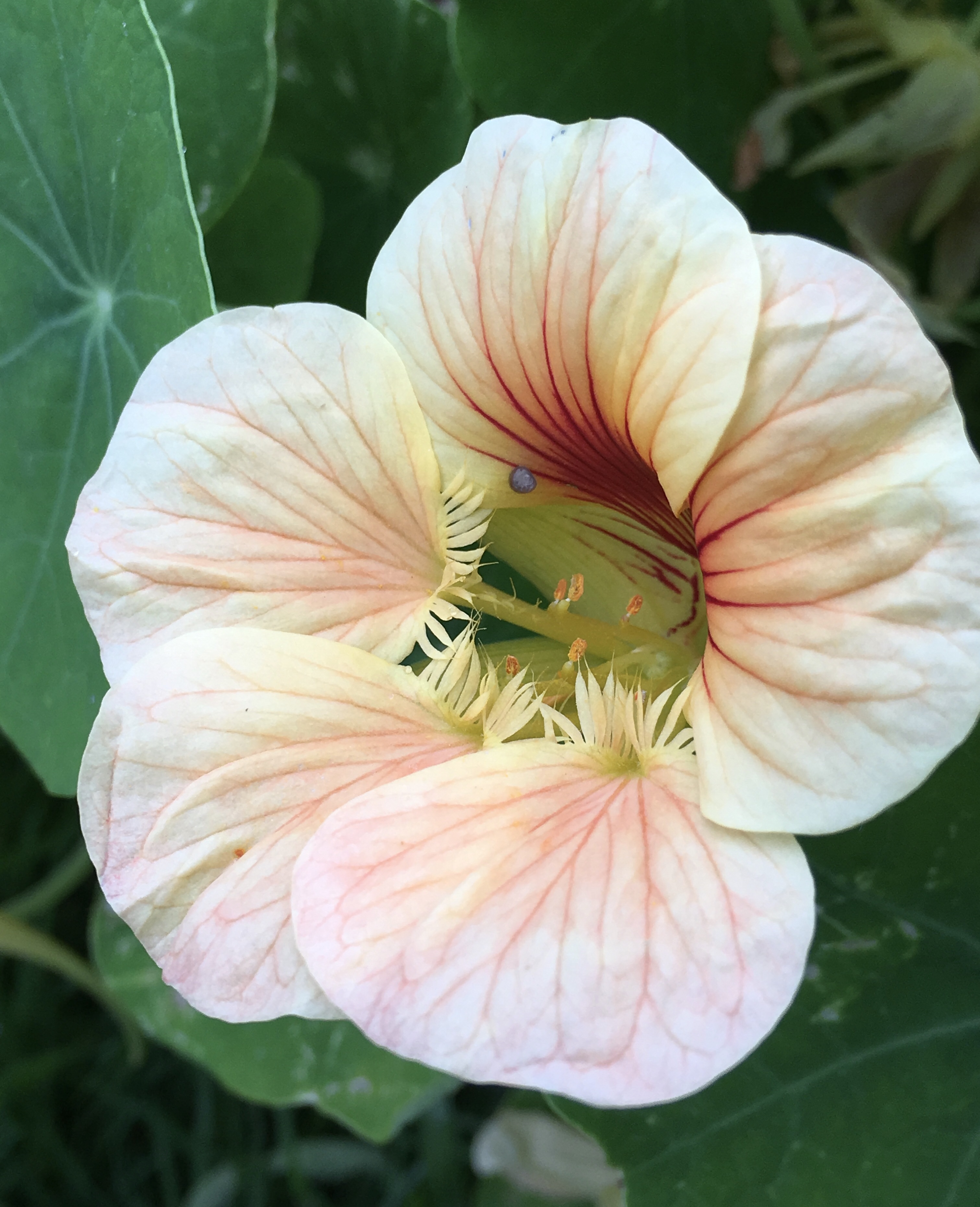
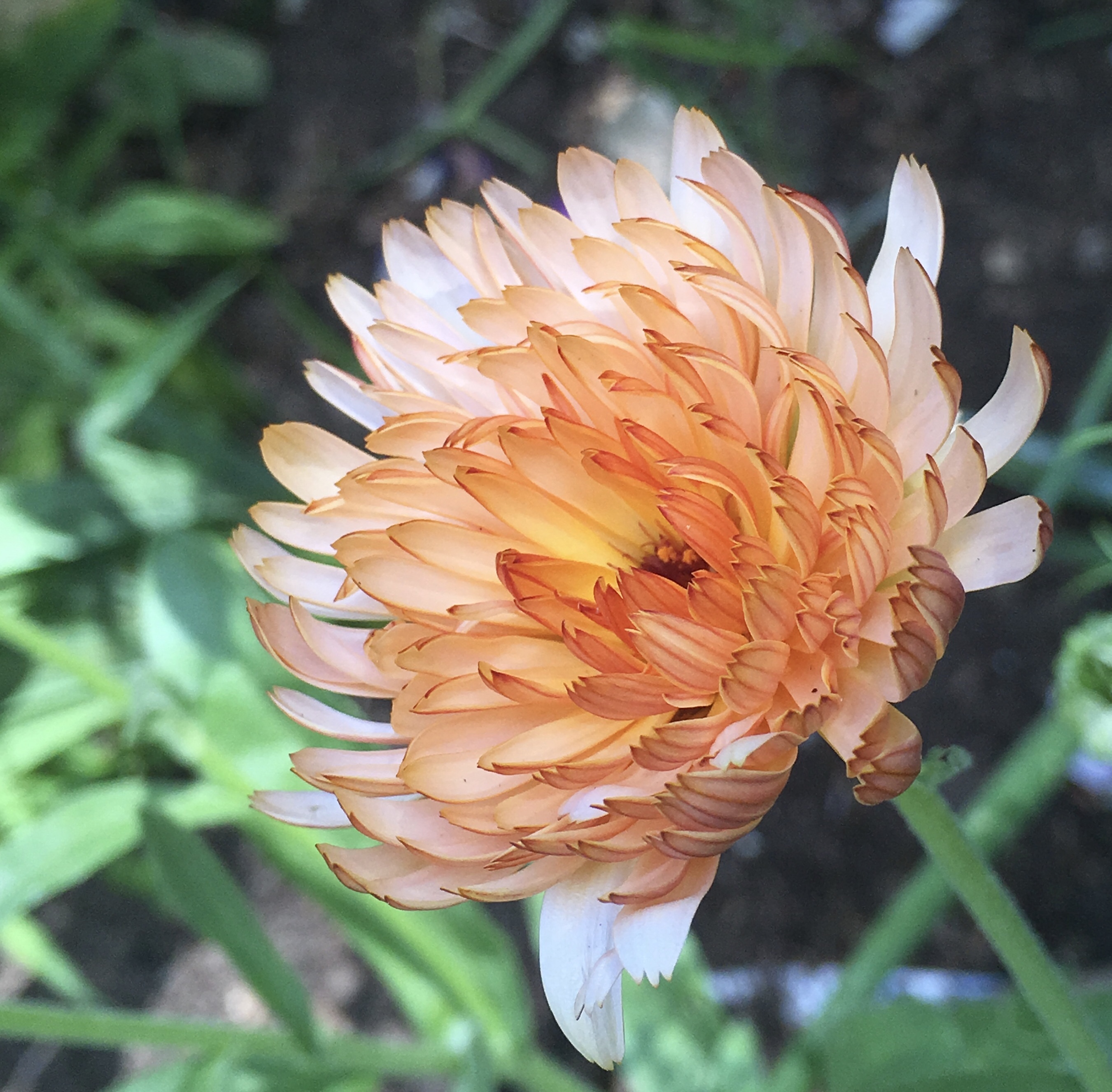
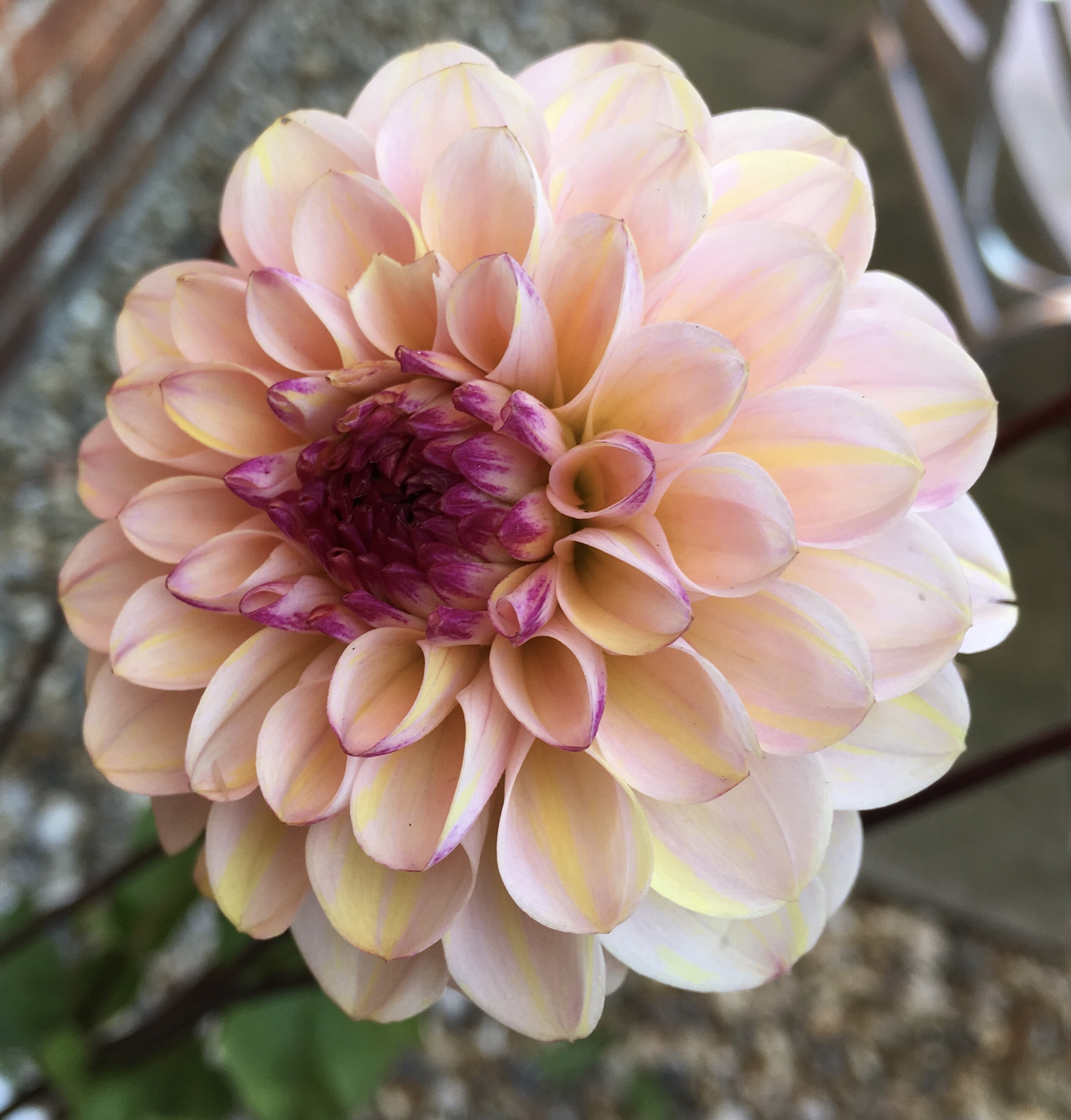
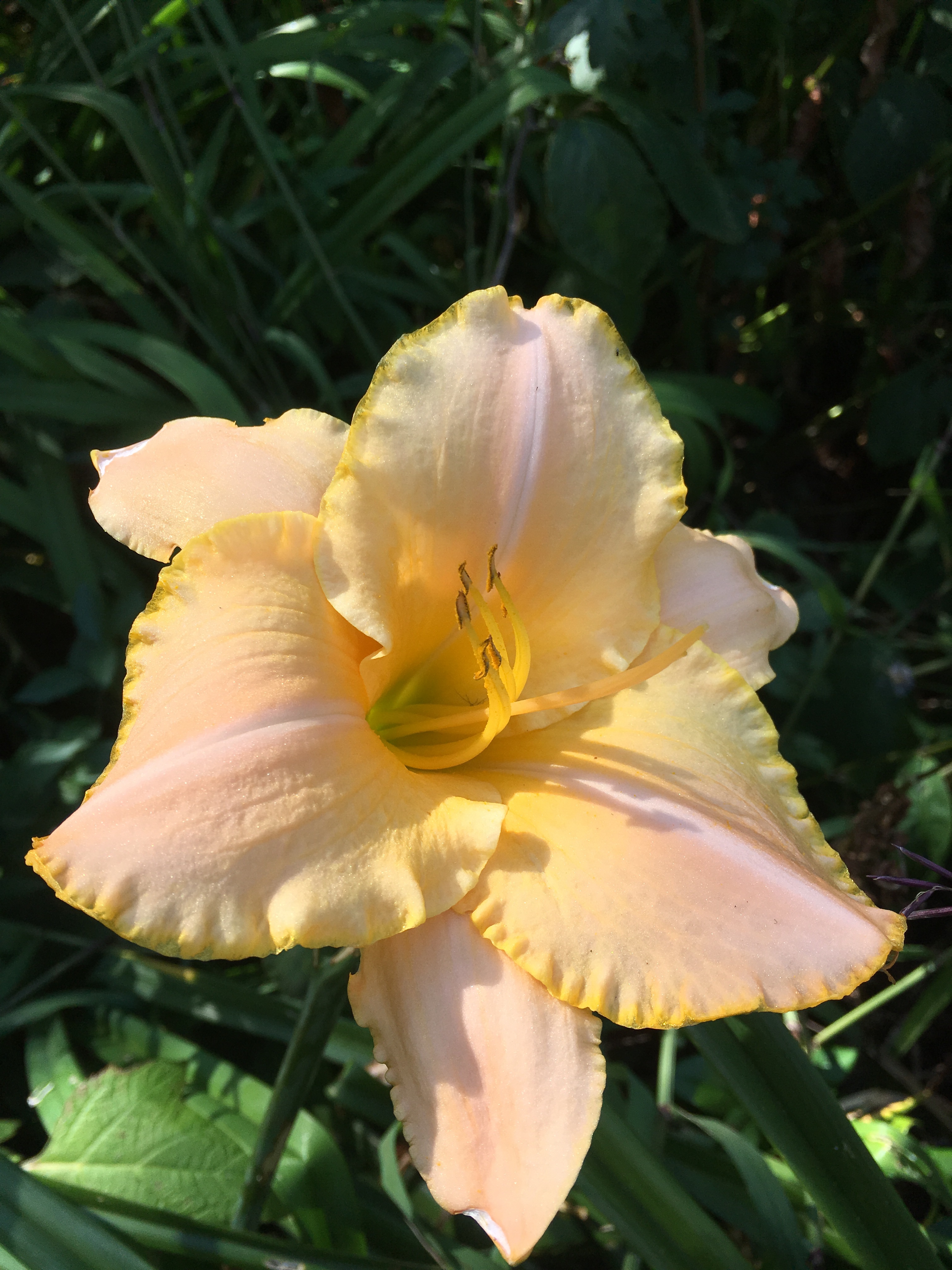
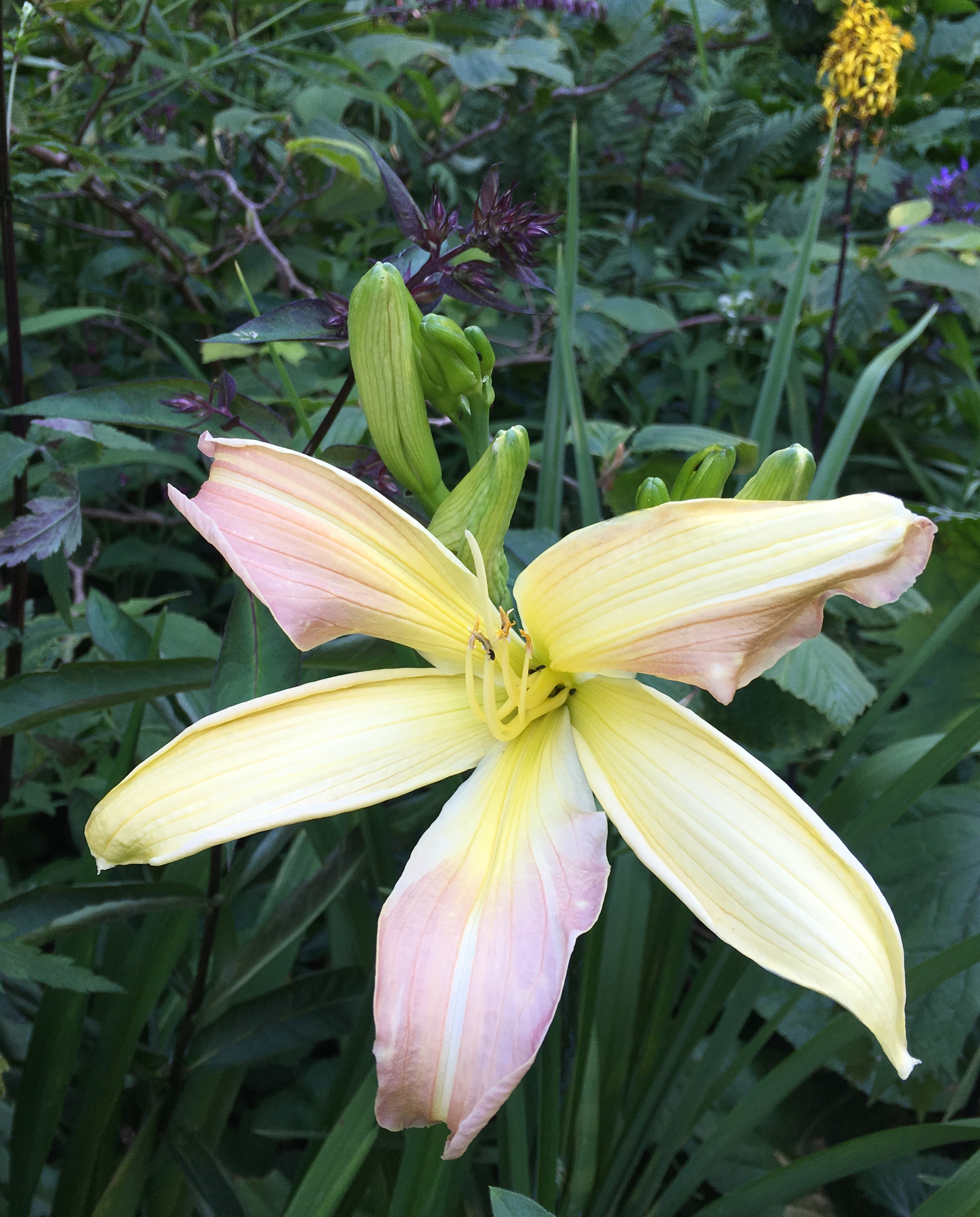
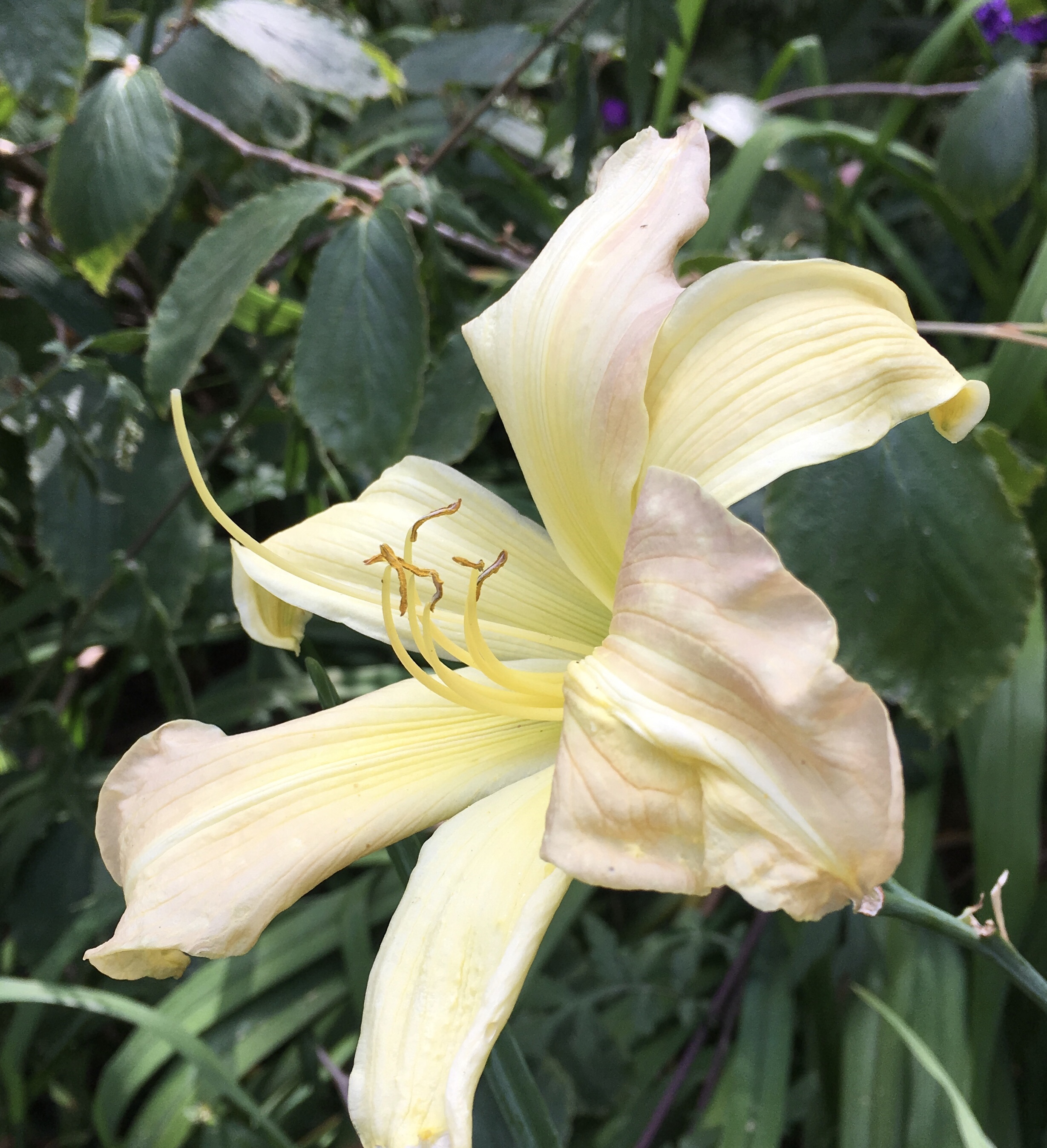
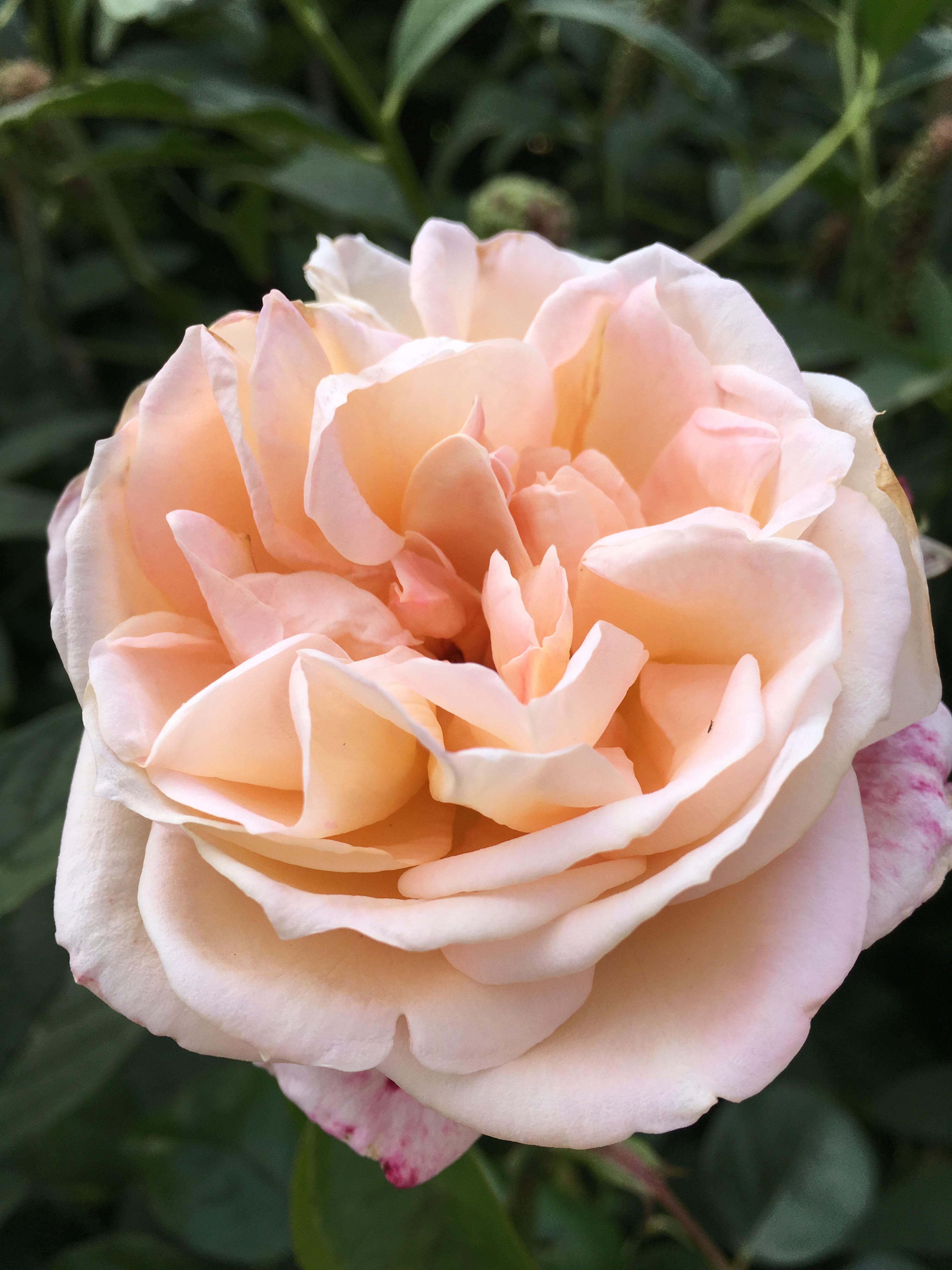
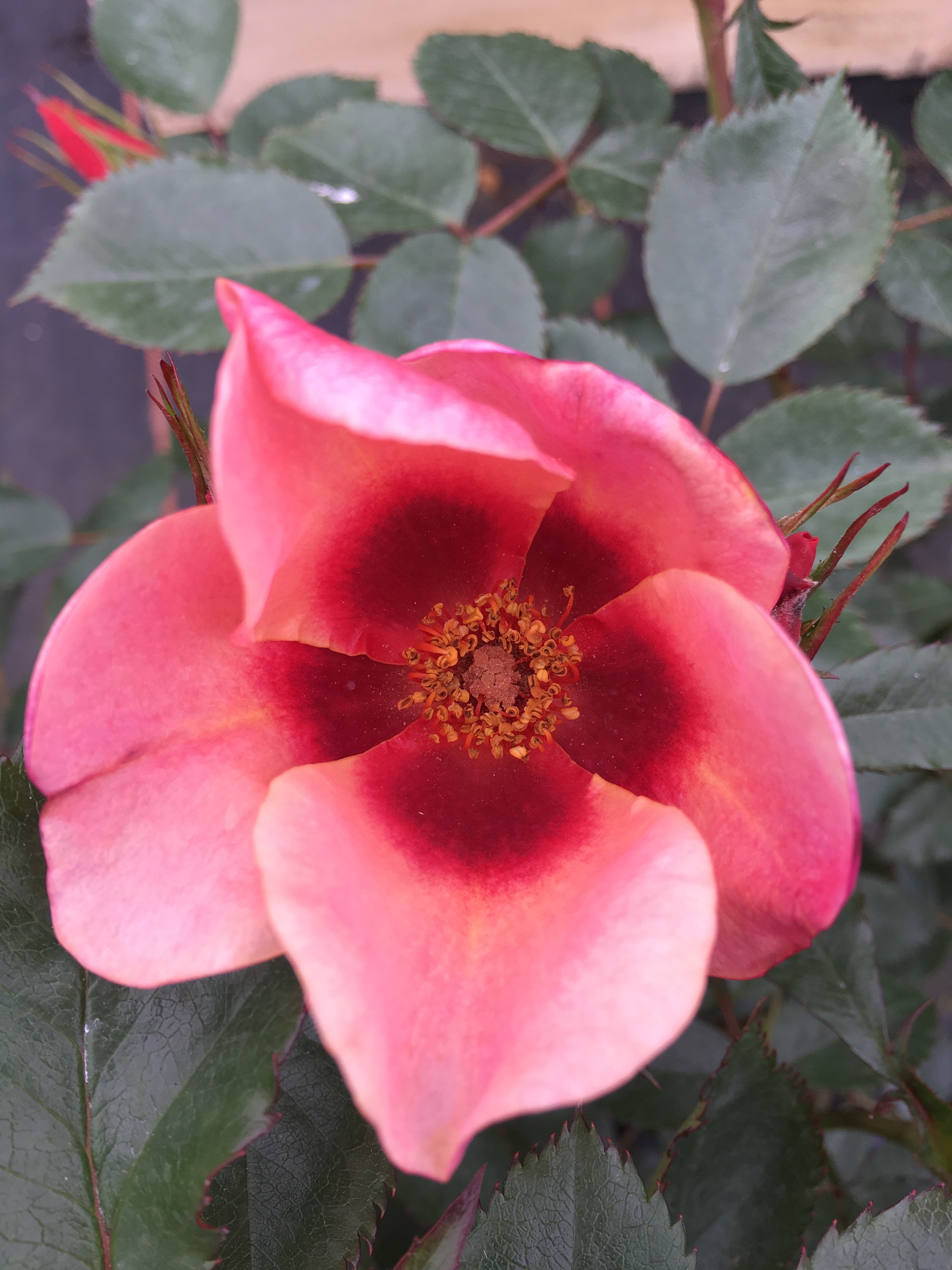













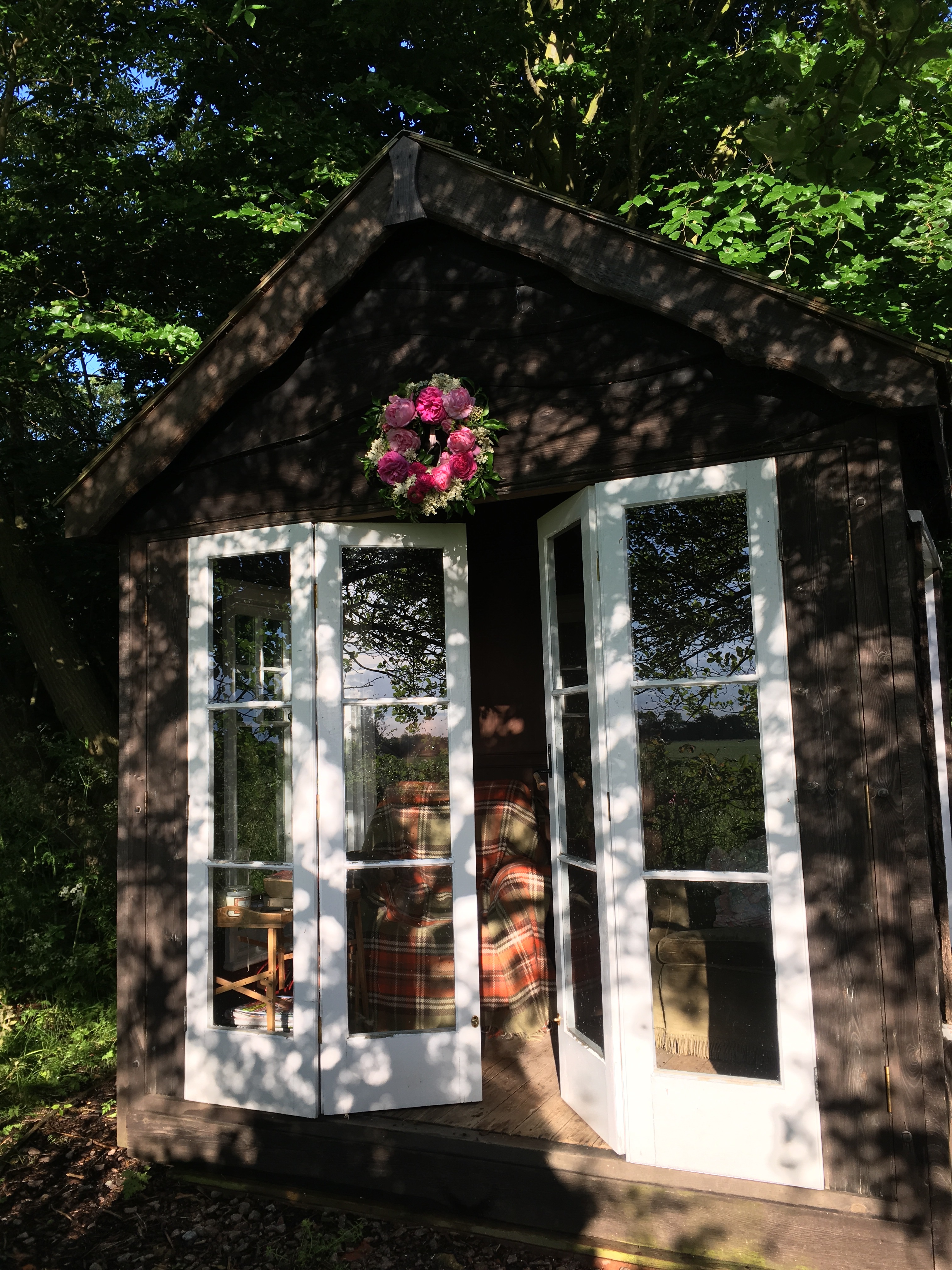
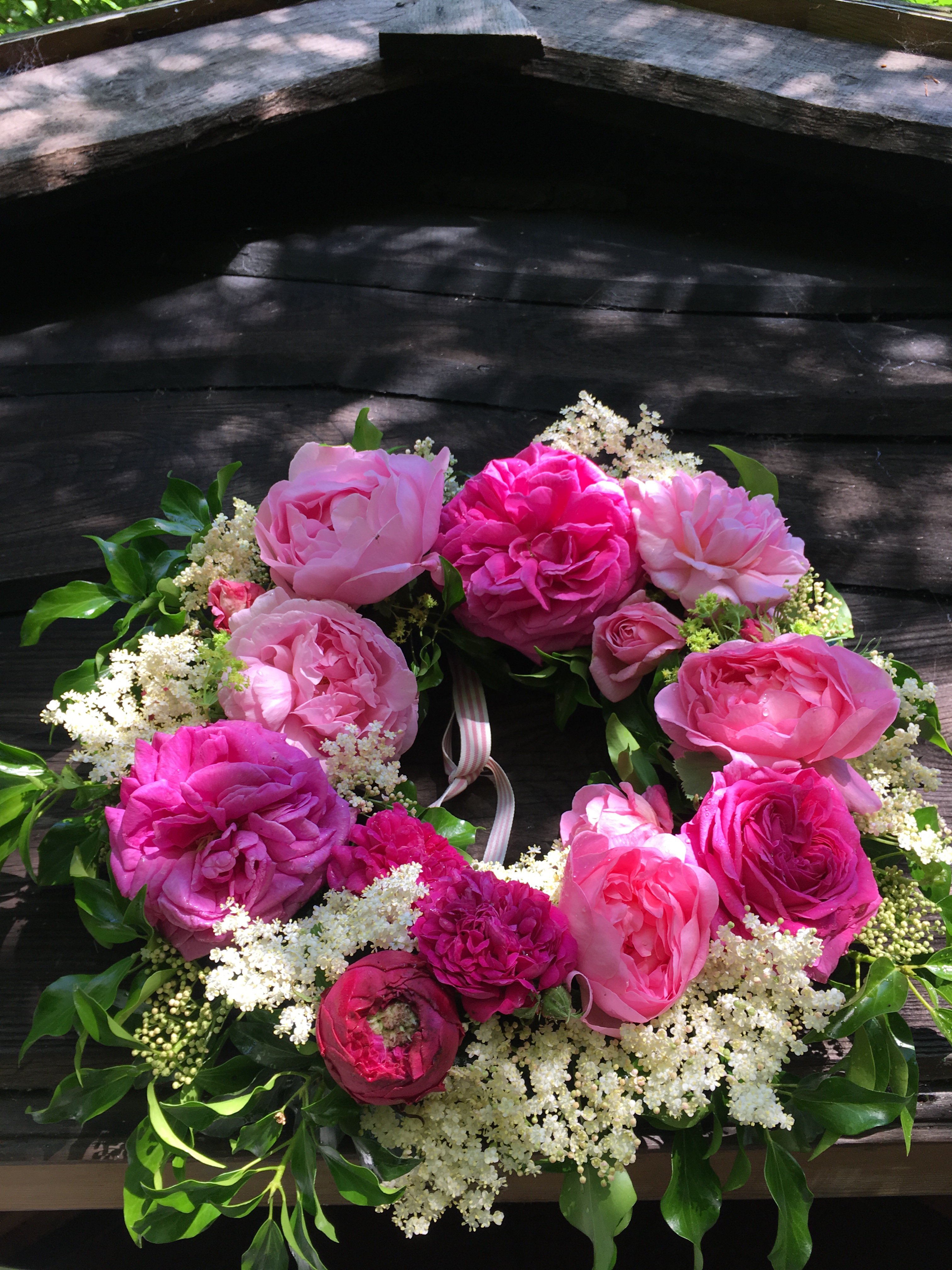

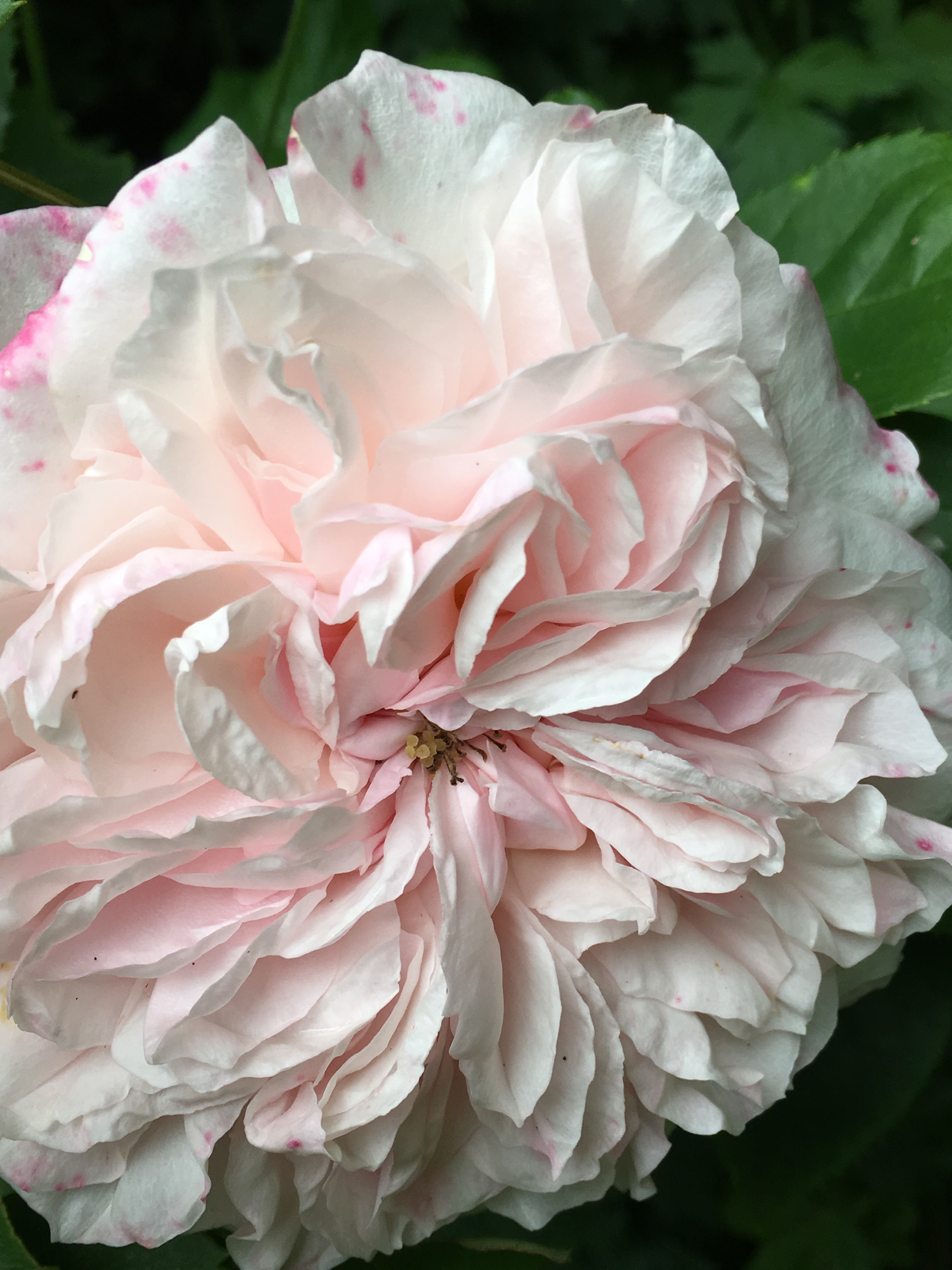
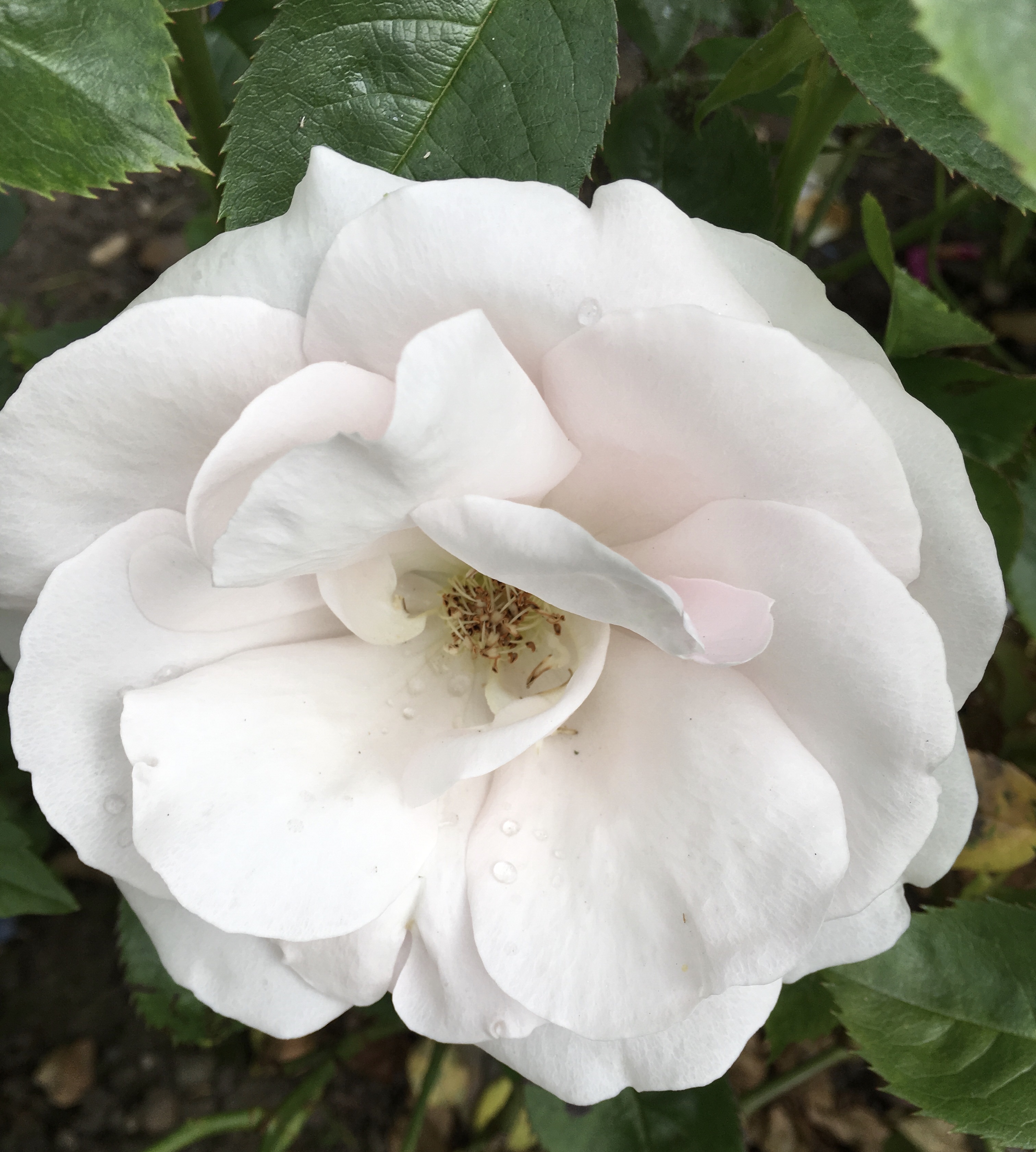
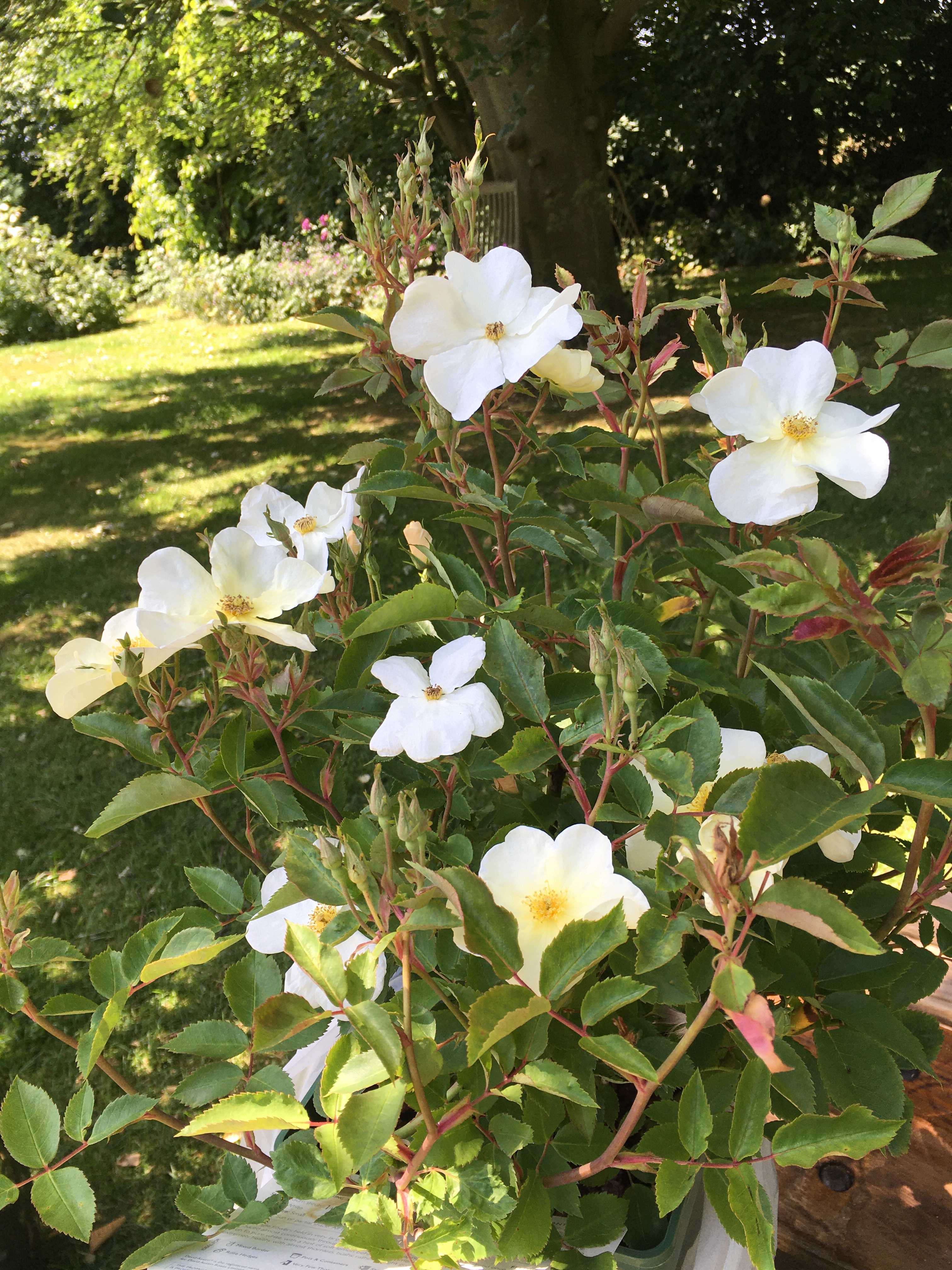



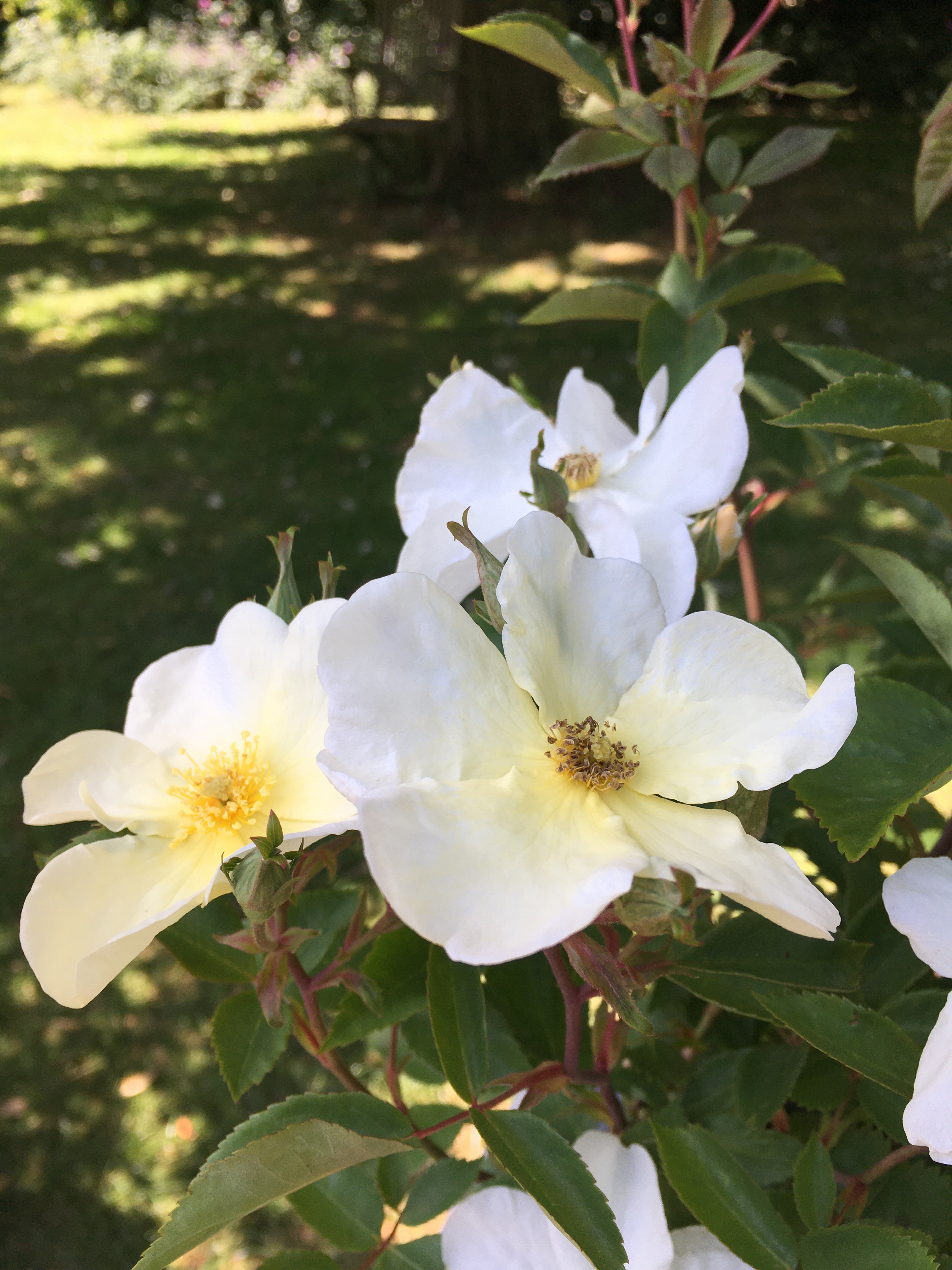
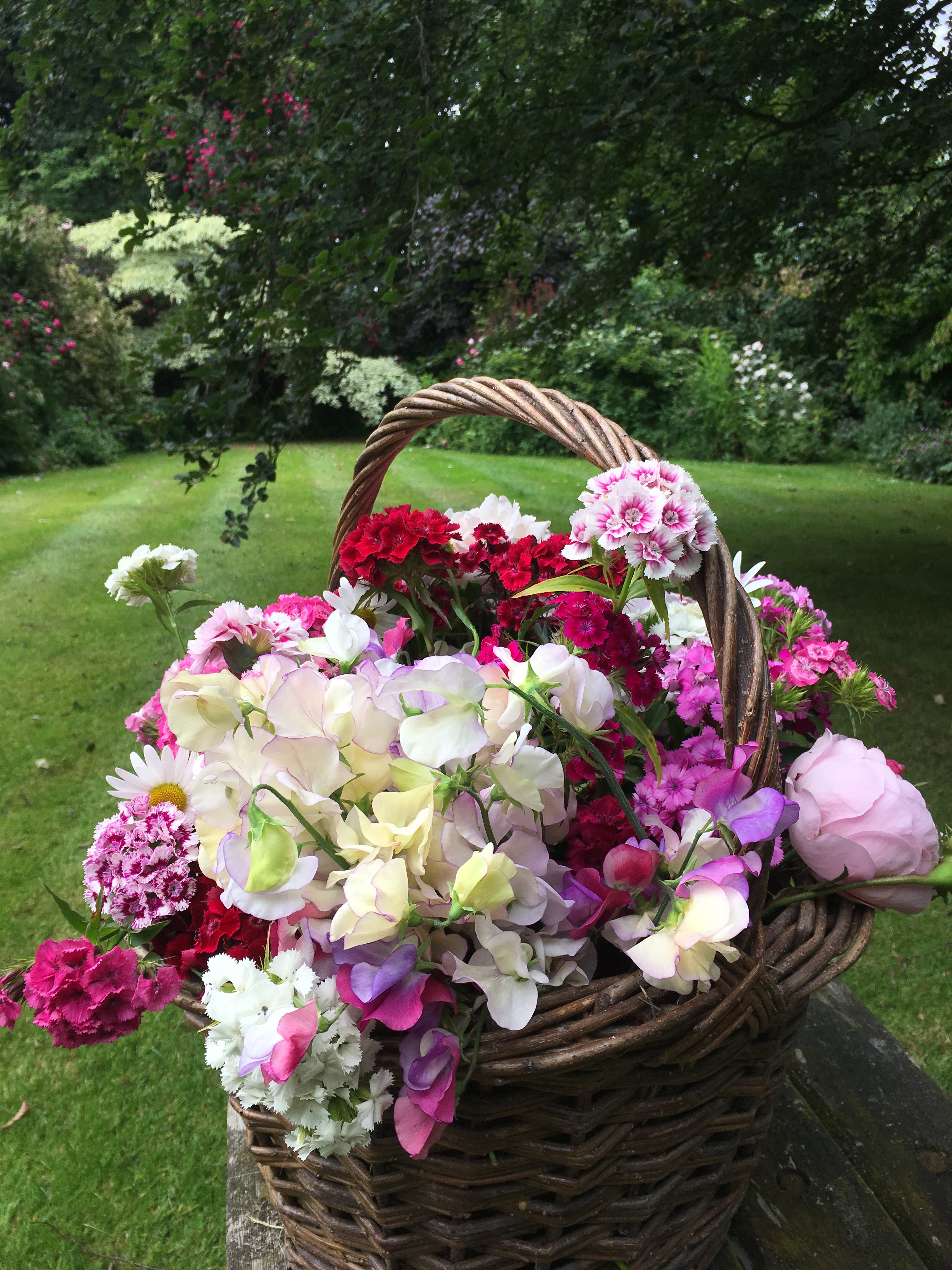



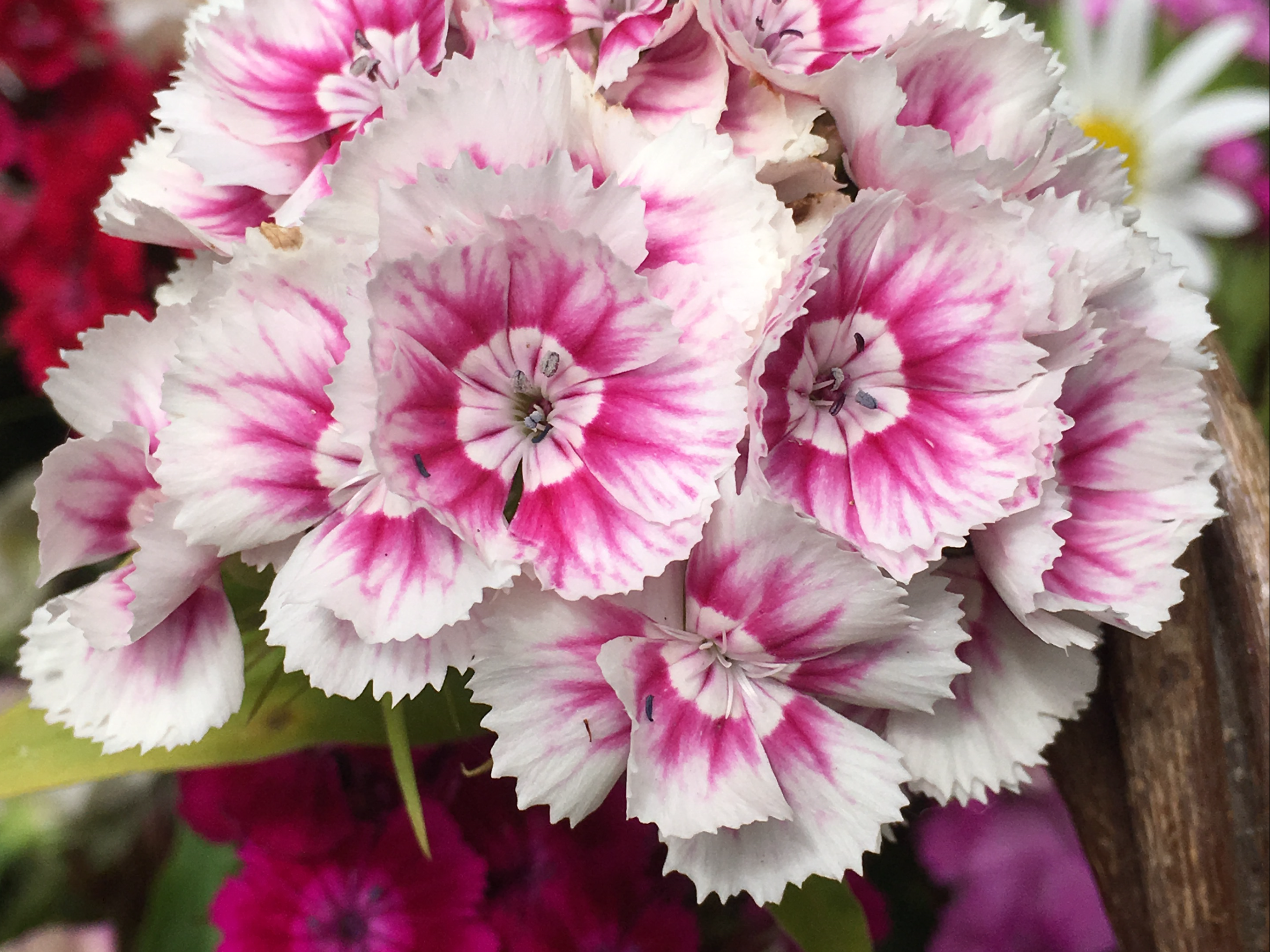



















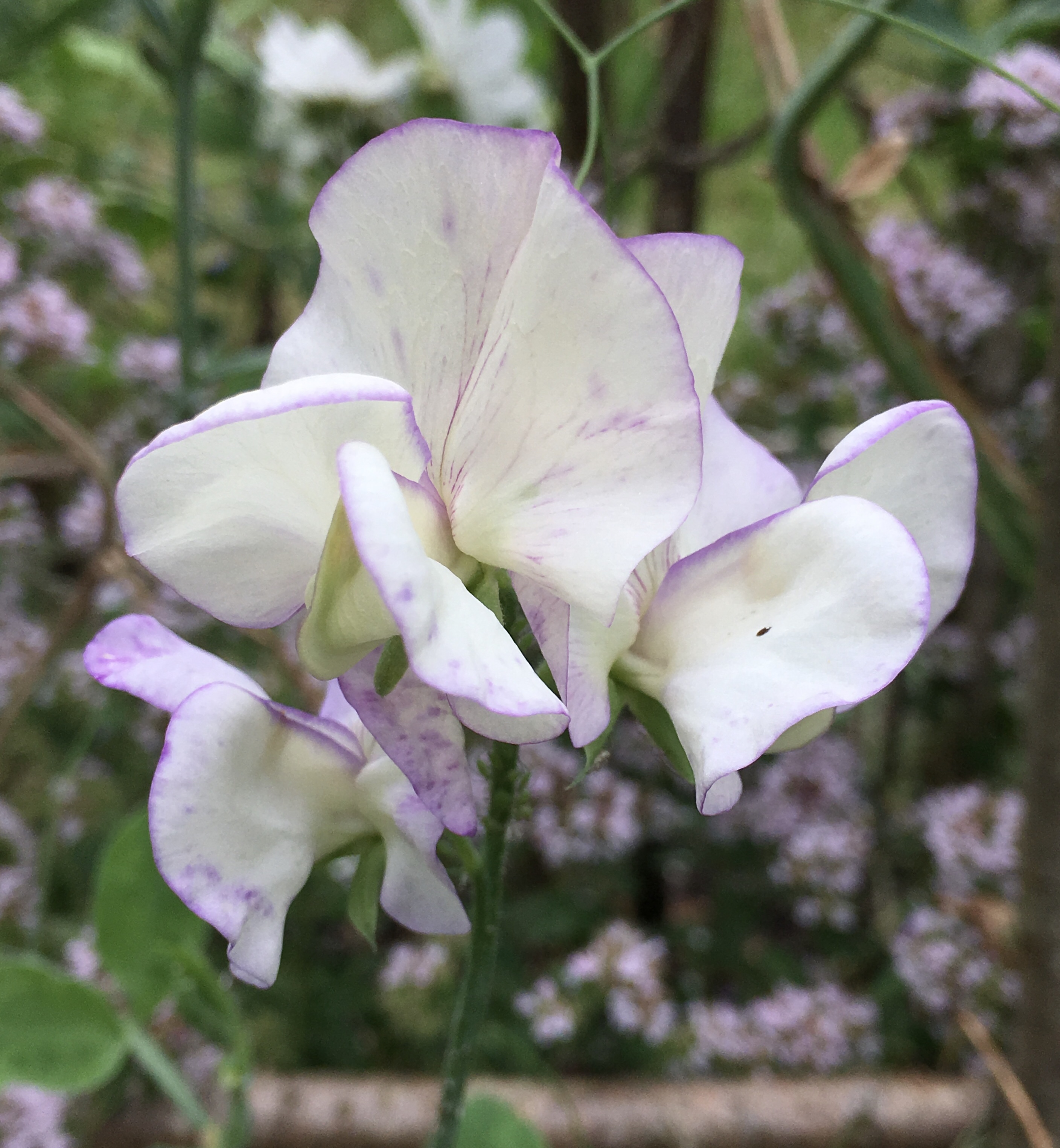































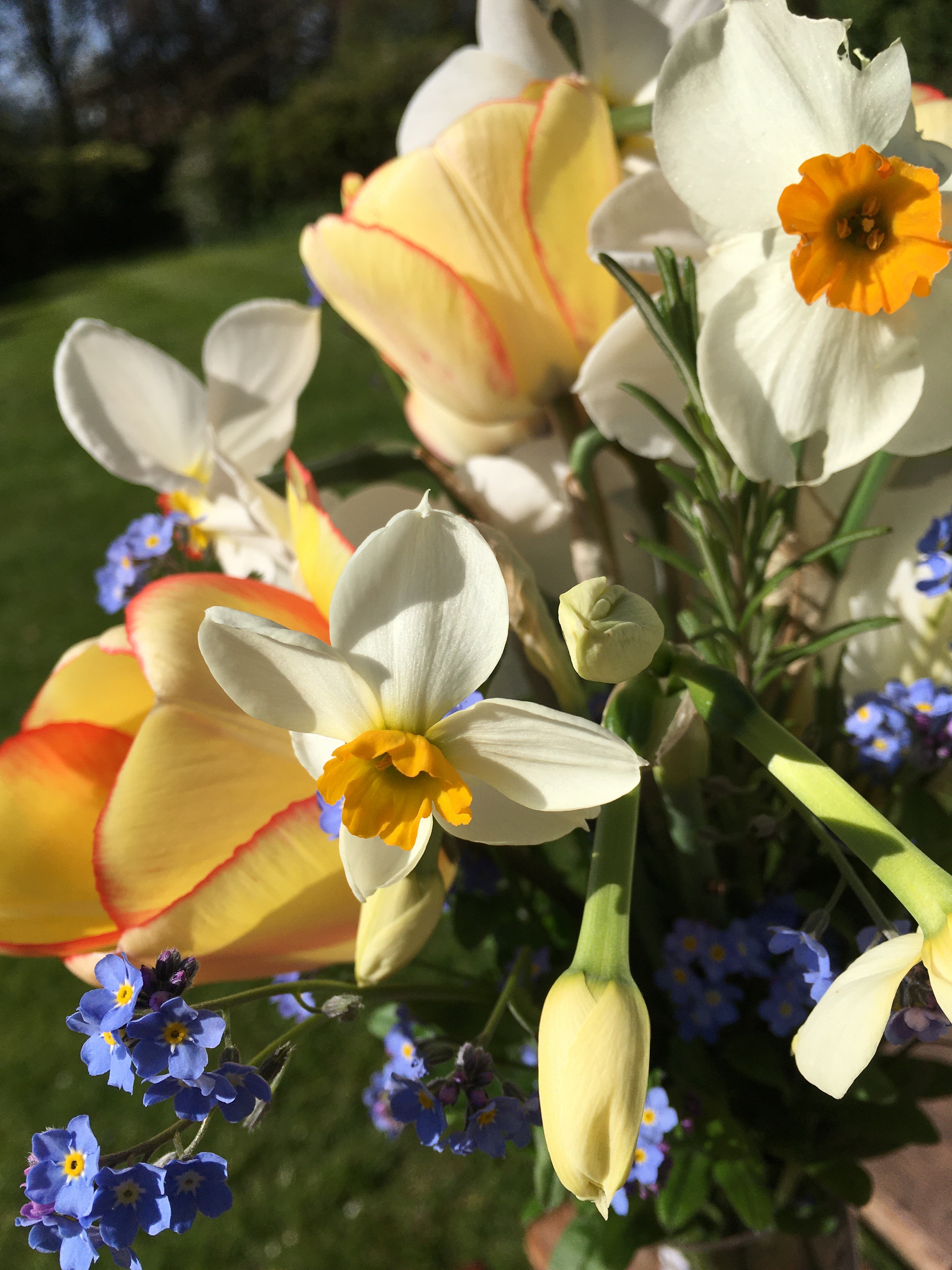







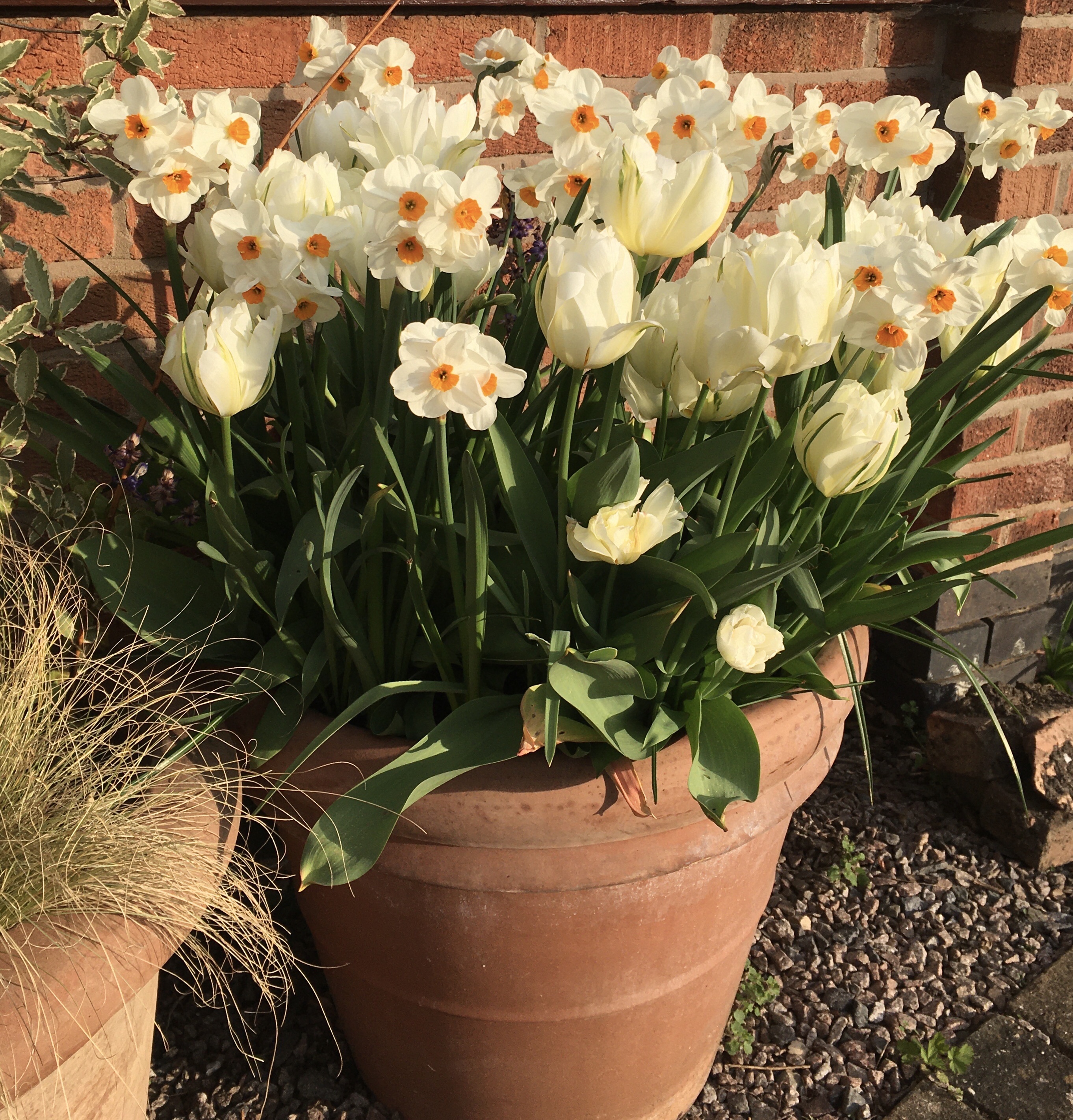










 My cut flower tulips are in bud. Tulips in the sunny front garden are already flowering early. I’ll cut a huge bunch of daffodils and tulips for the front windows. Vases of flowers will cheer up anyone passing by, even though they can’t call in to visit.
My cut flower tulips are in bud. Tulips in the sunny front garden are already flowering early. I’ll cut a huge bunch of daffodils and tulips for the front windows. Vases of flowers will cheer up anyone passing by, even though they can’t call in to visit.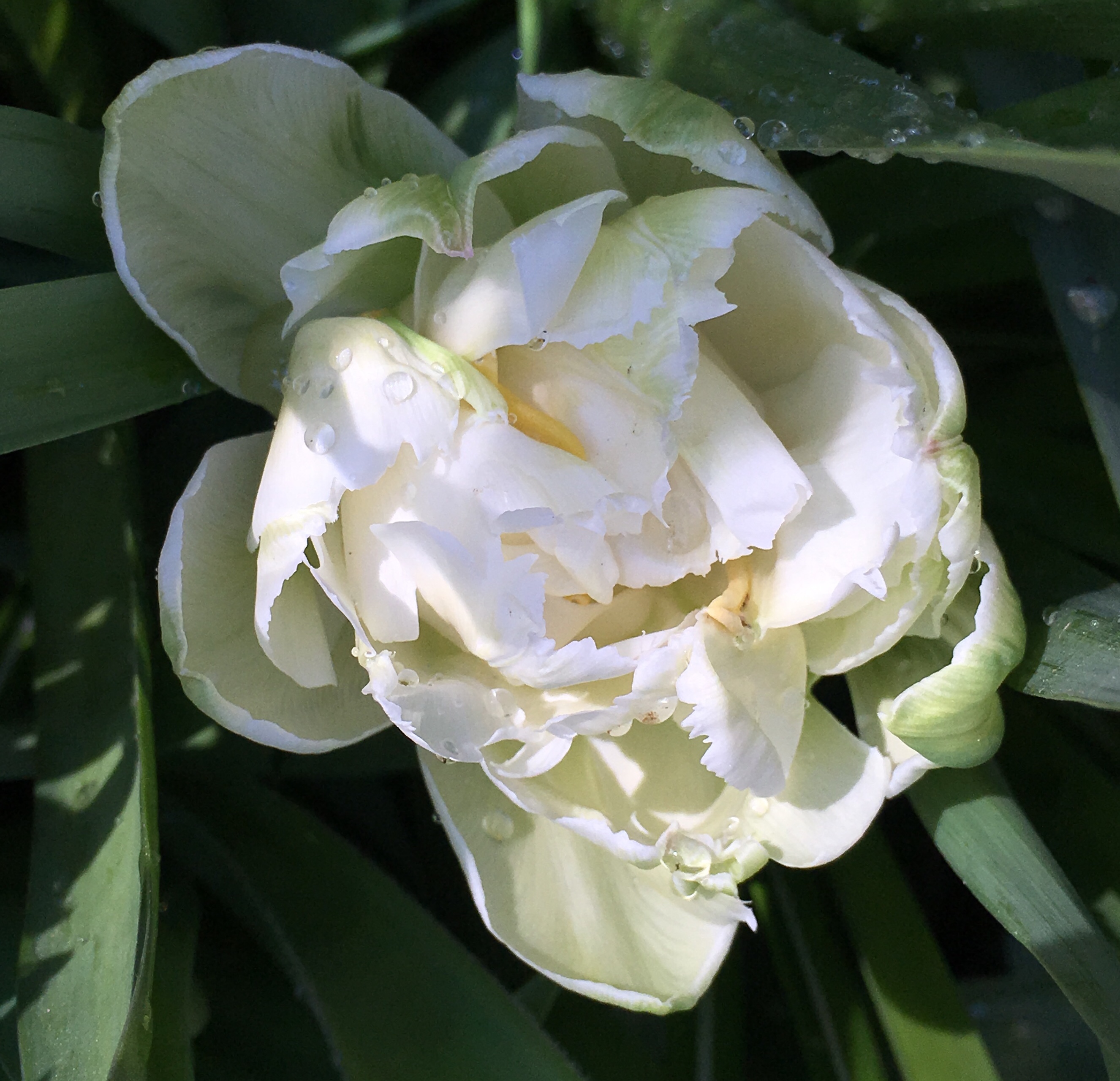









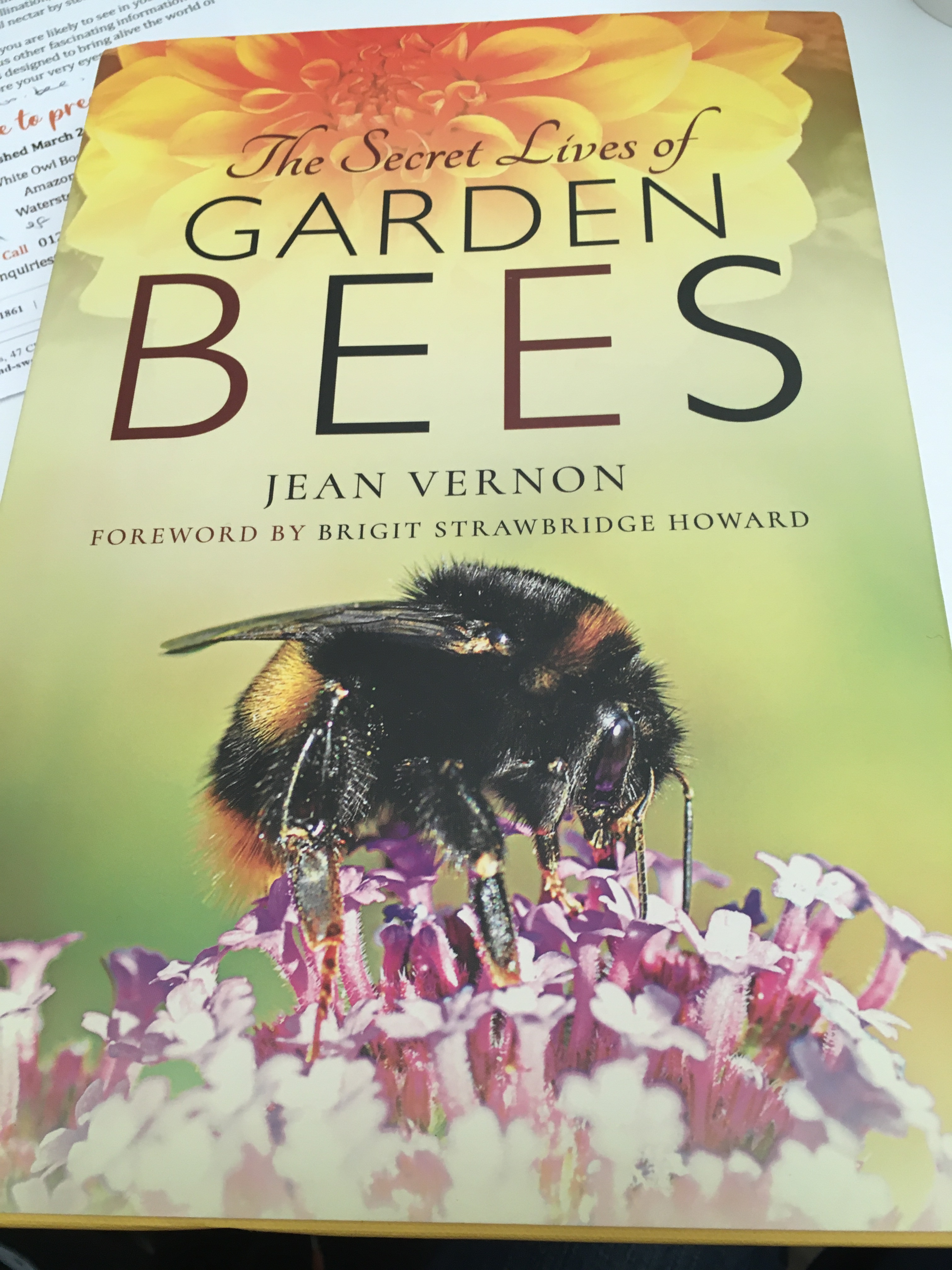














 The horseshoe pond can viewed from the potting shed windows. There’s a gently-sloping boulder beach to stand on, and this gives easy access for hedgehogs, frogs, newts and grass snakes. It’s very calming to stand and watch the ripples from raindrops. Today the pond is a cauldron of frogs, mating and producing frog spawn.
The horseshoe pond can viewed from the potting shed windows. There’s a gently-sloping boulder beach to stand on, and this gives easy access for hedgehogs, frogs, newts and grass snakes. It’s very calming to stand and watch the ripples from raindrops. Today the pond is a cauldron of frogs, mating and producing frog spawn.


